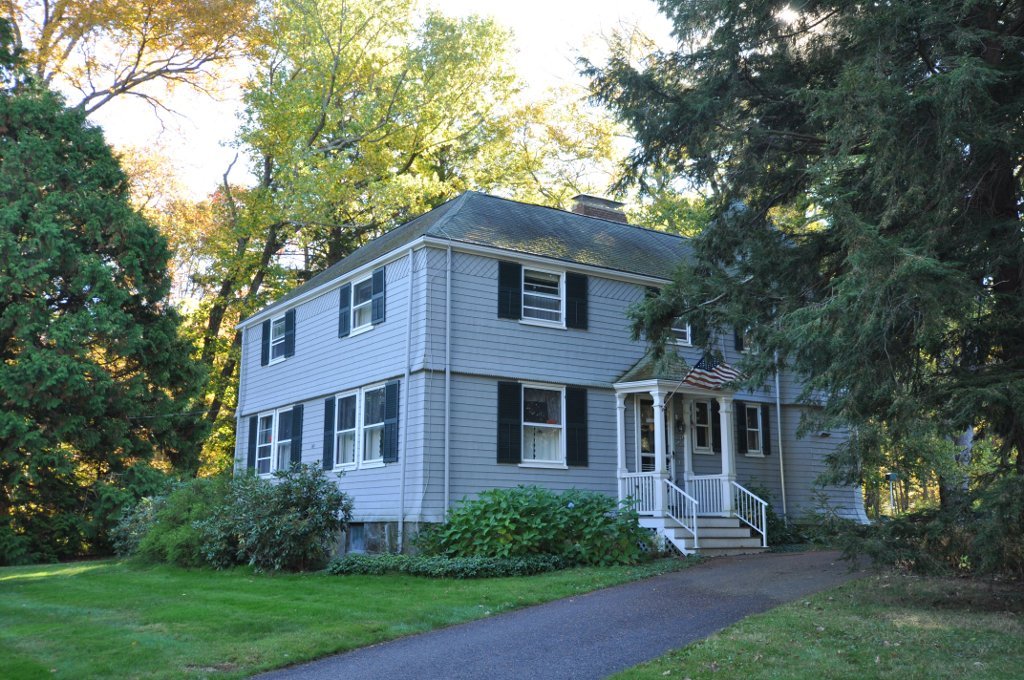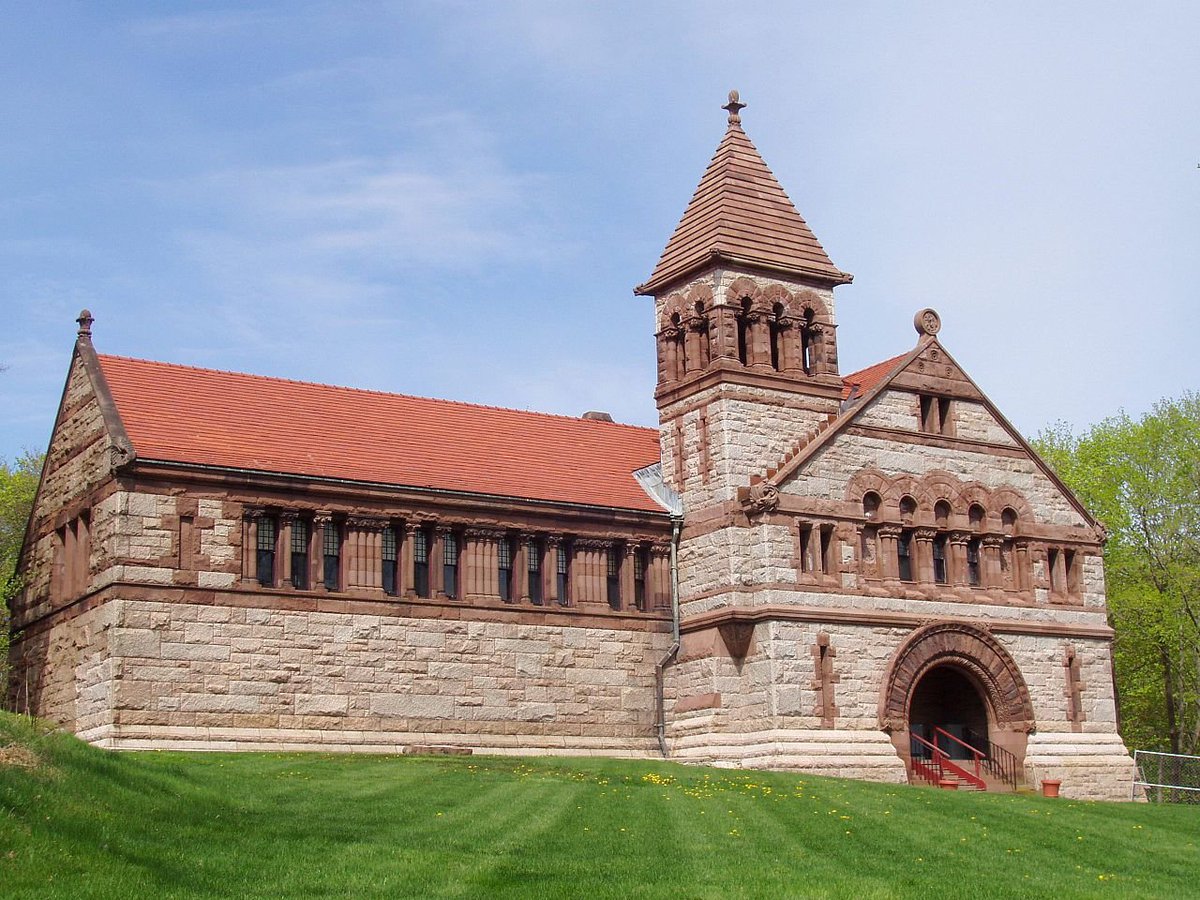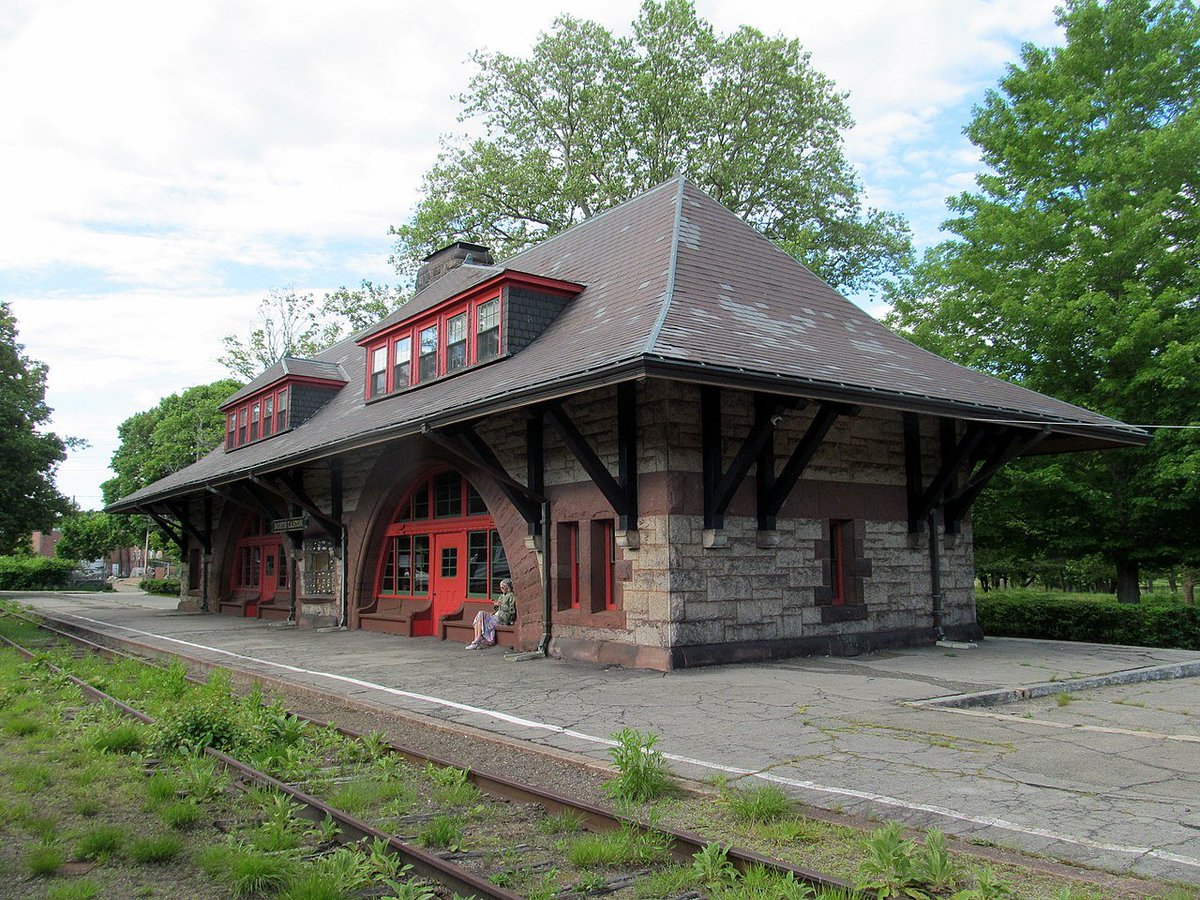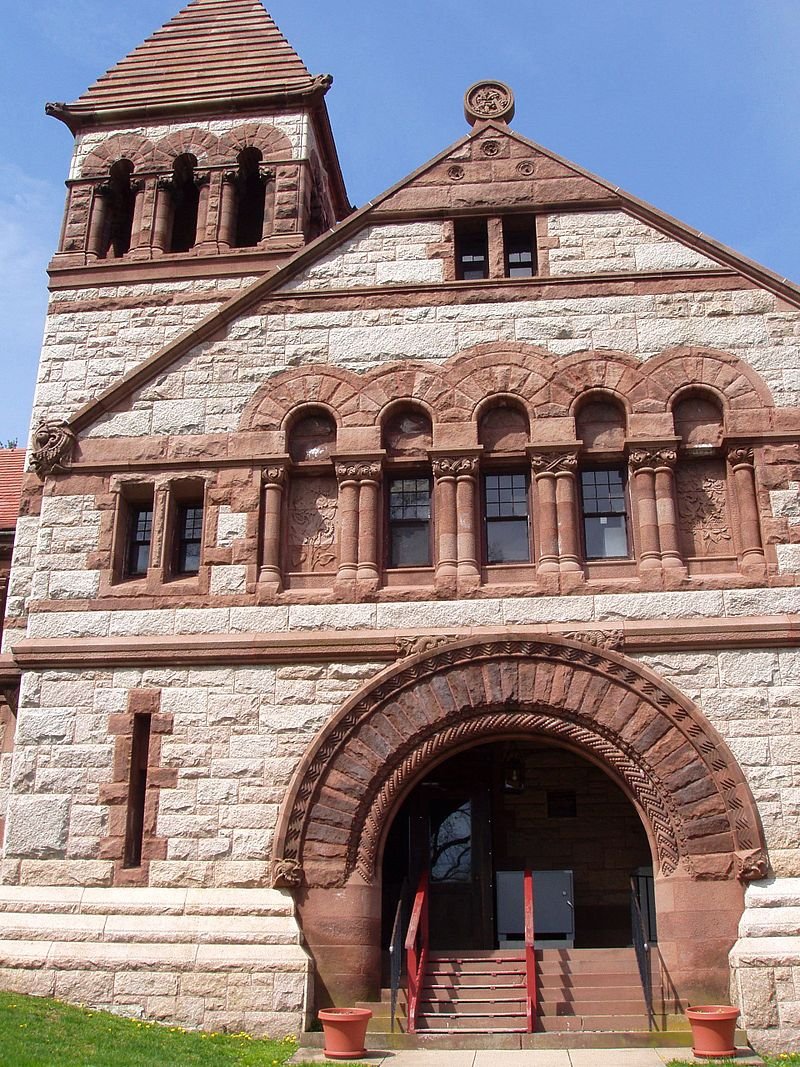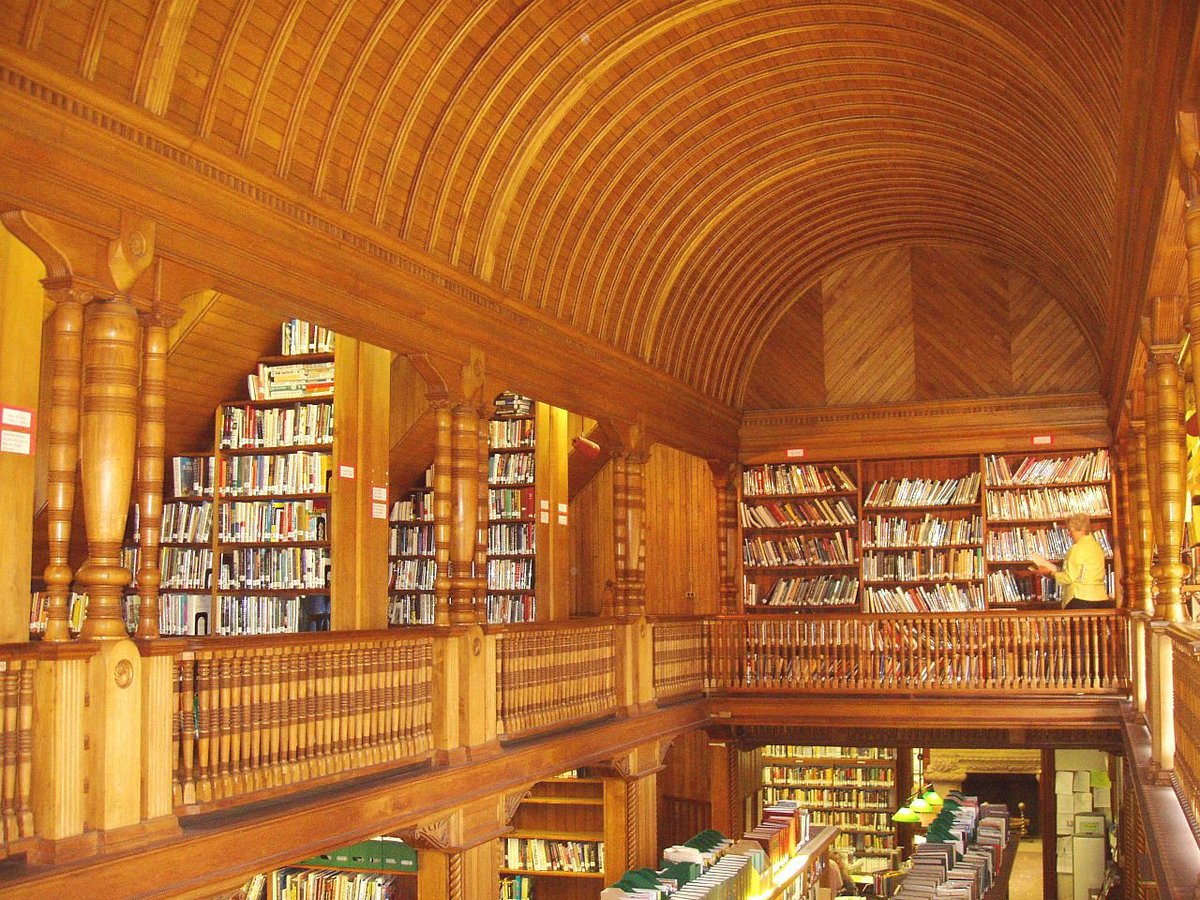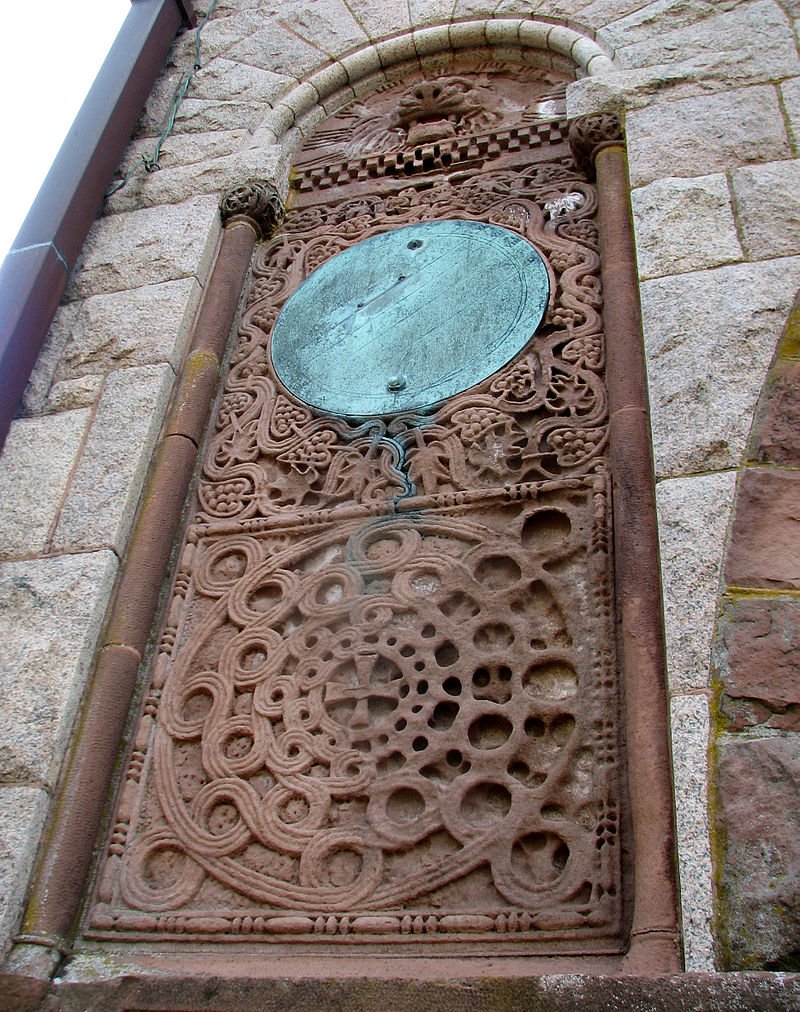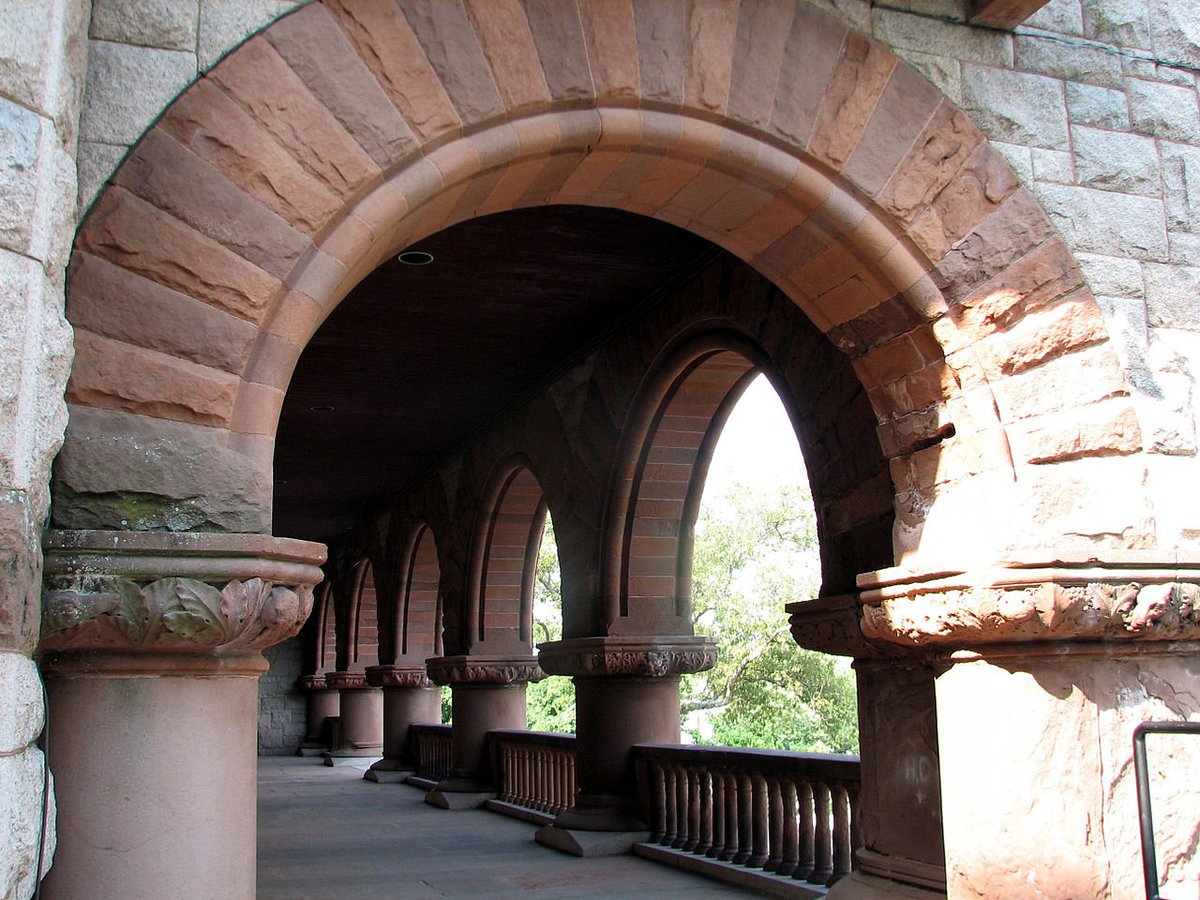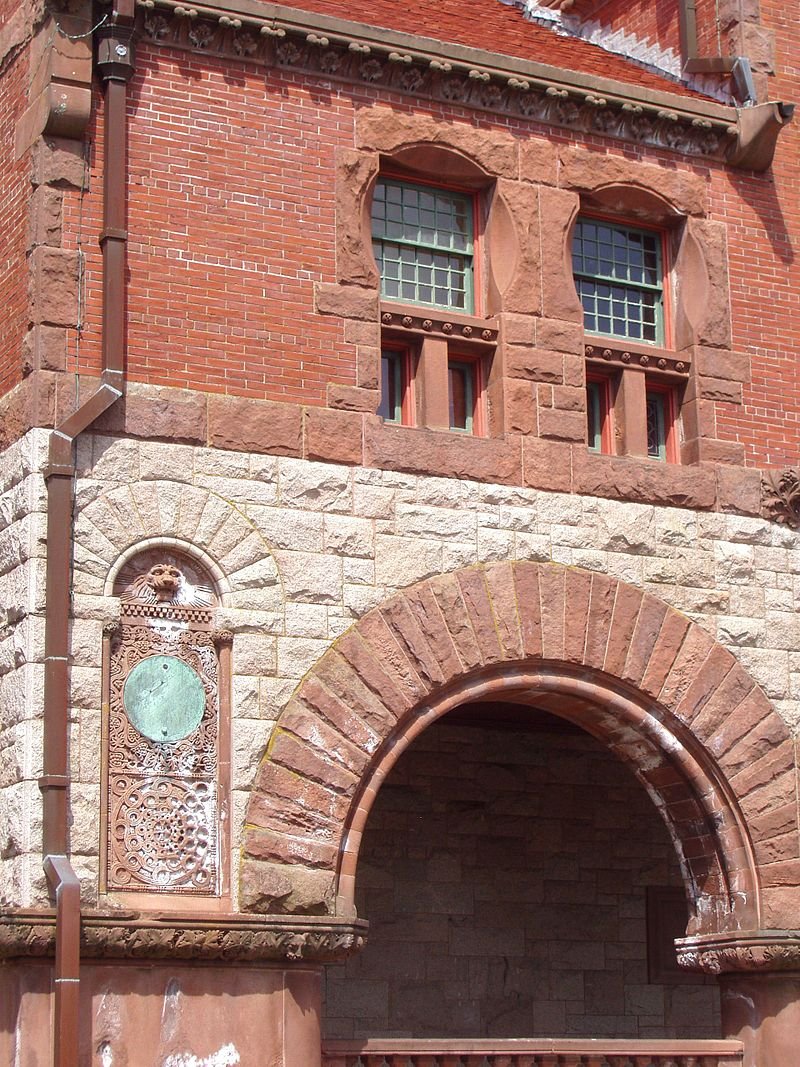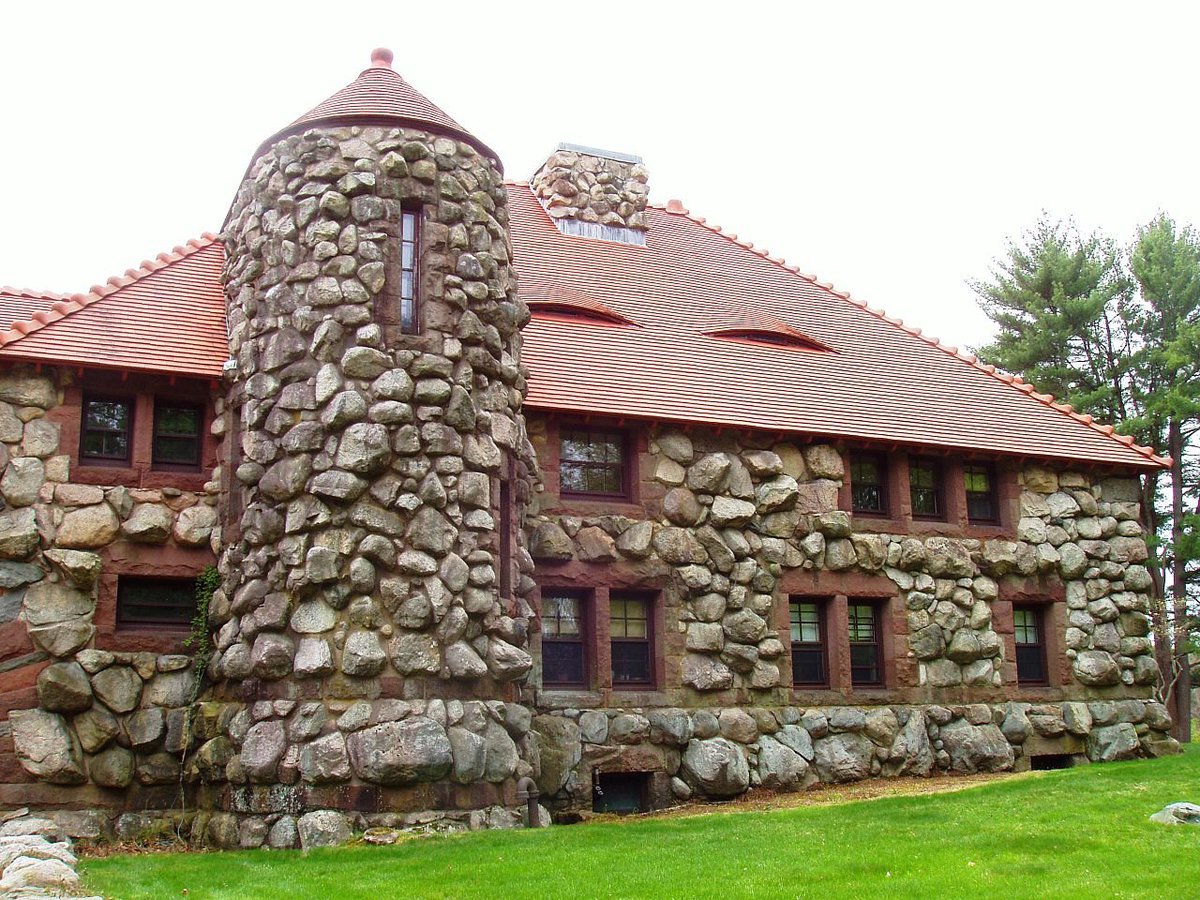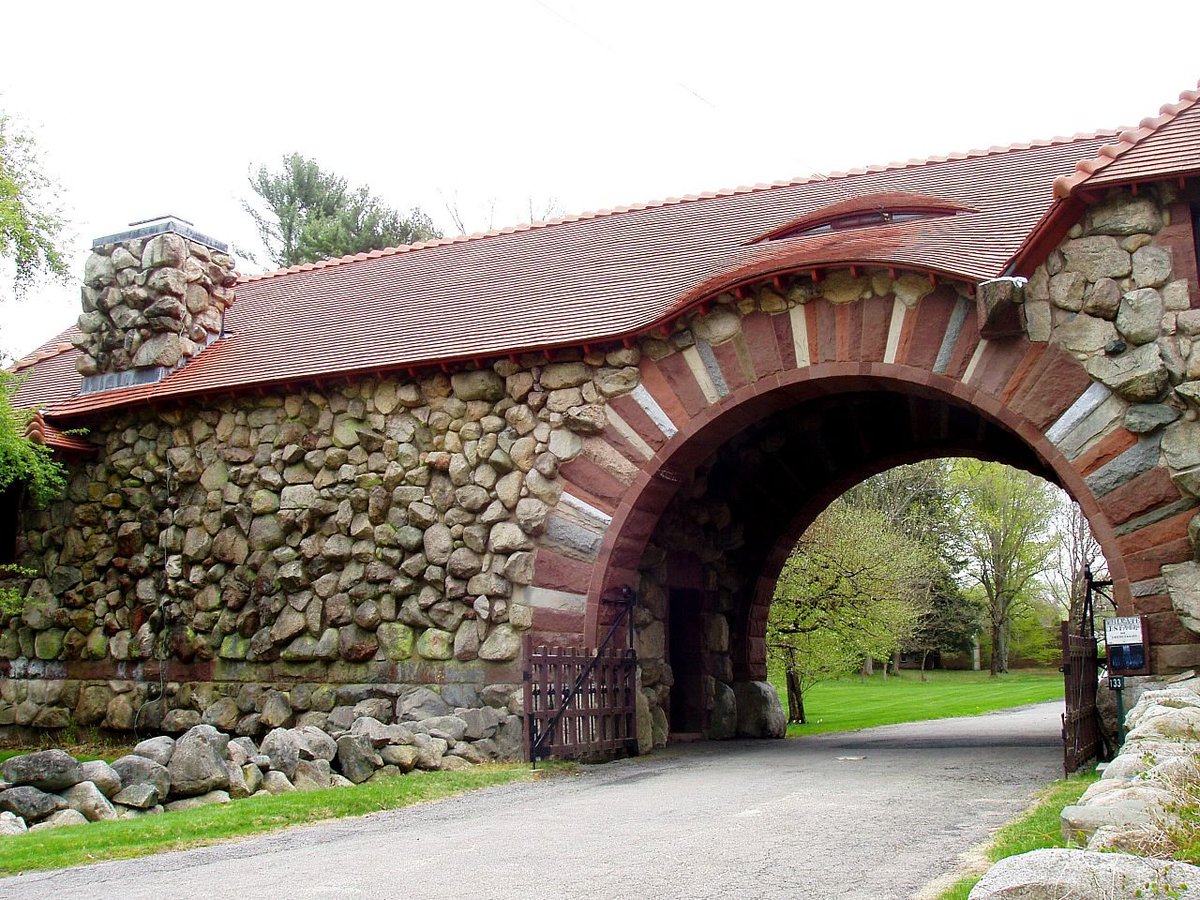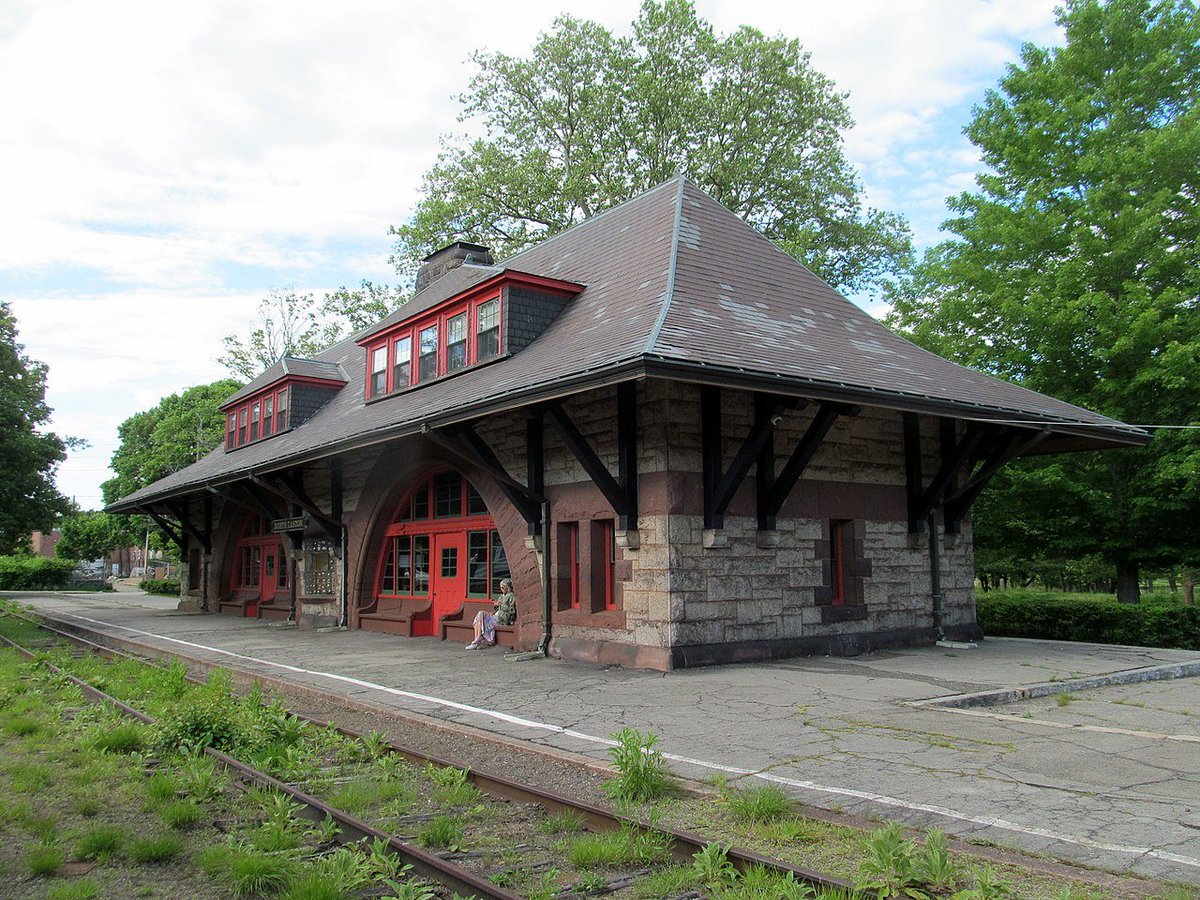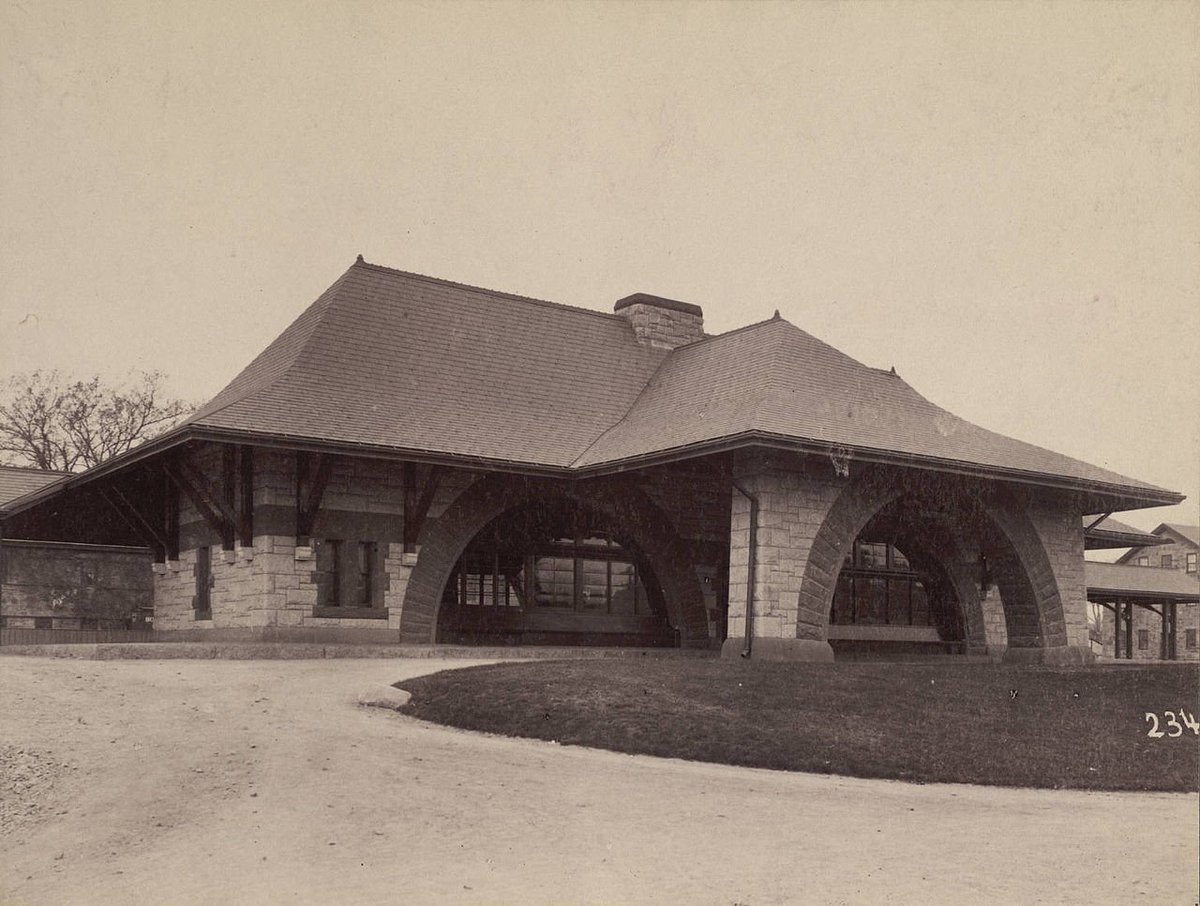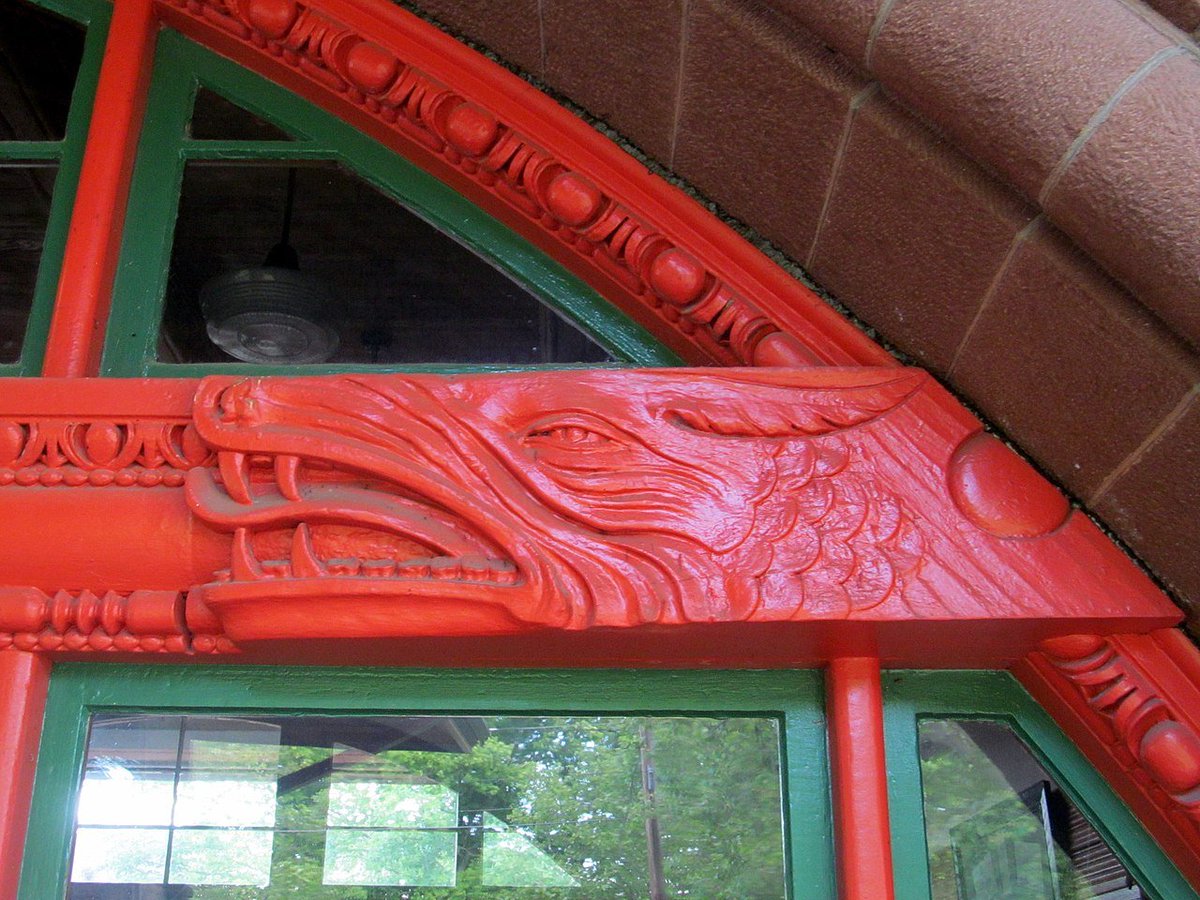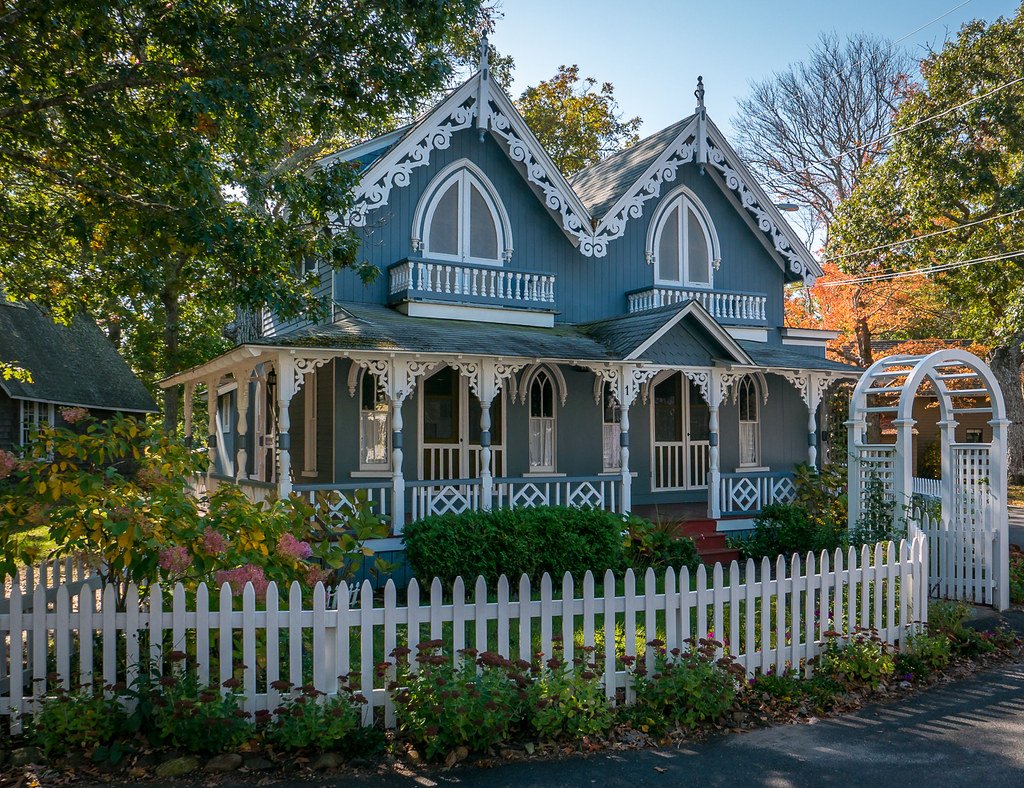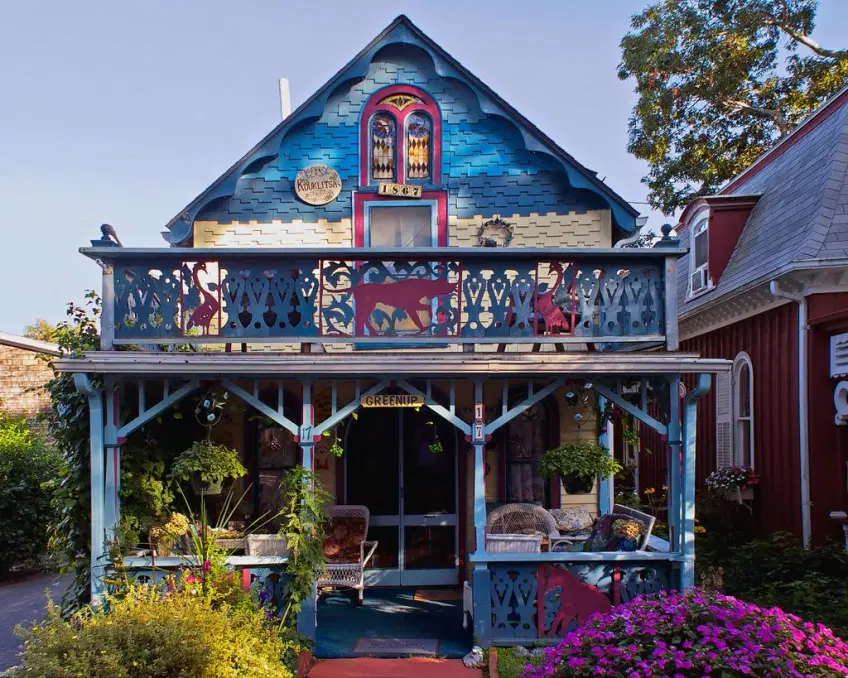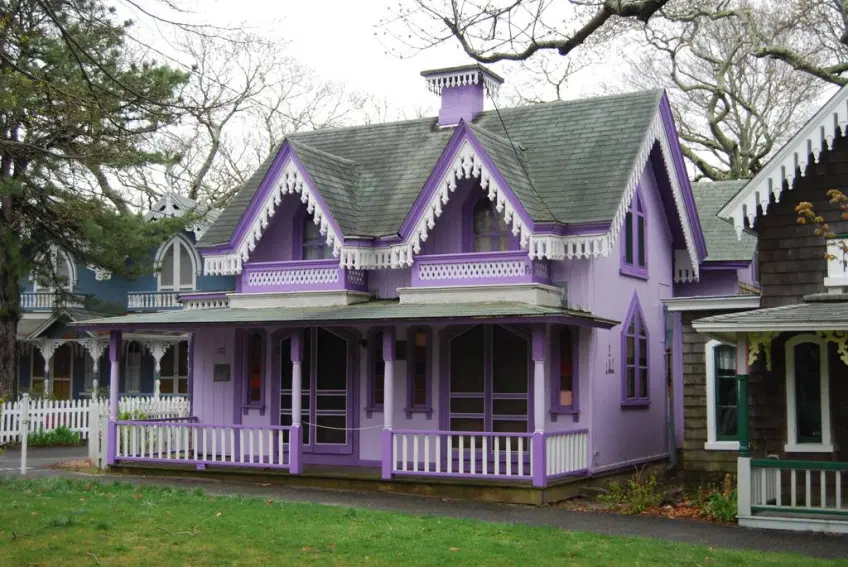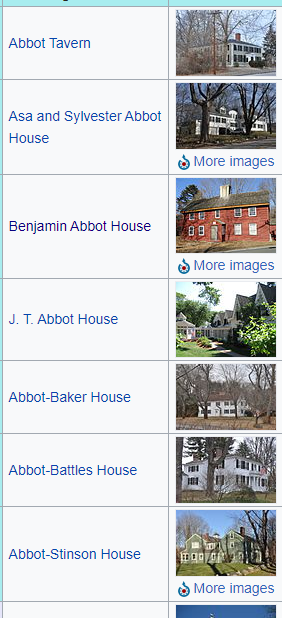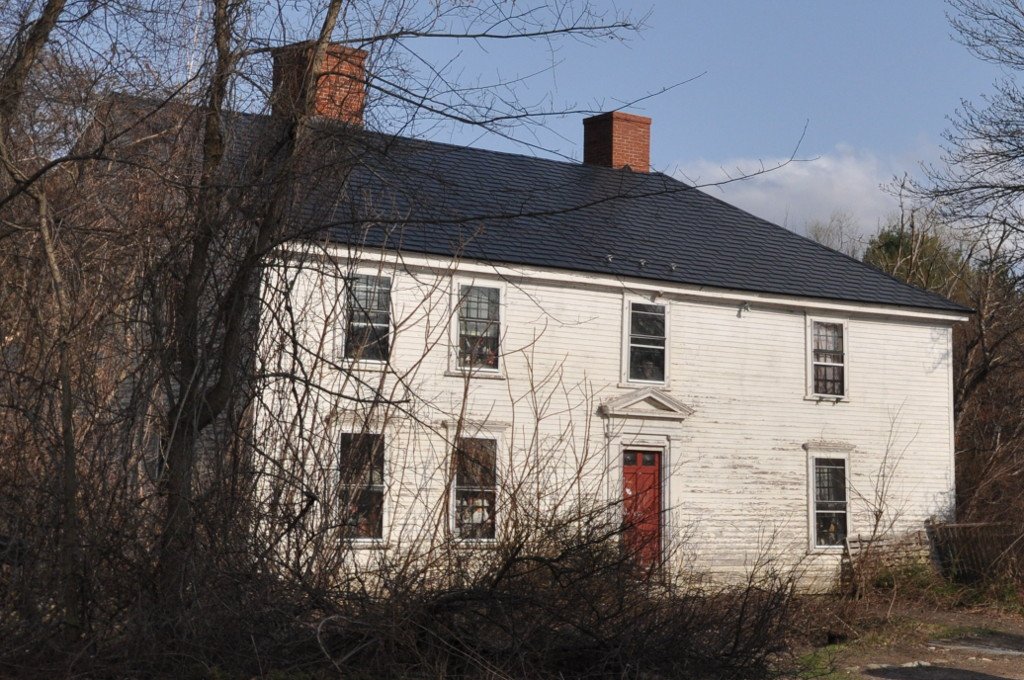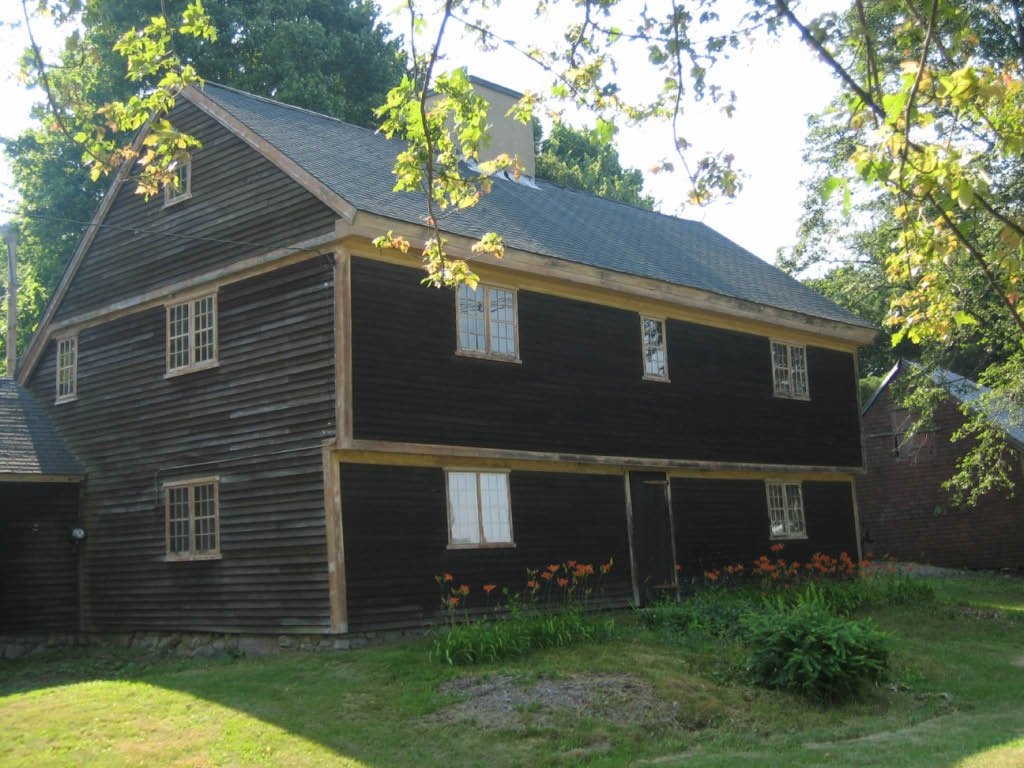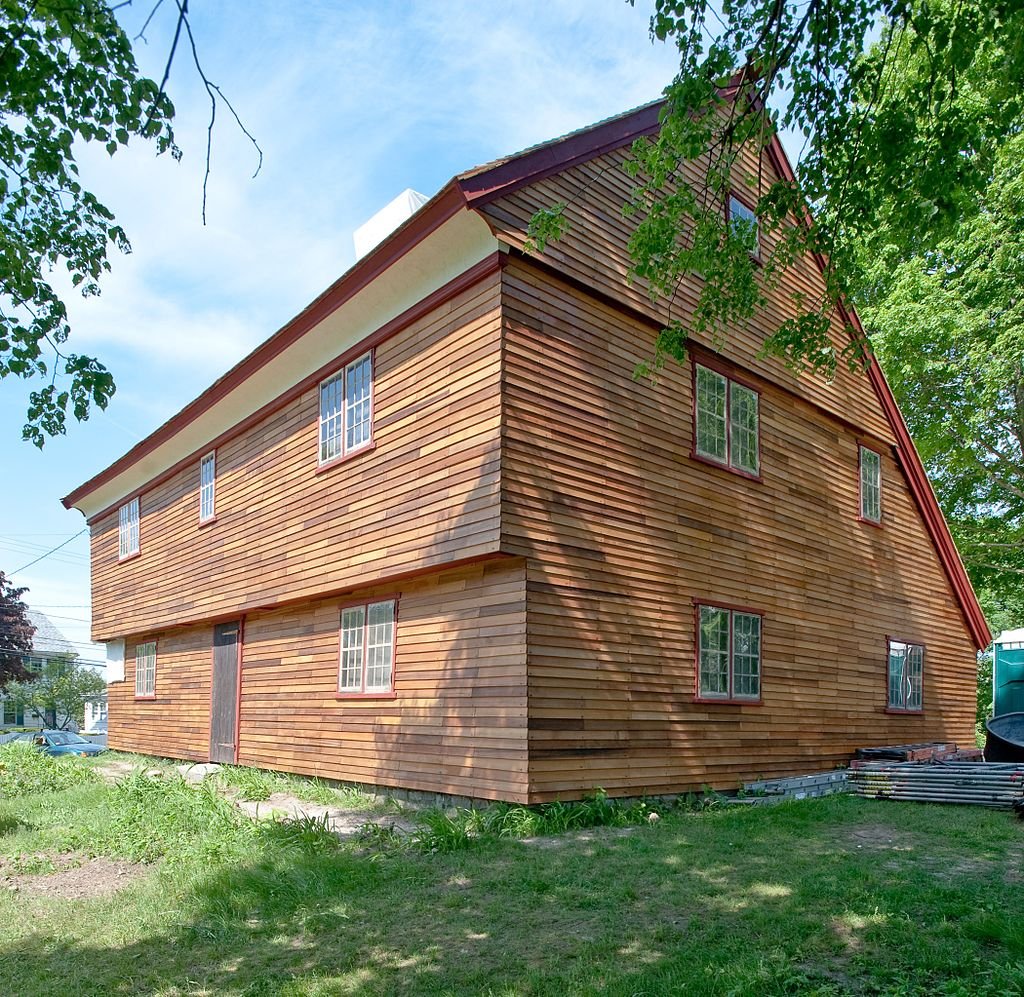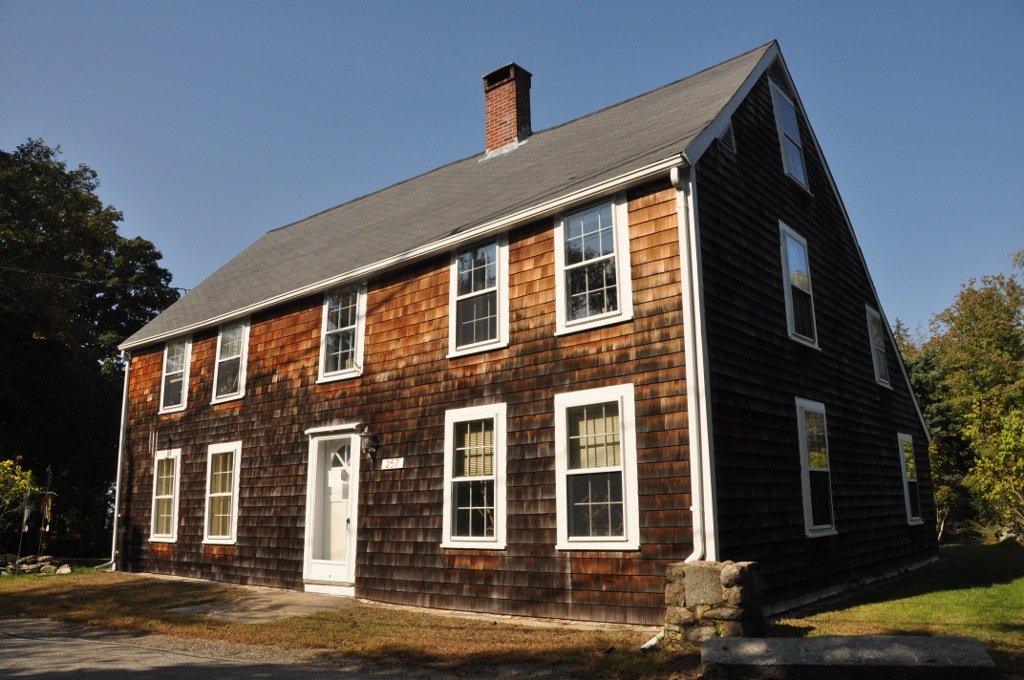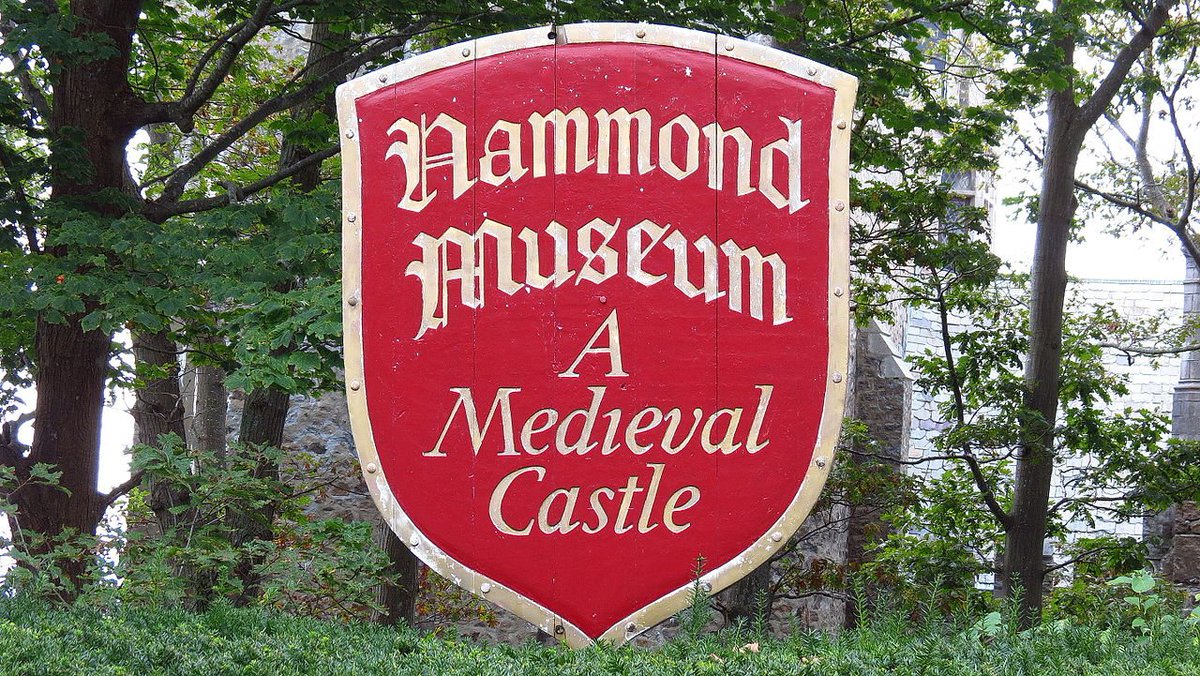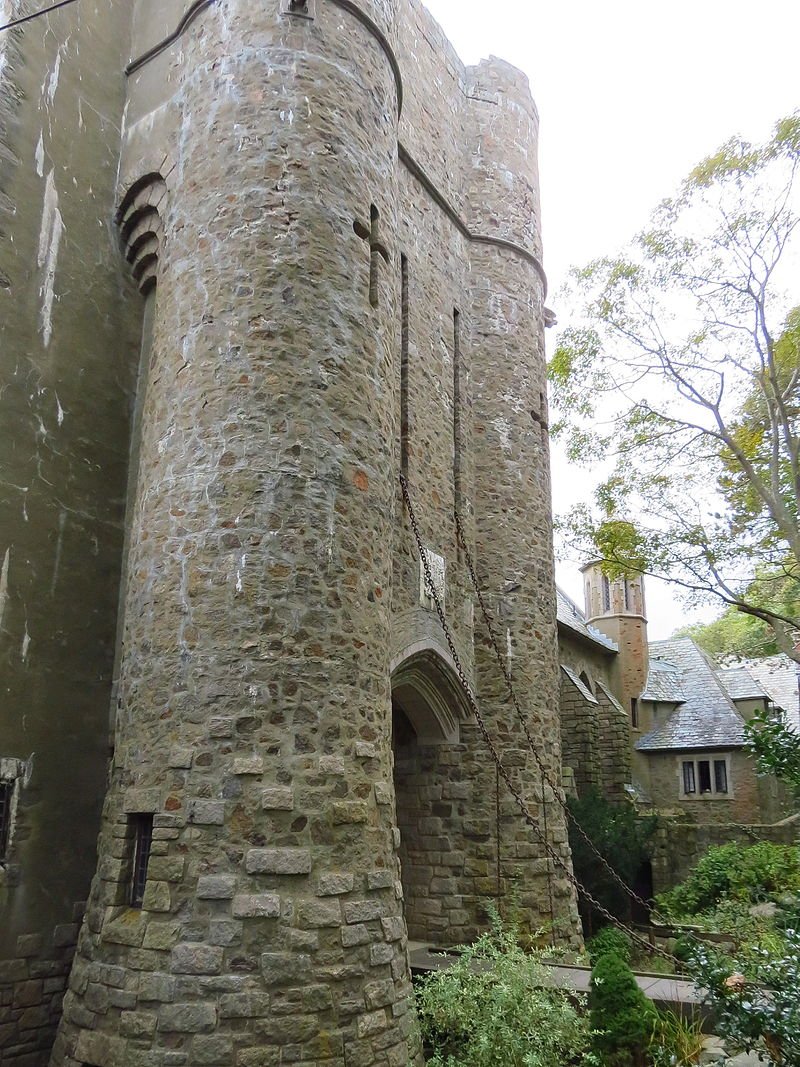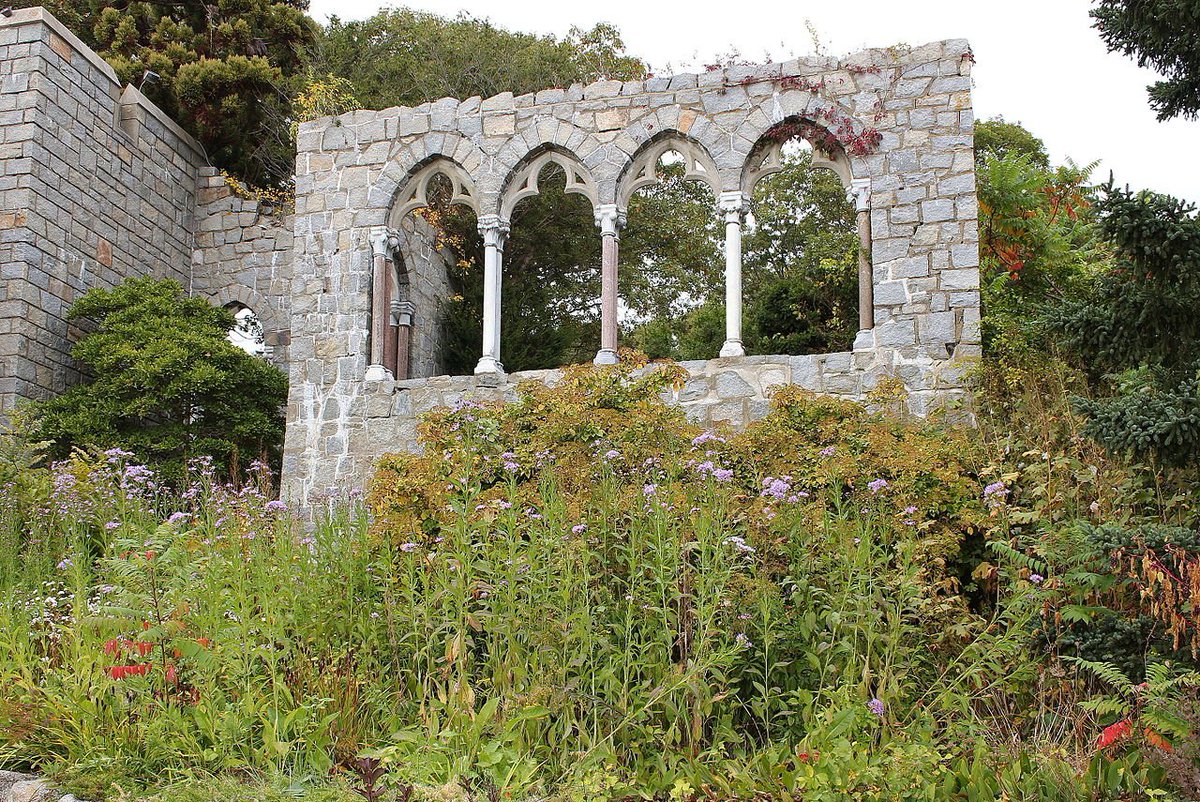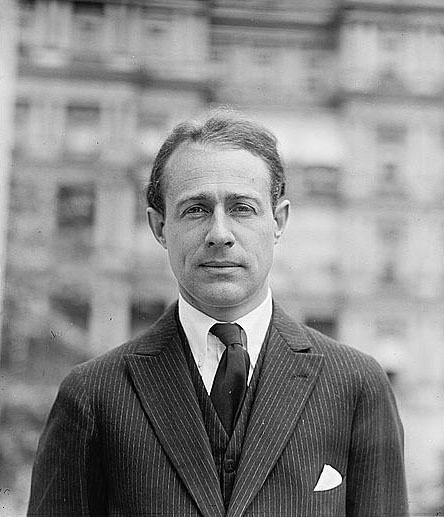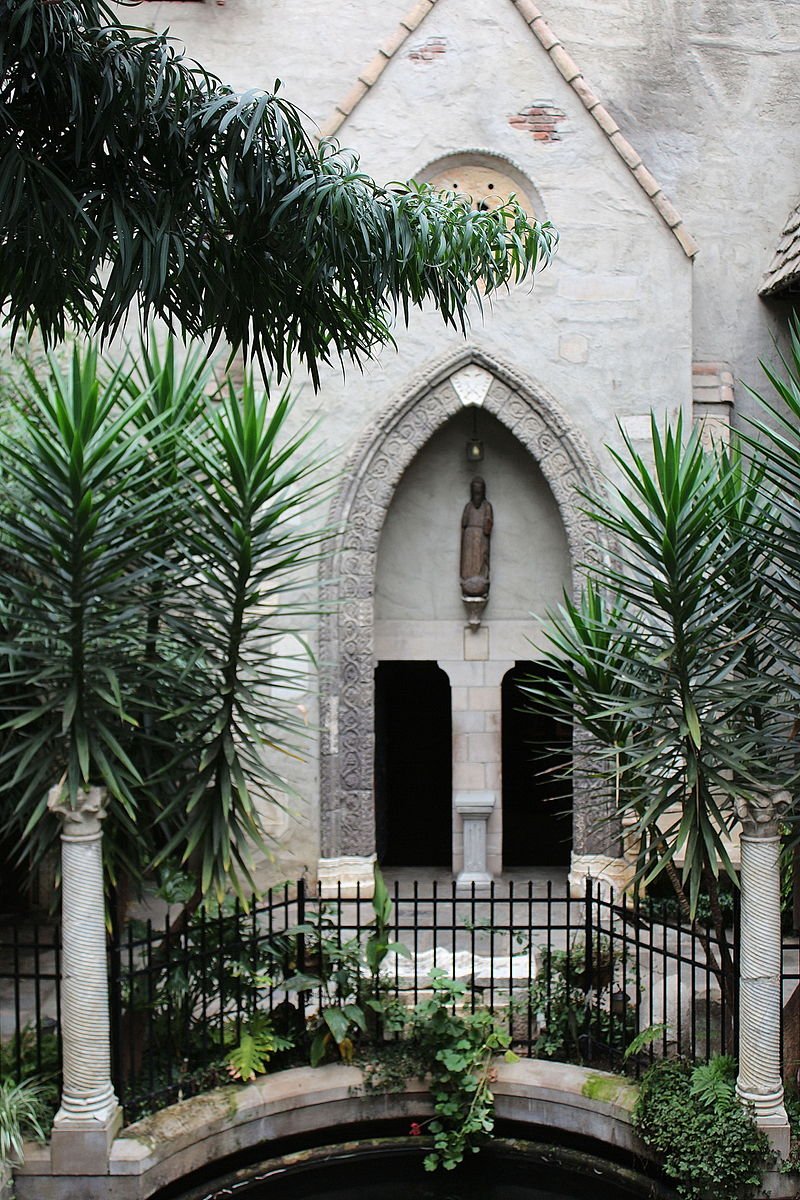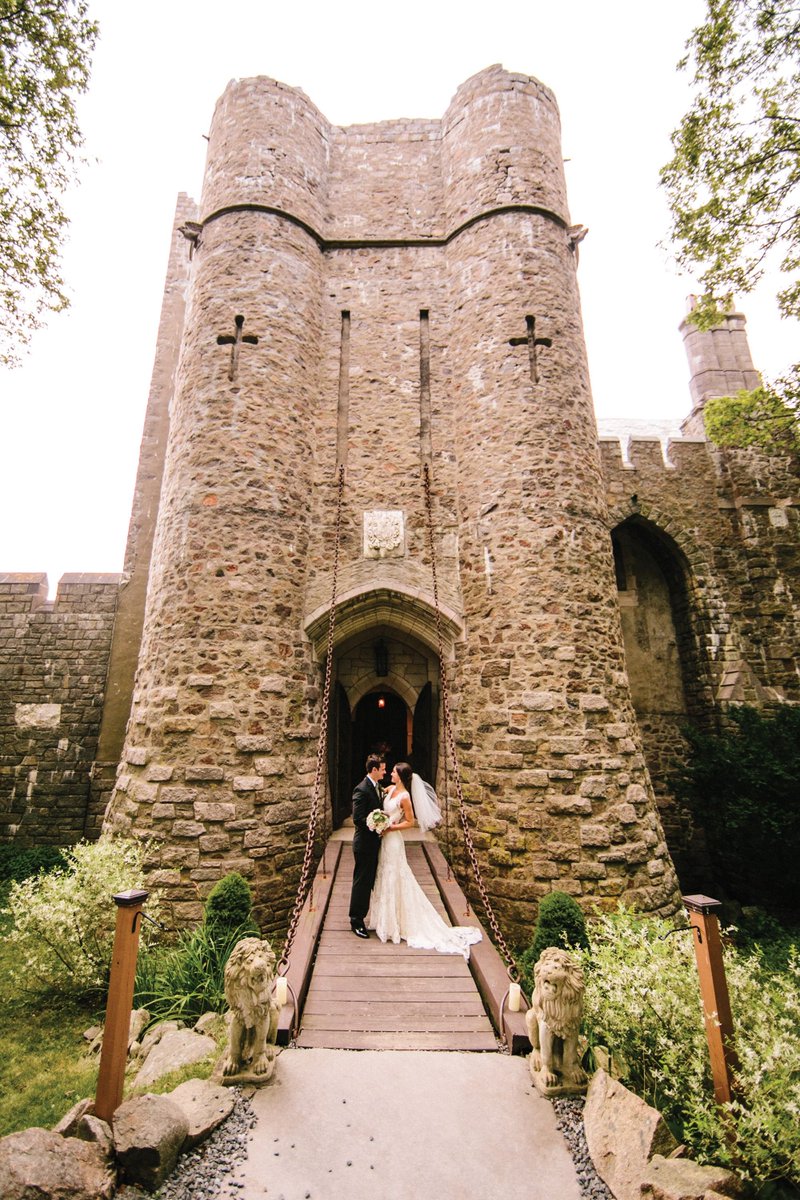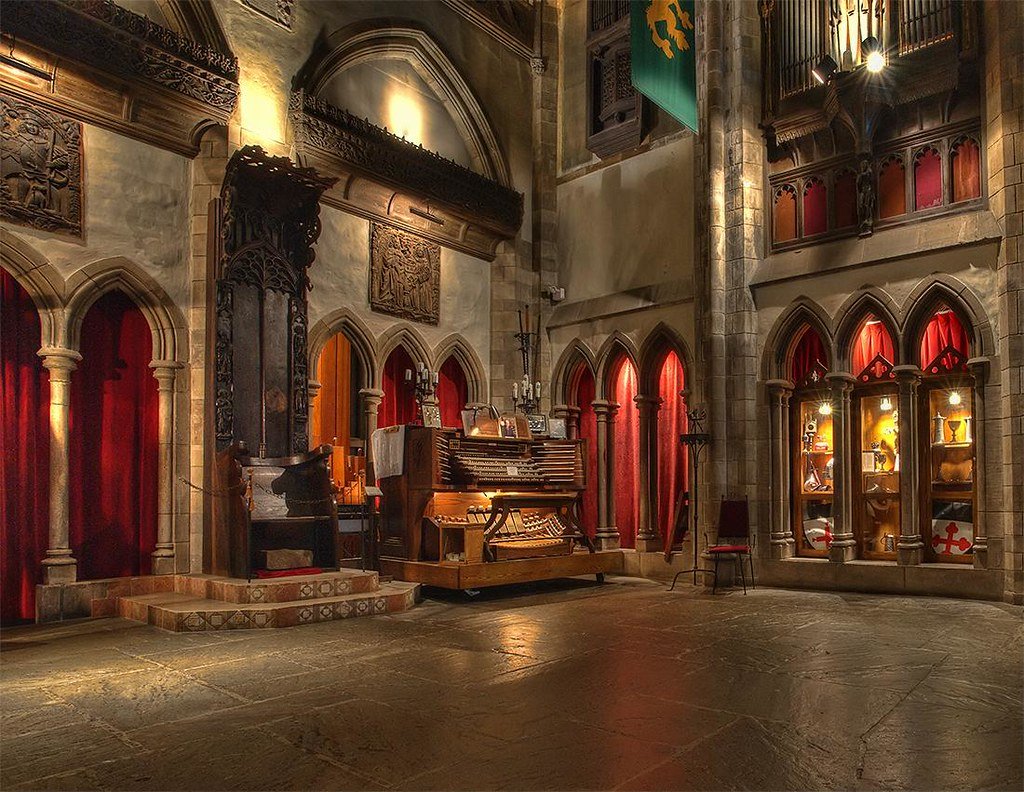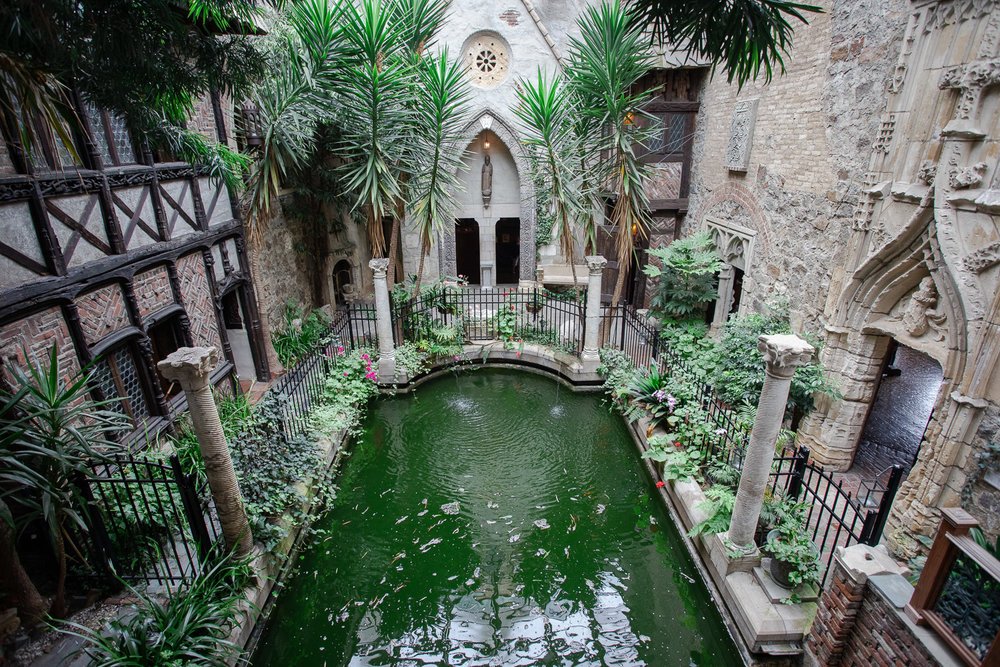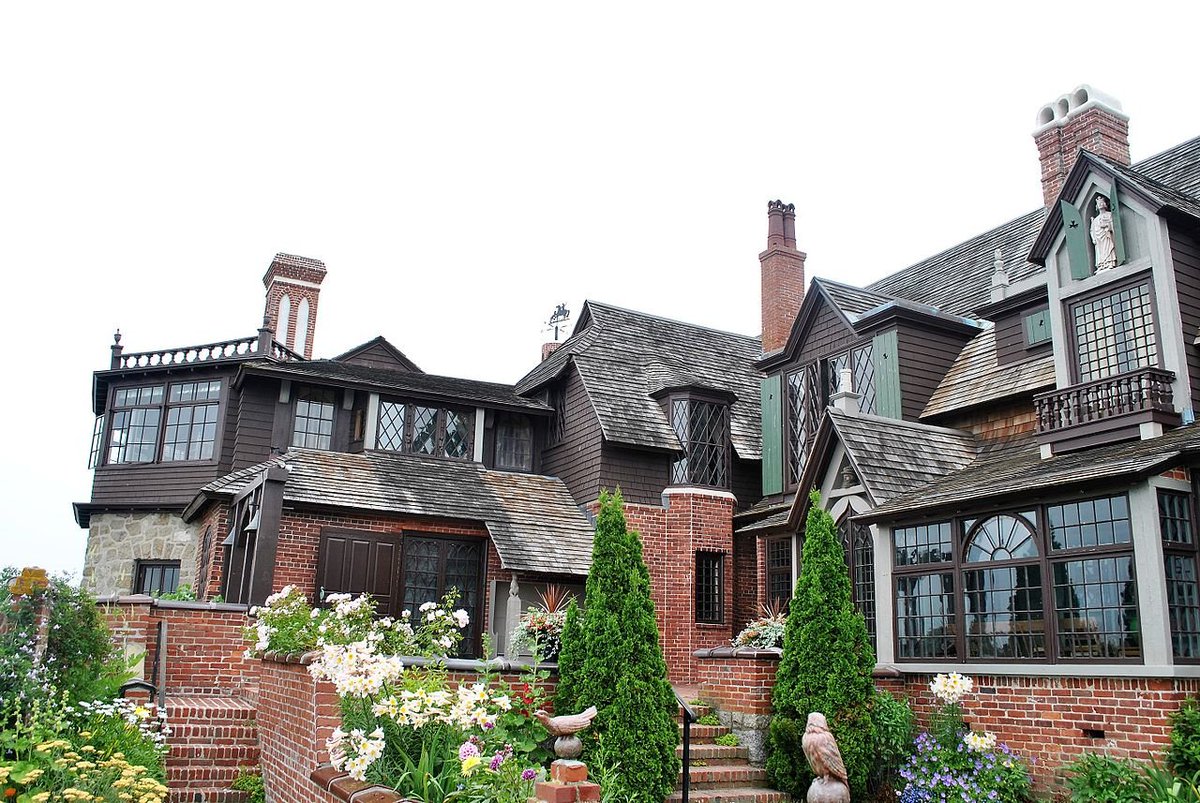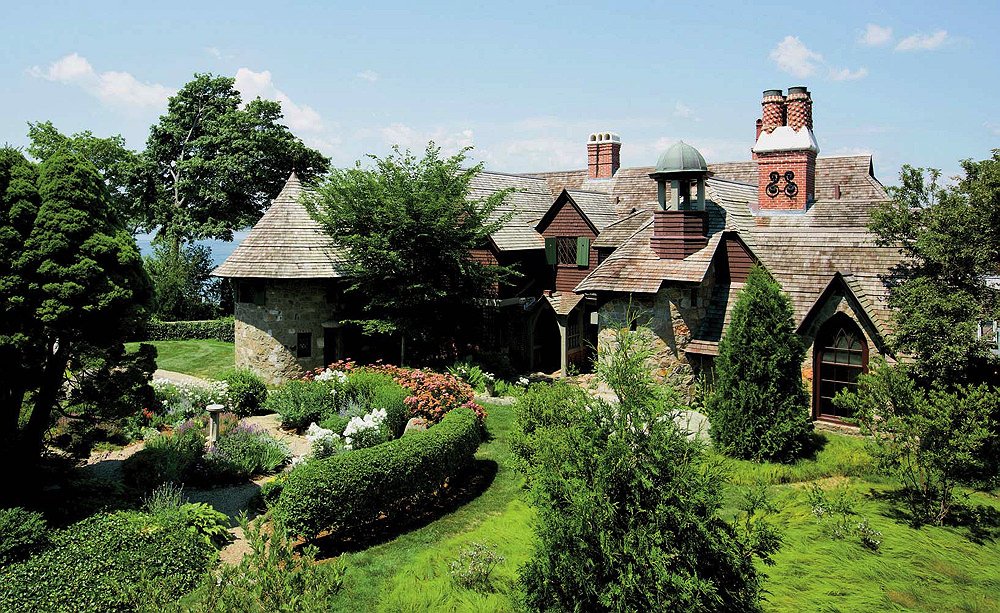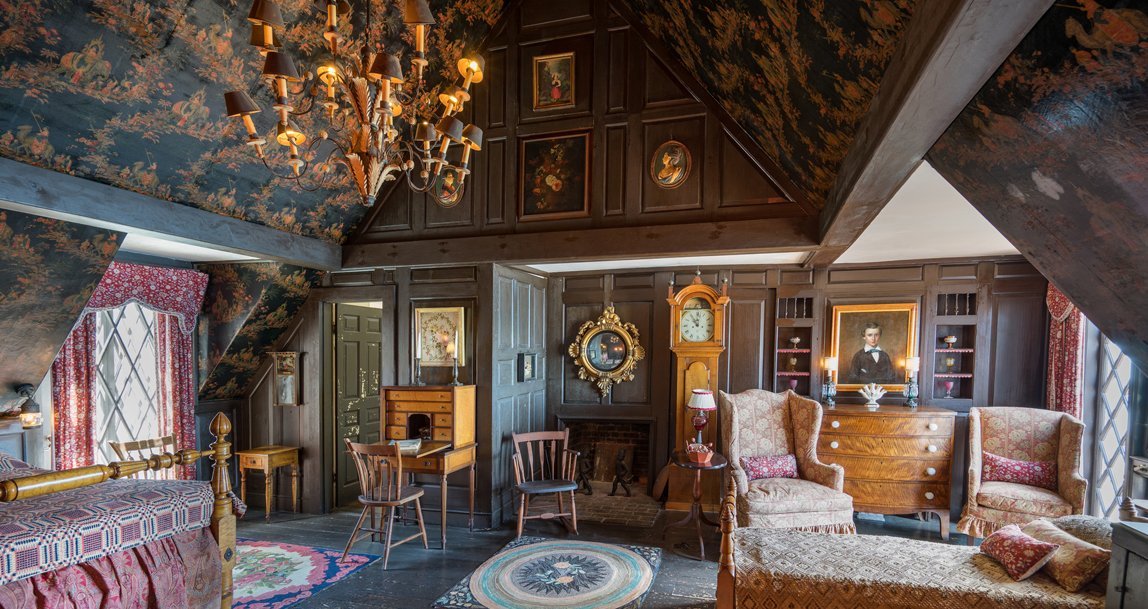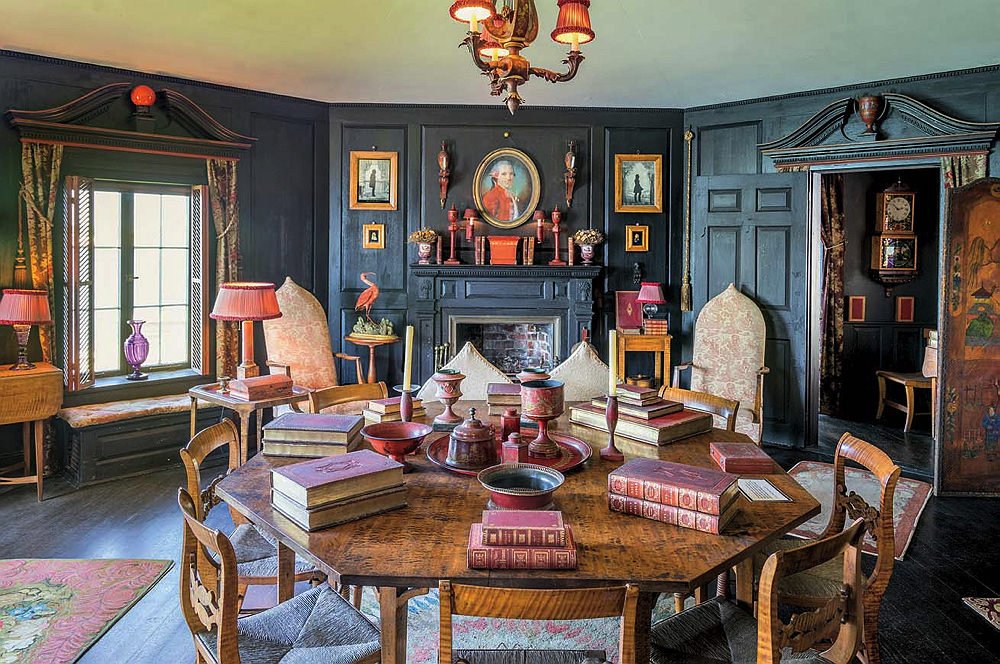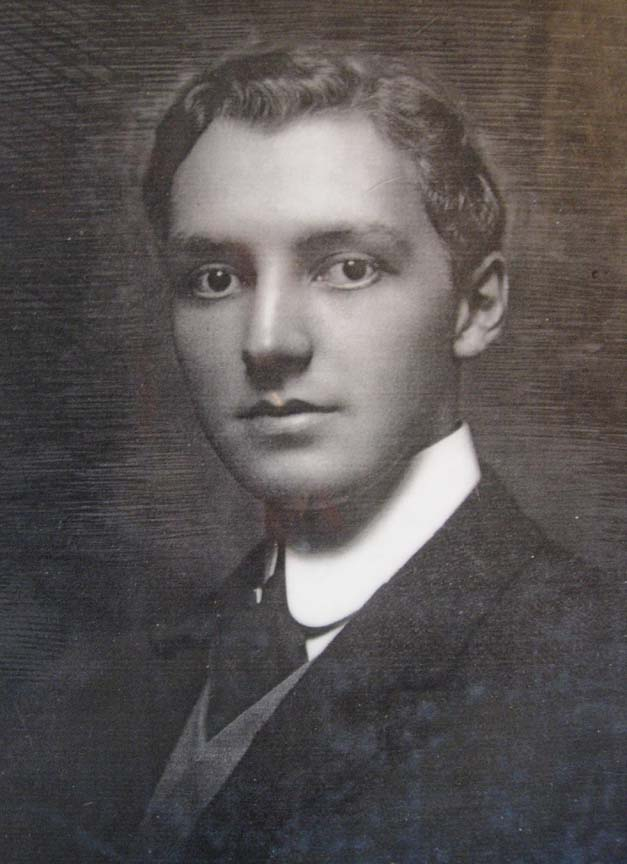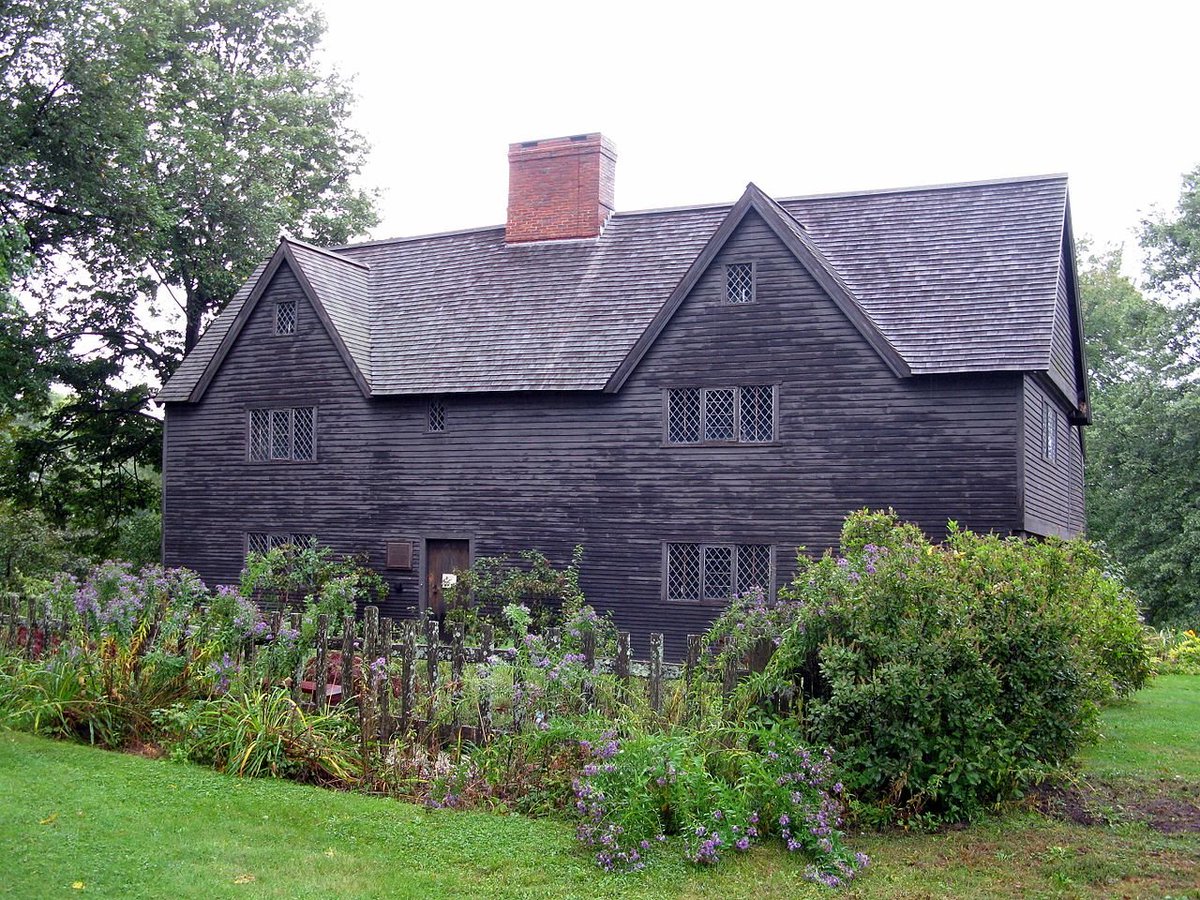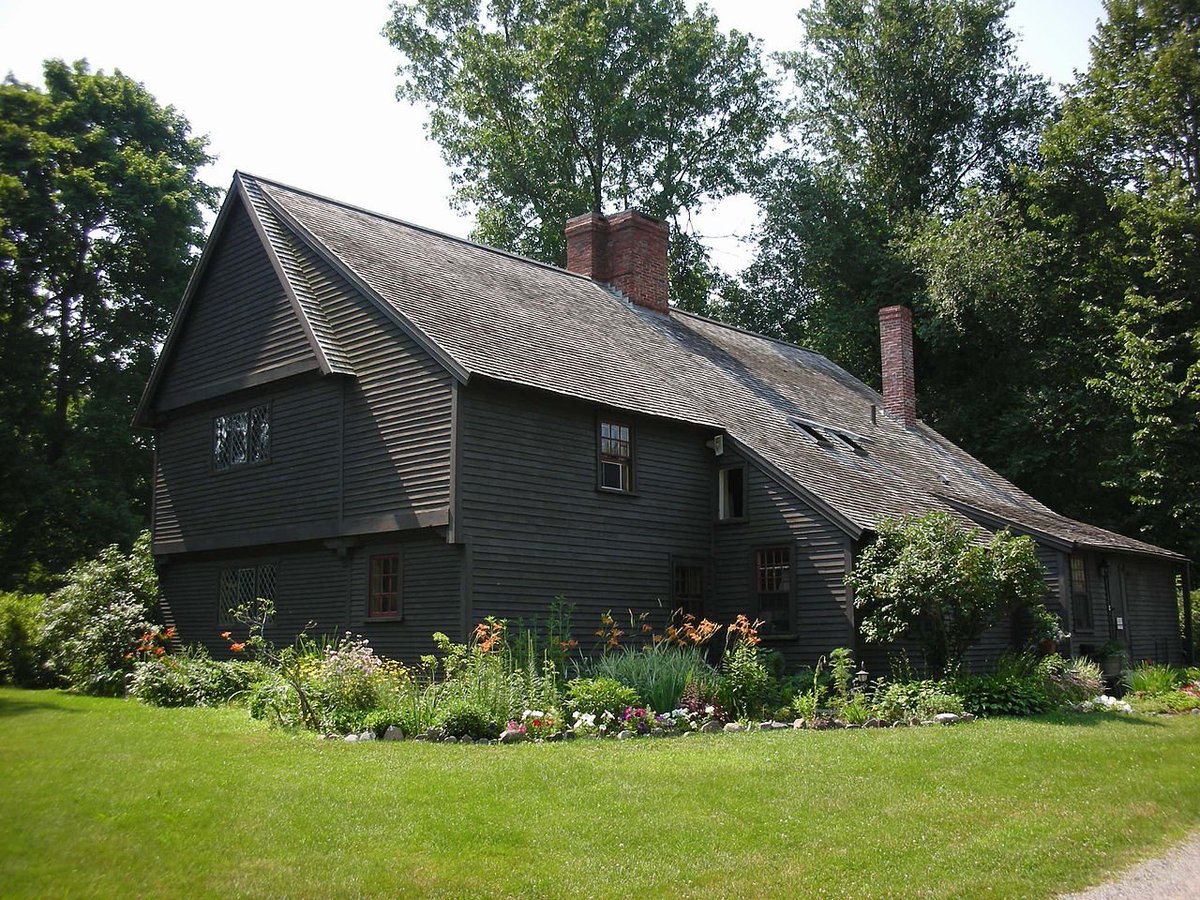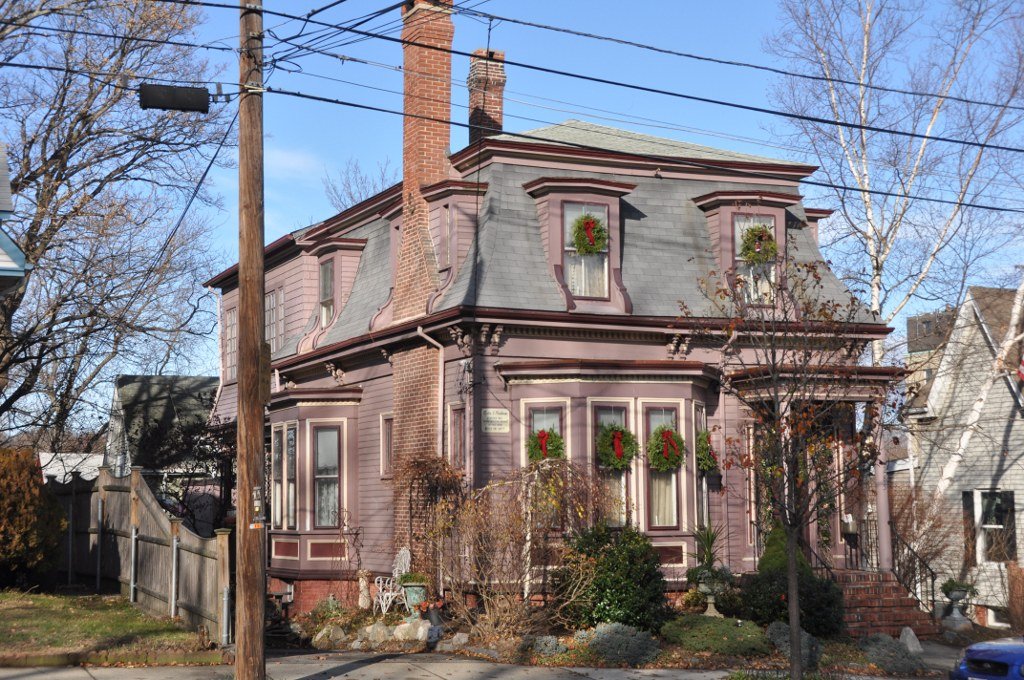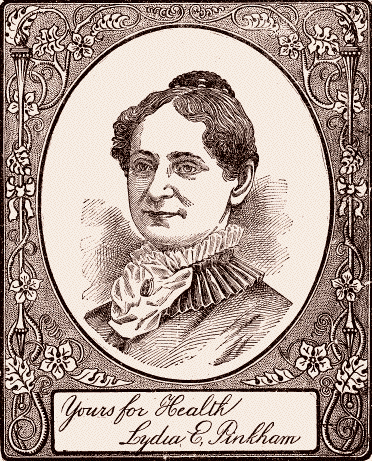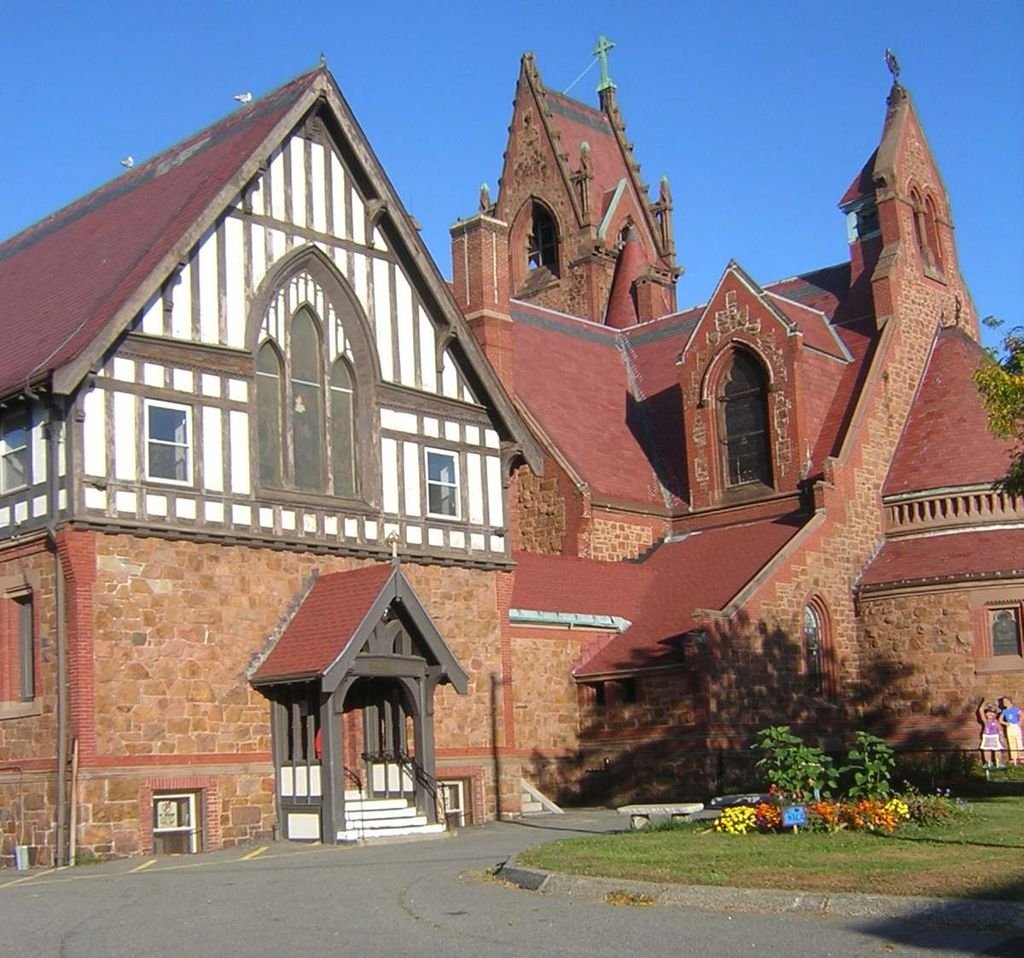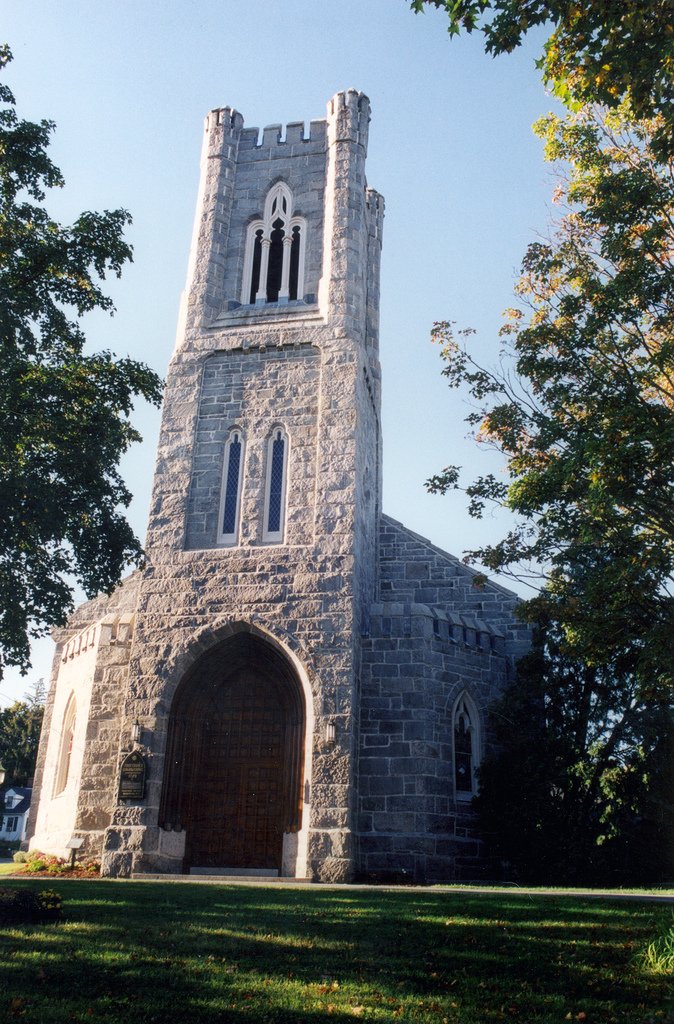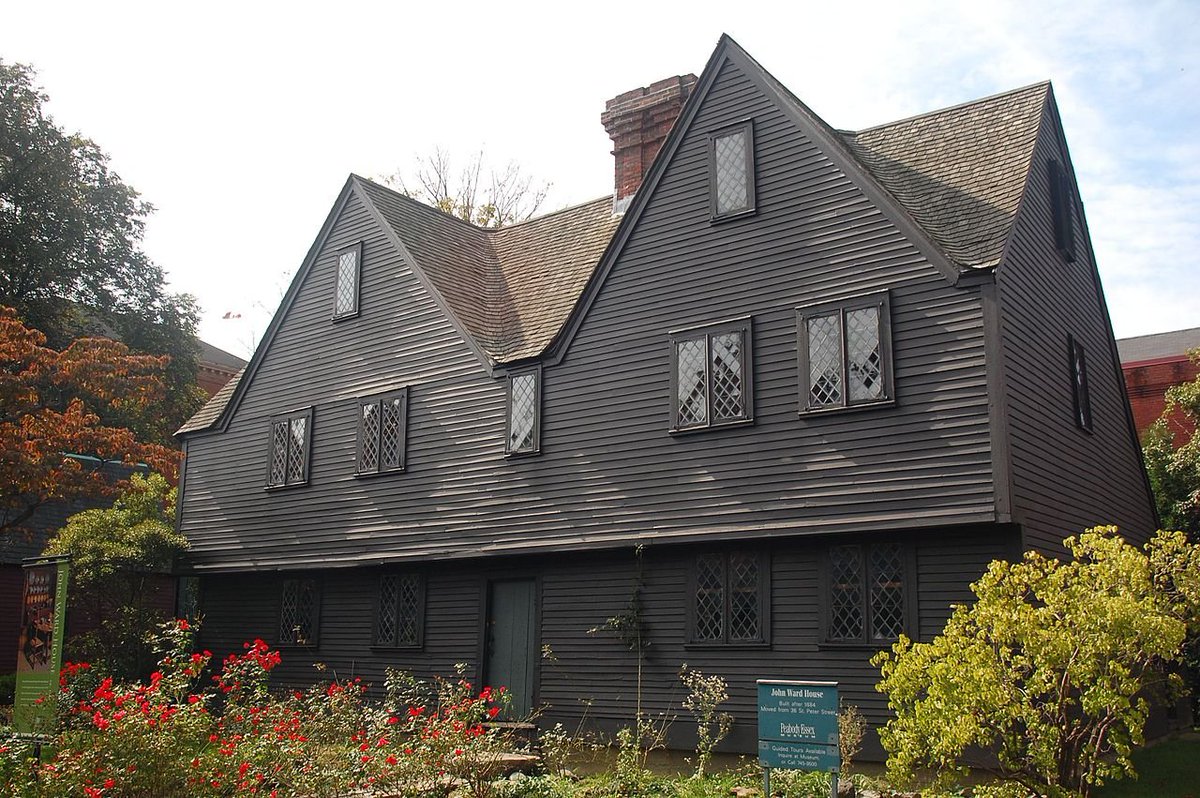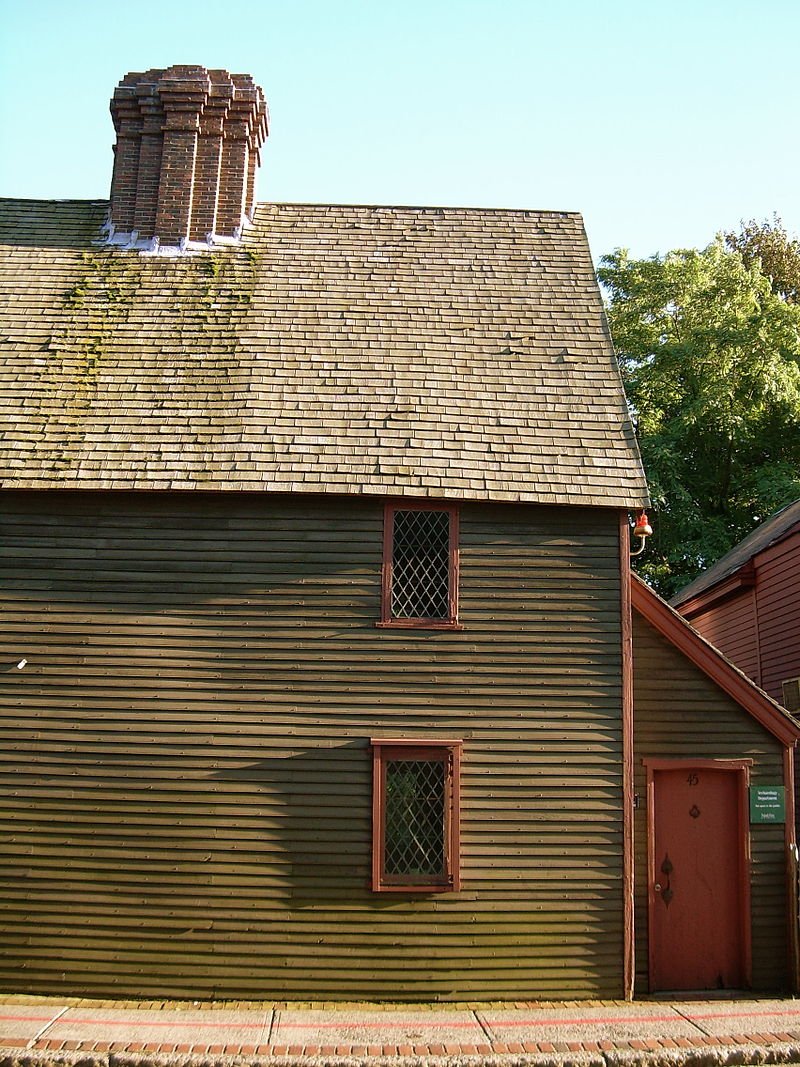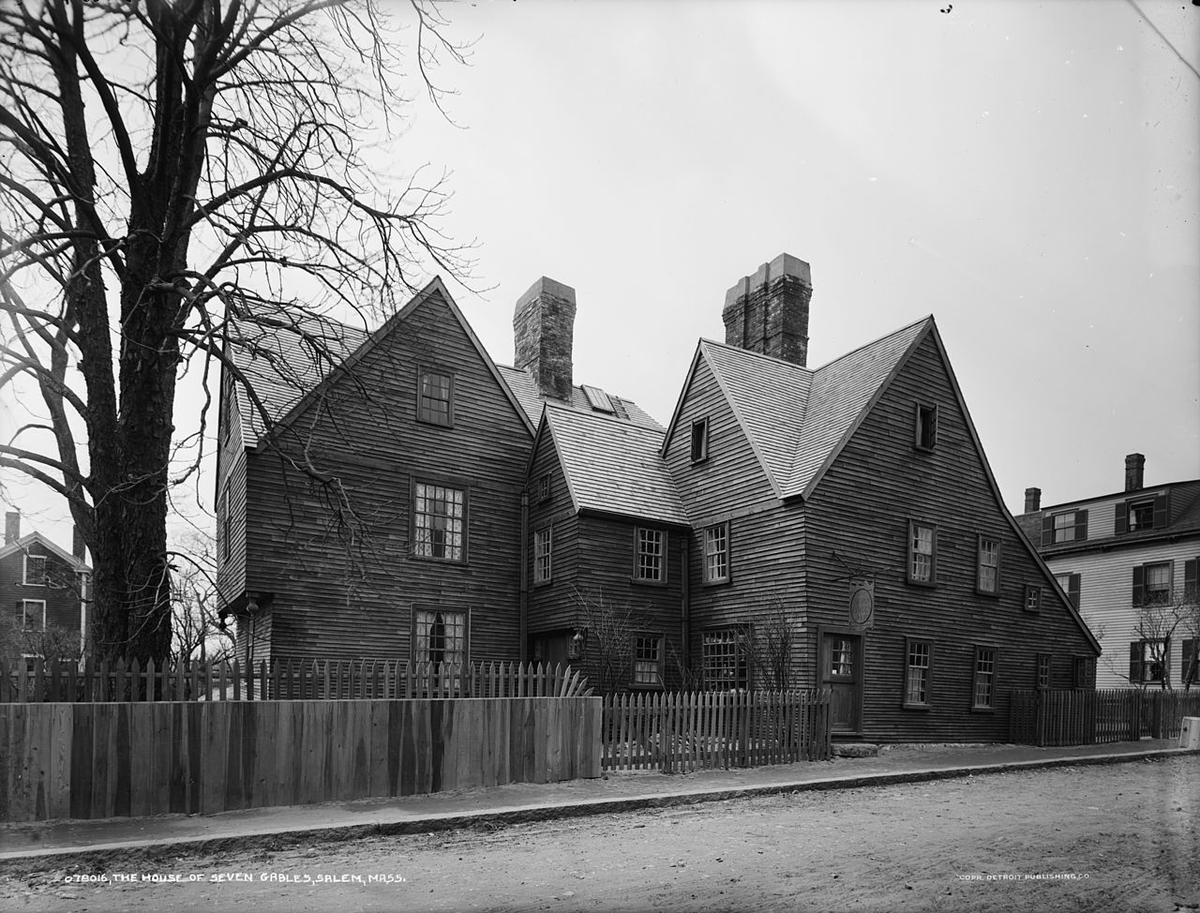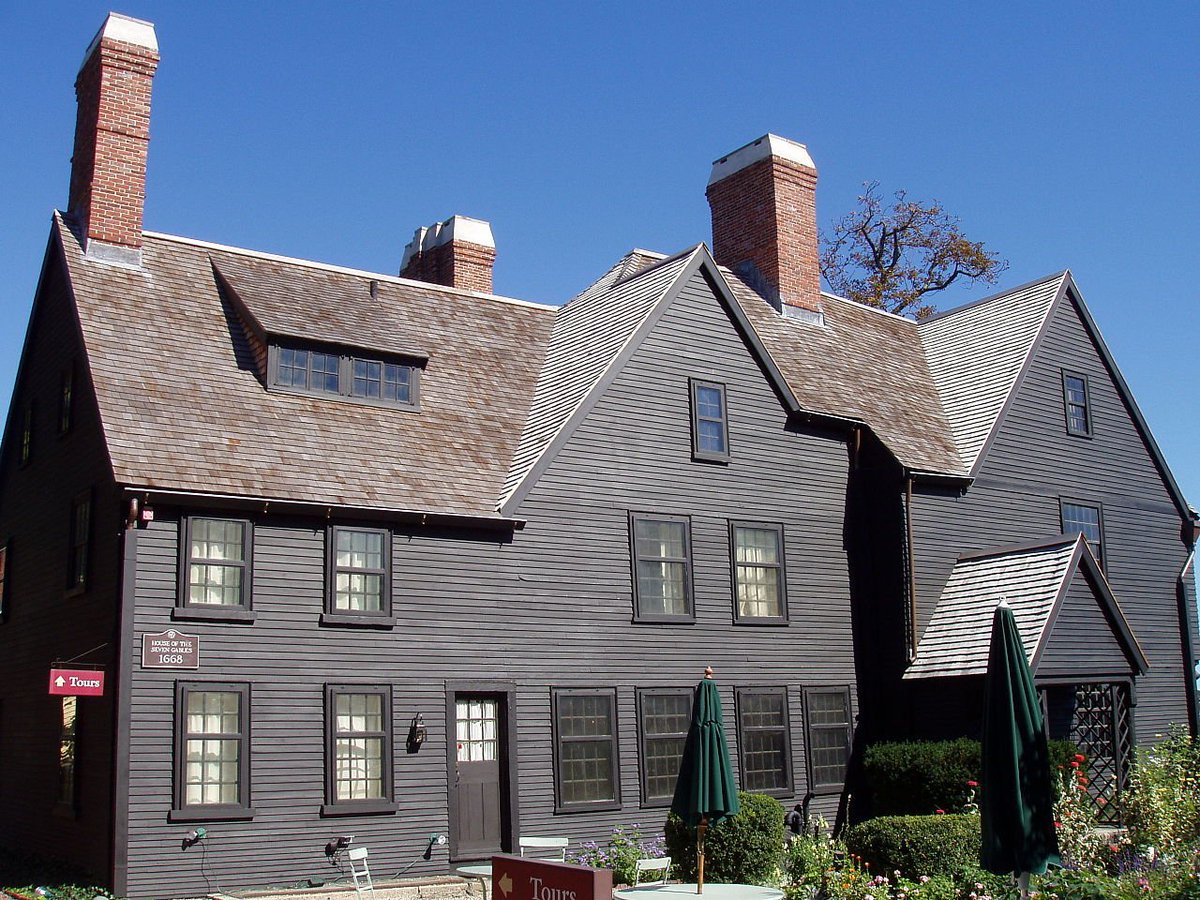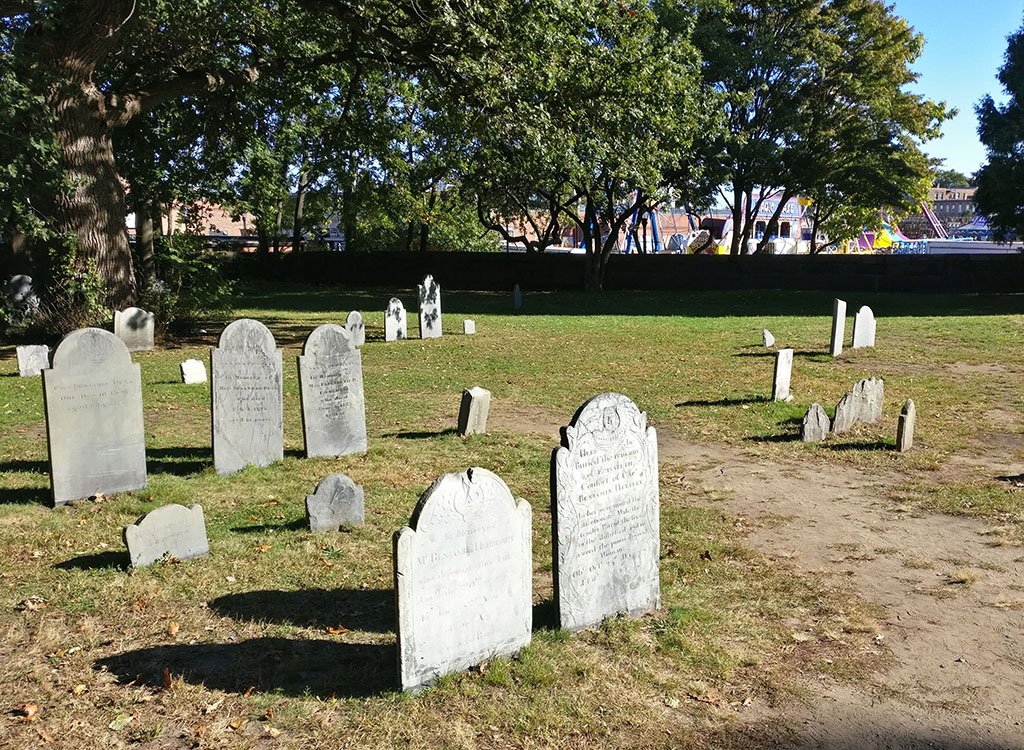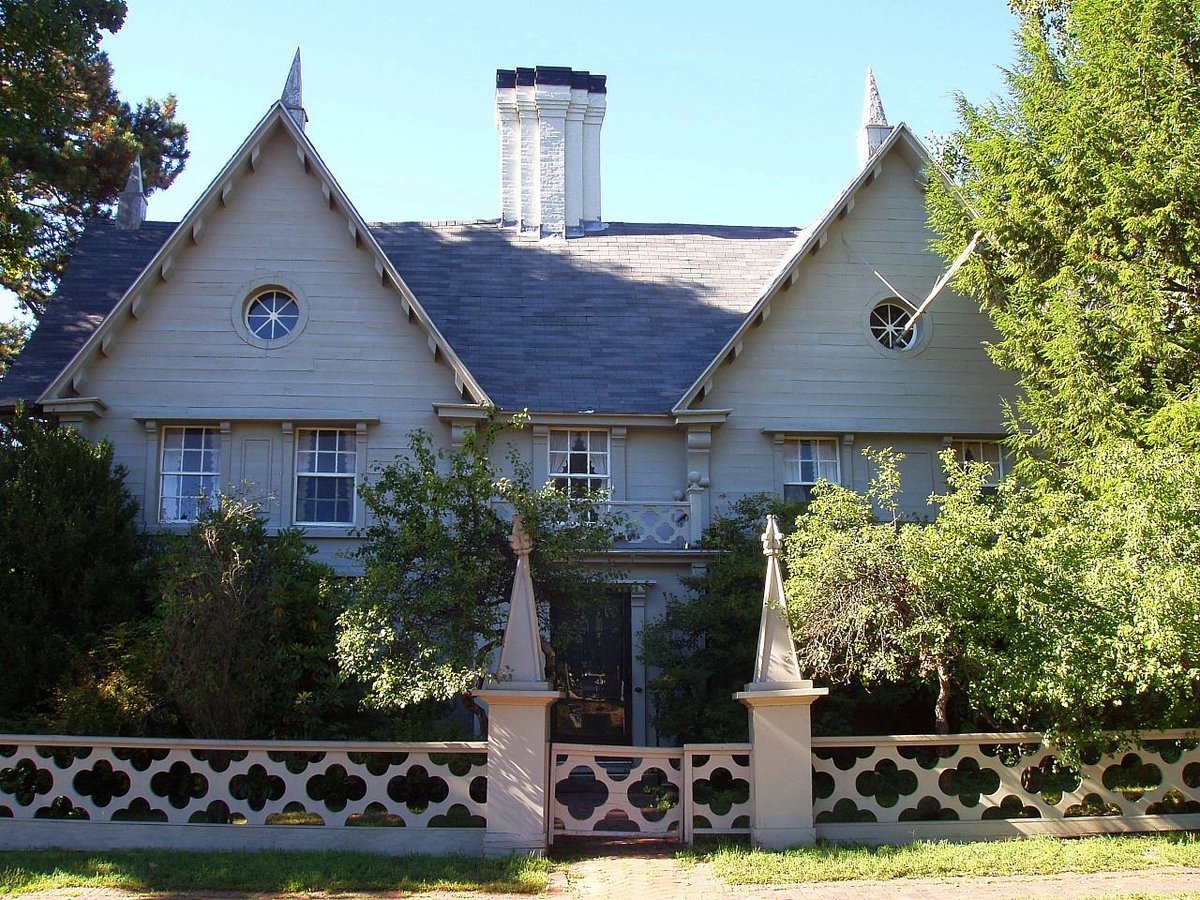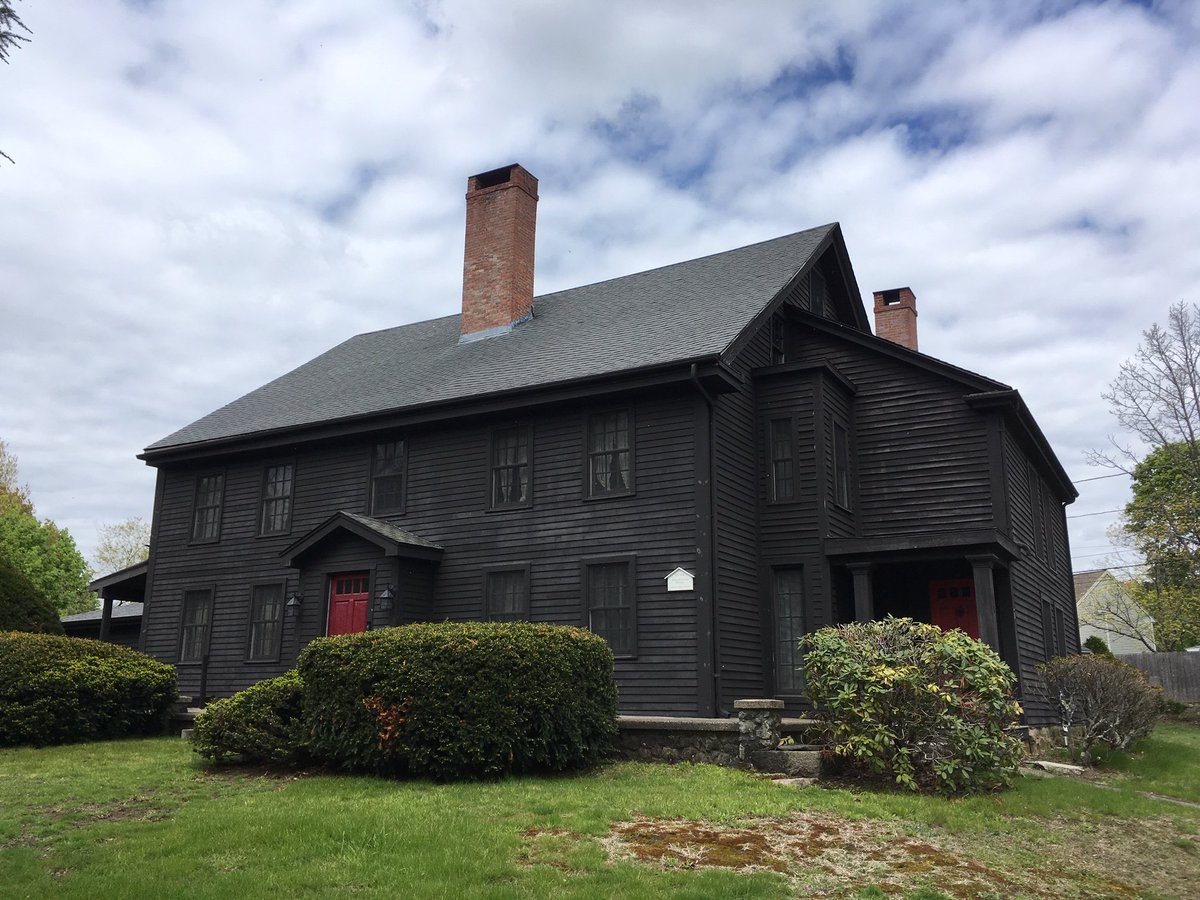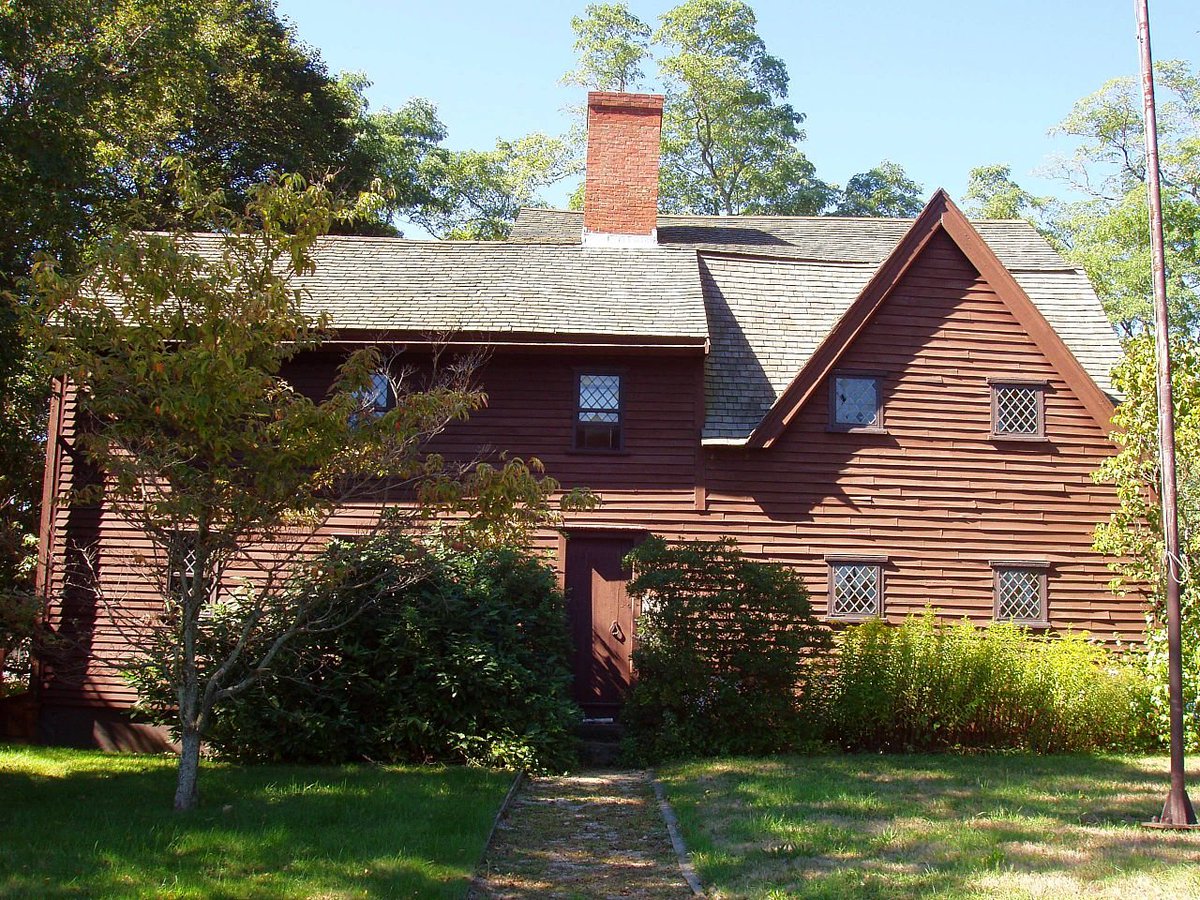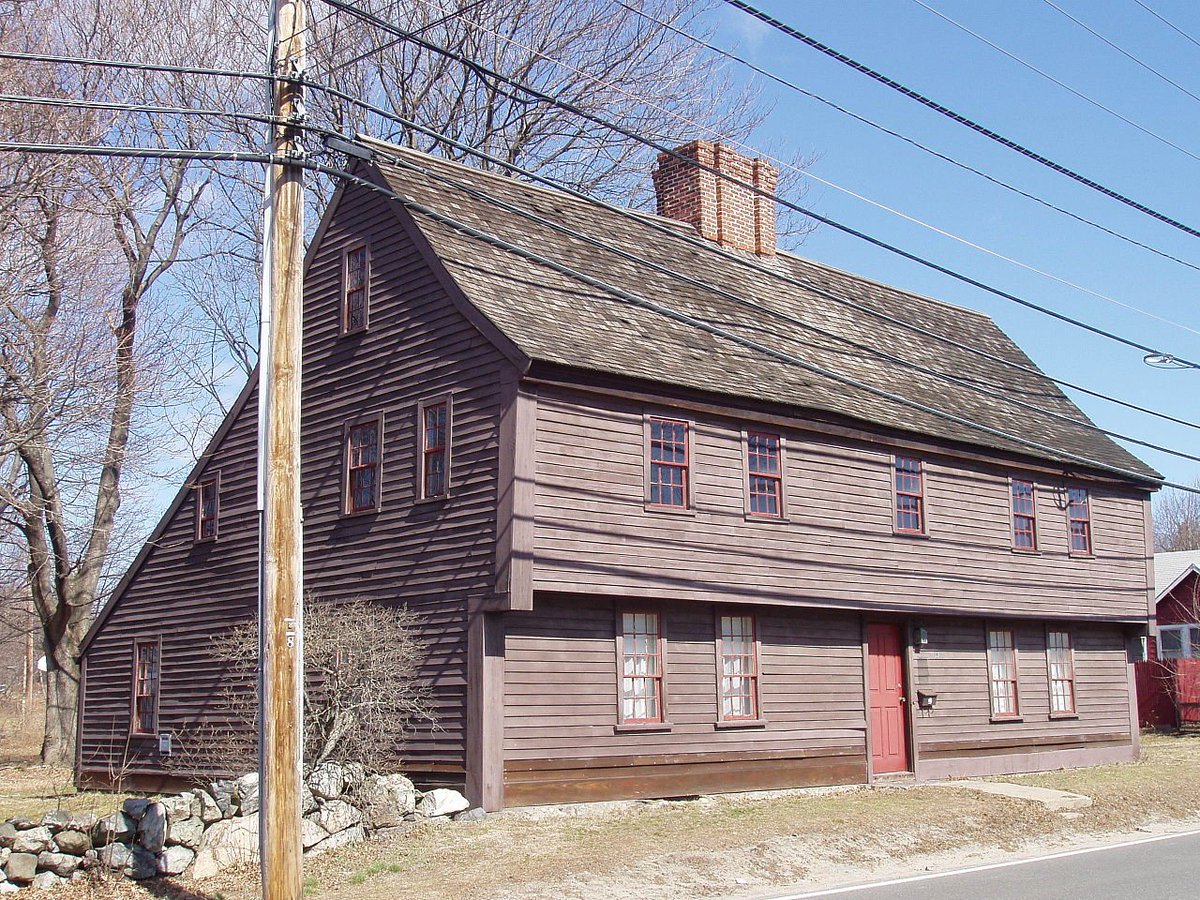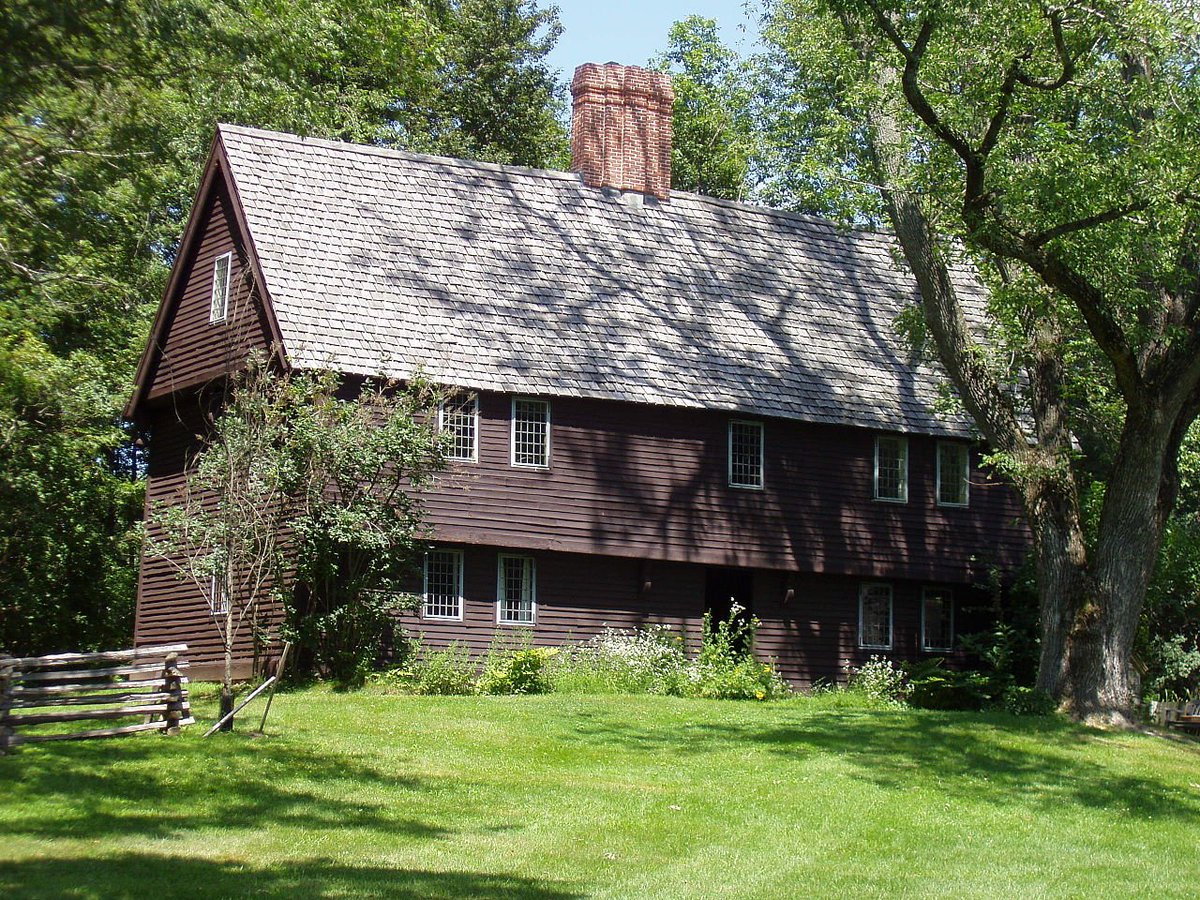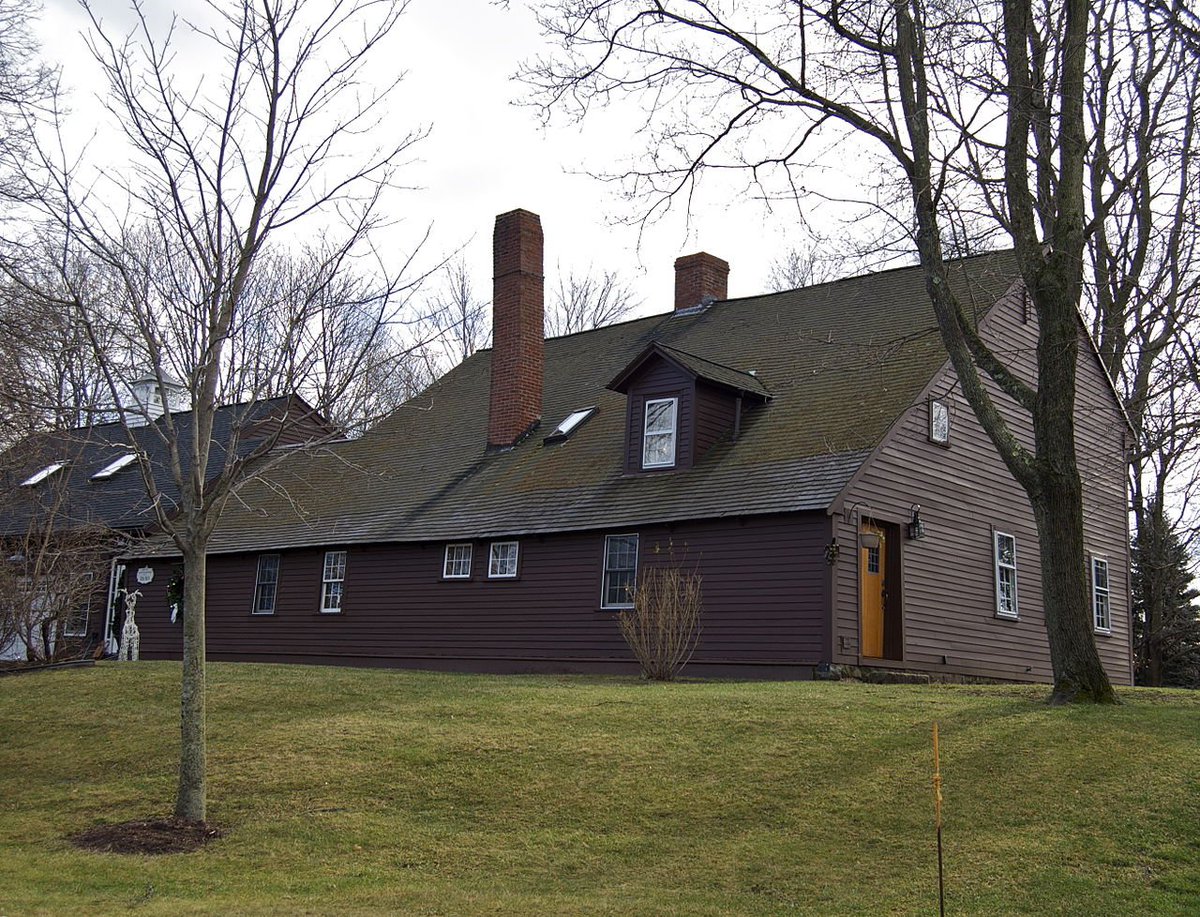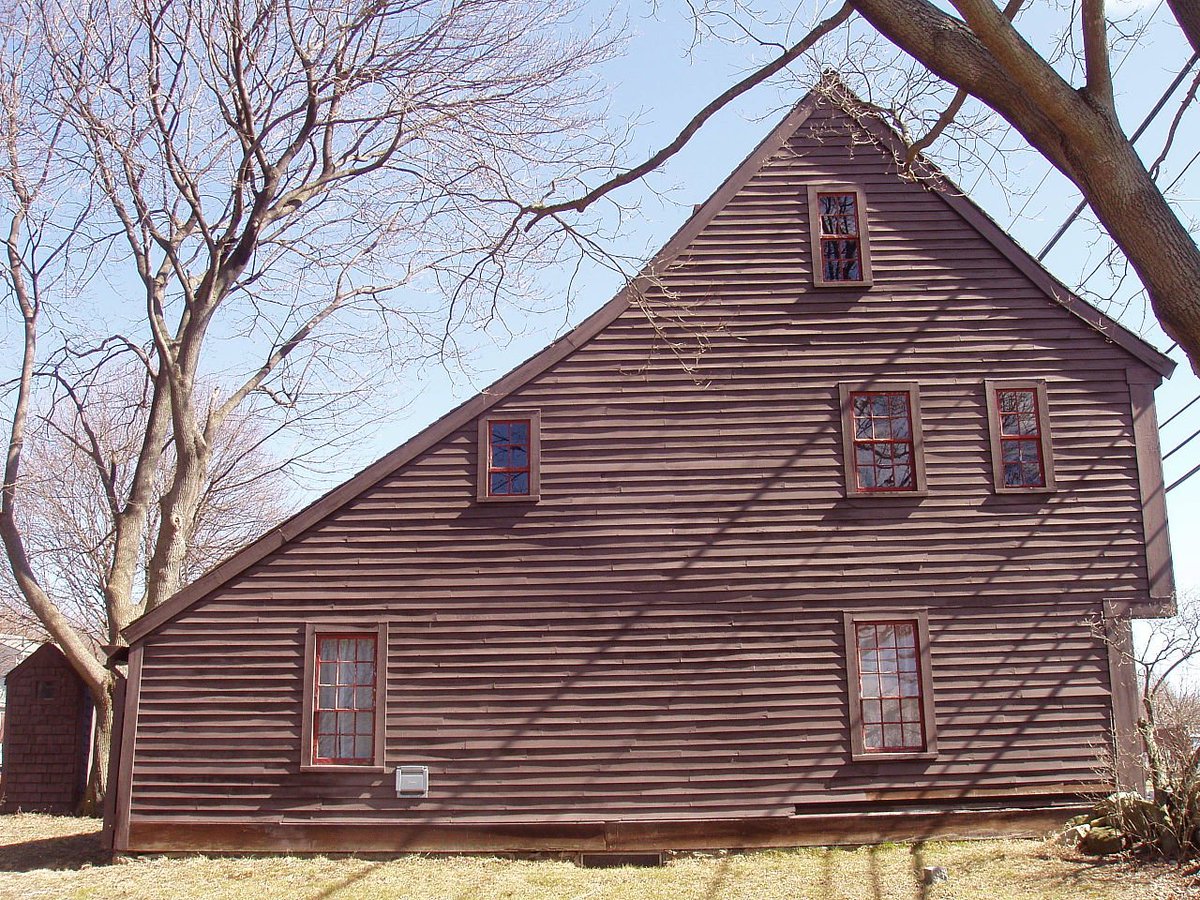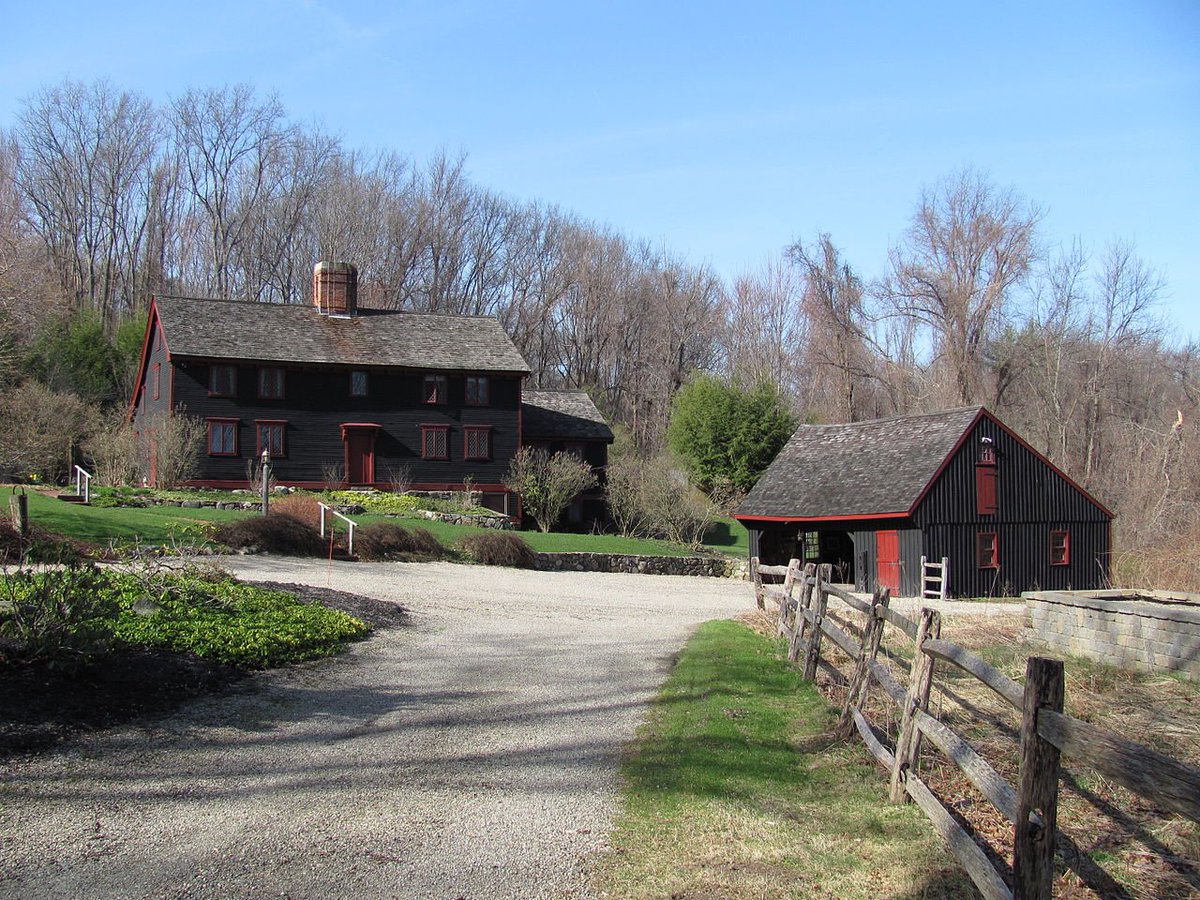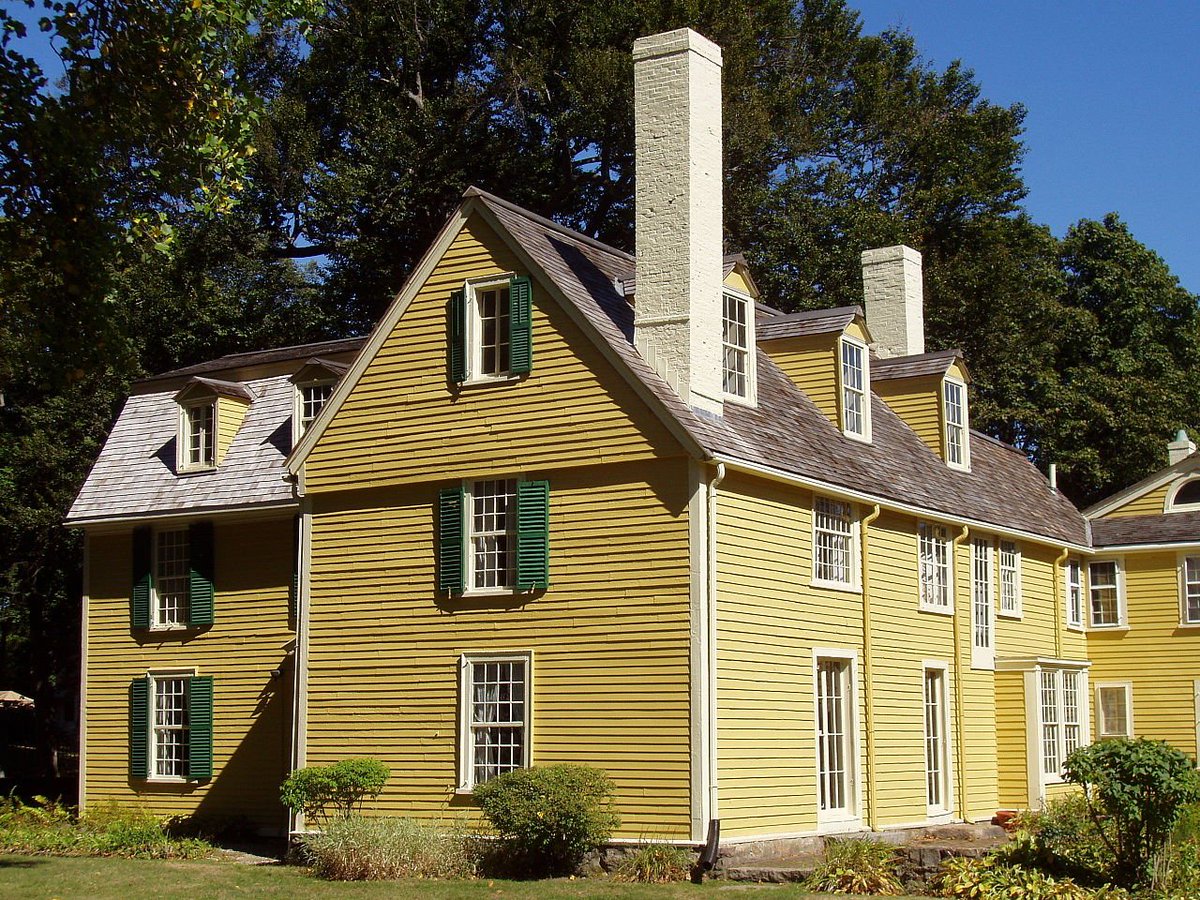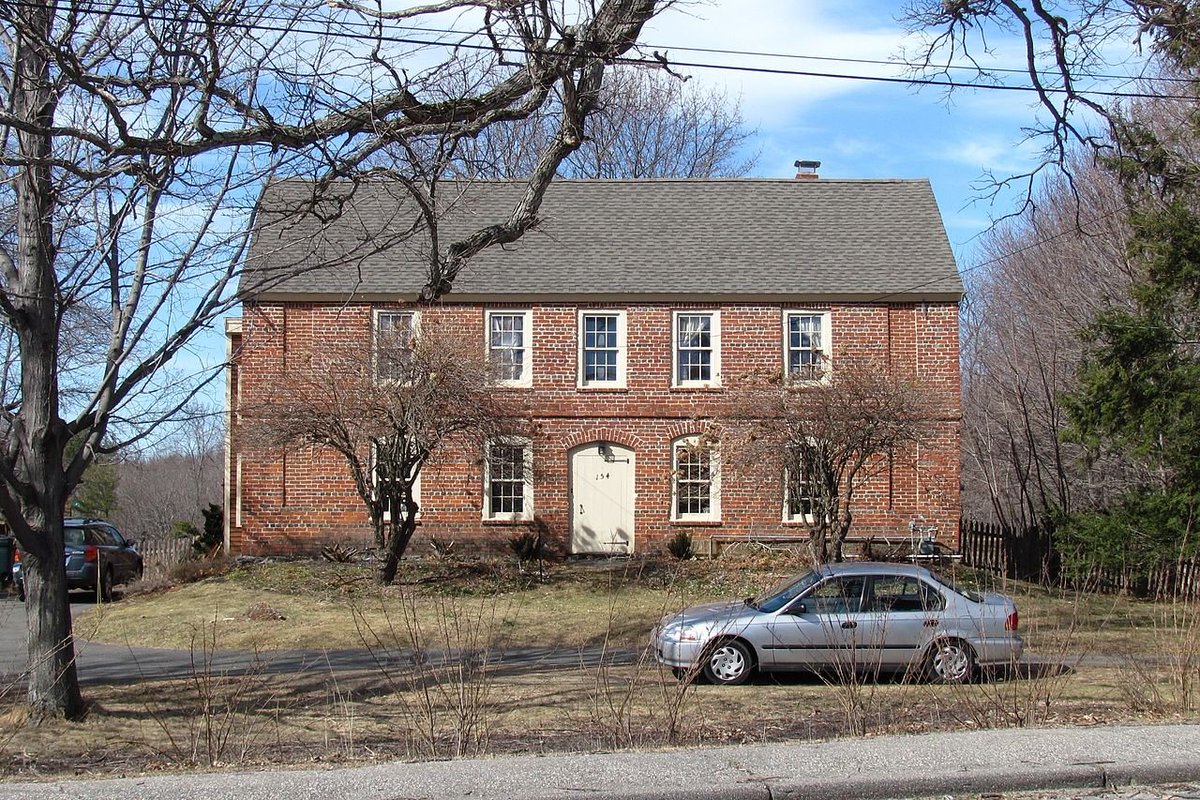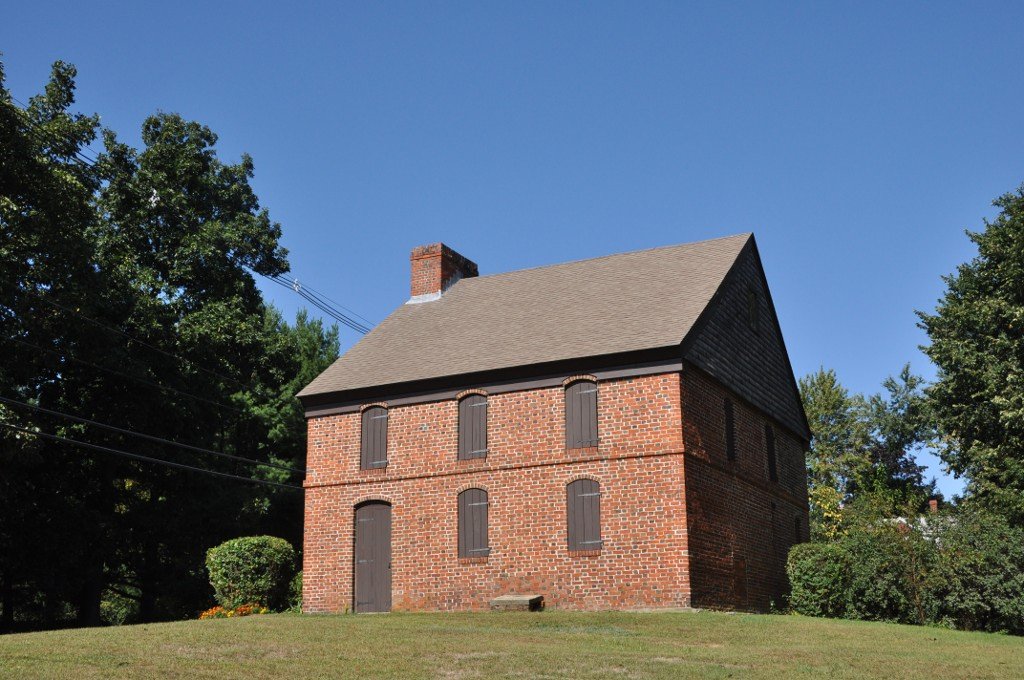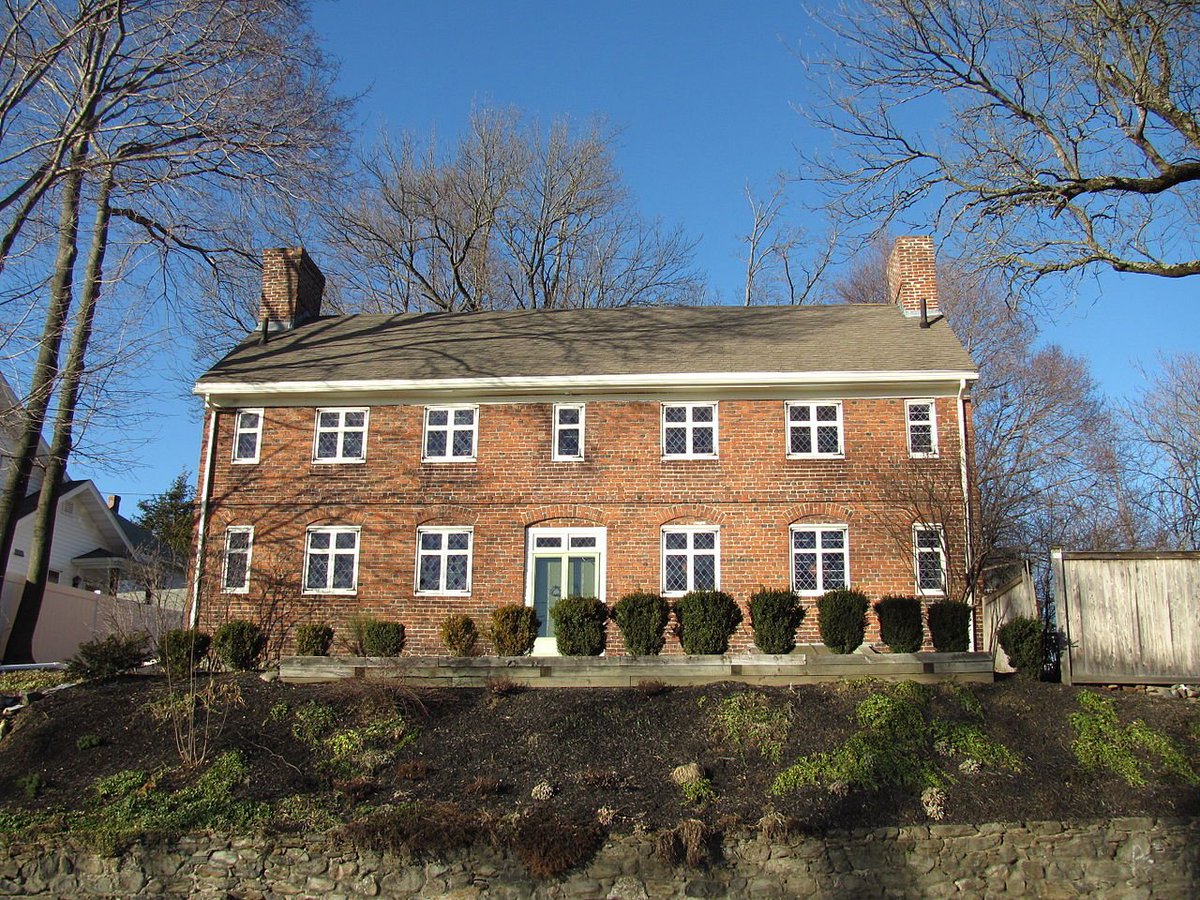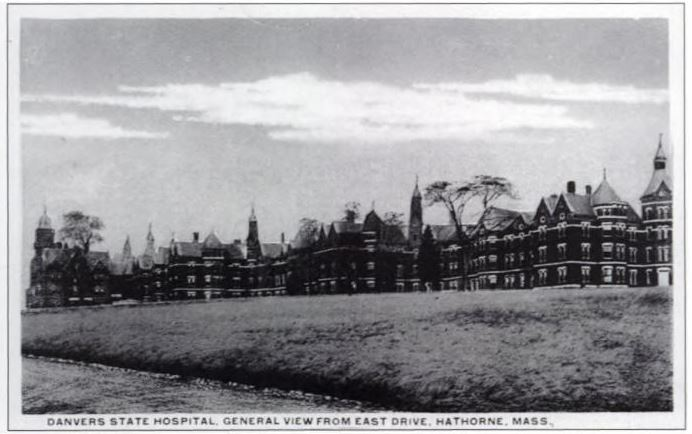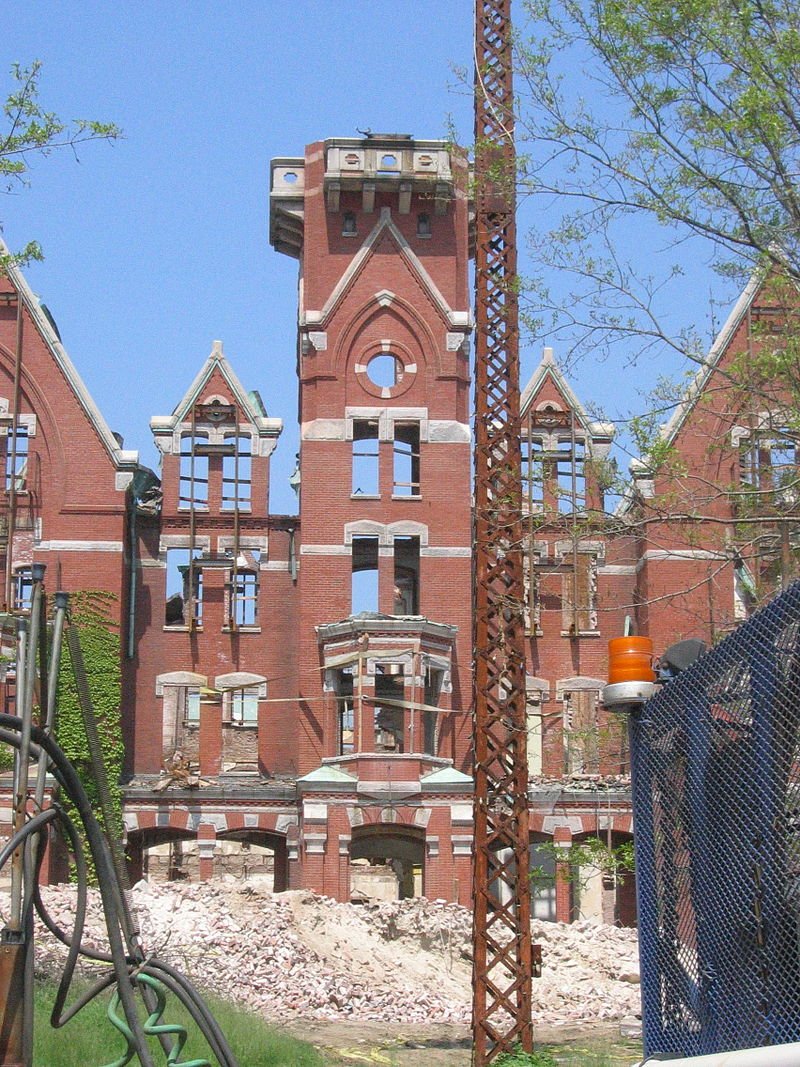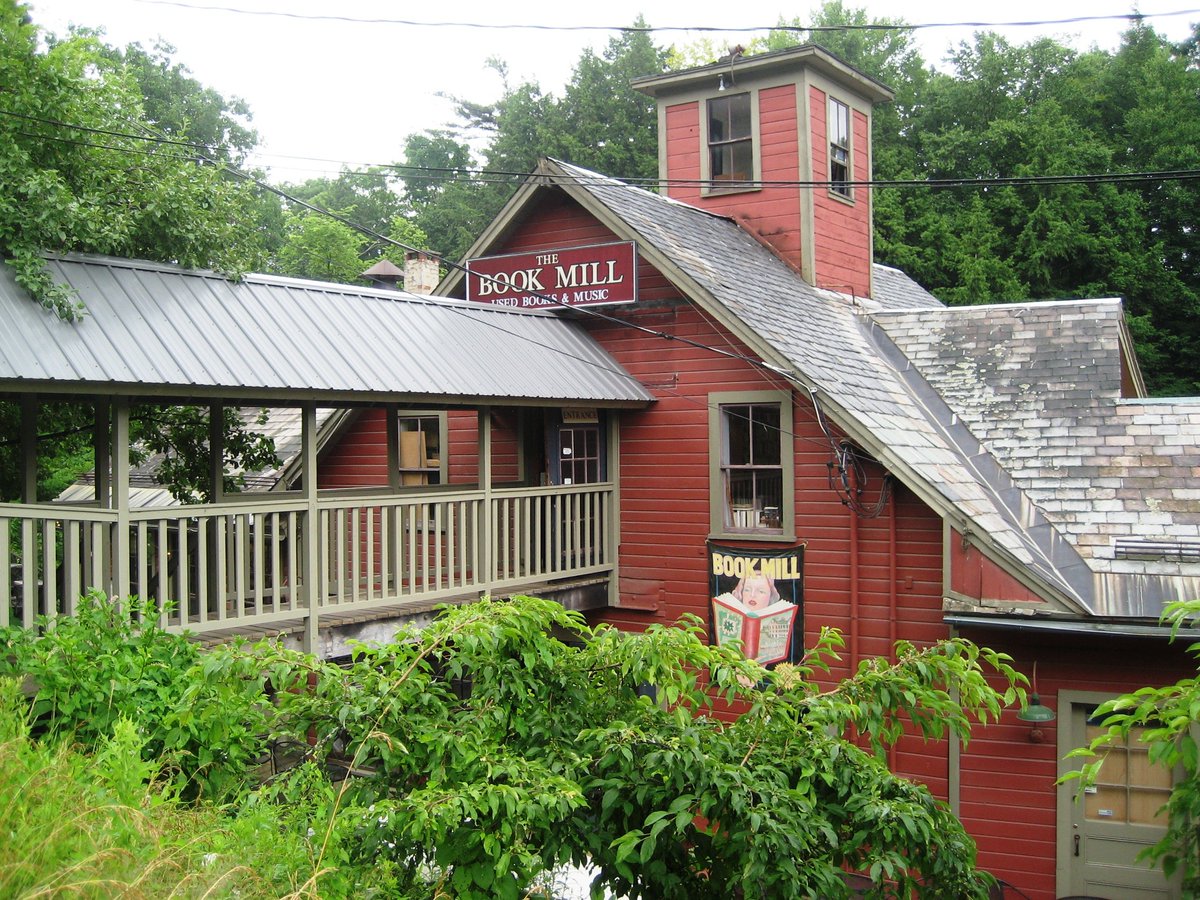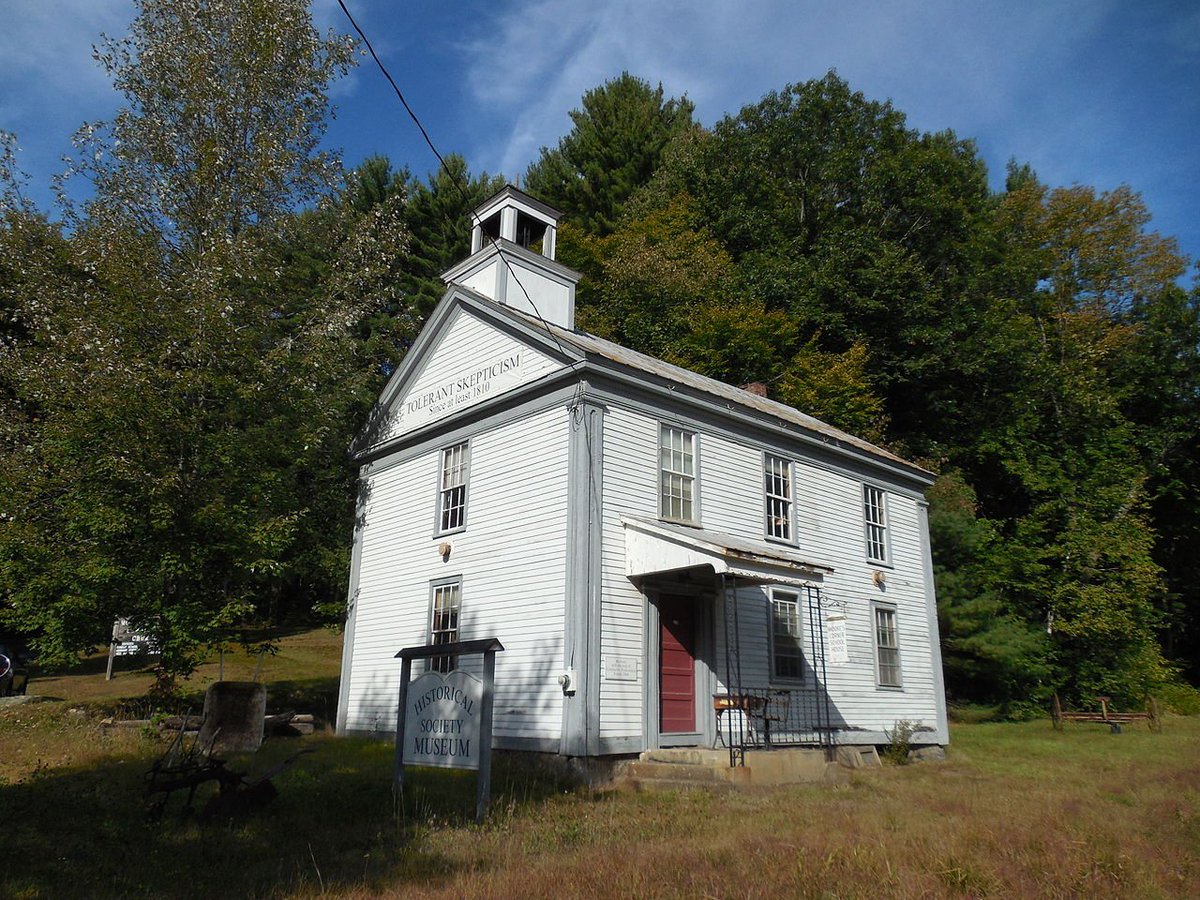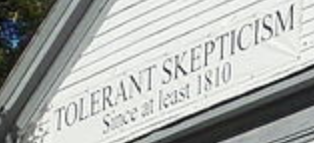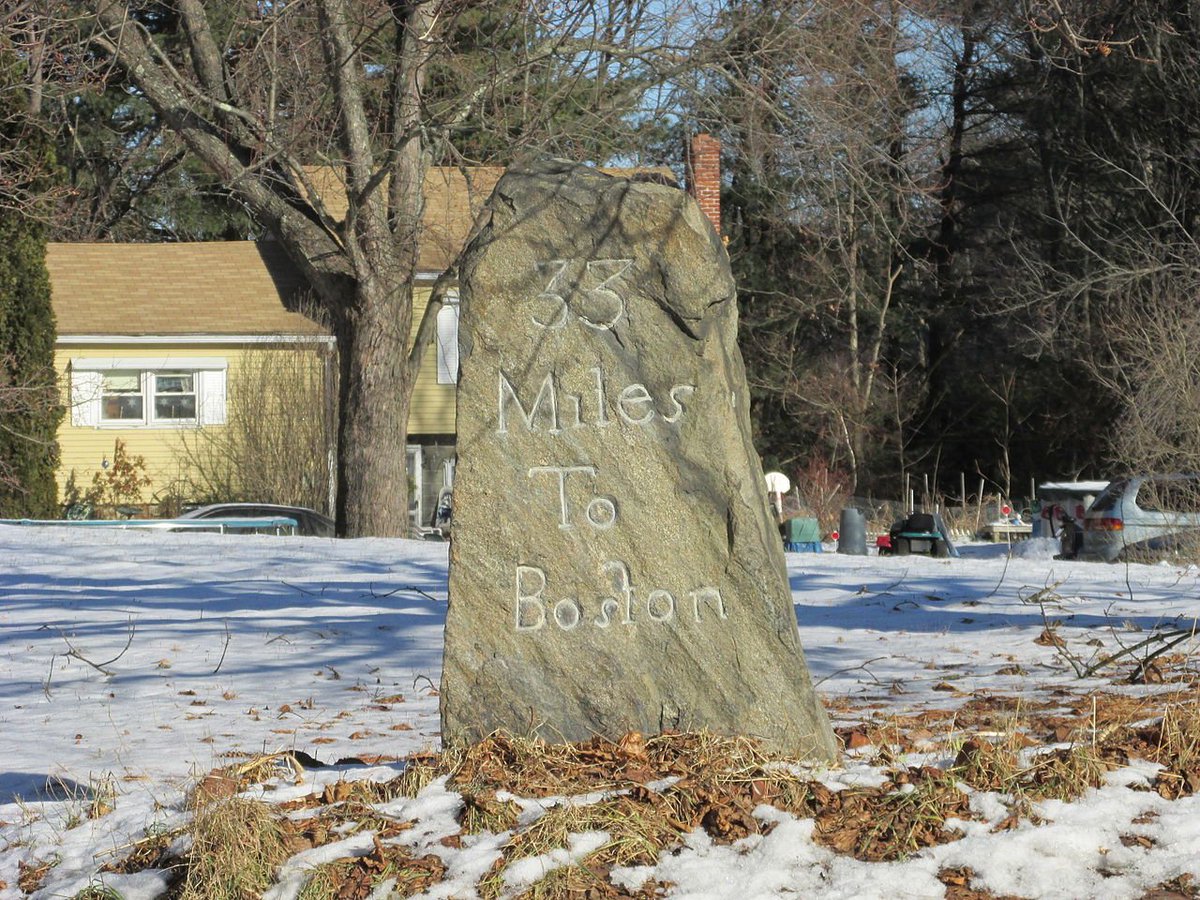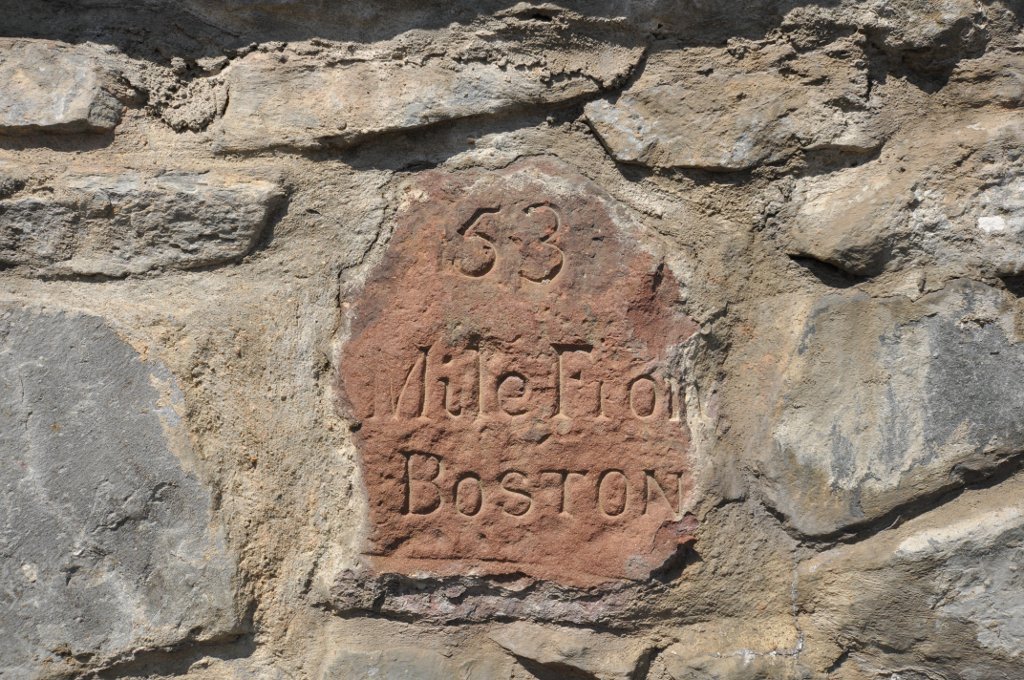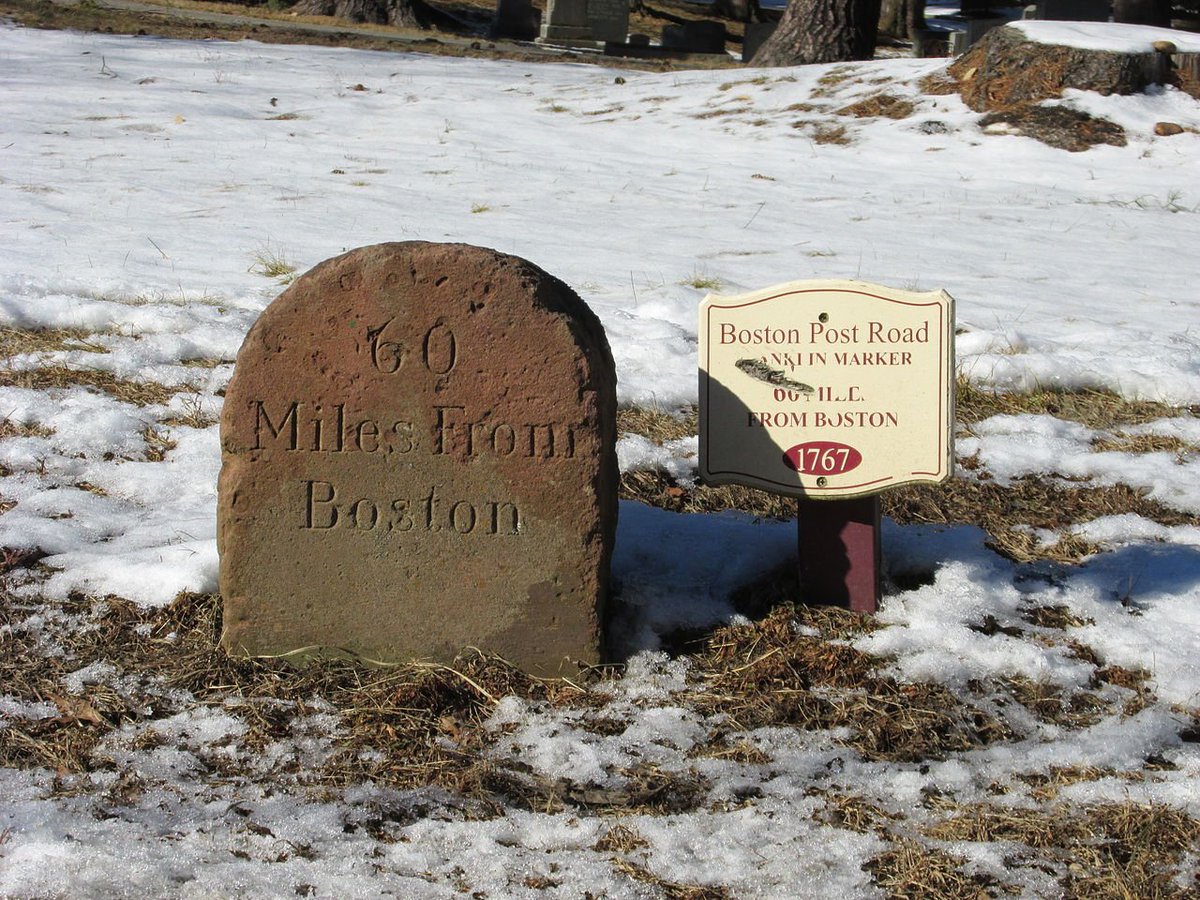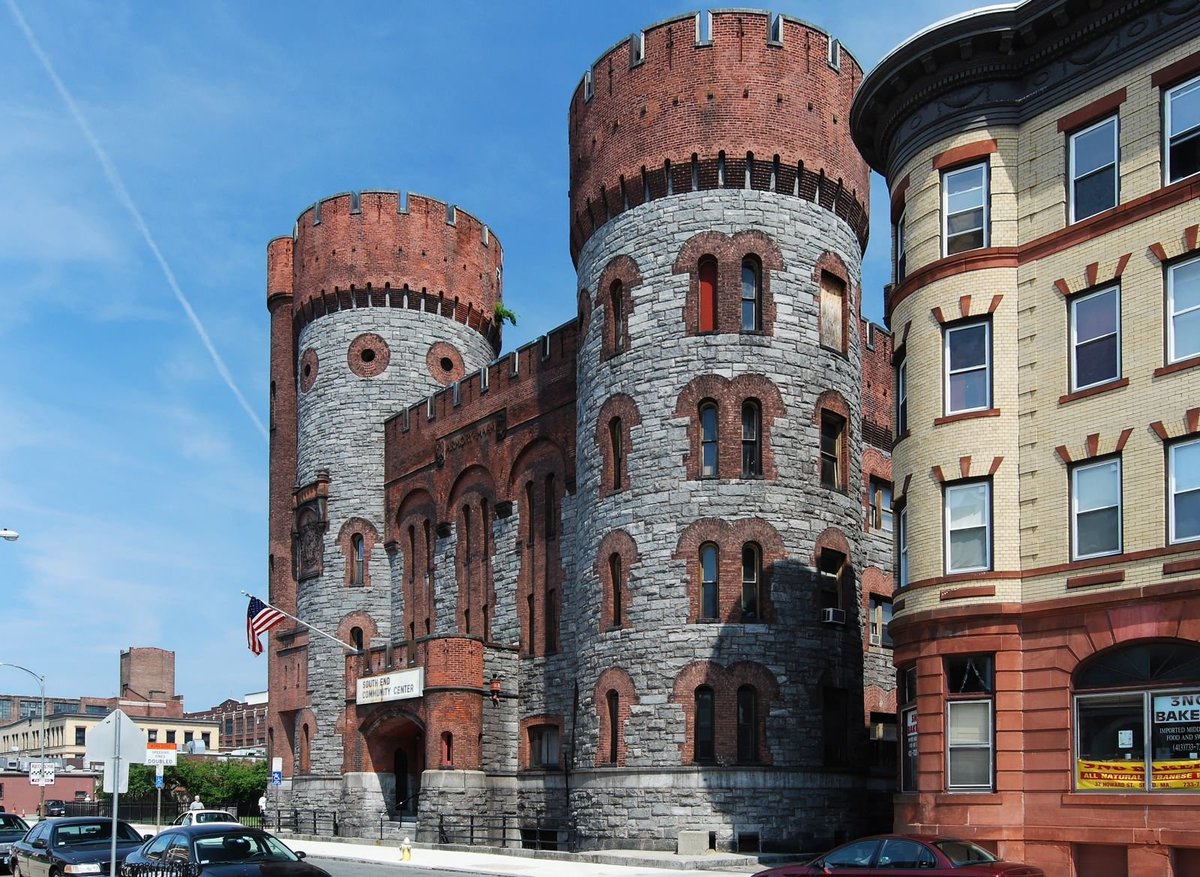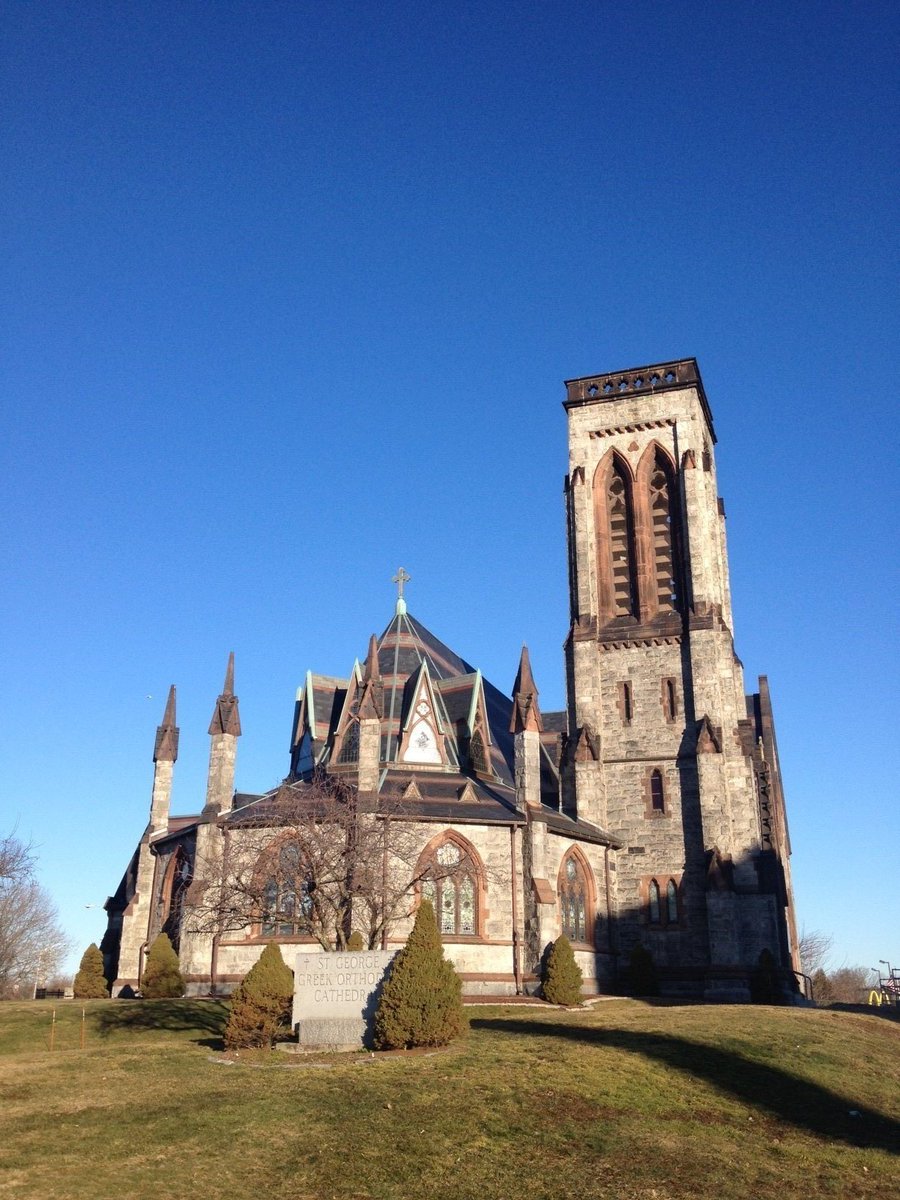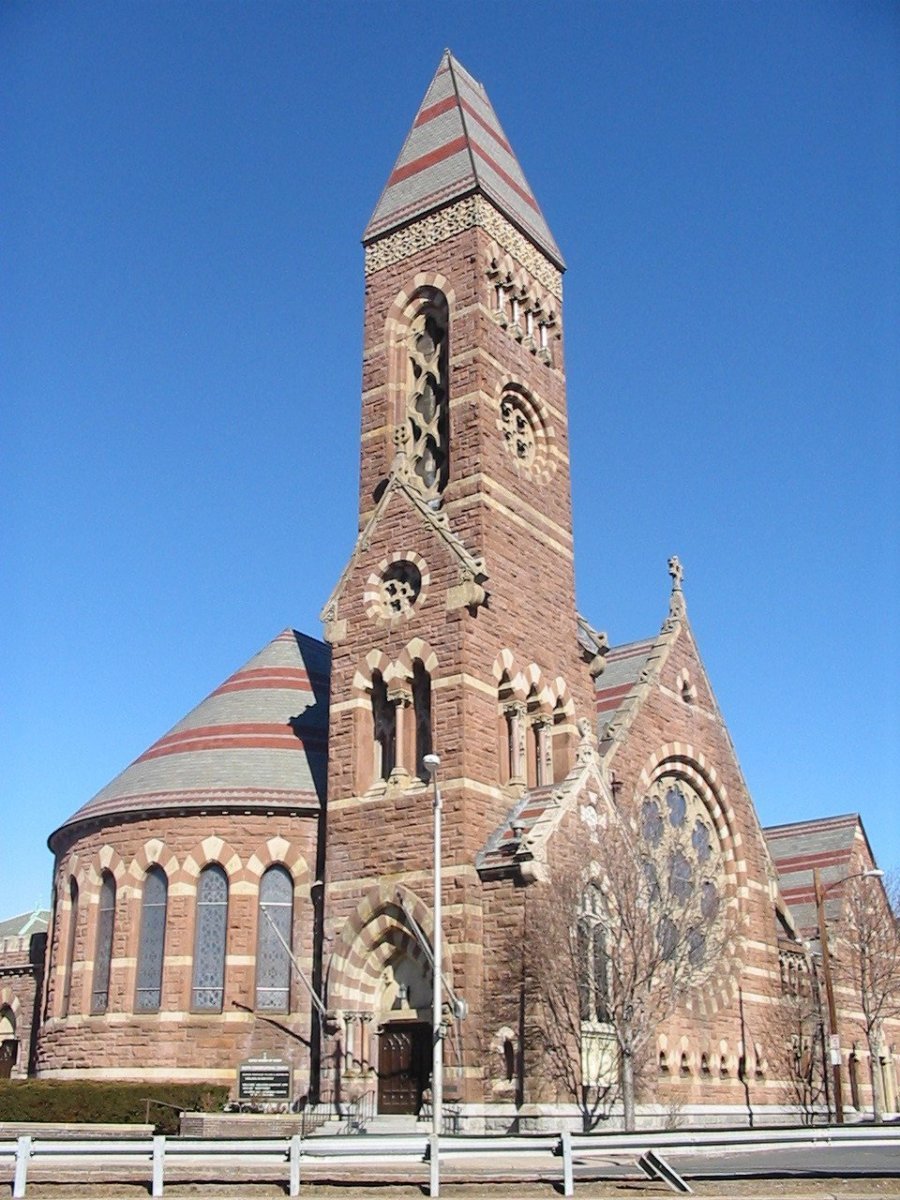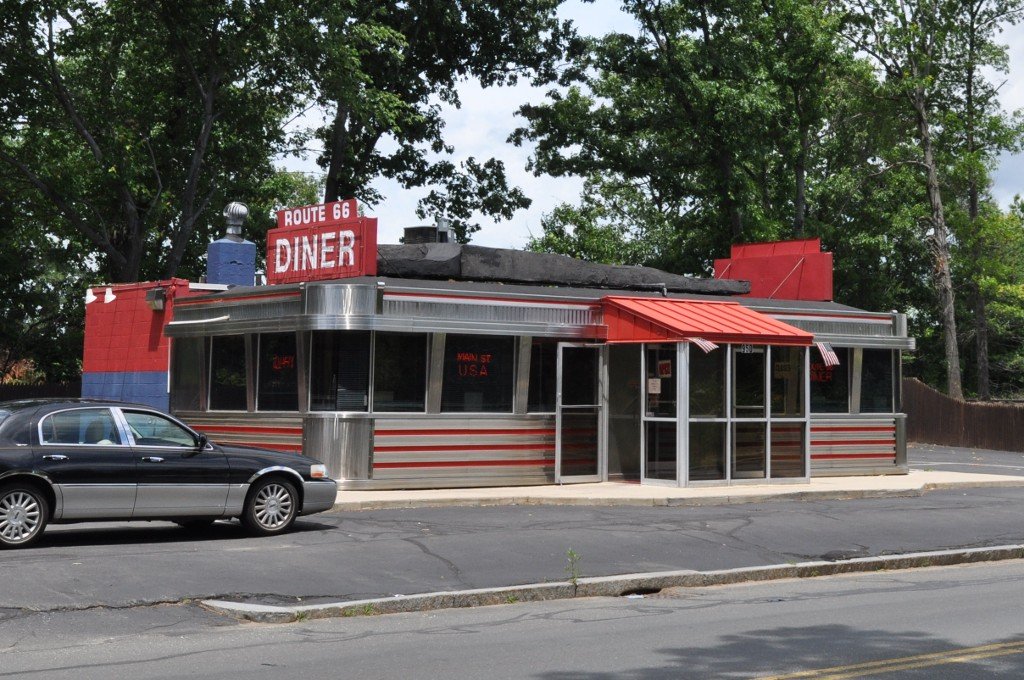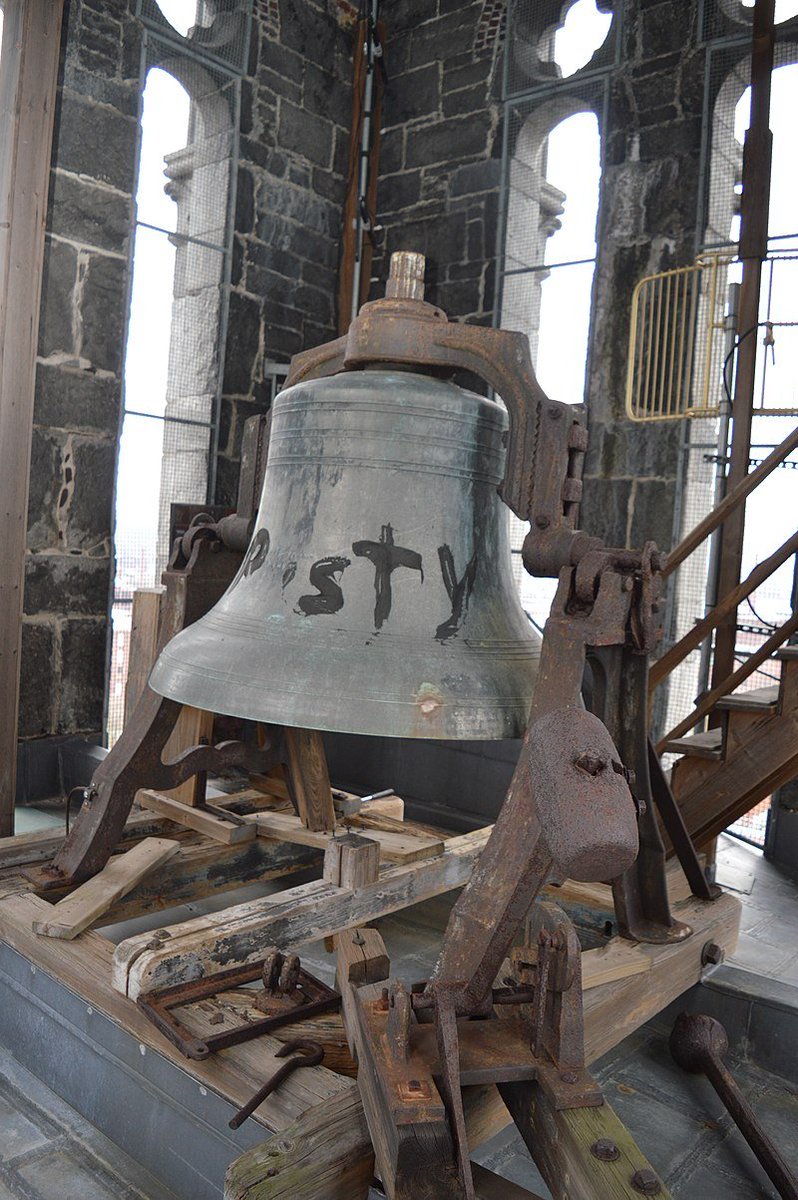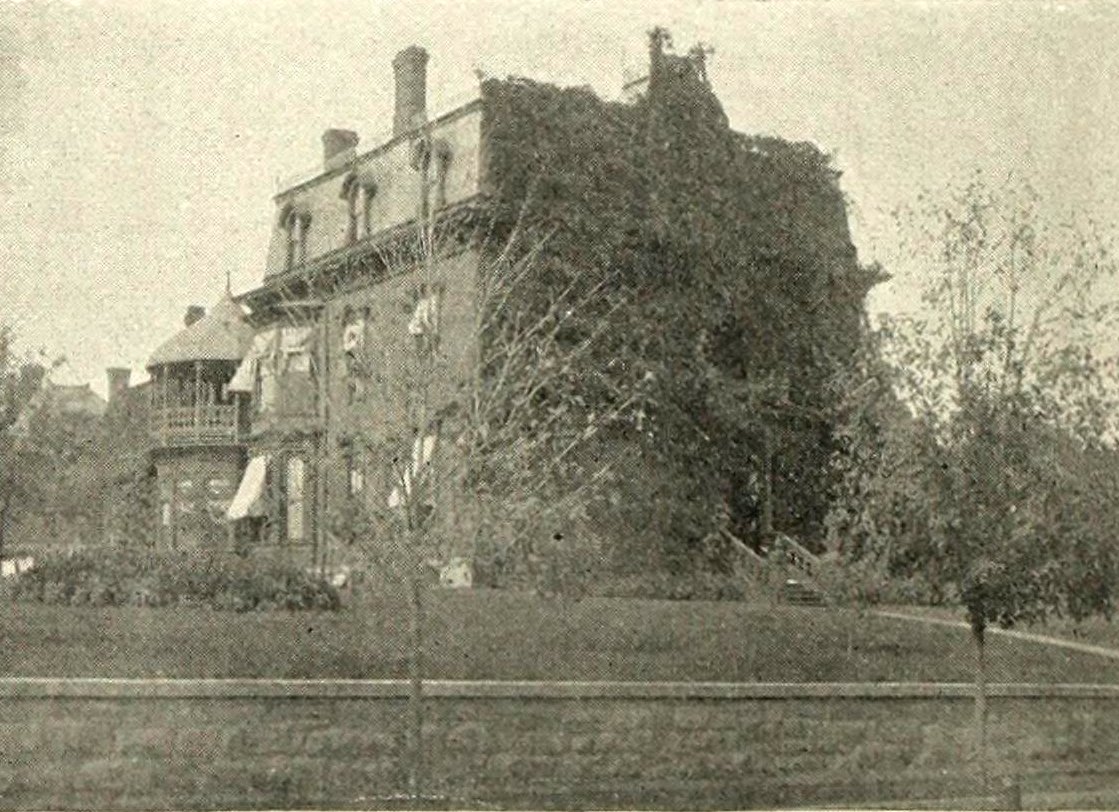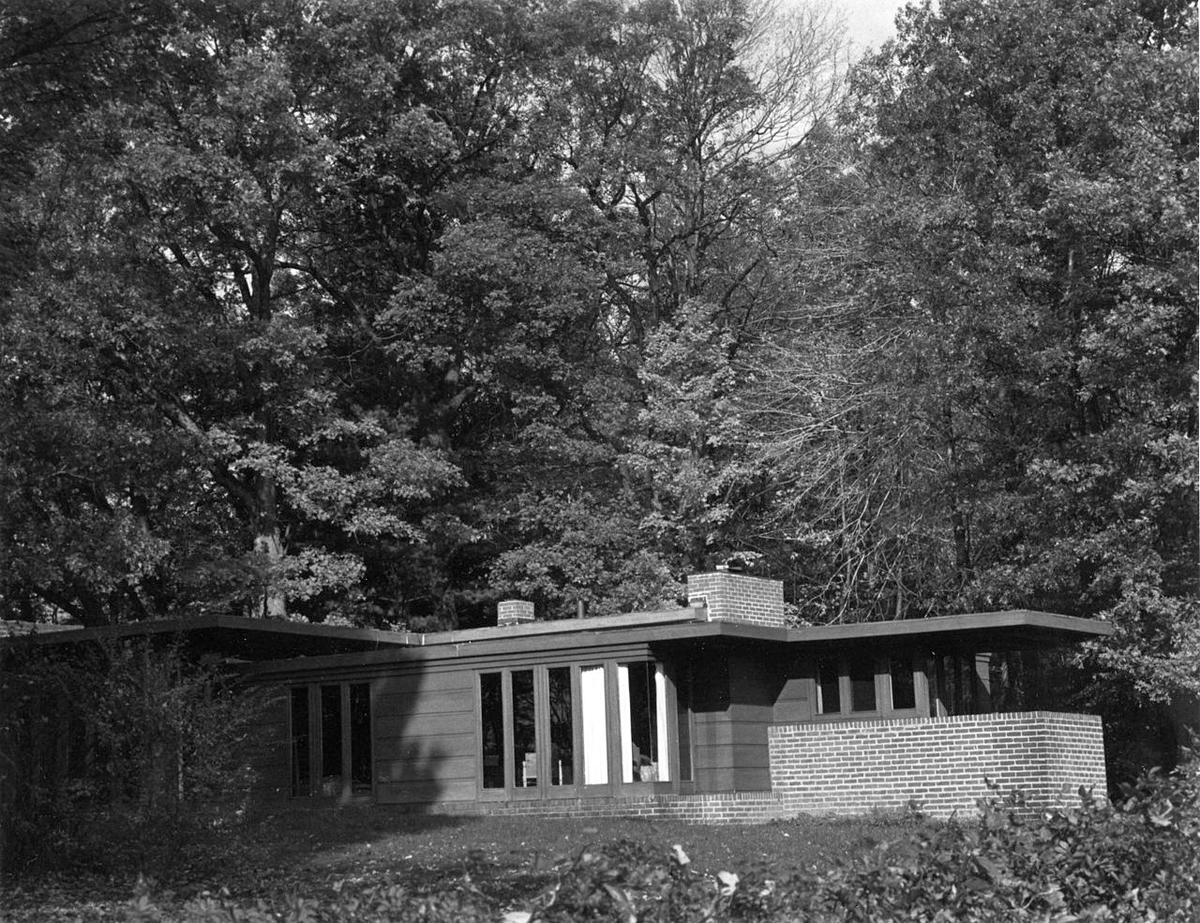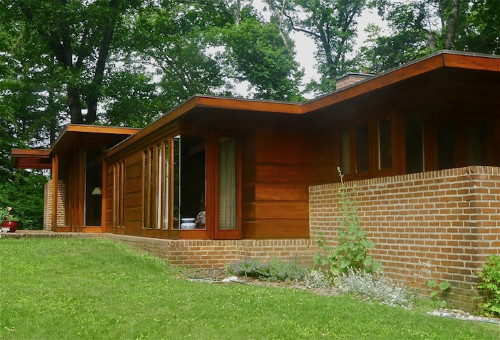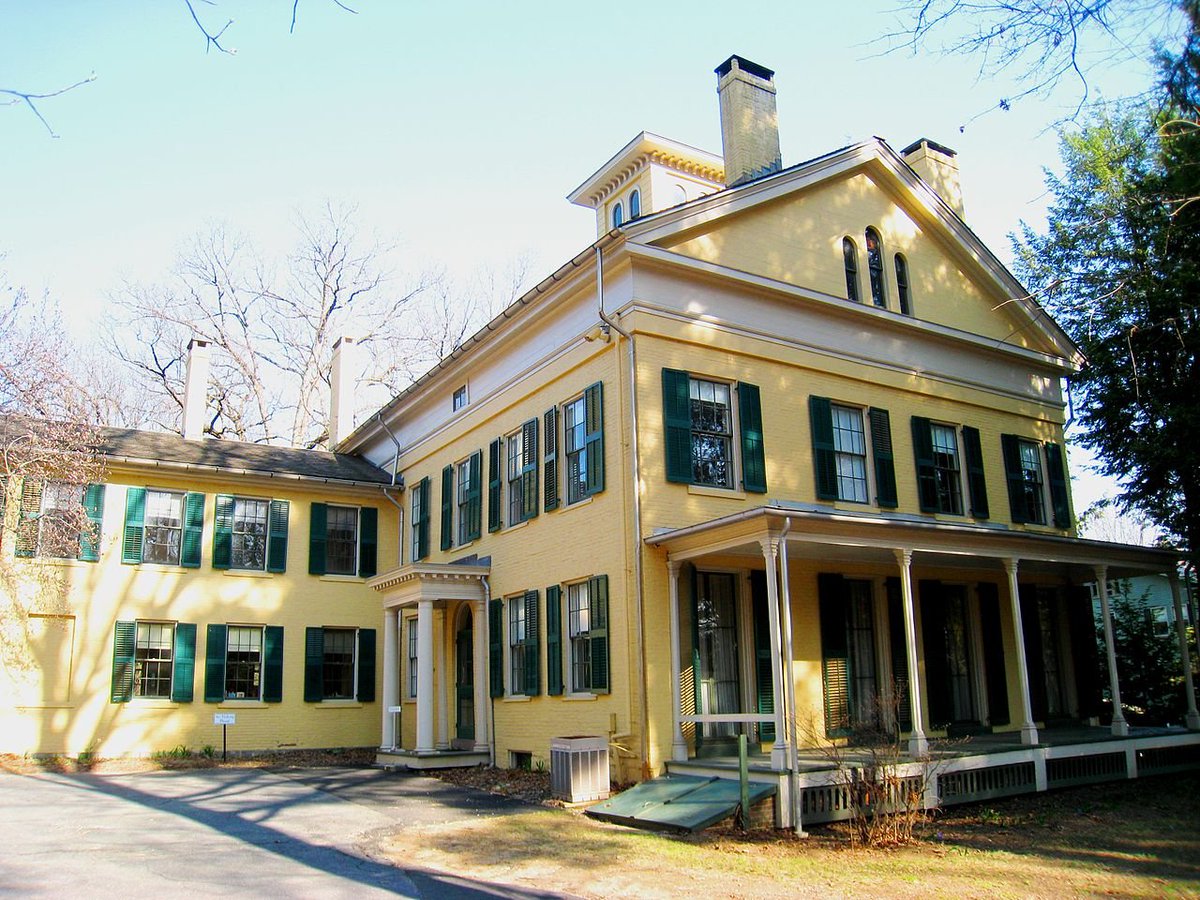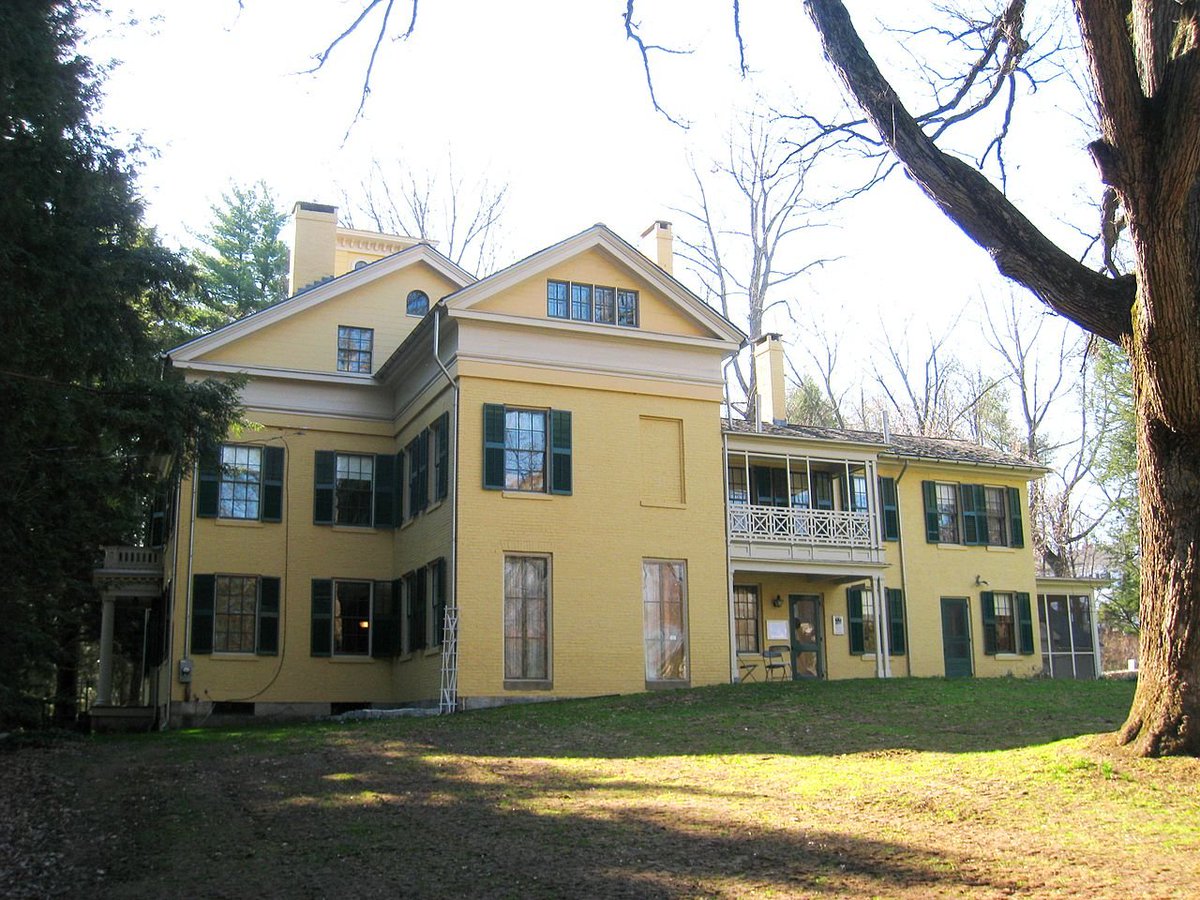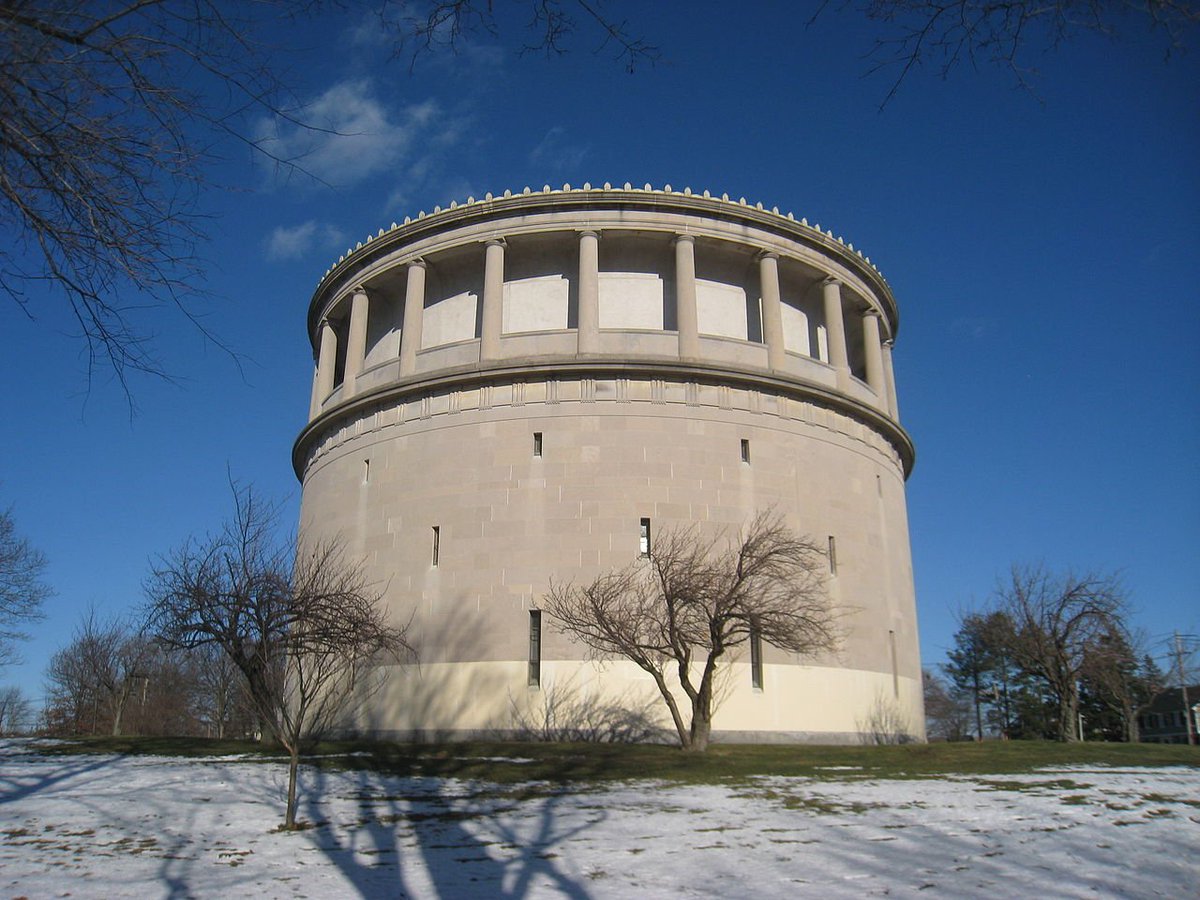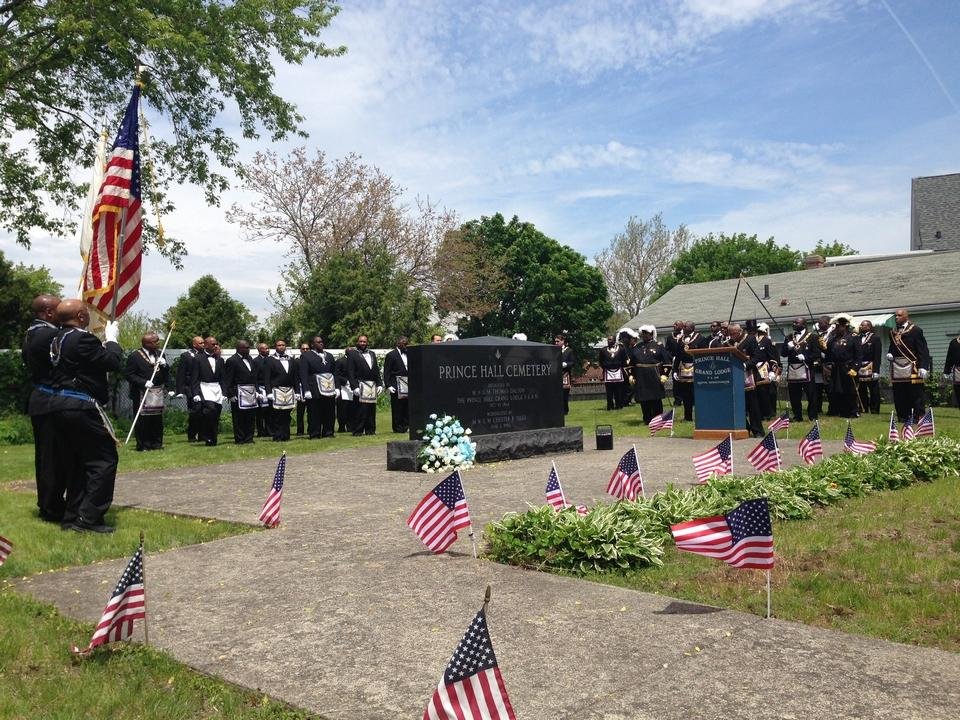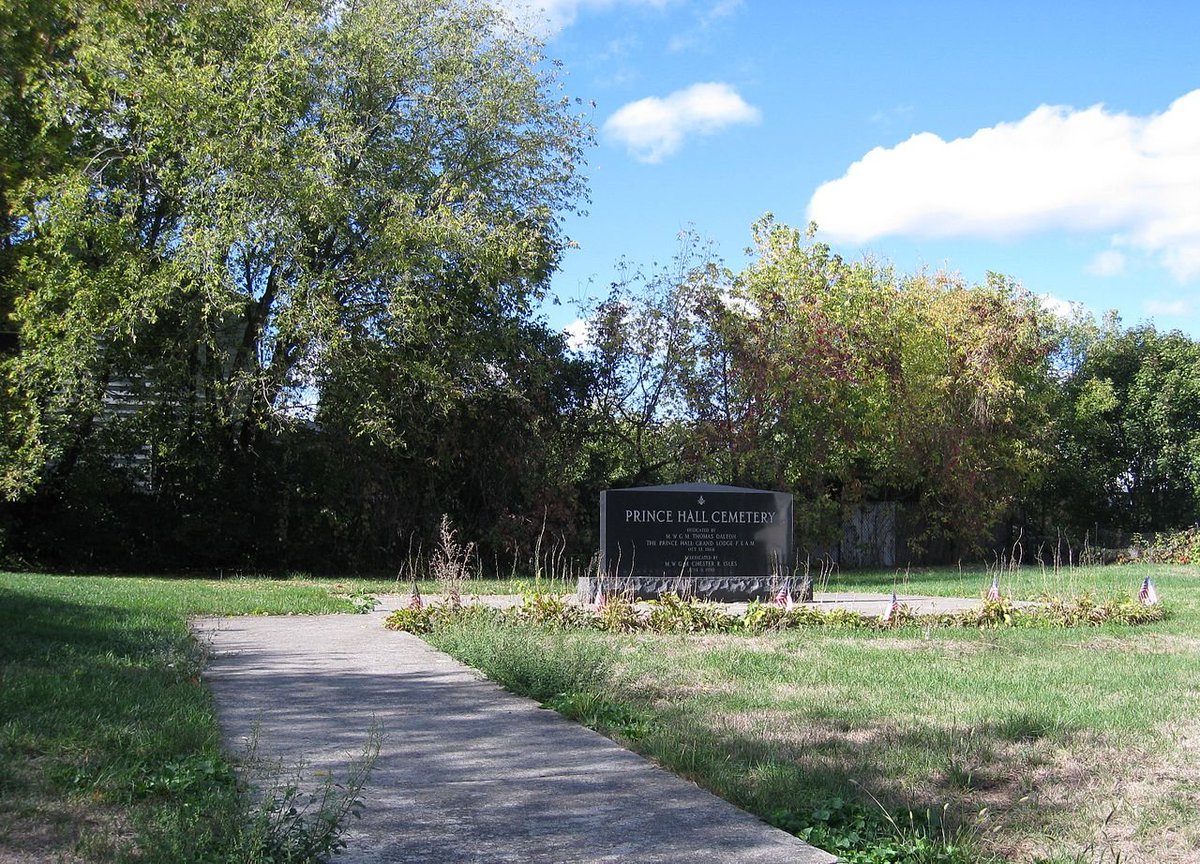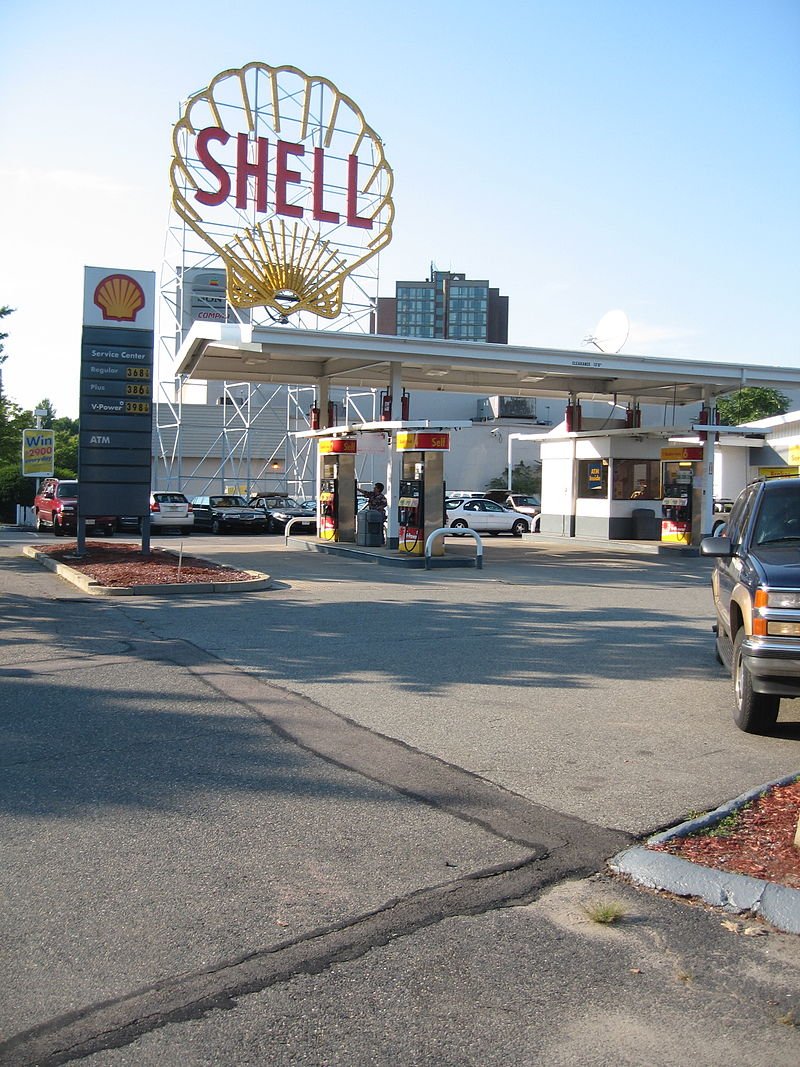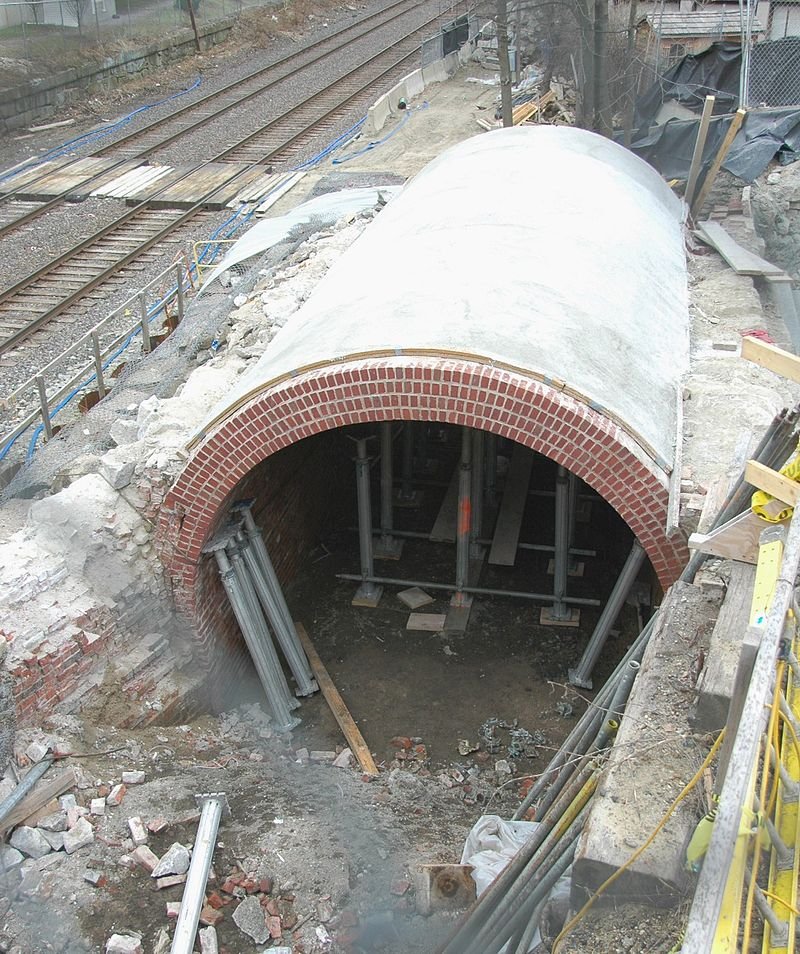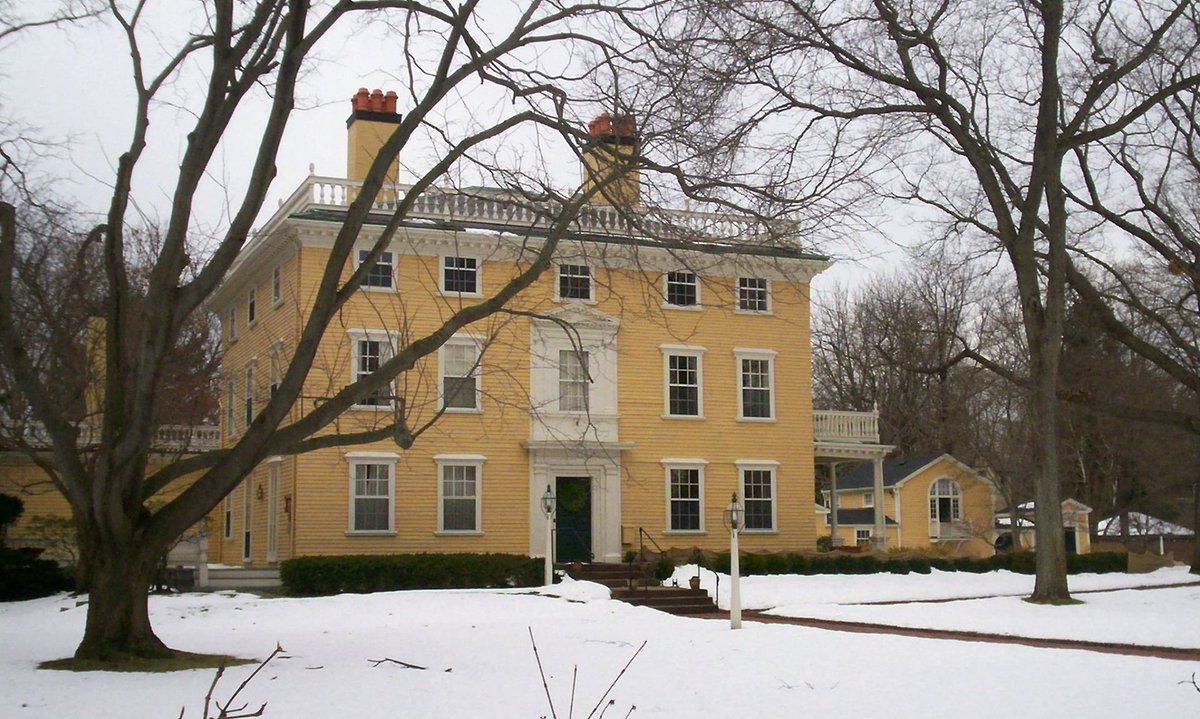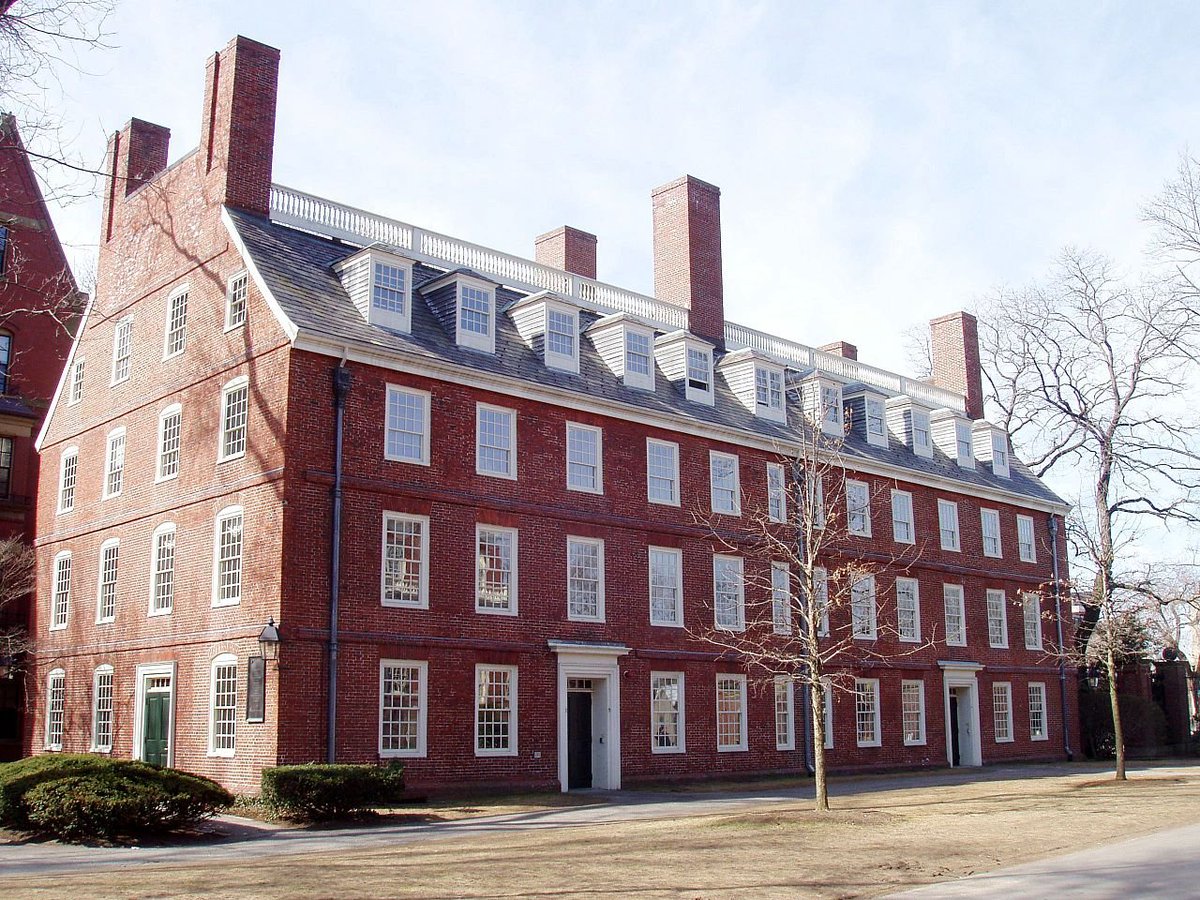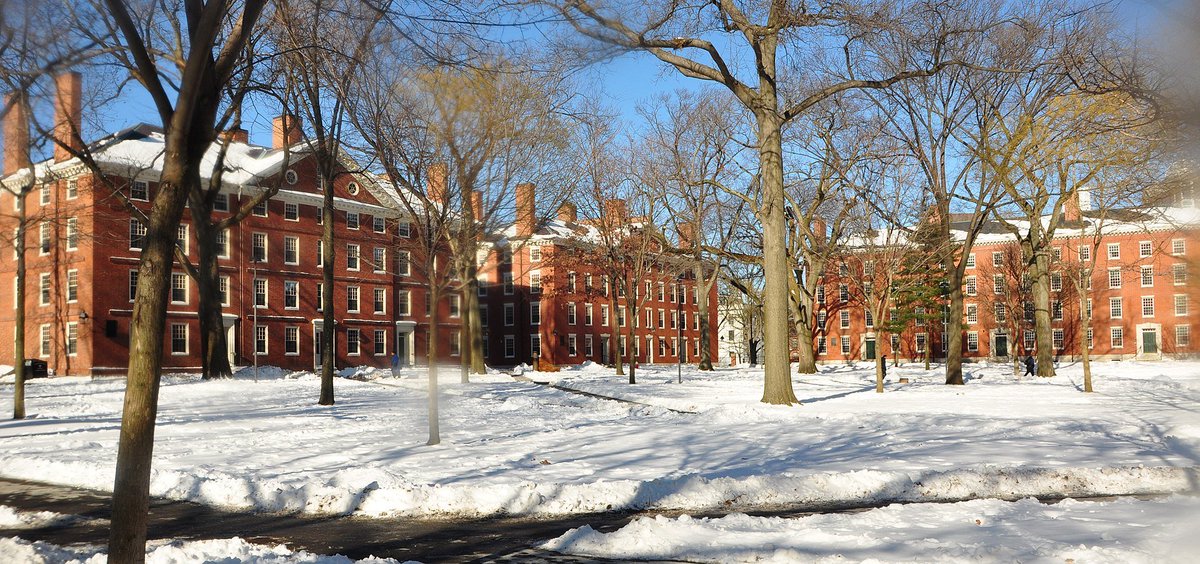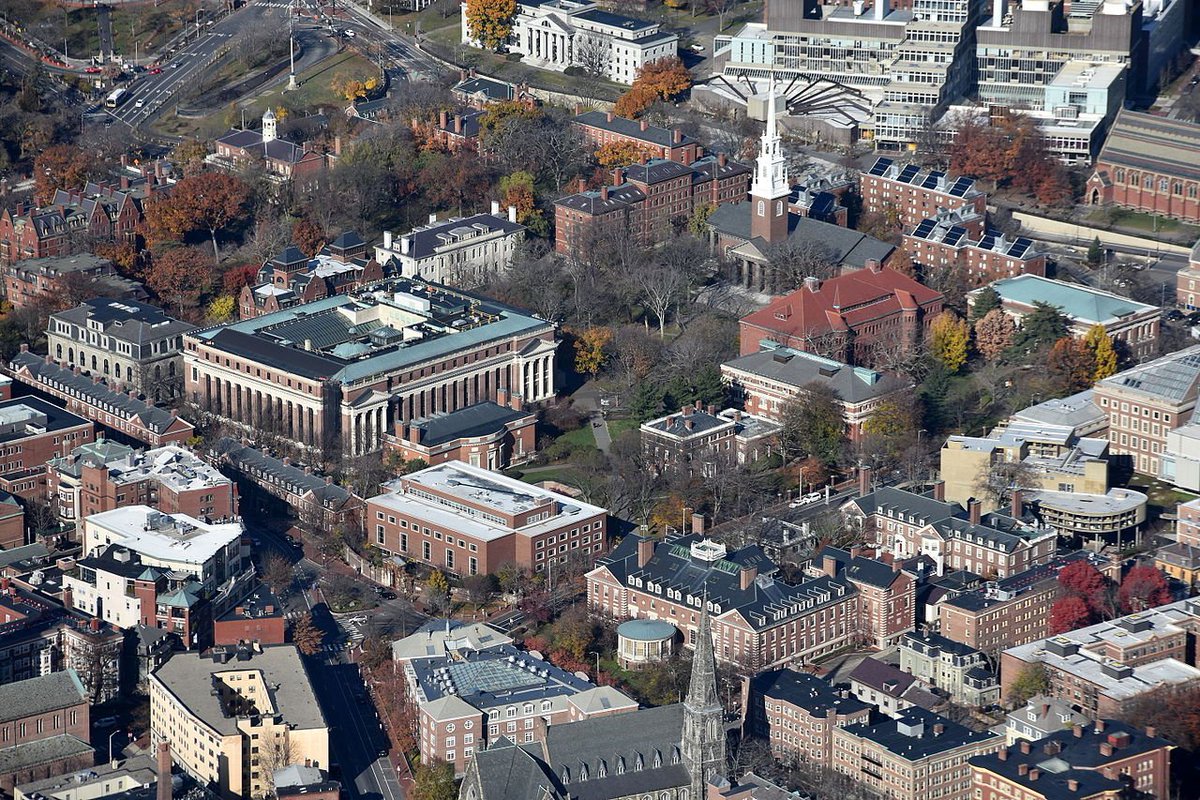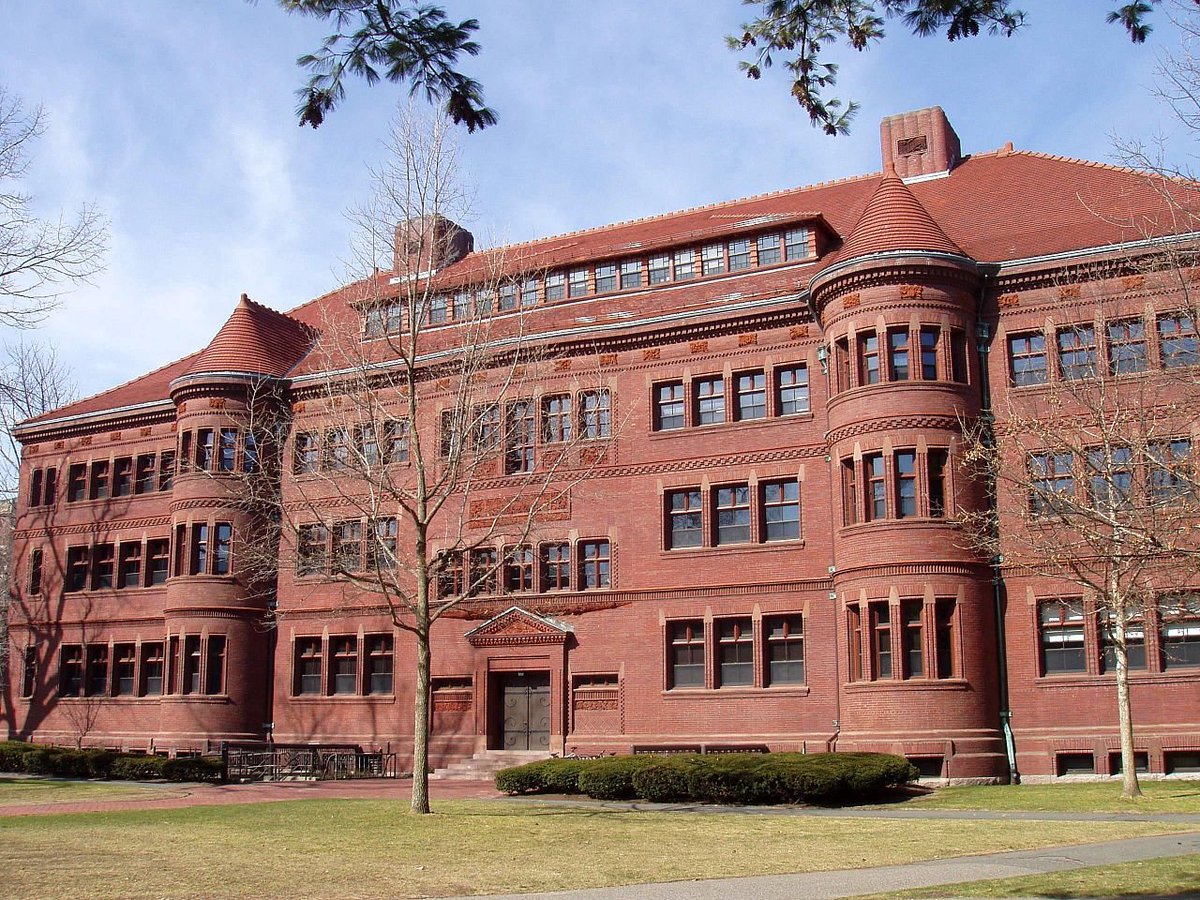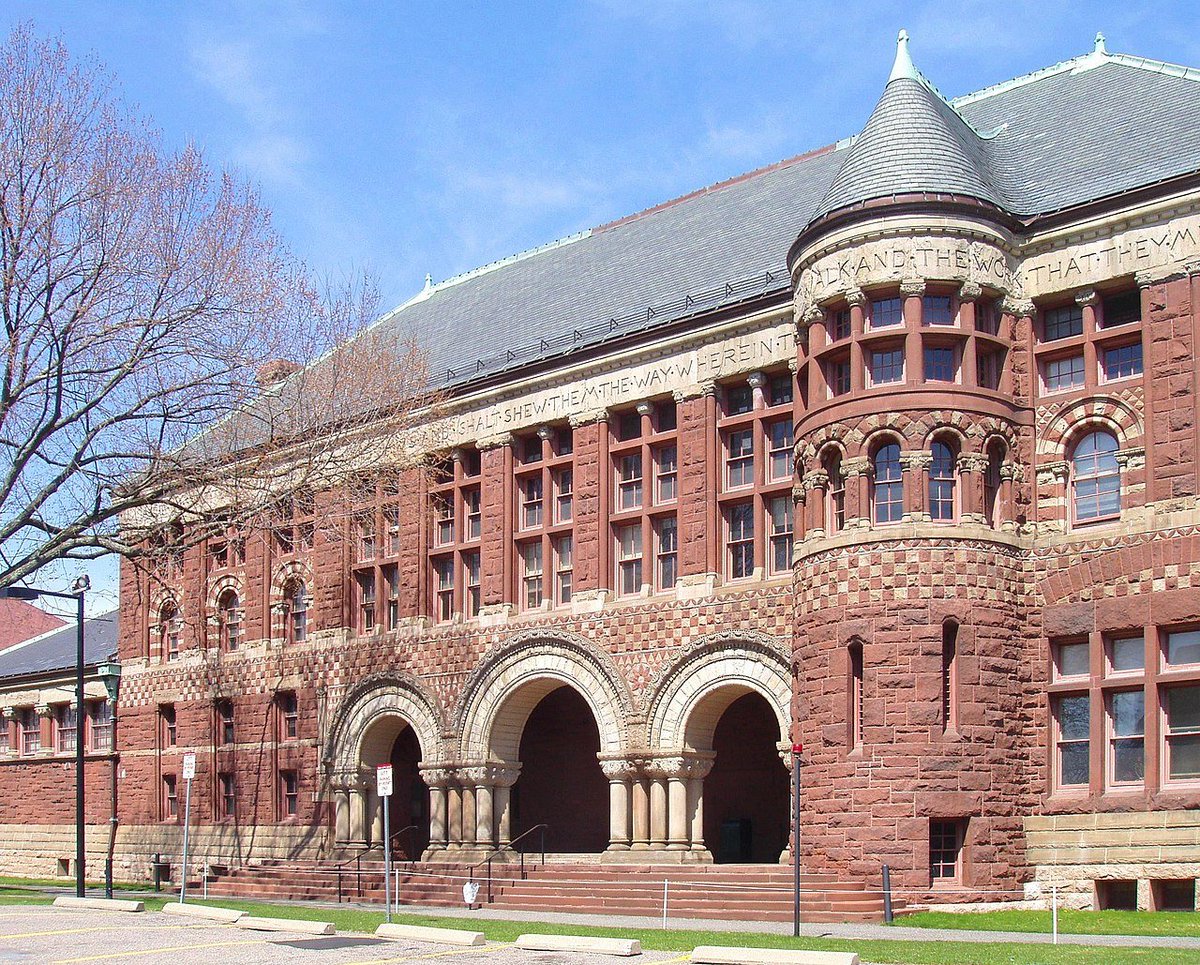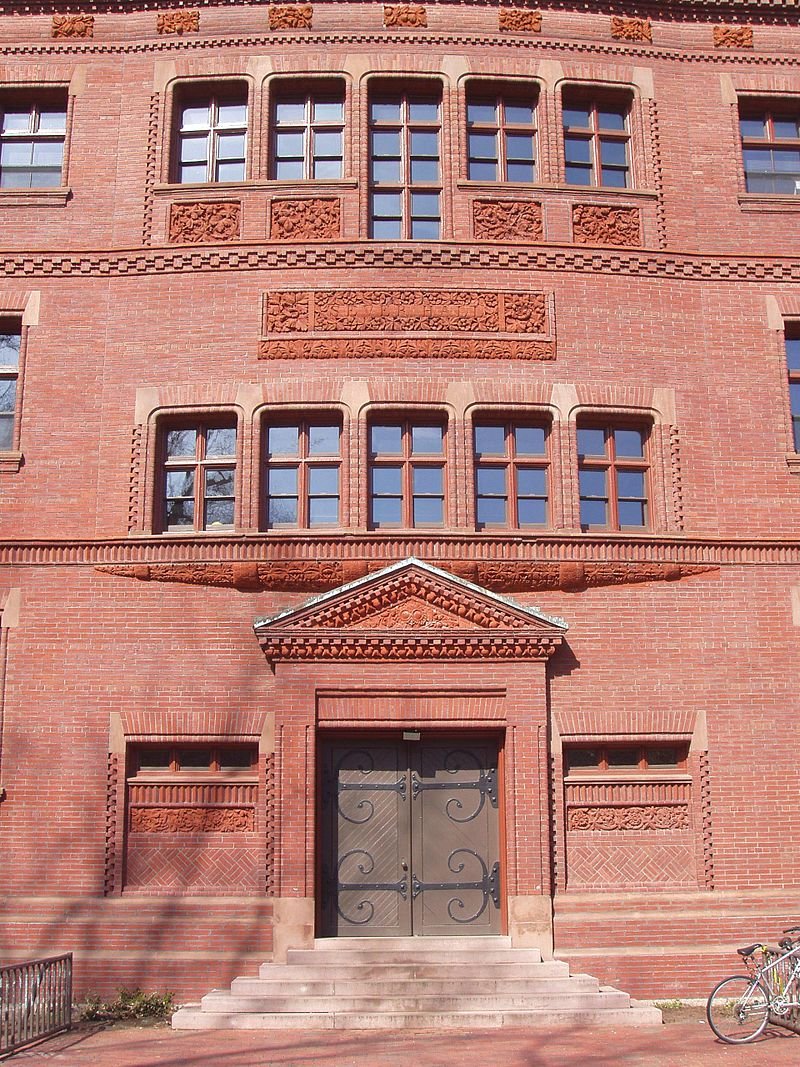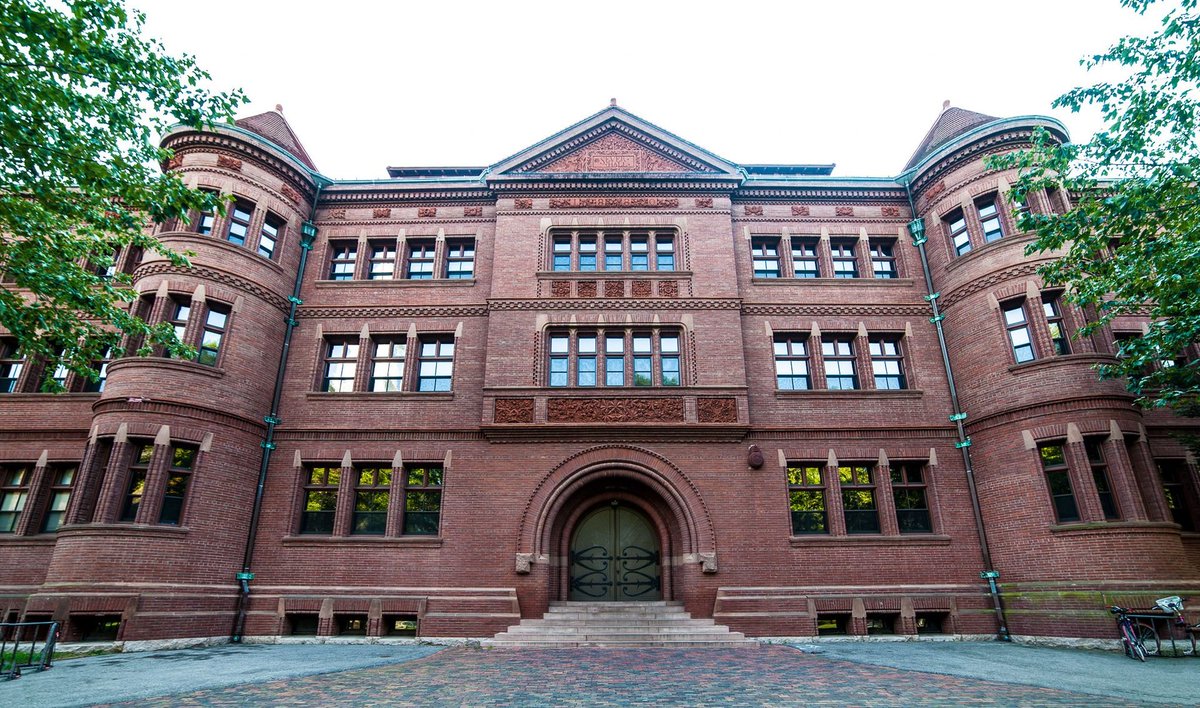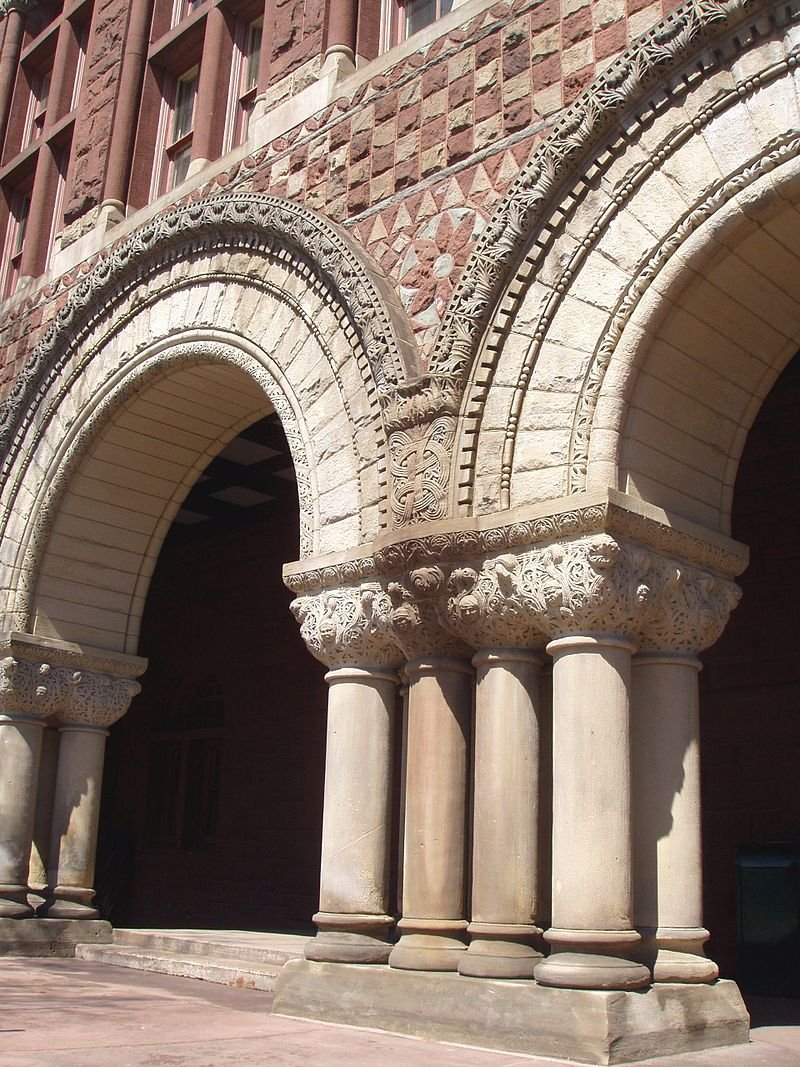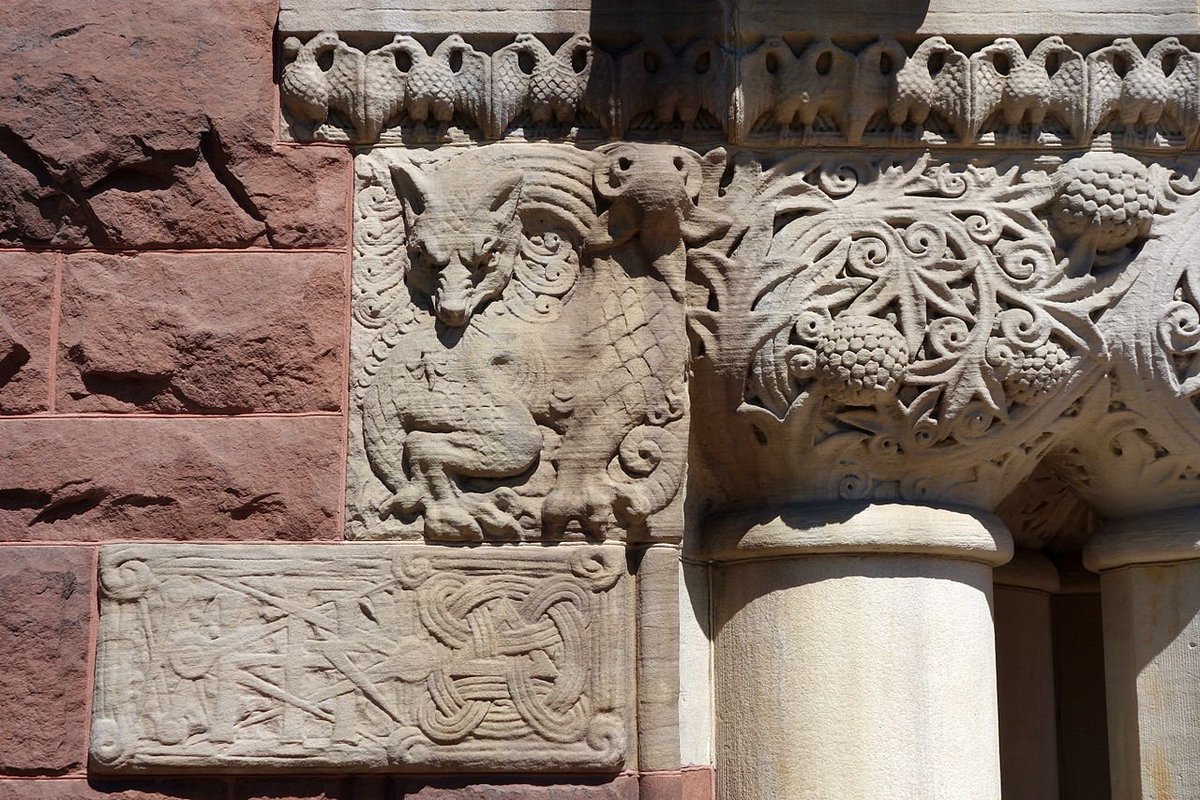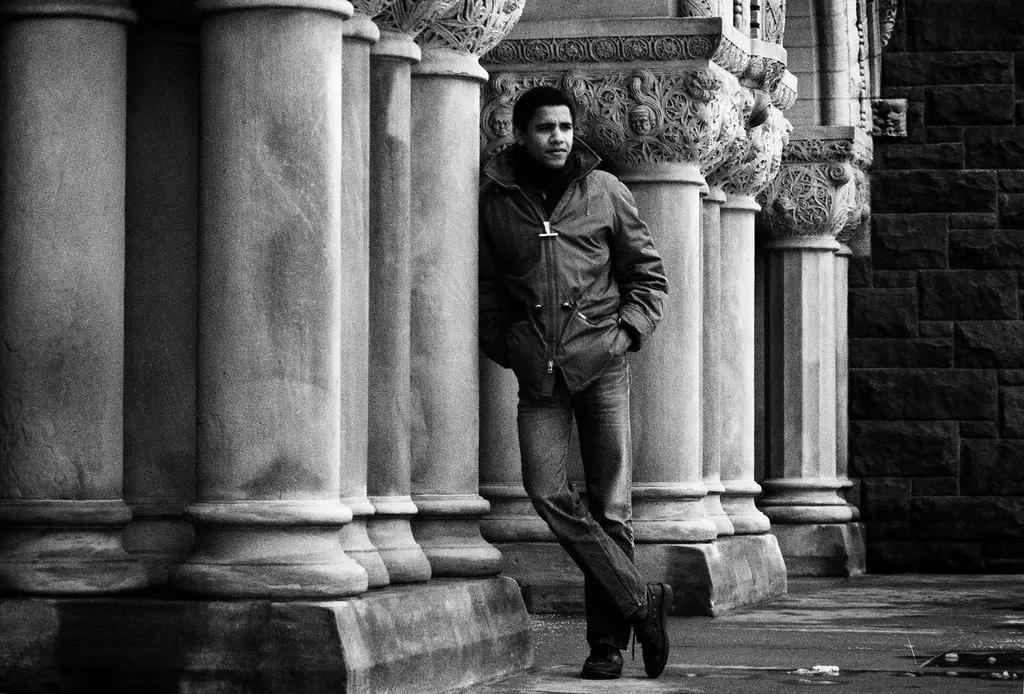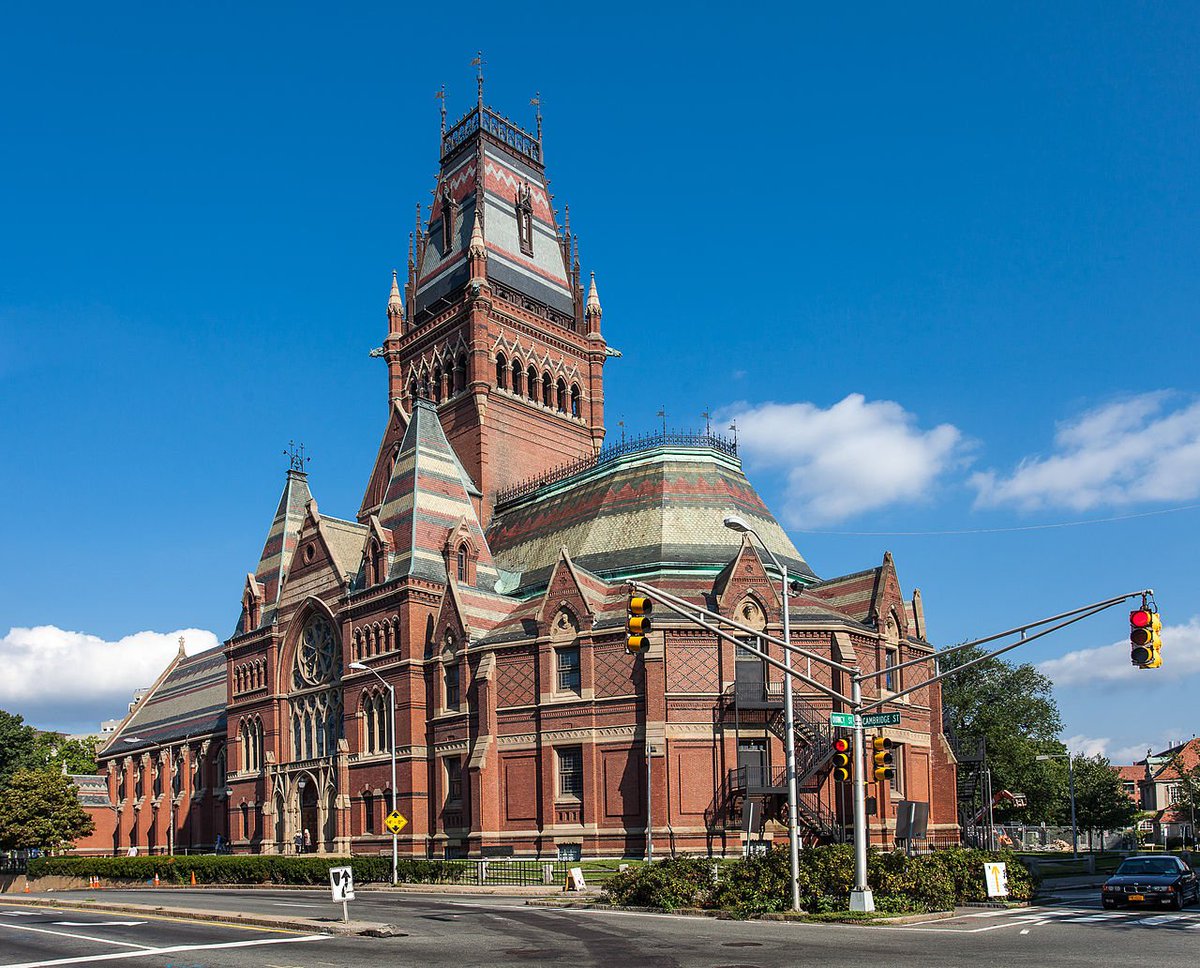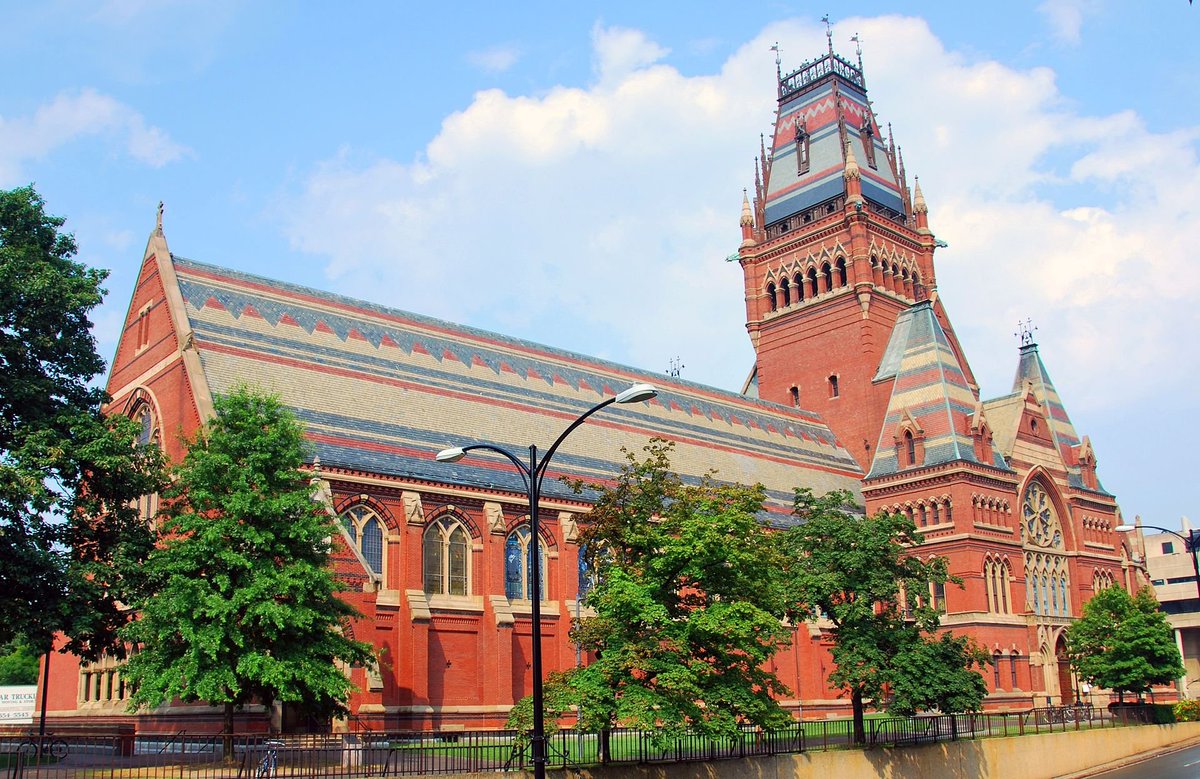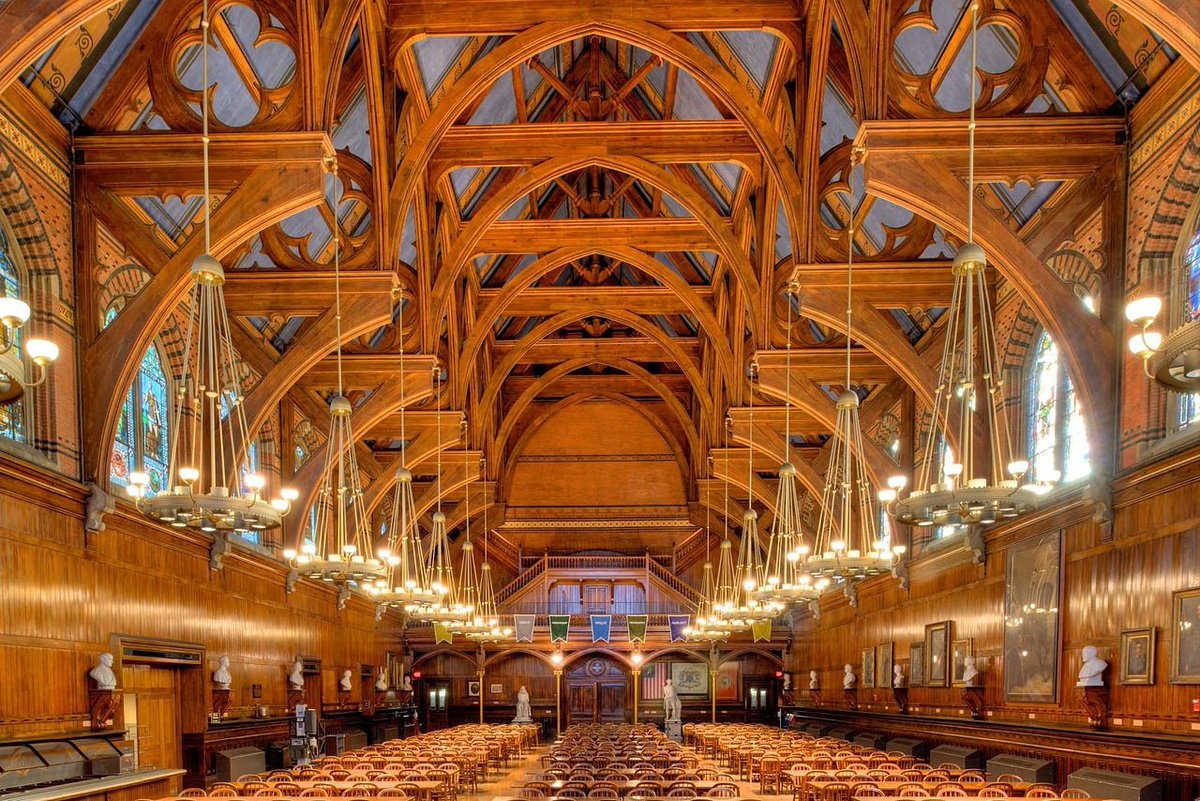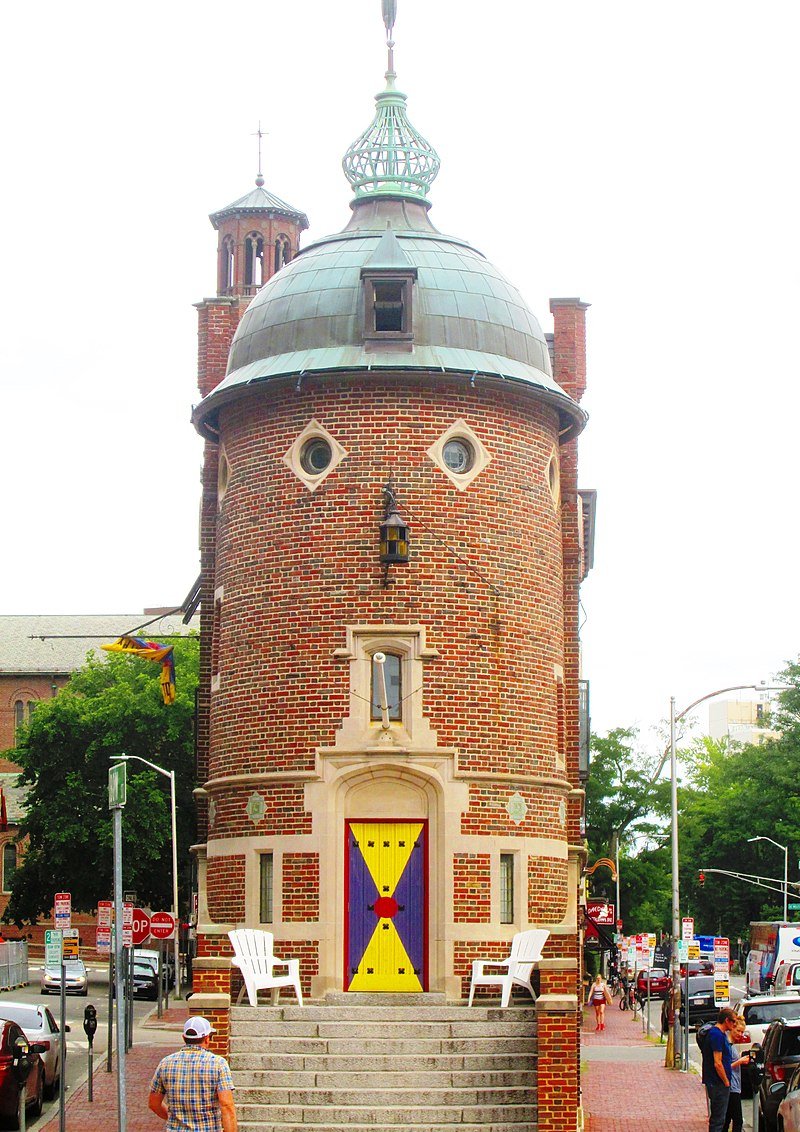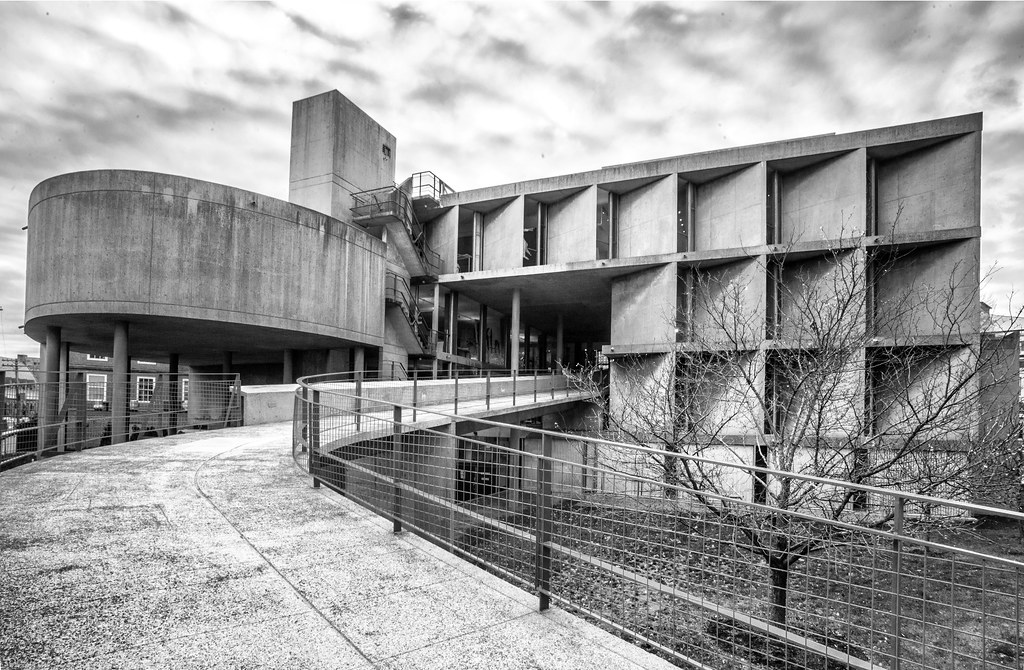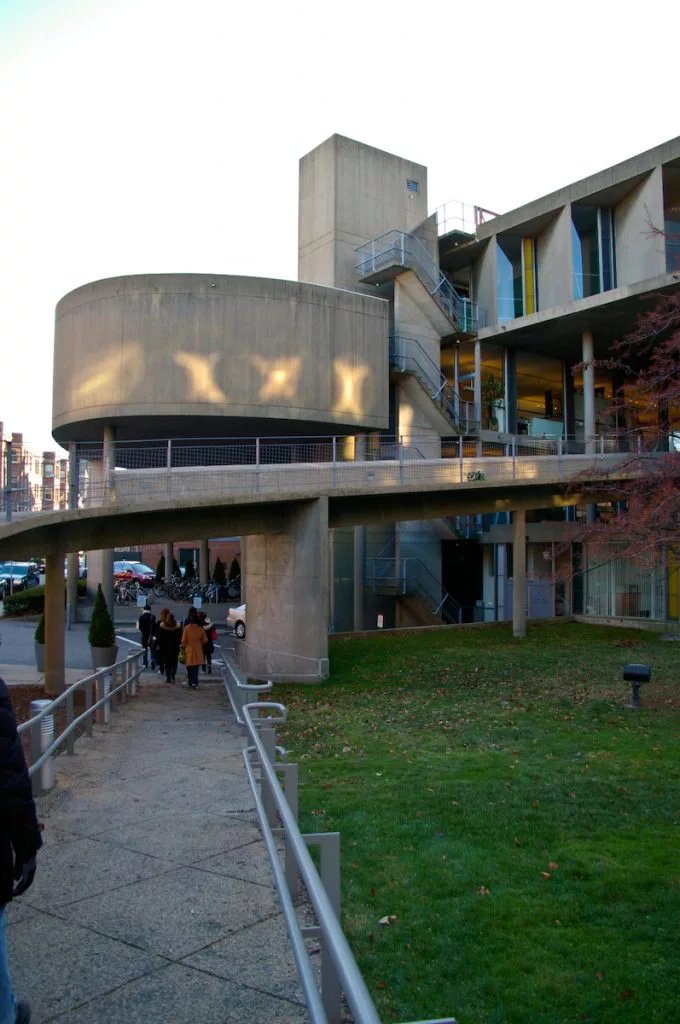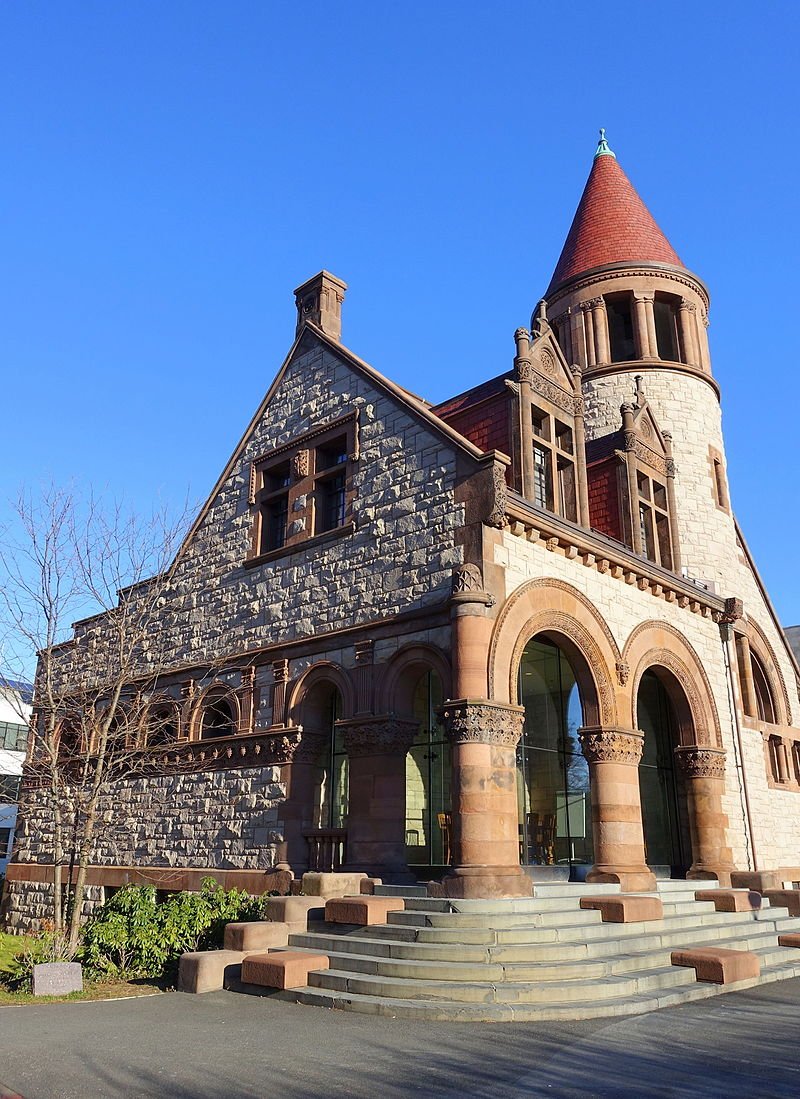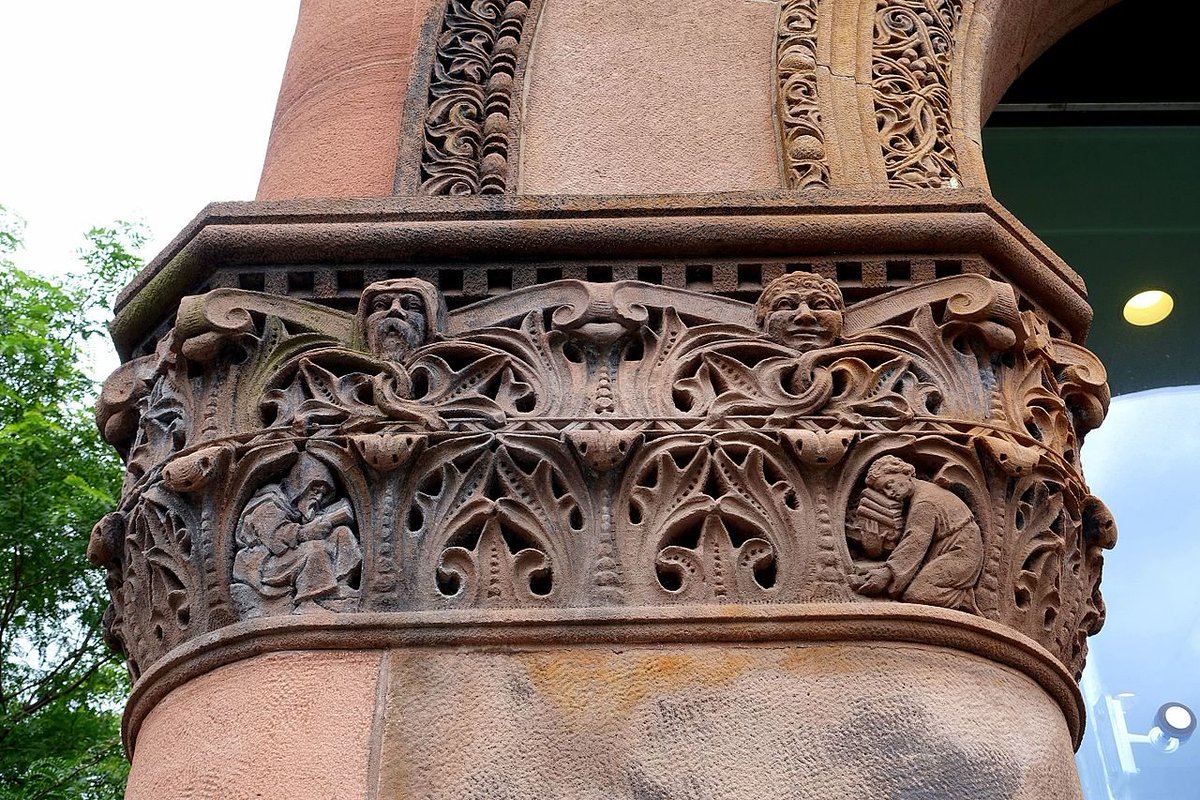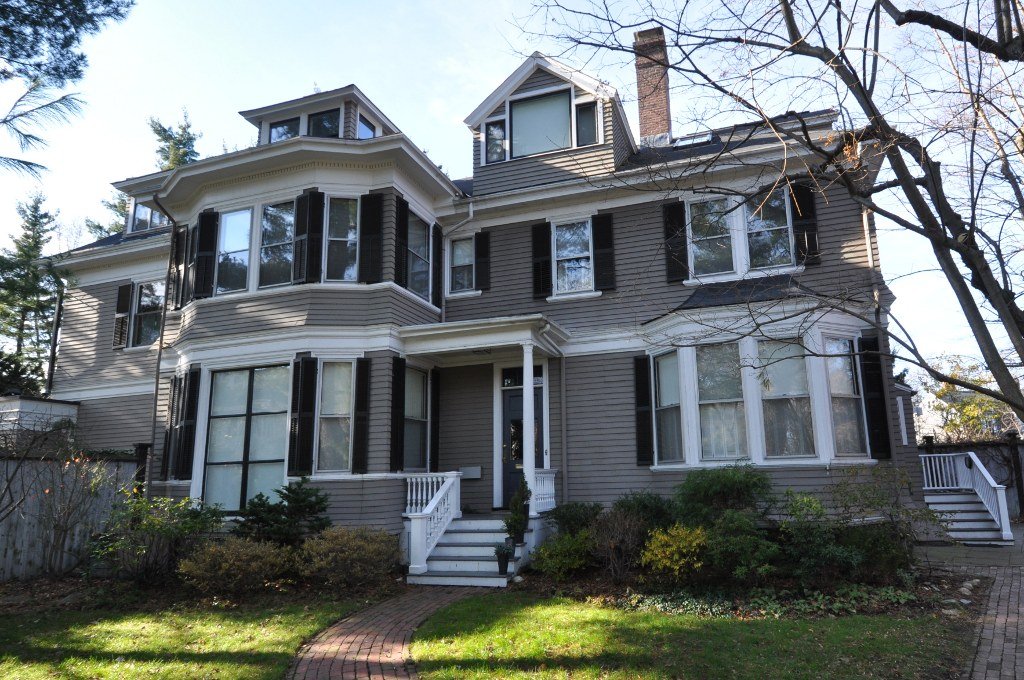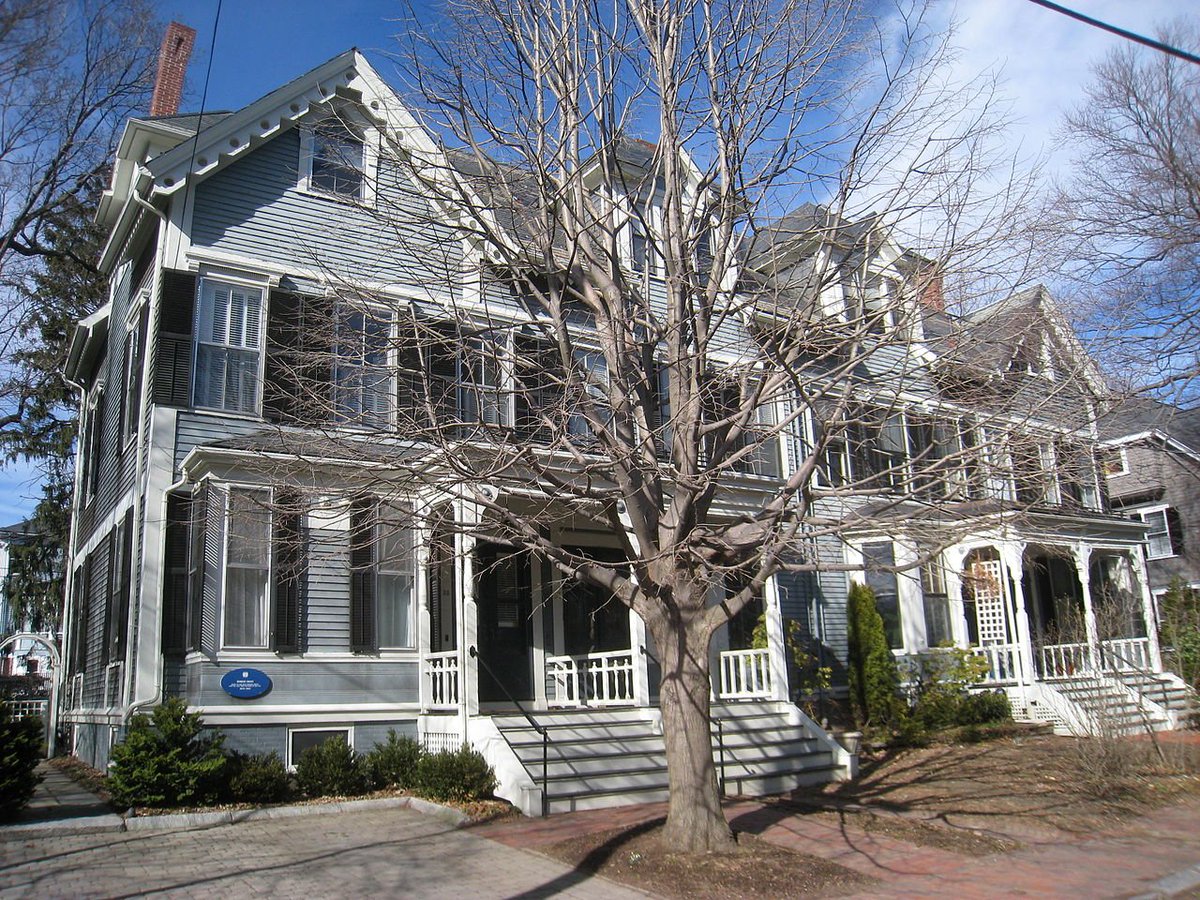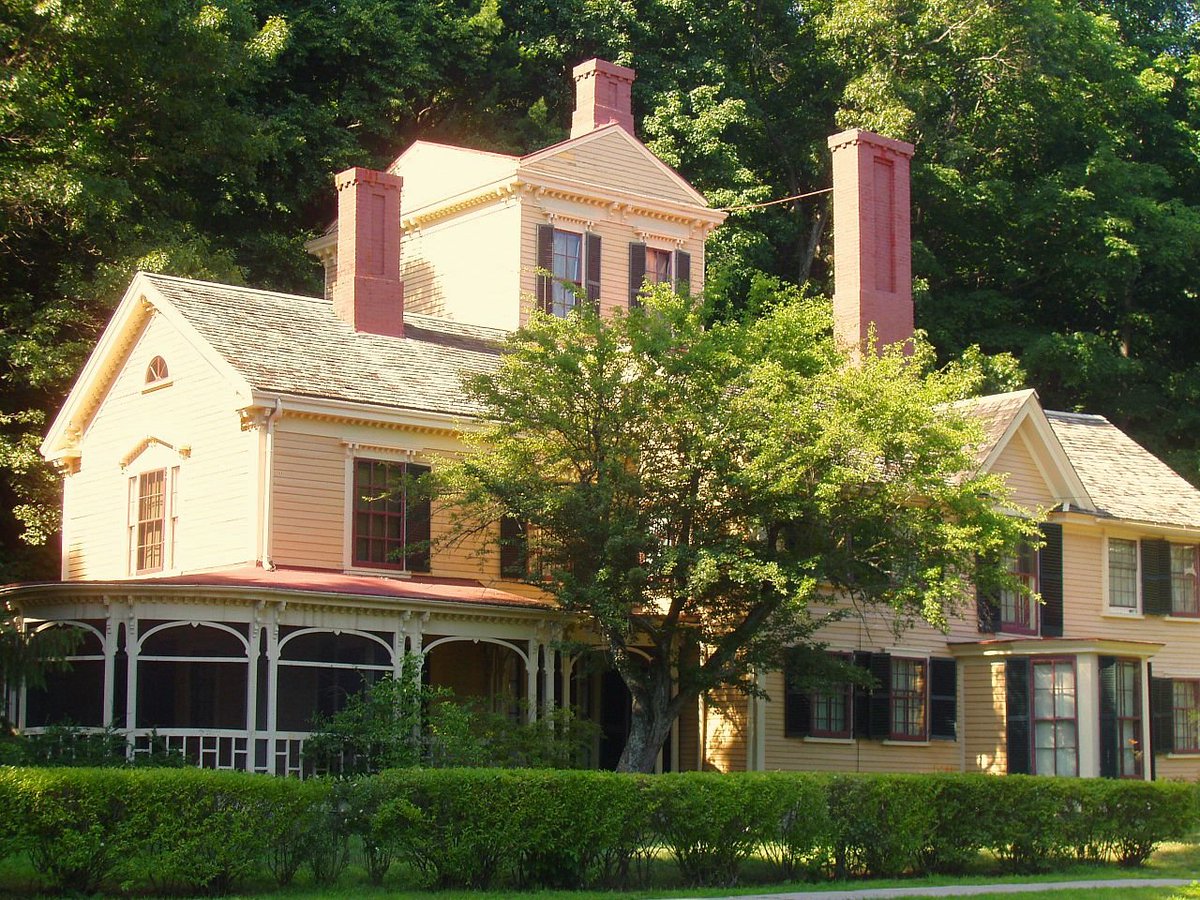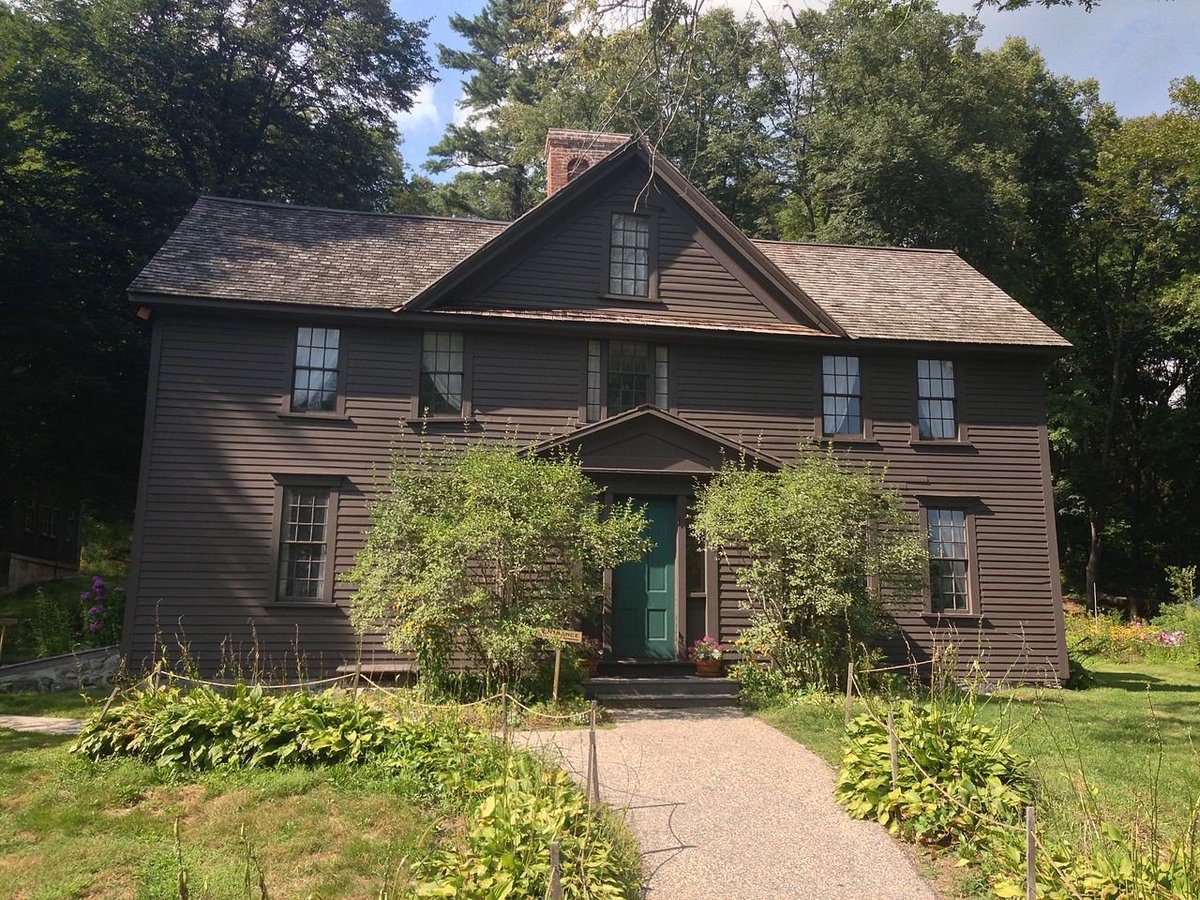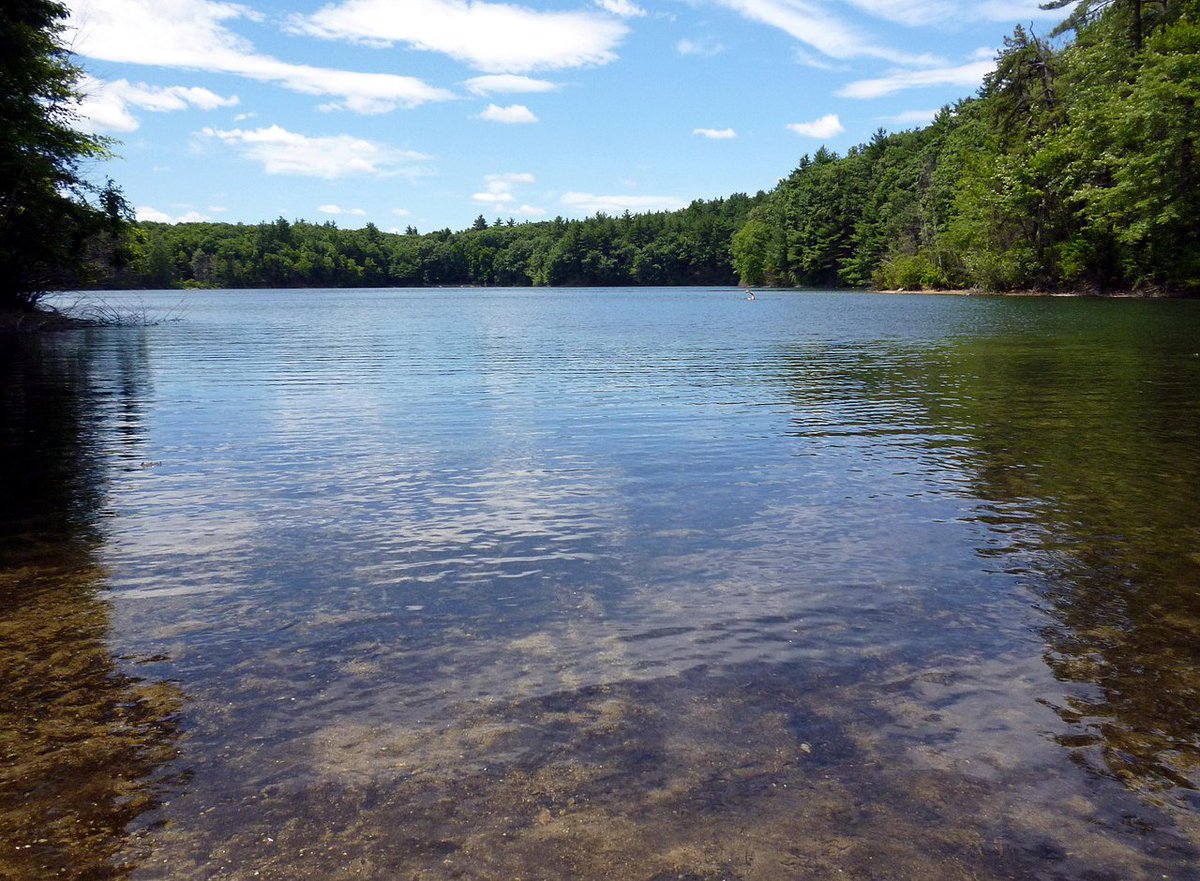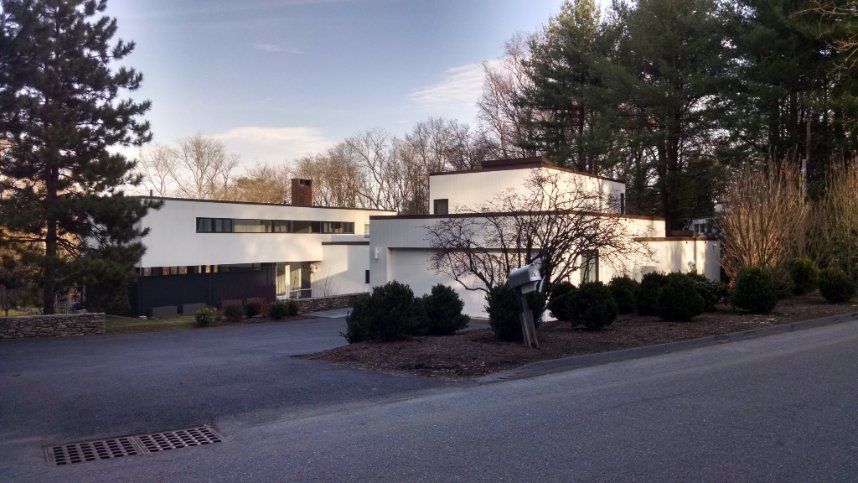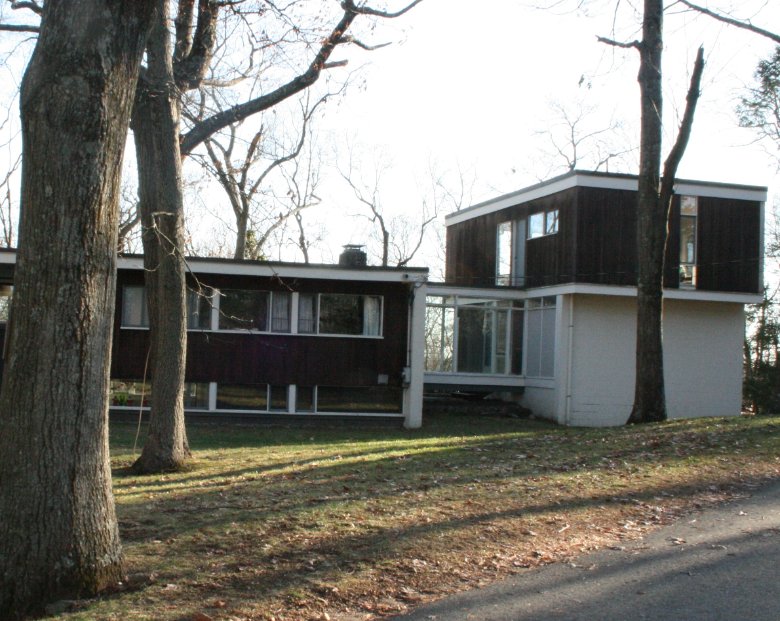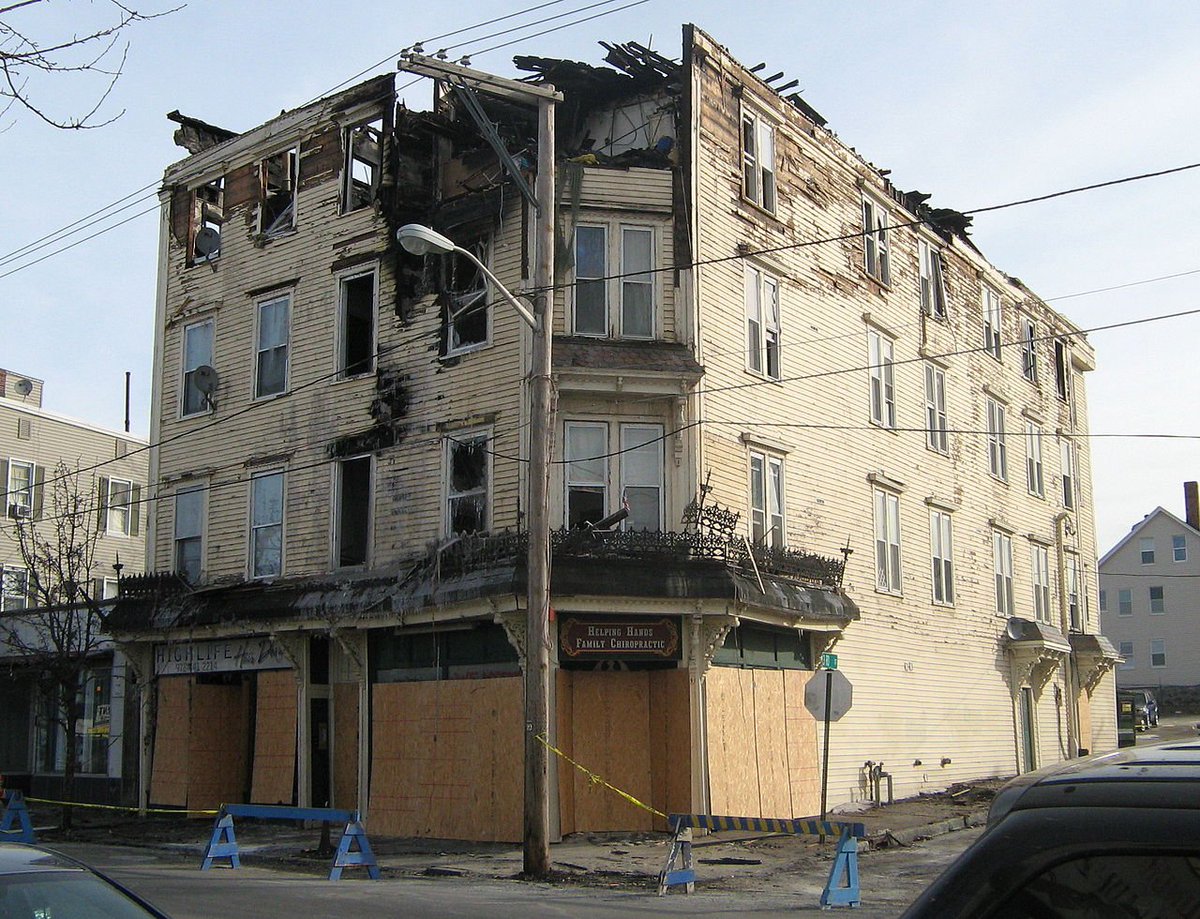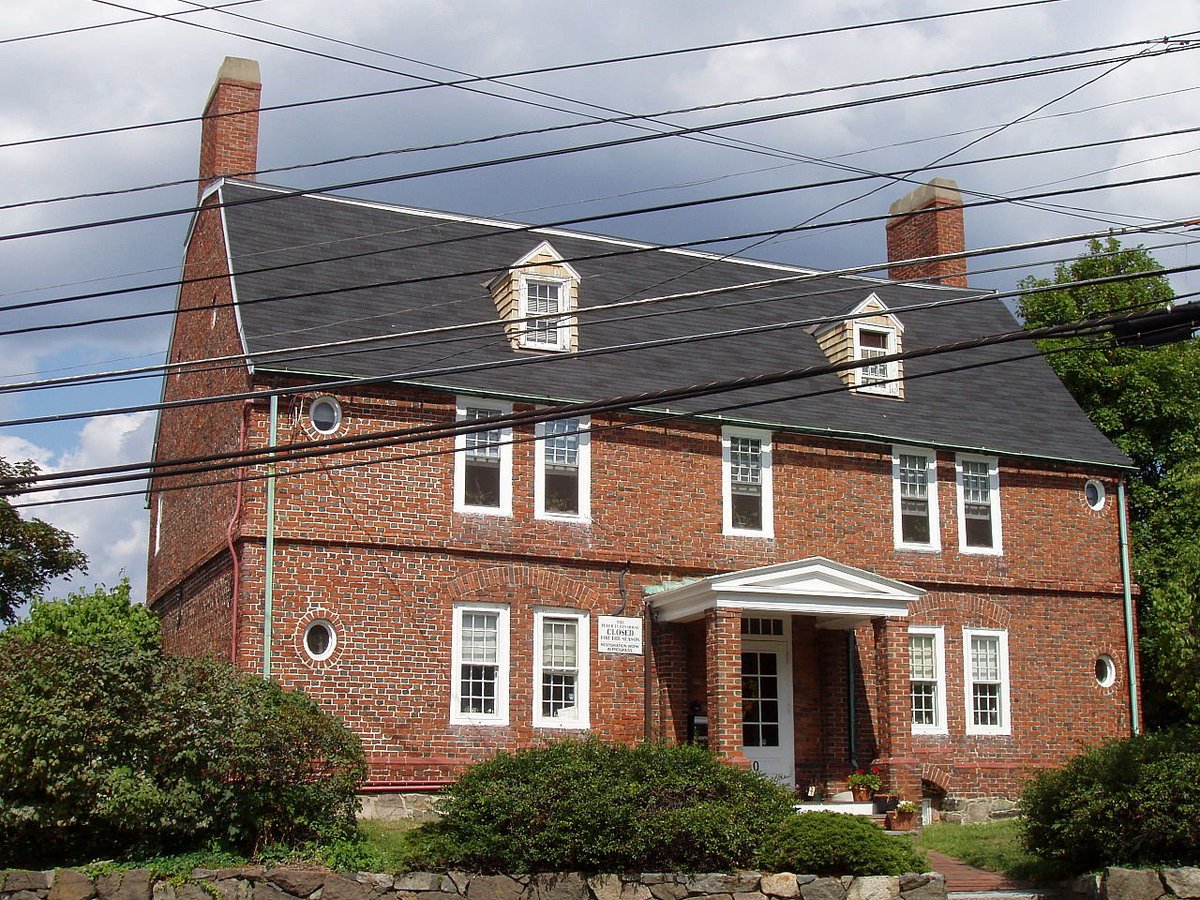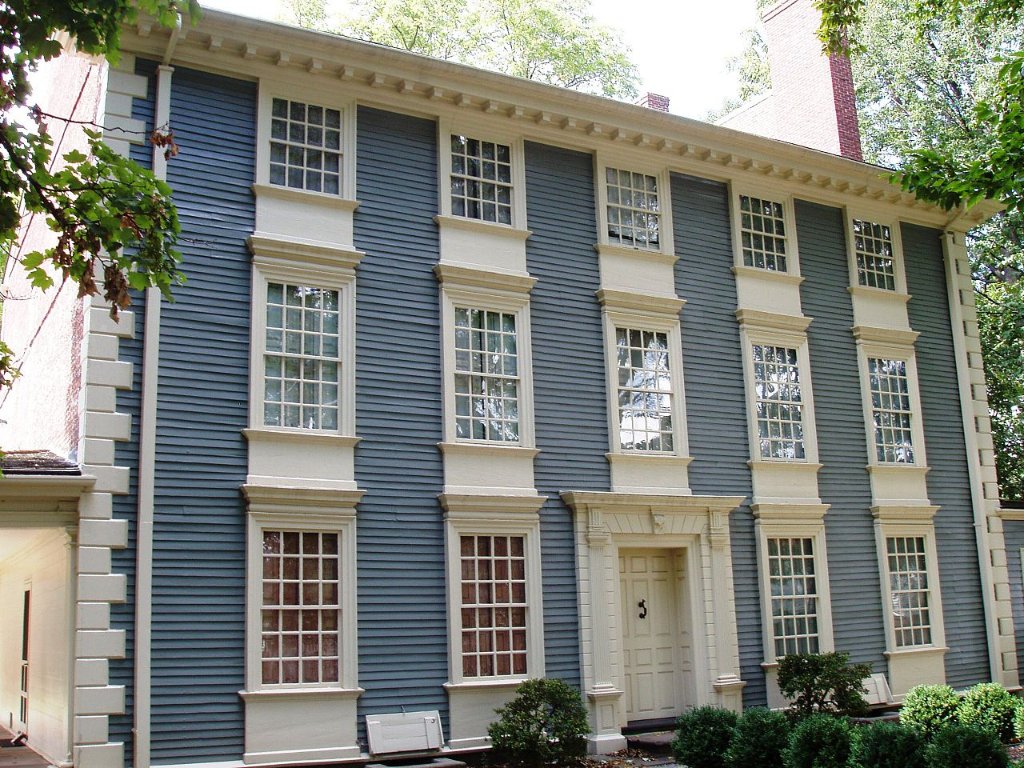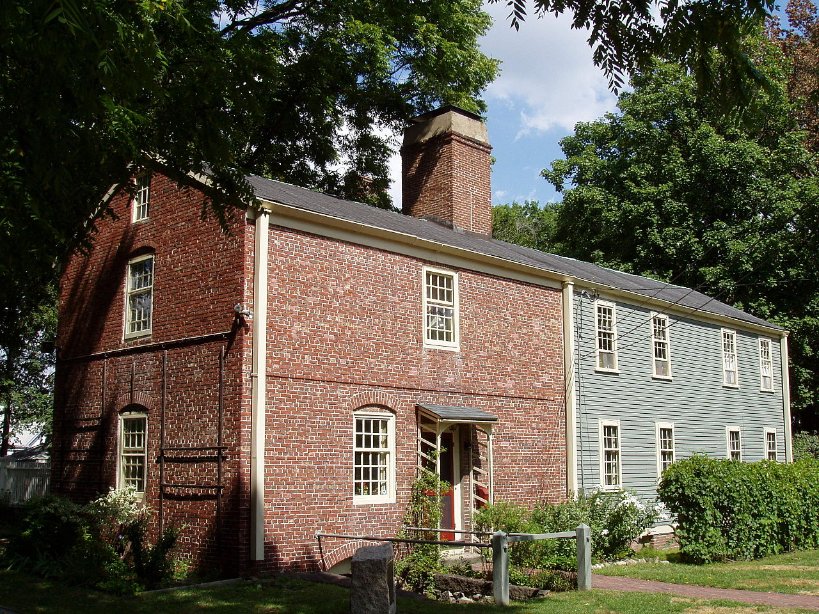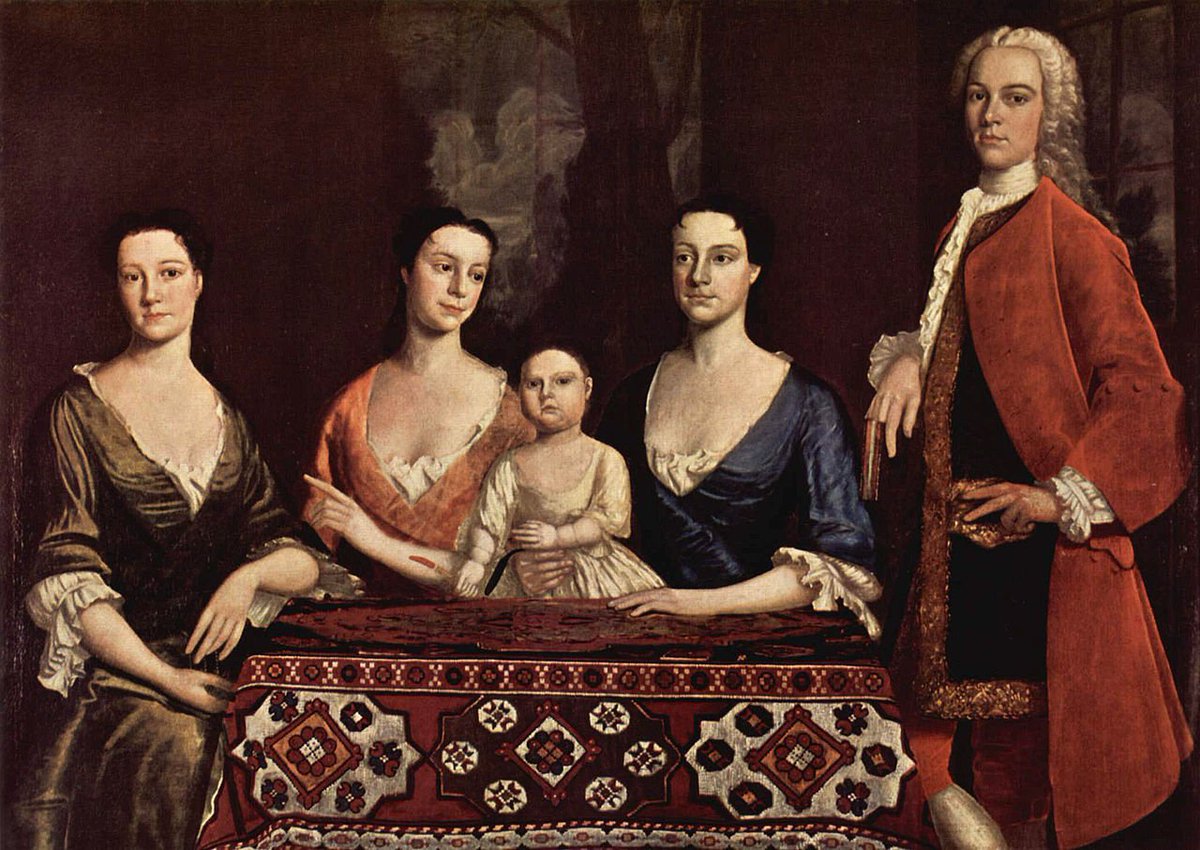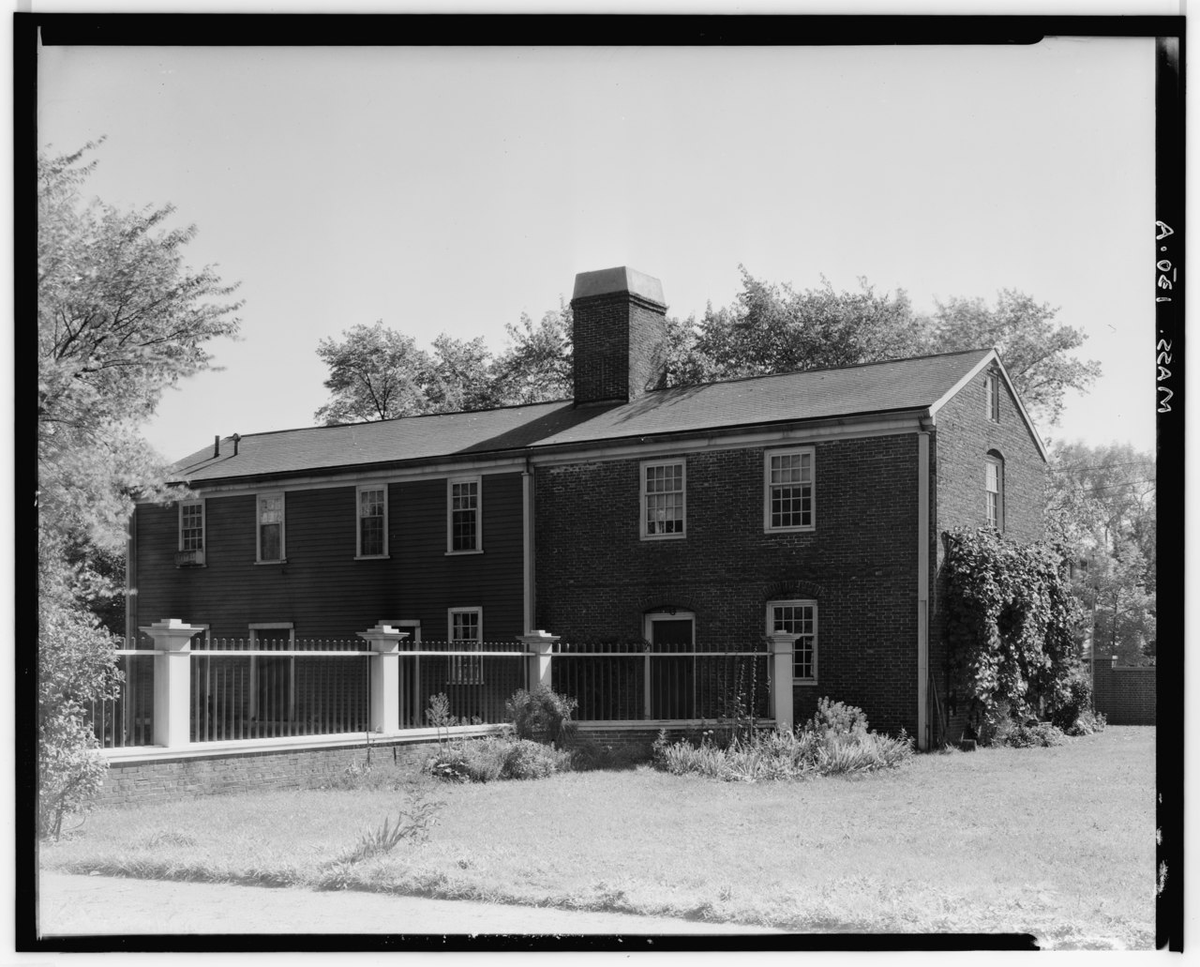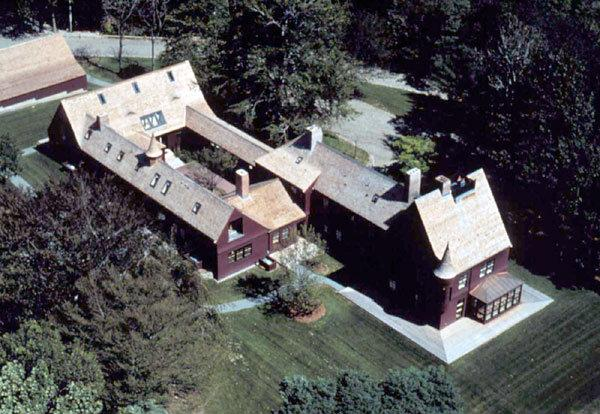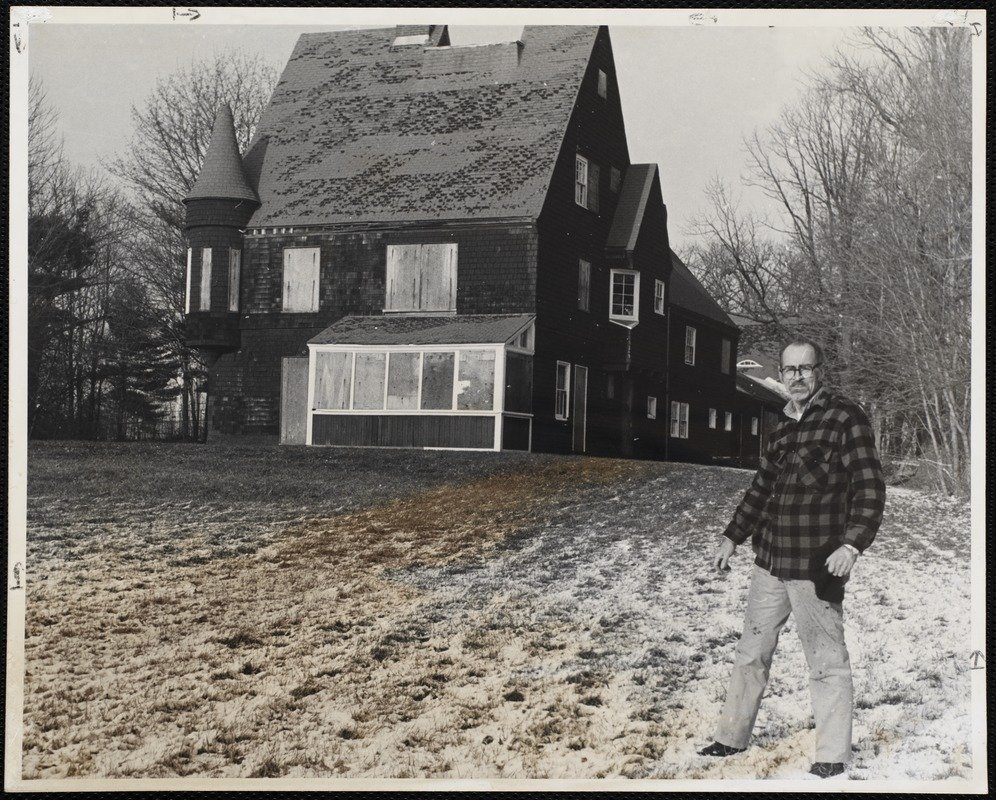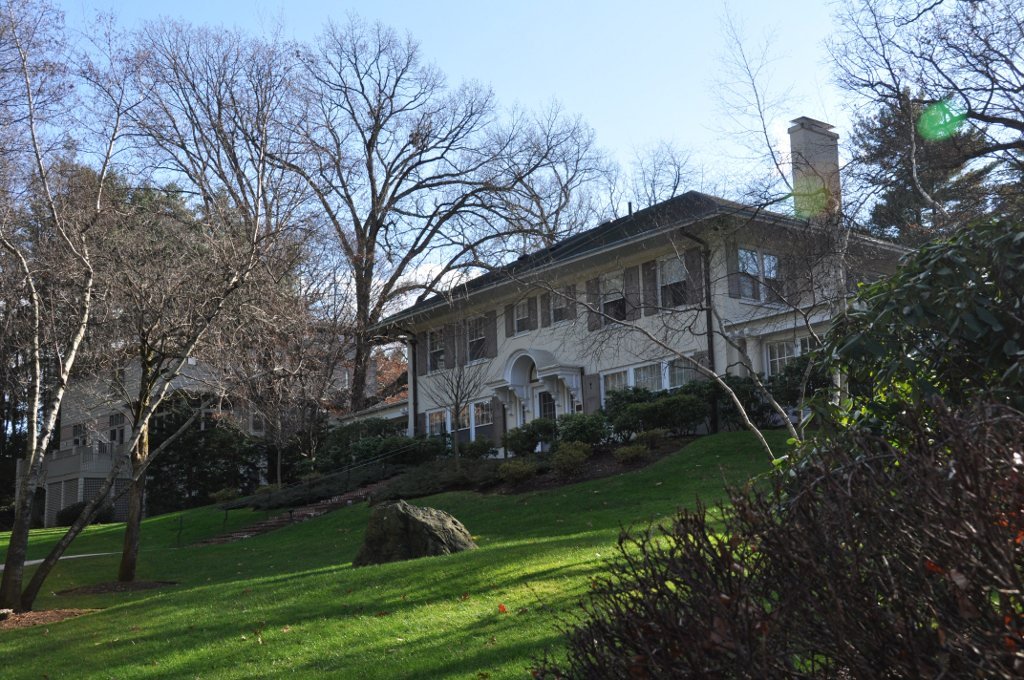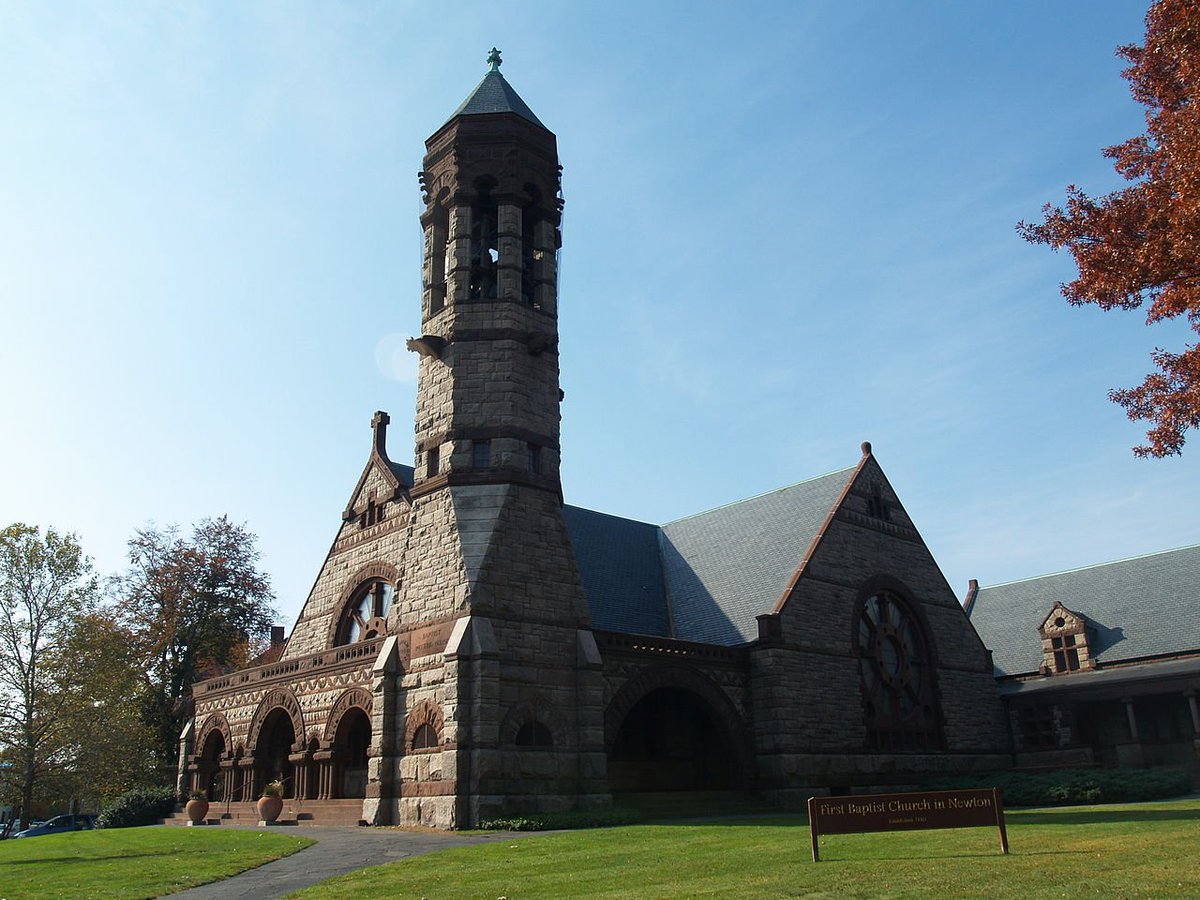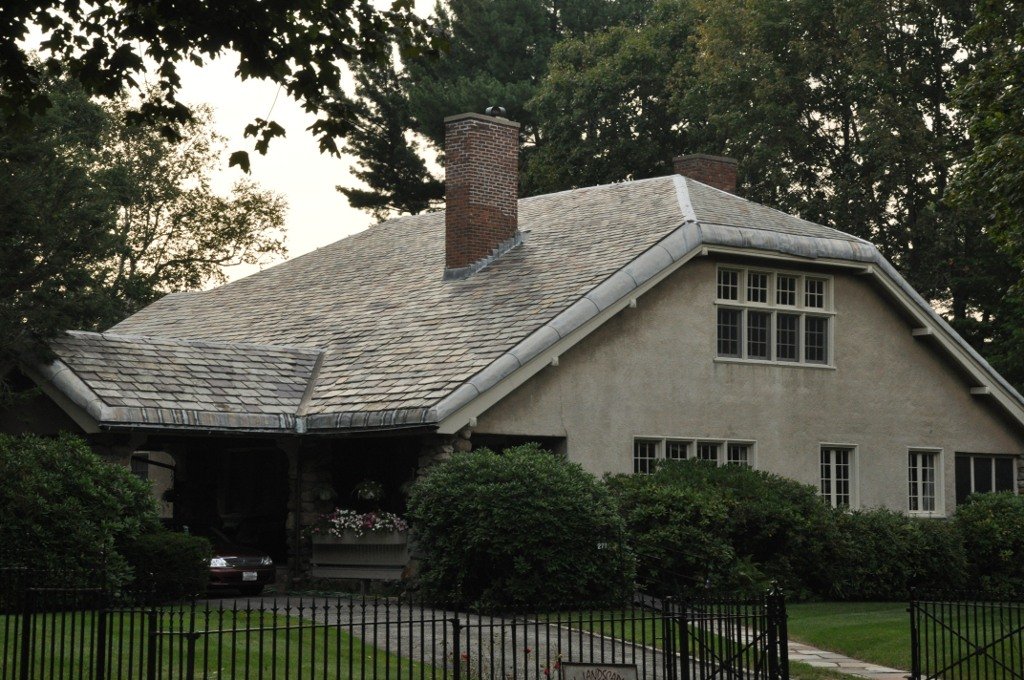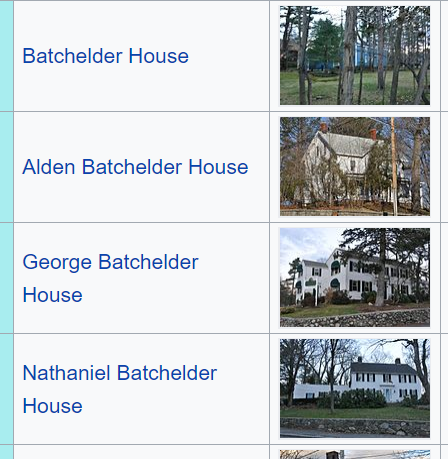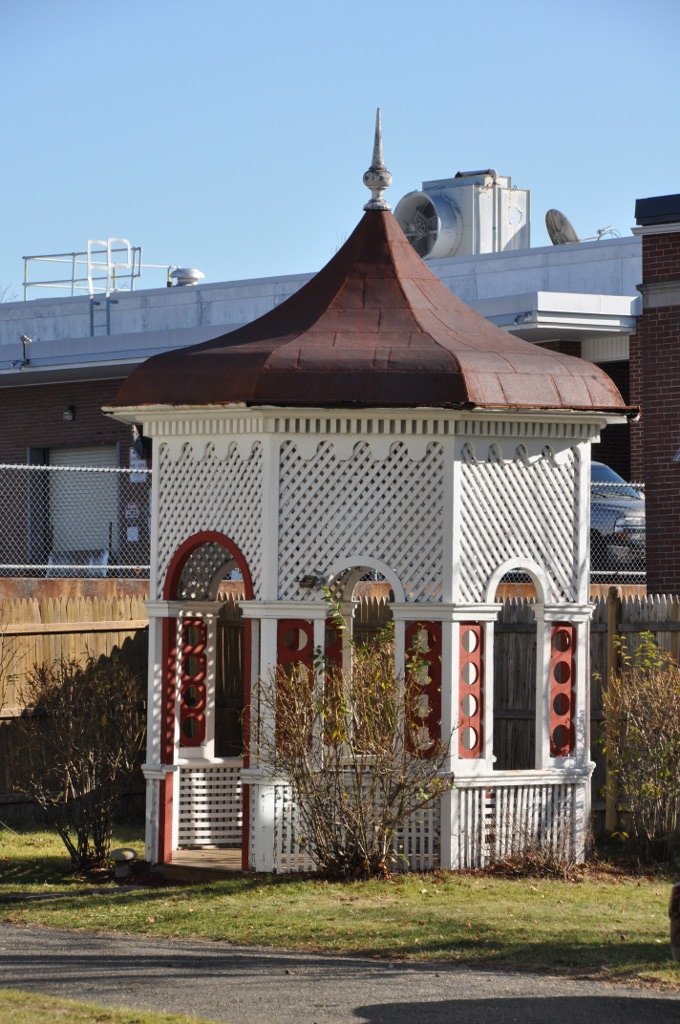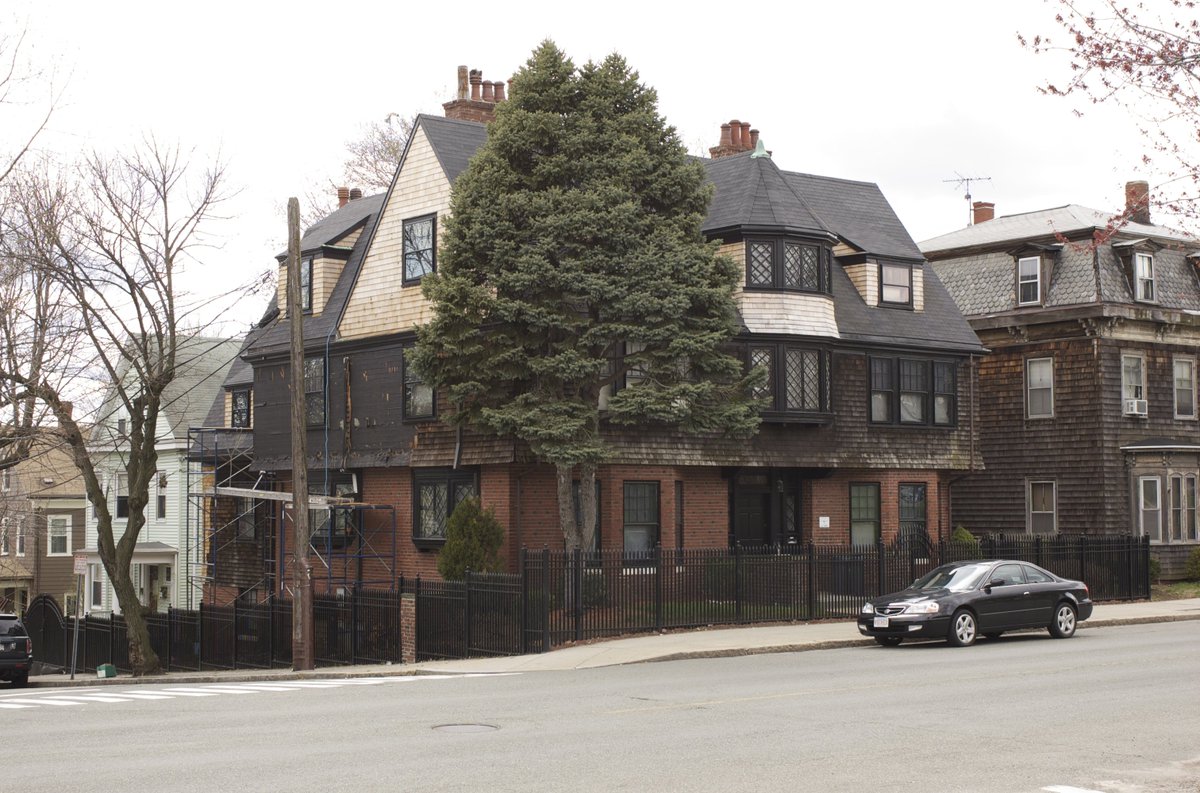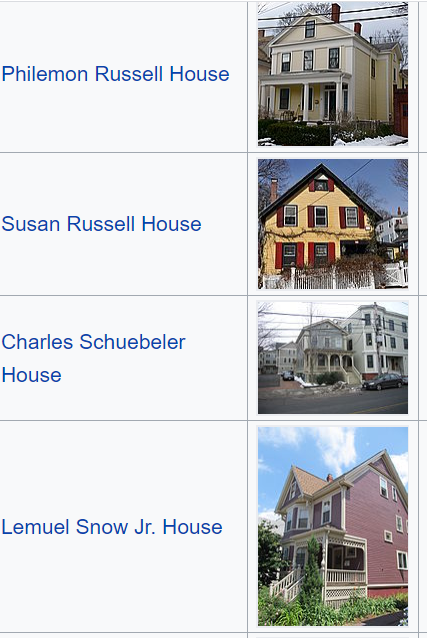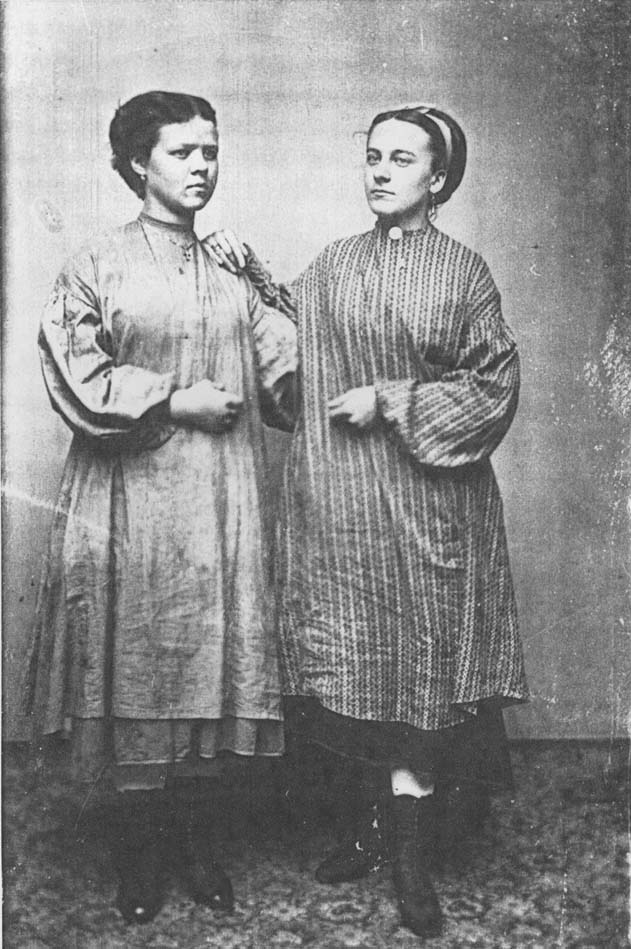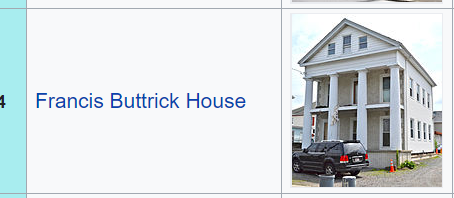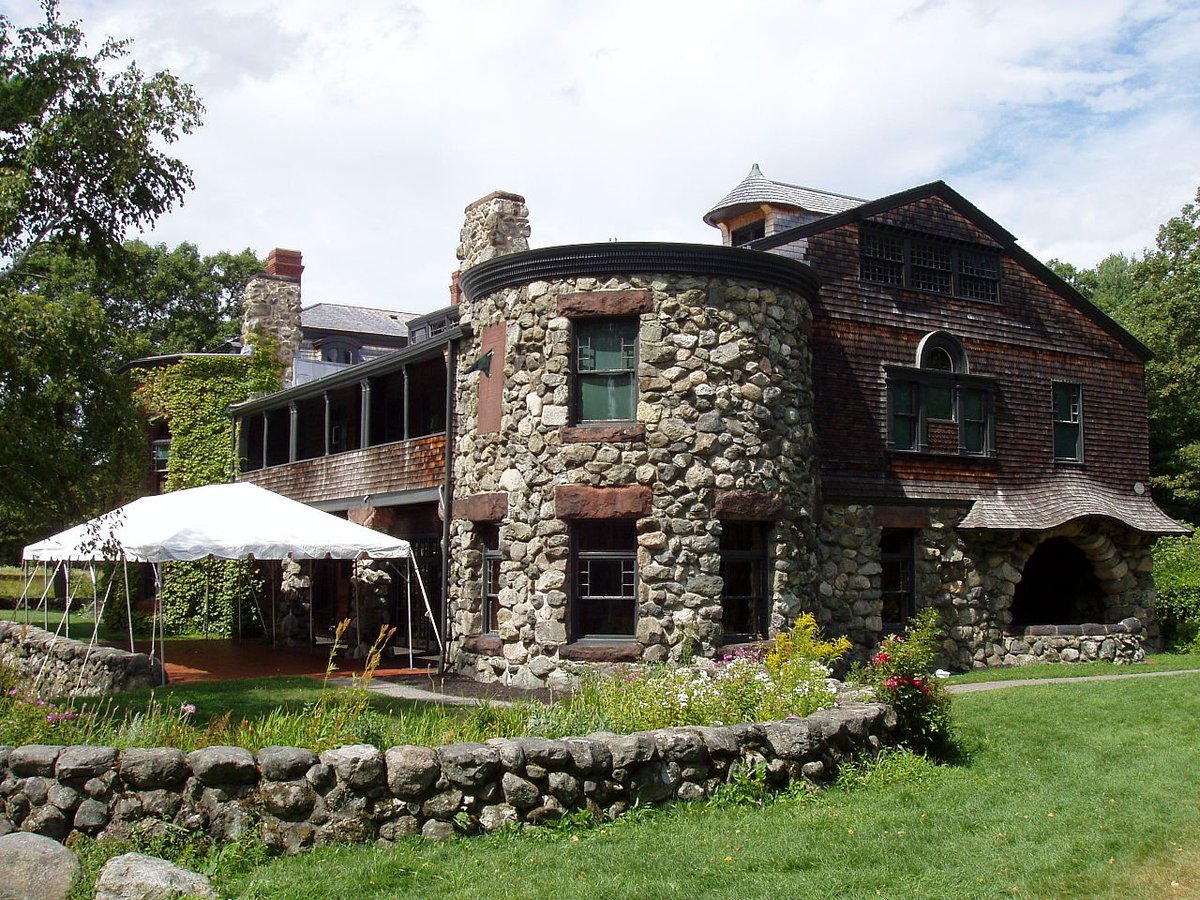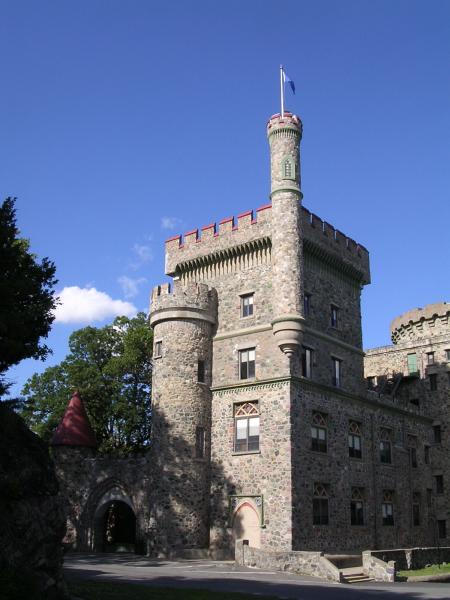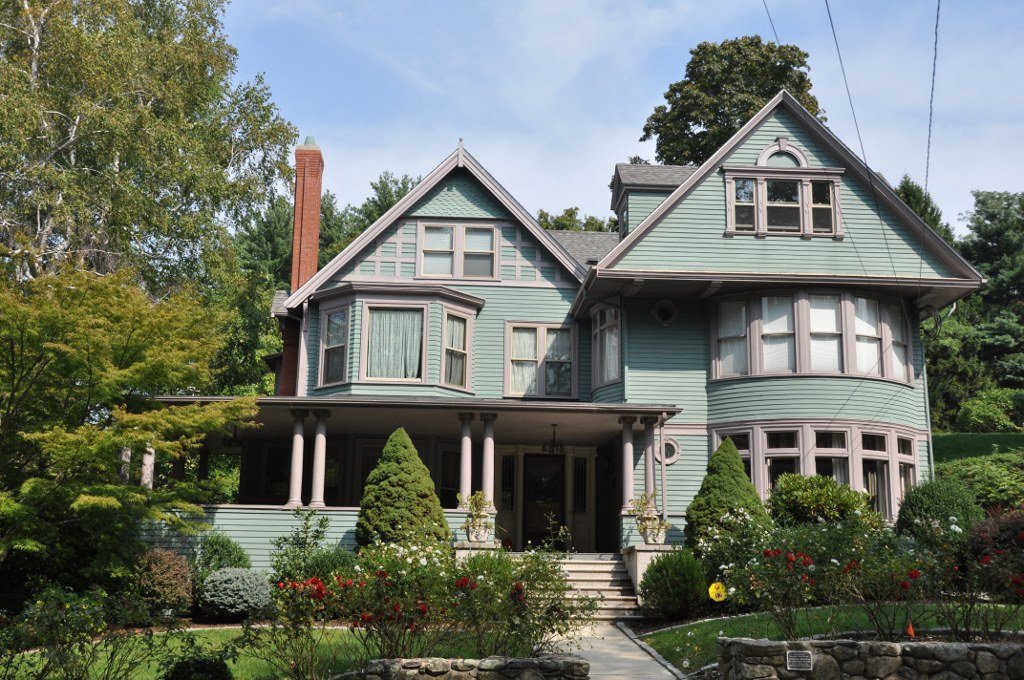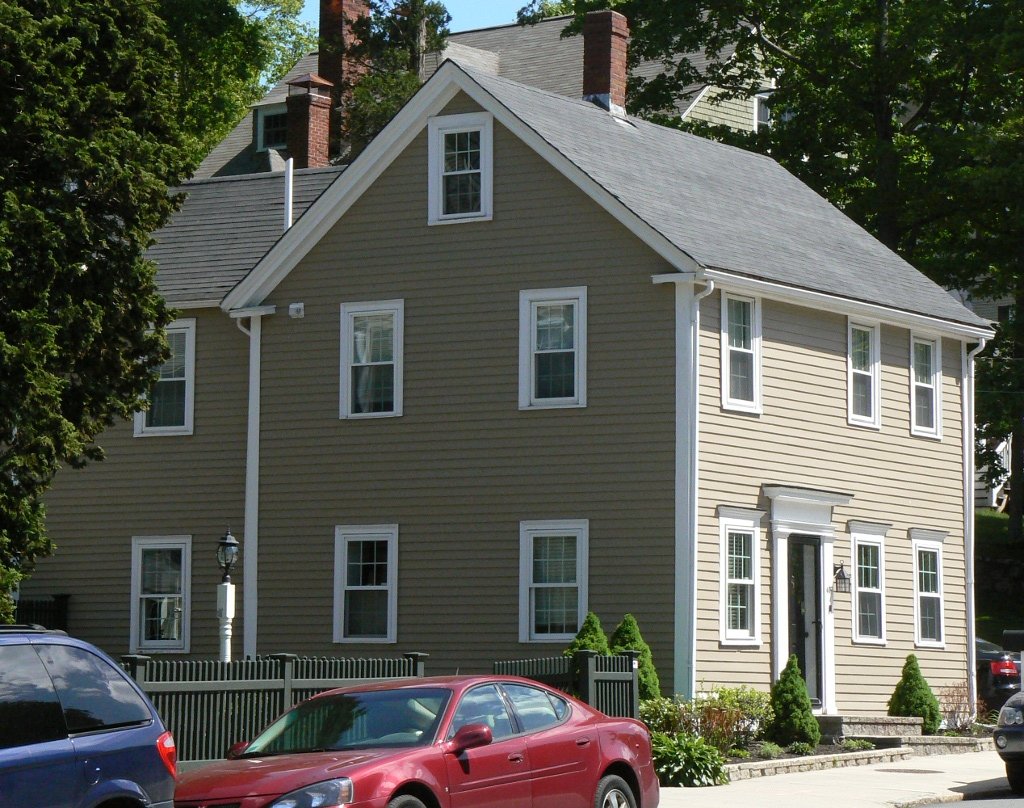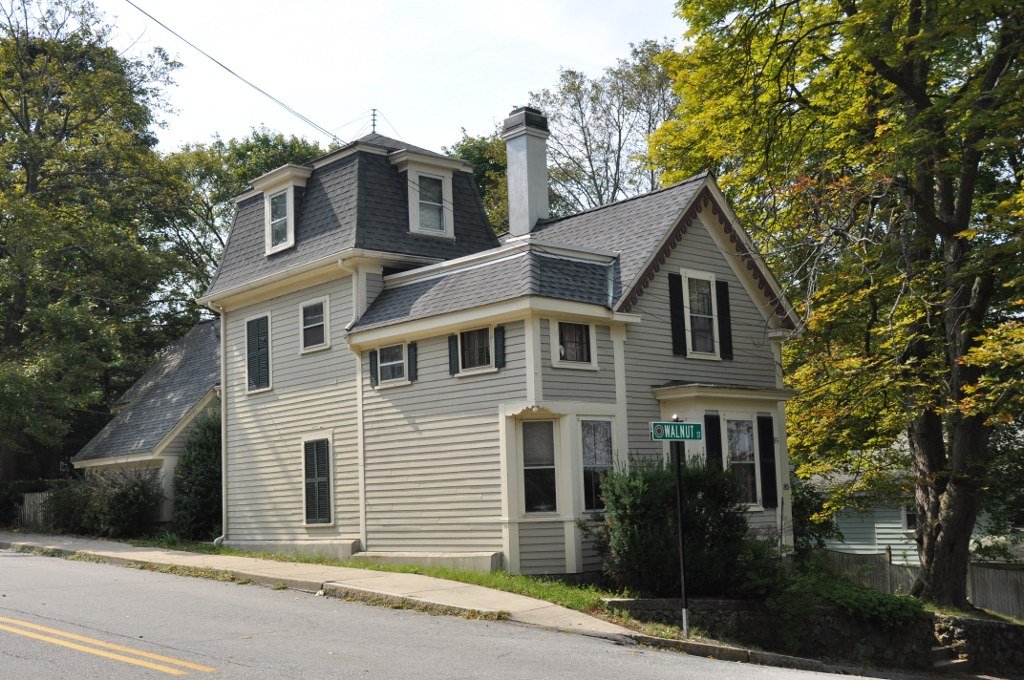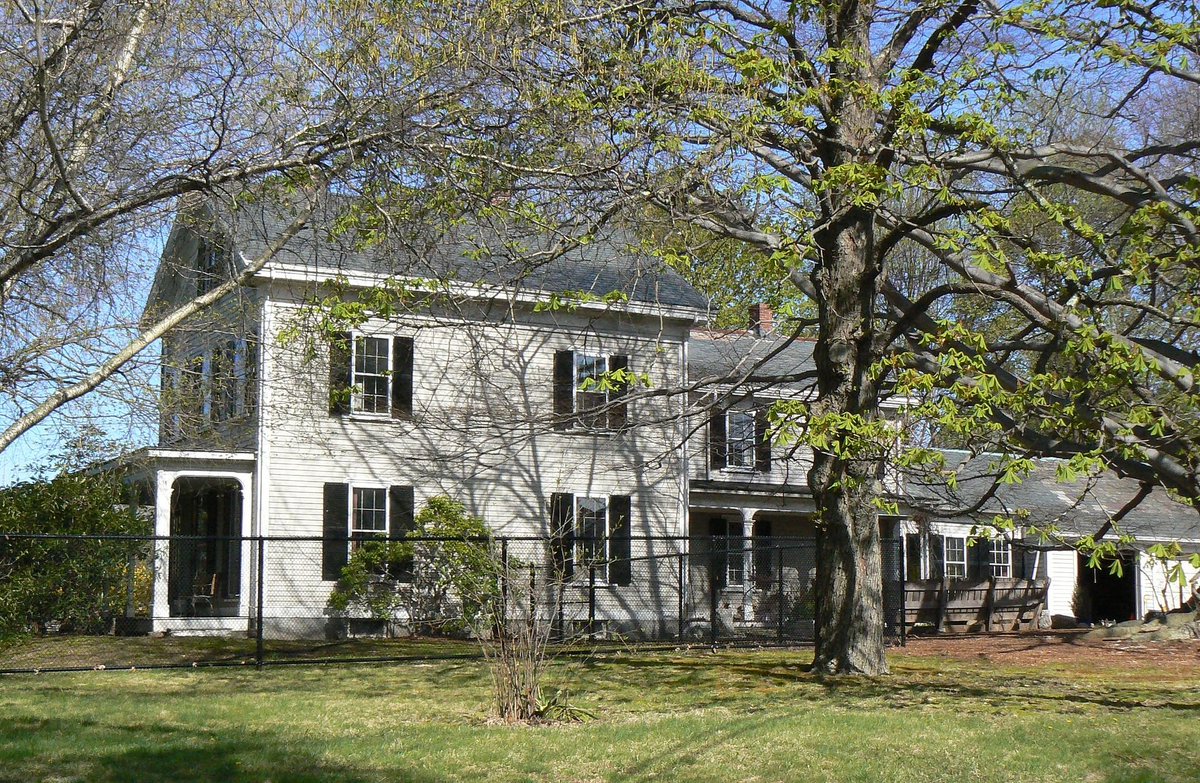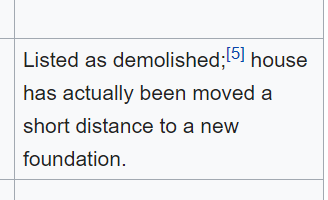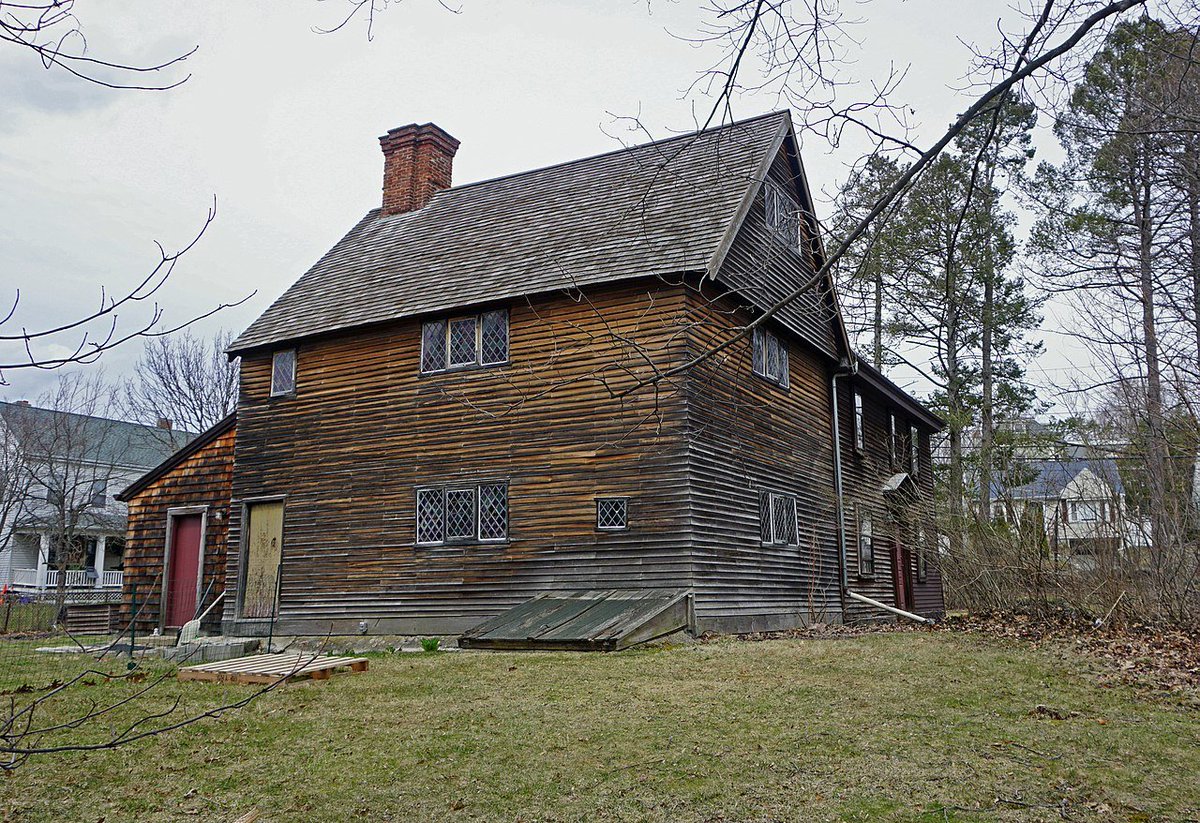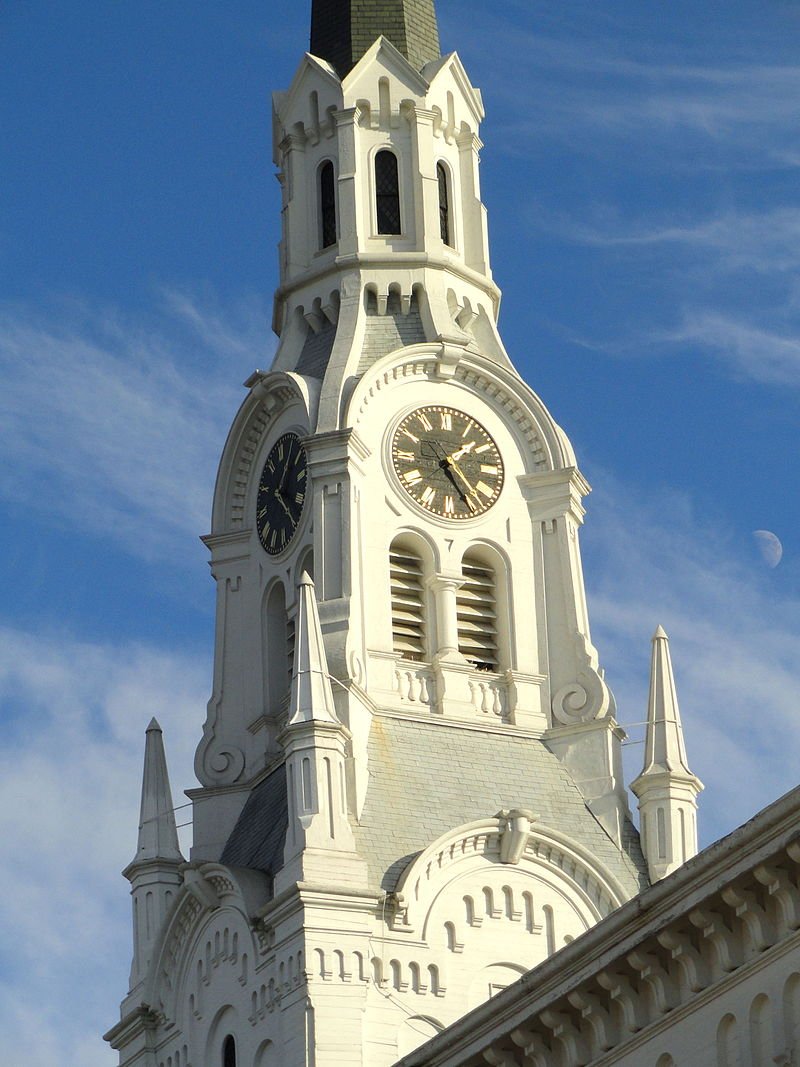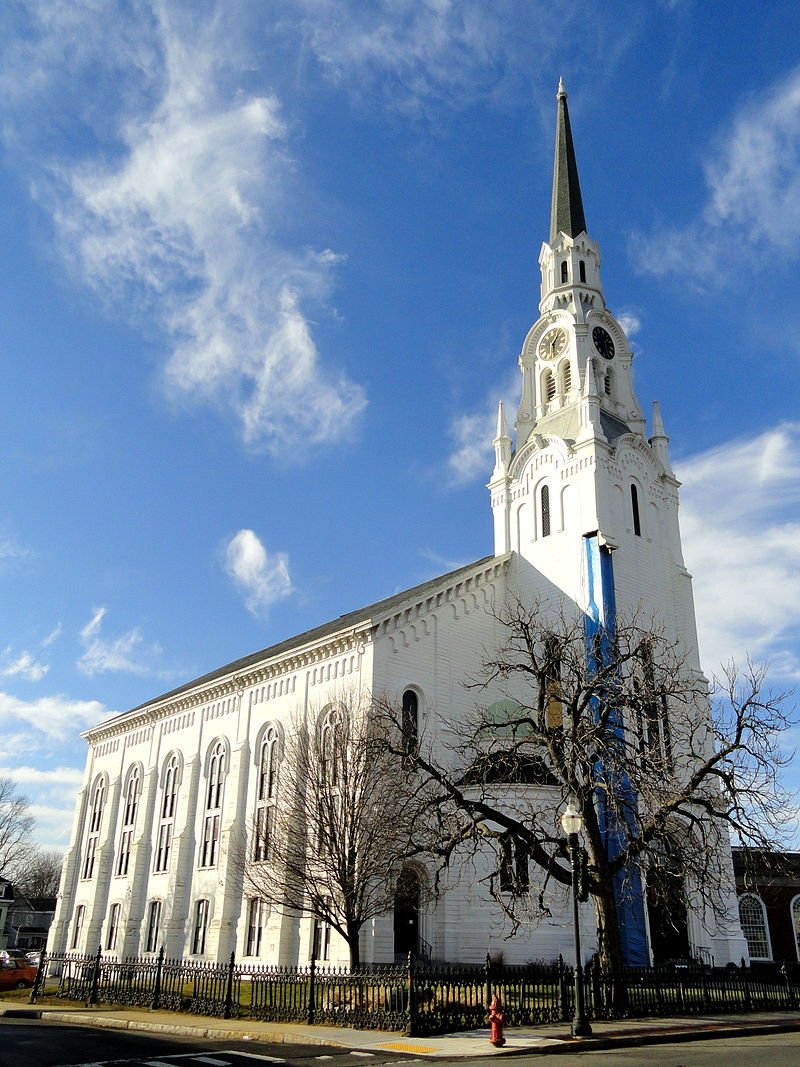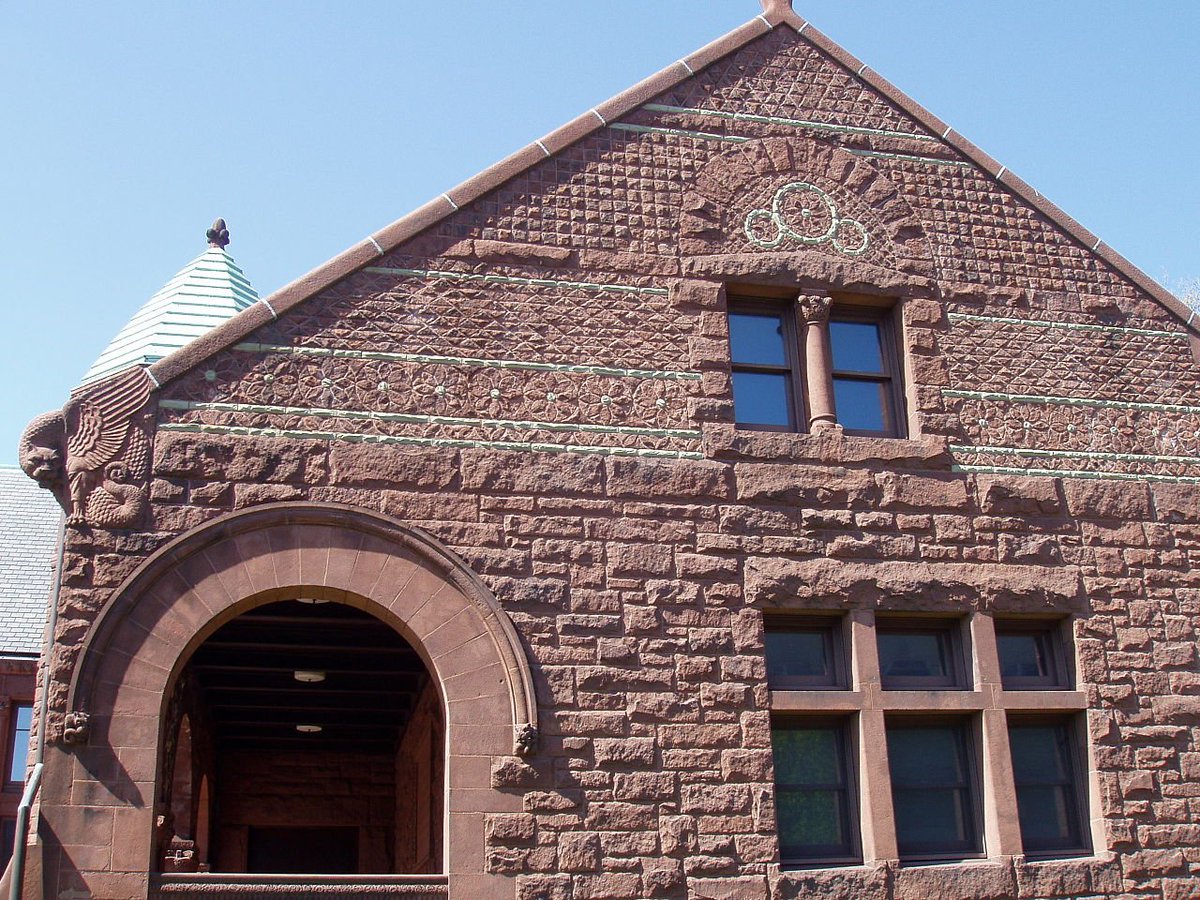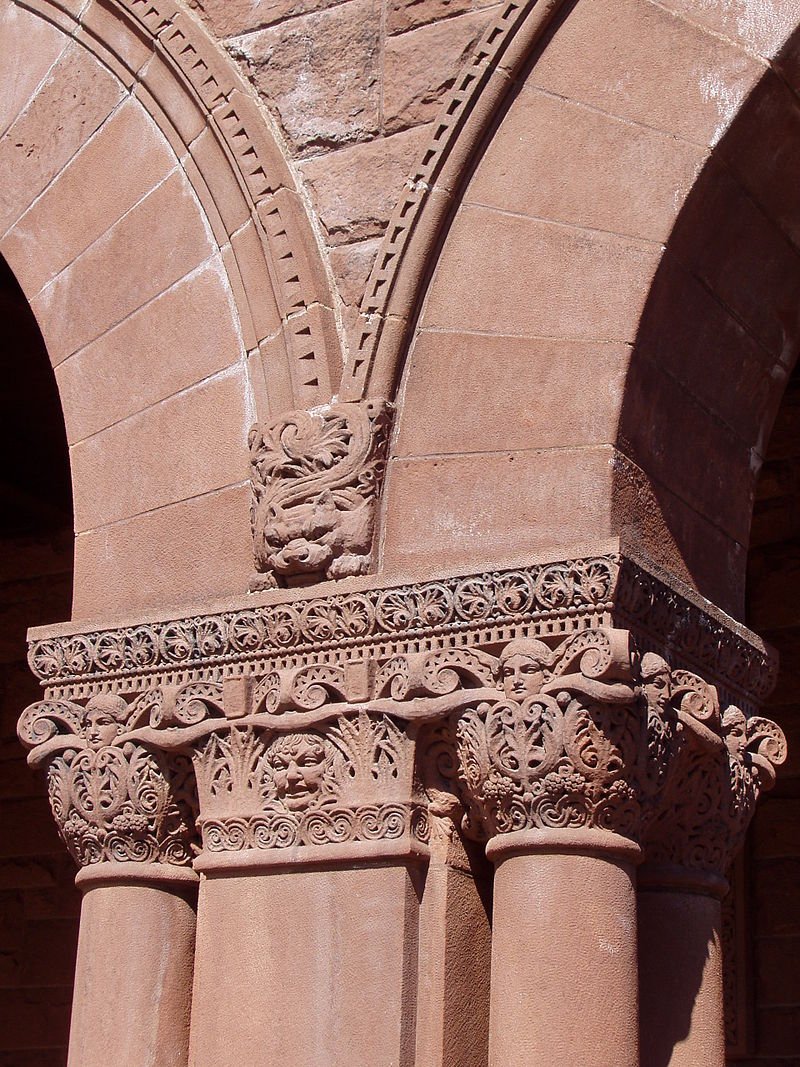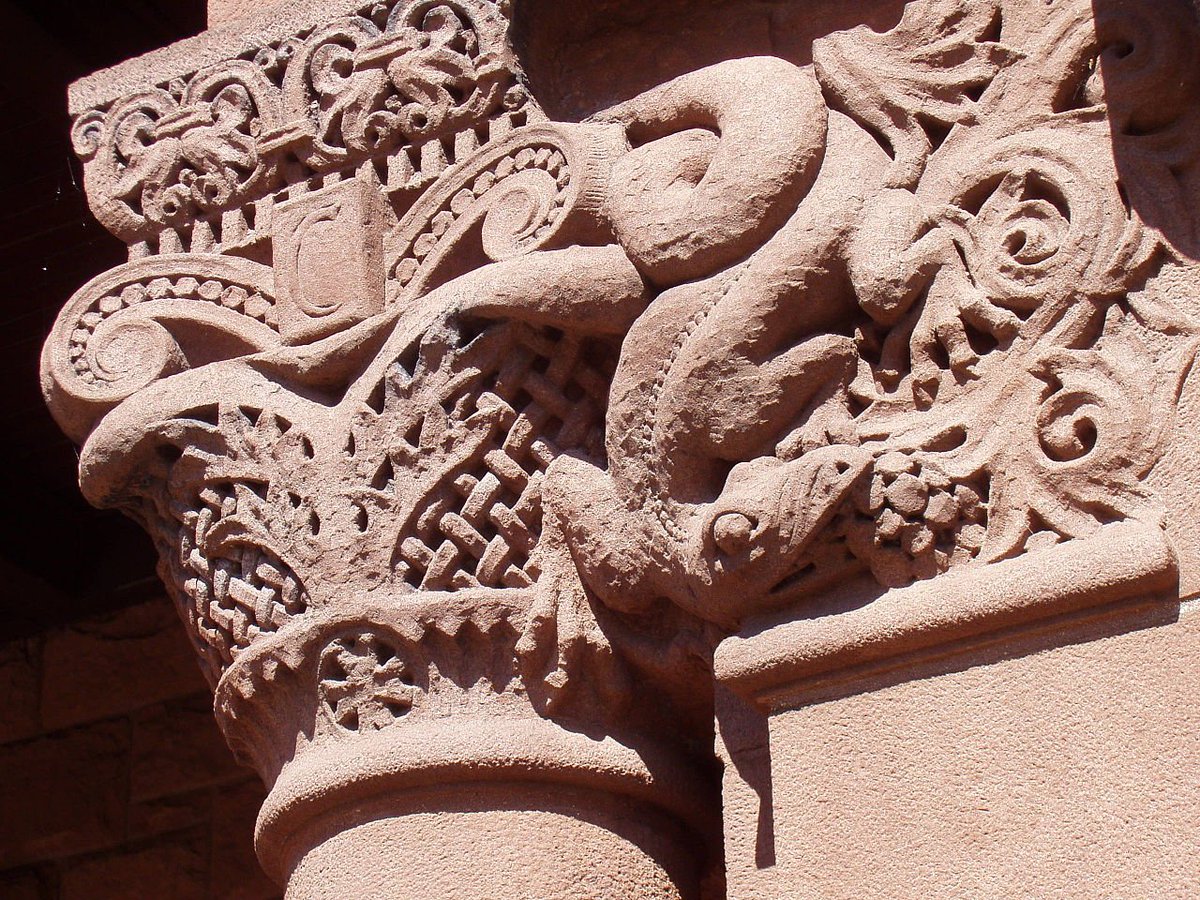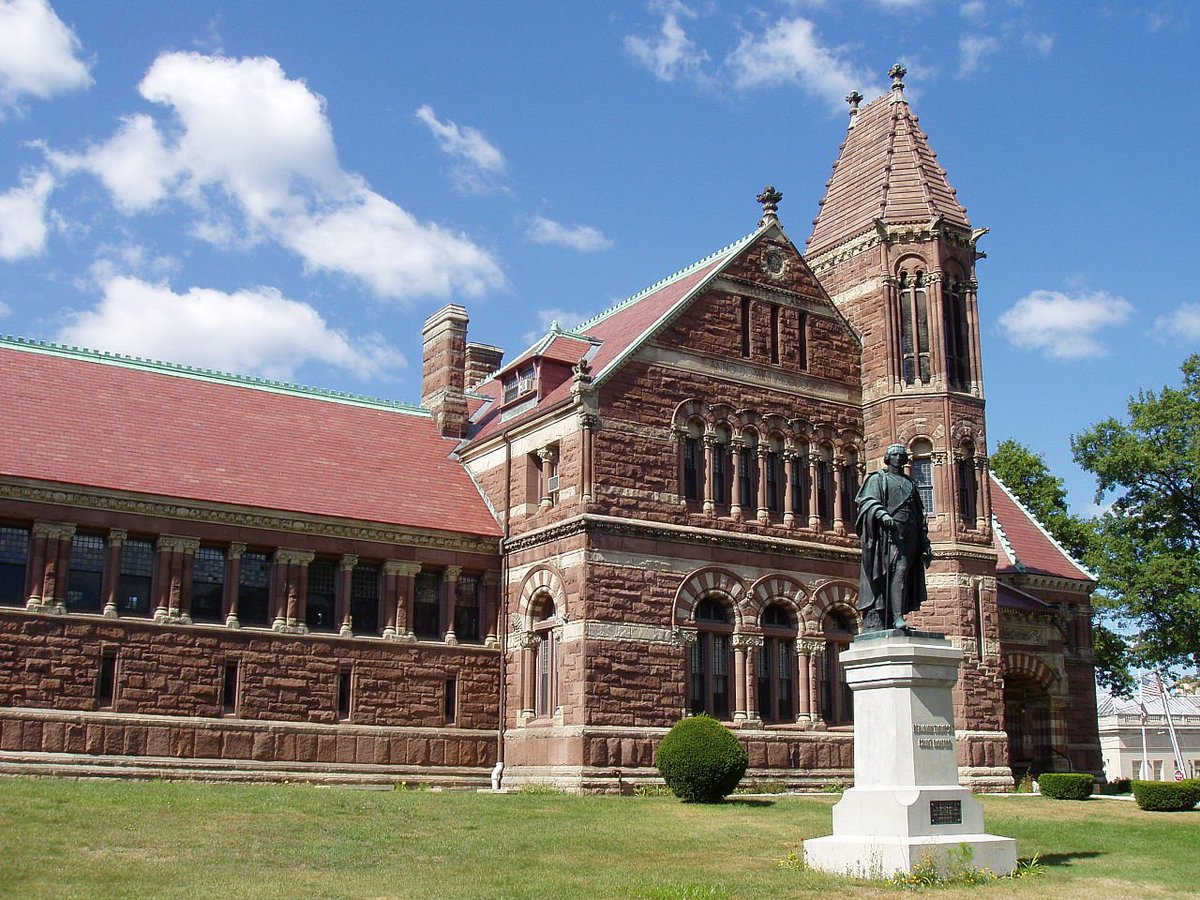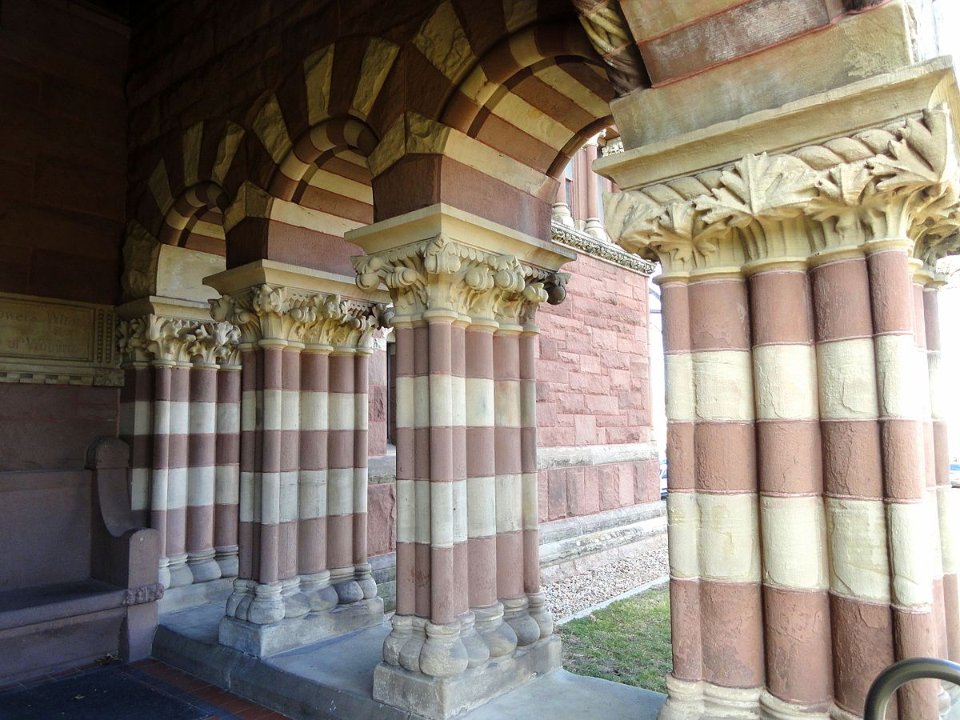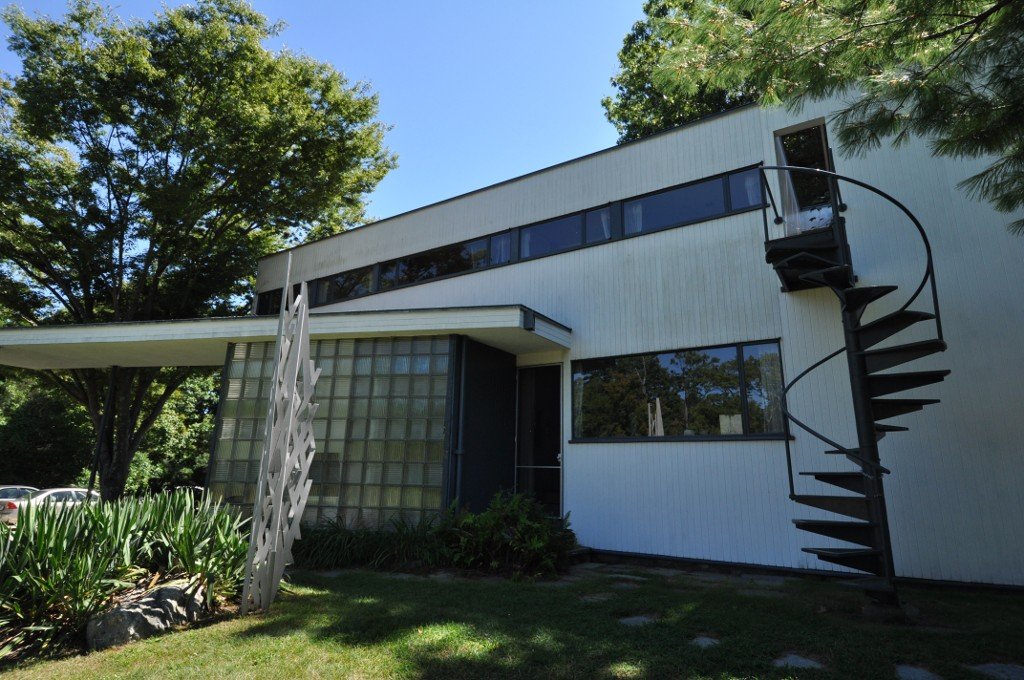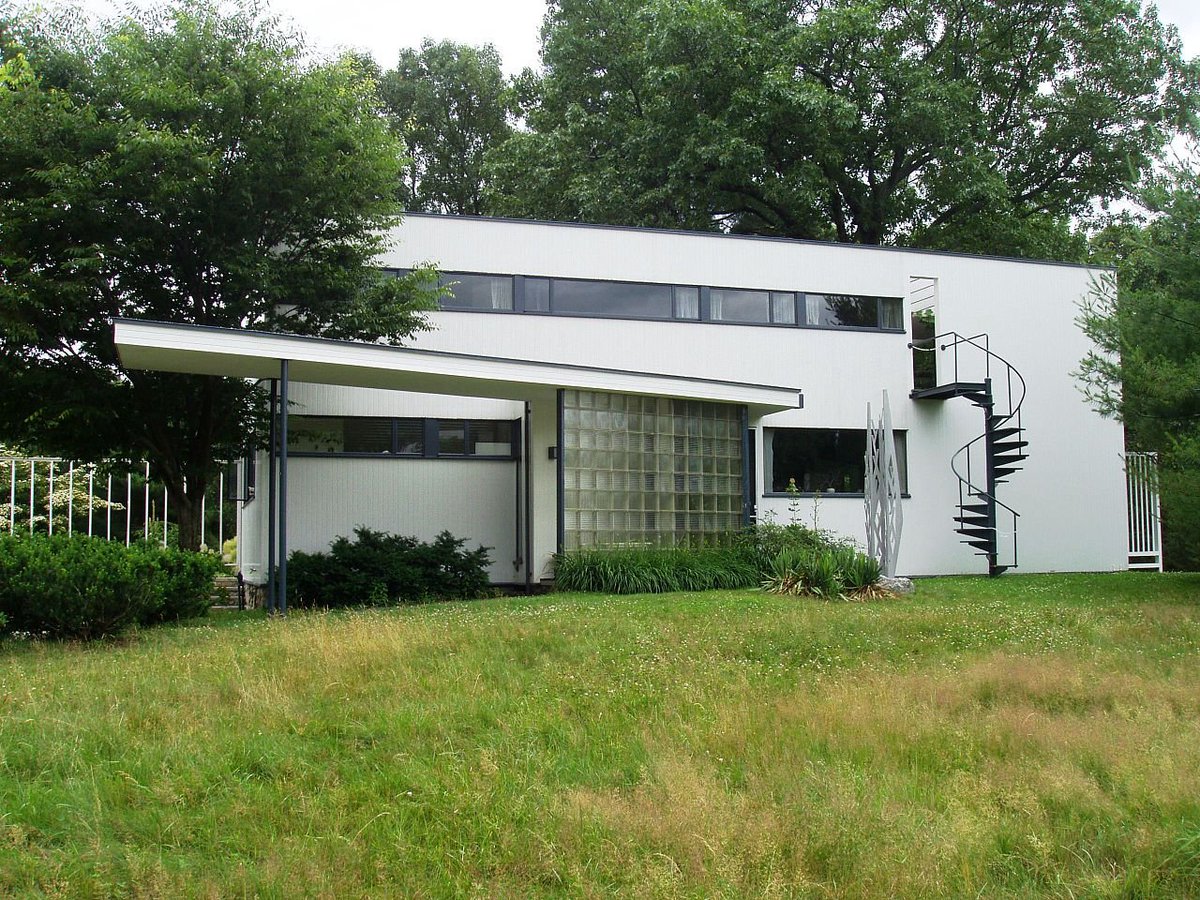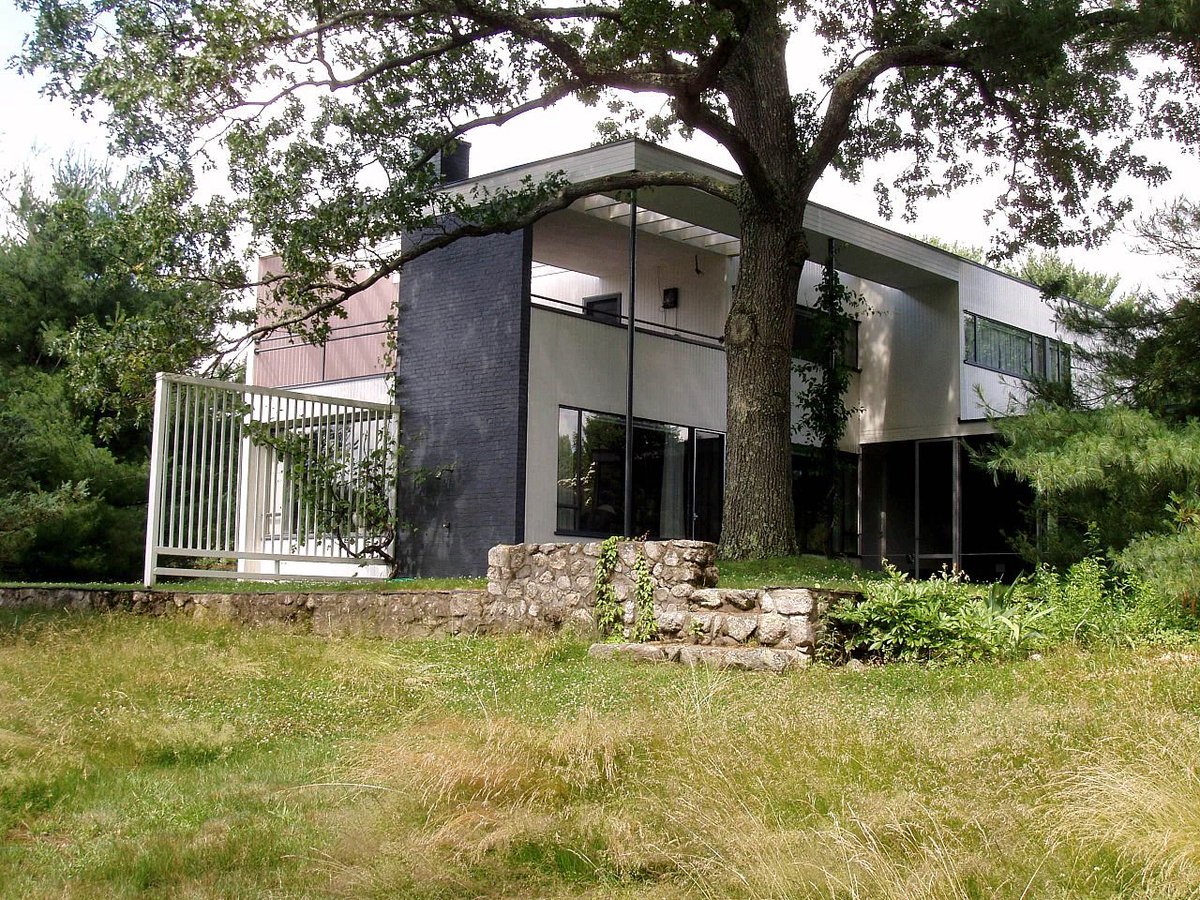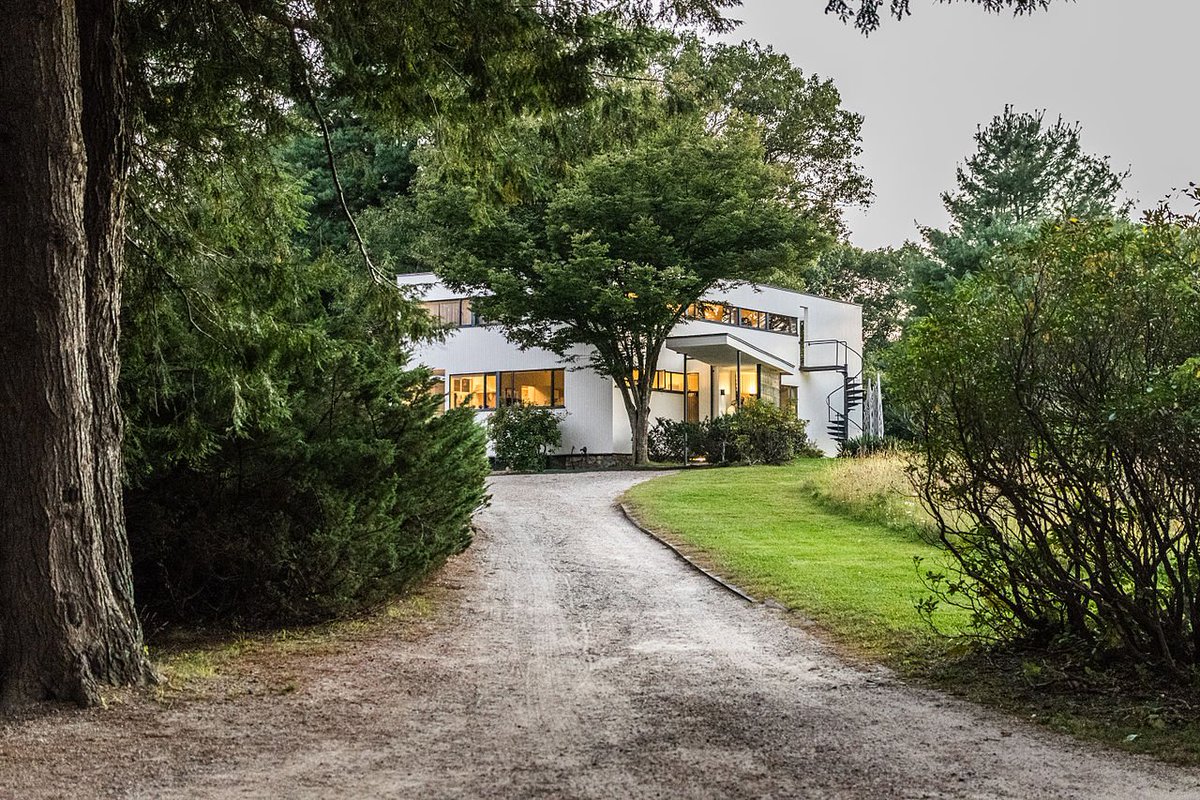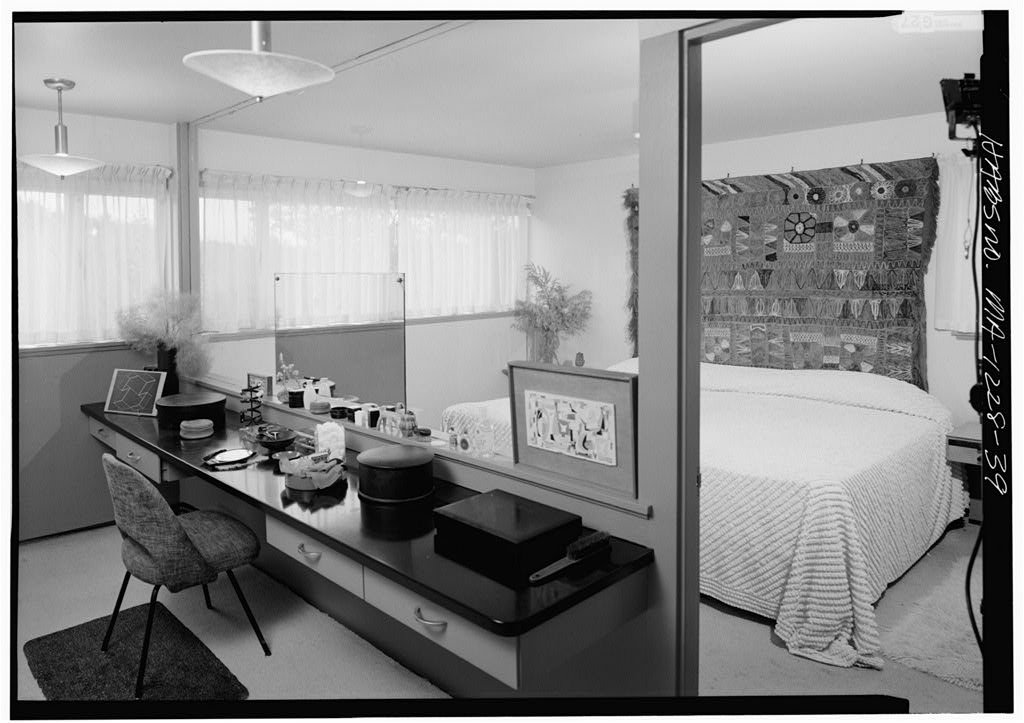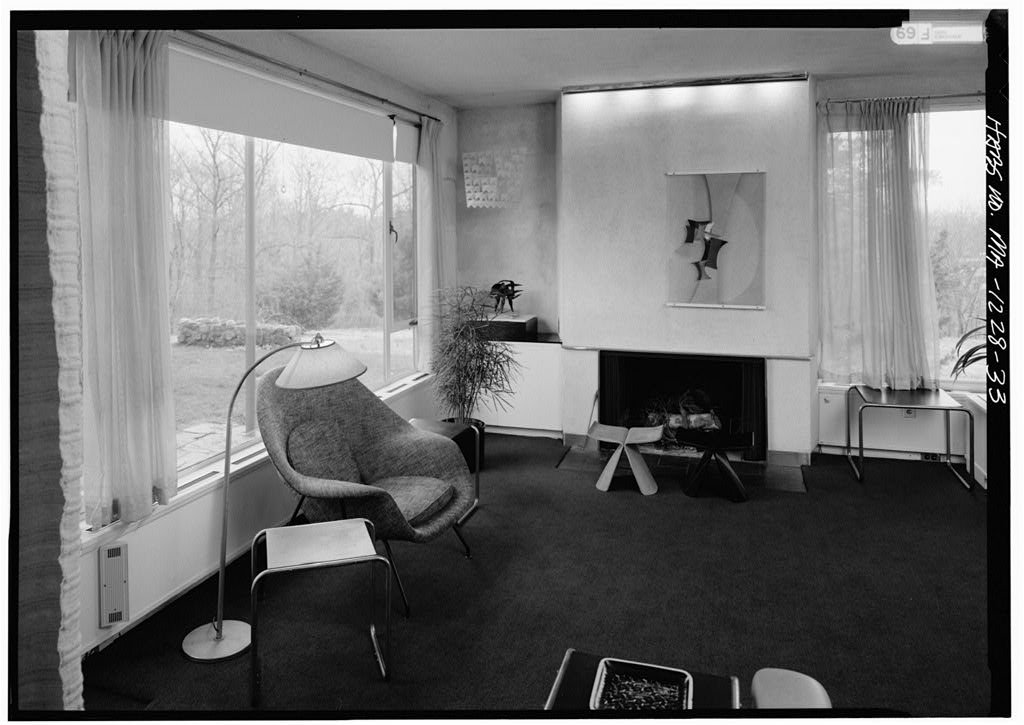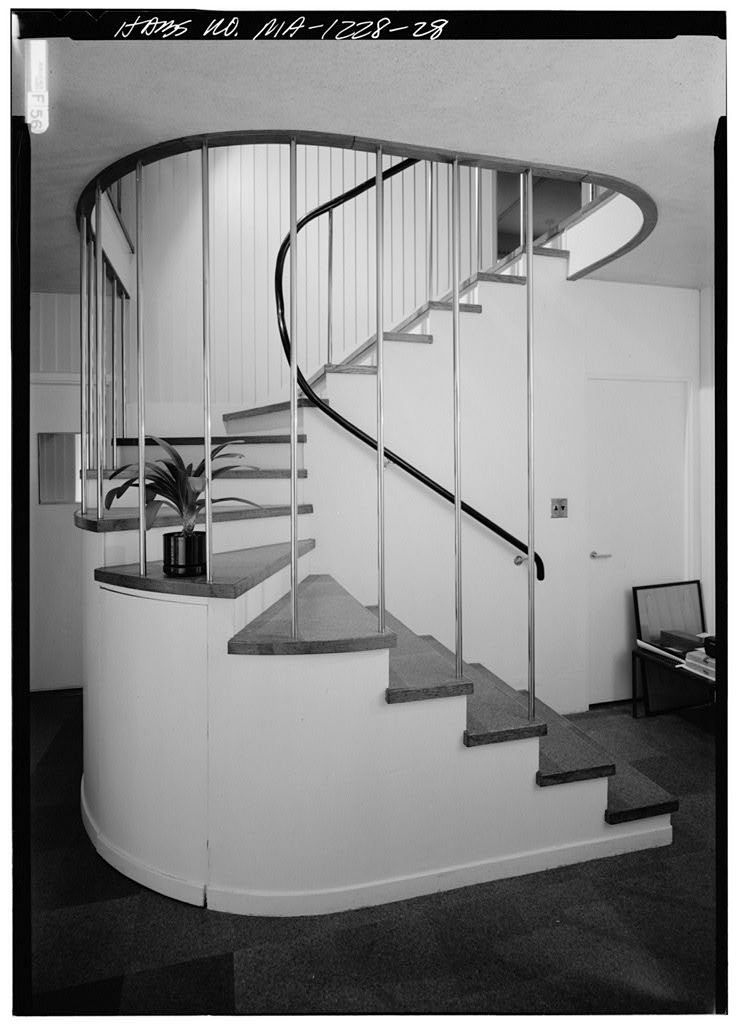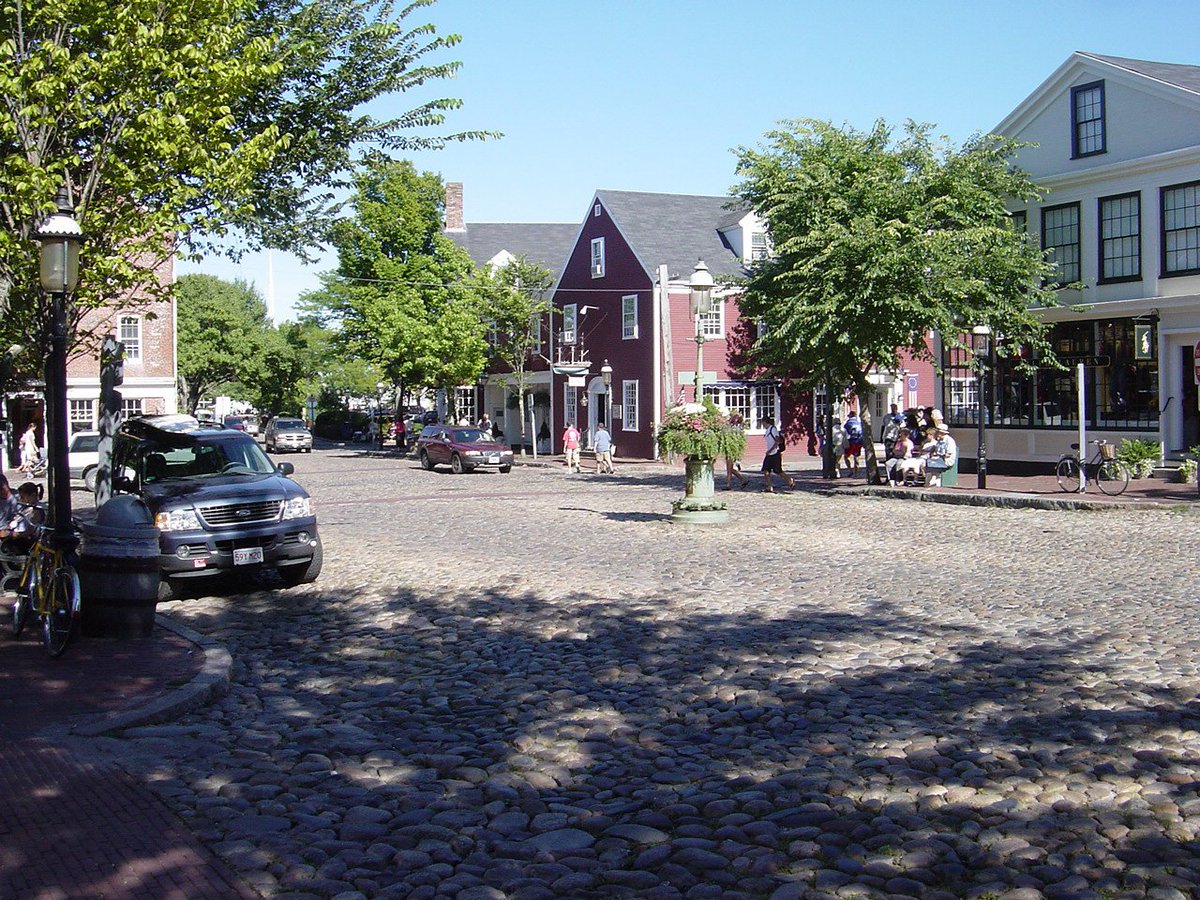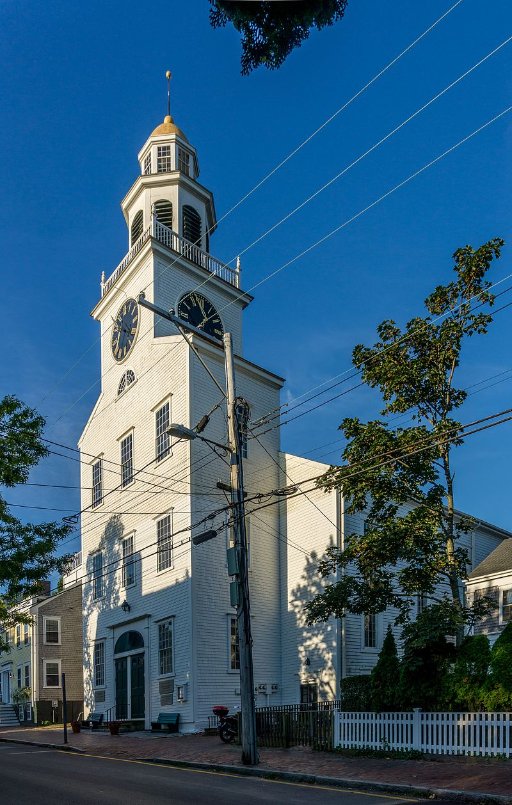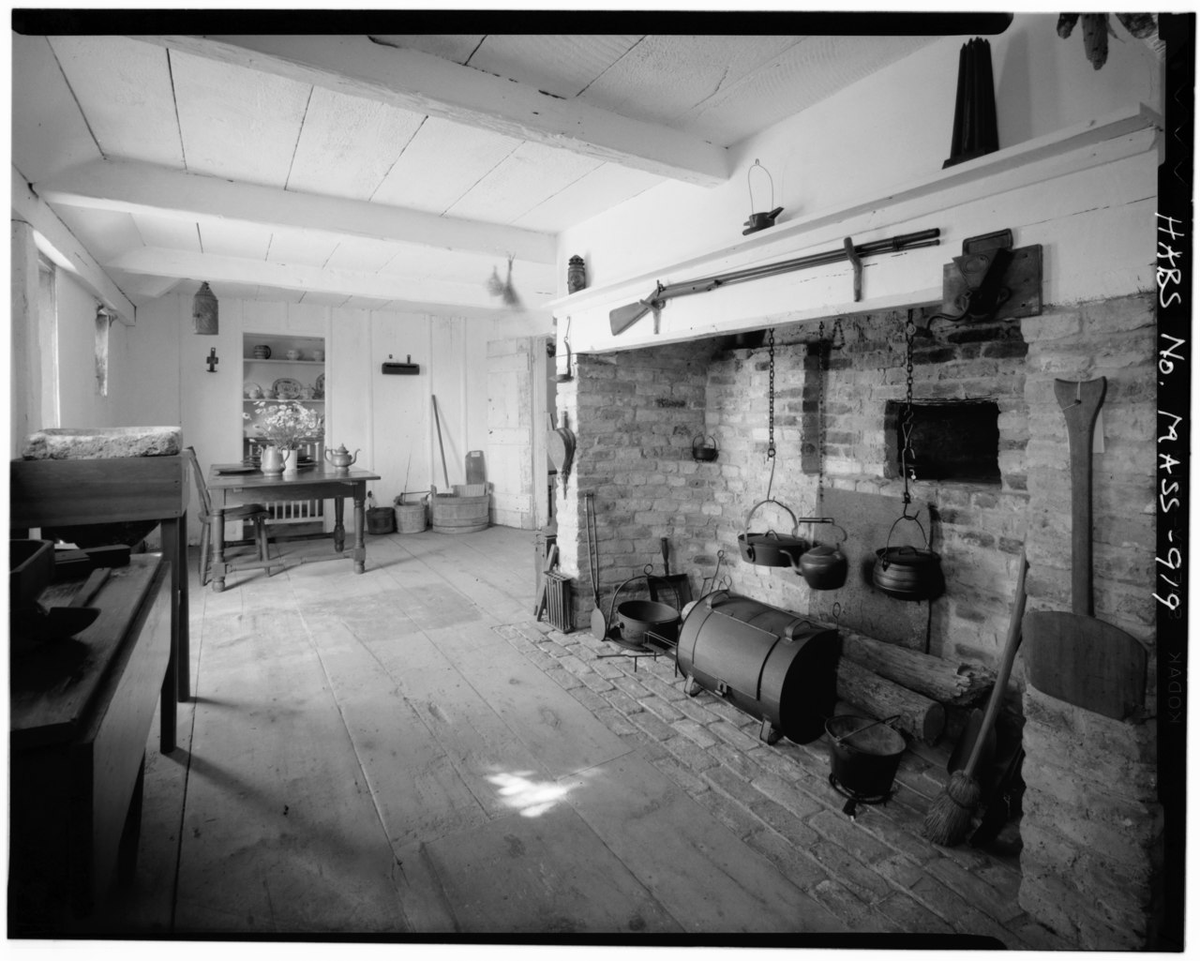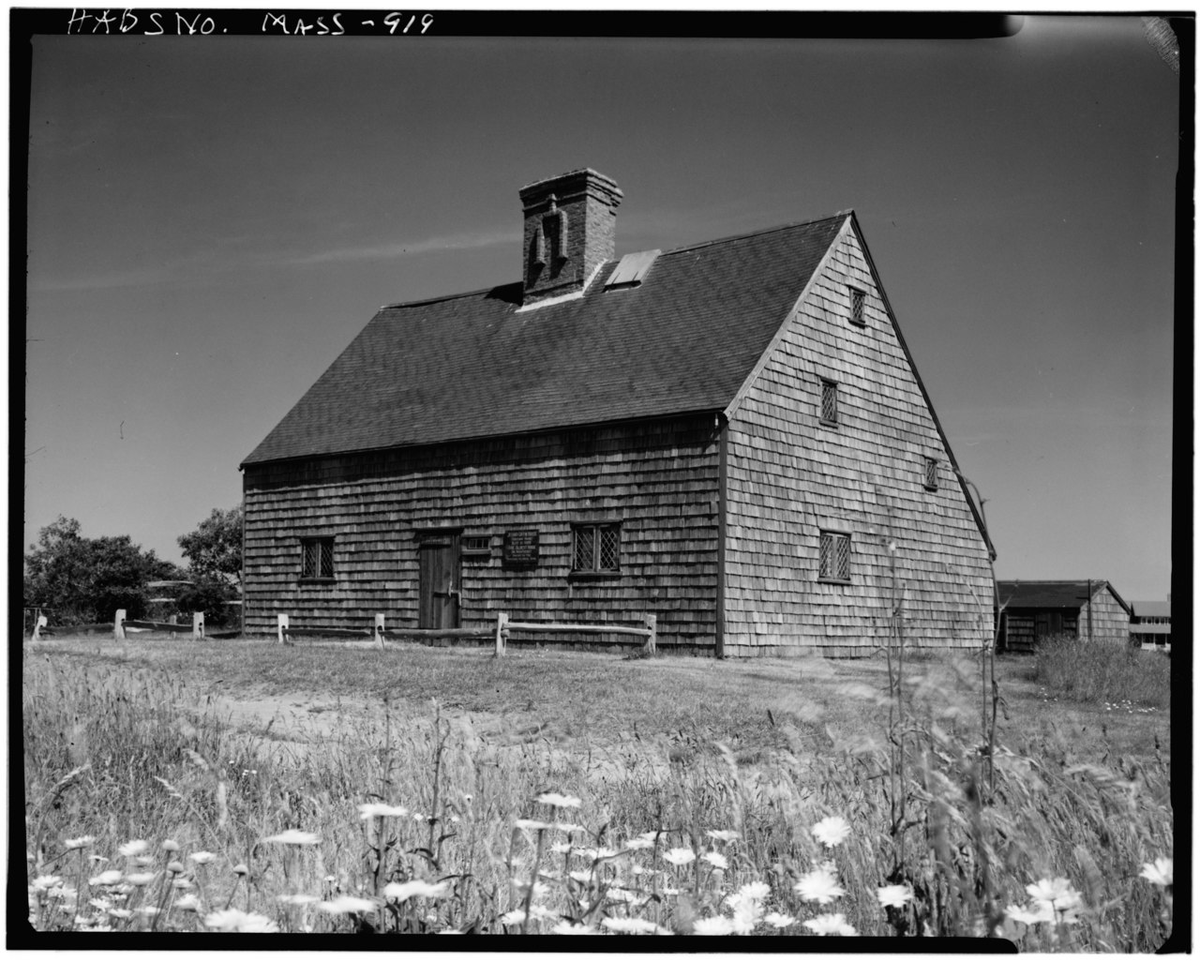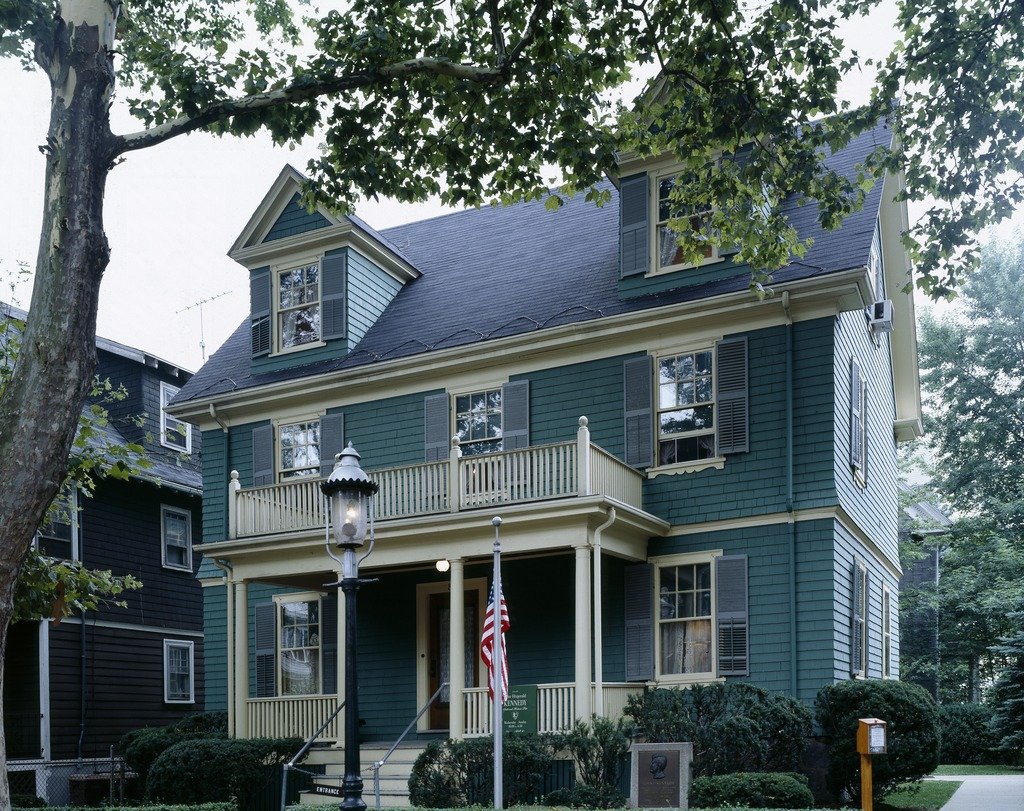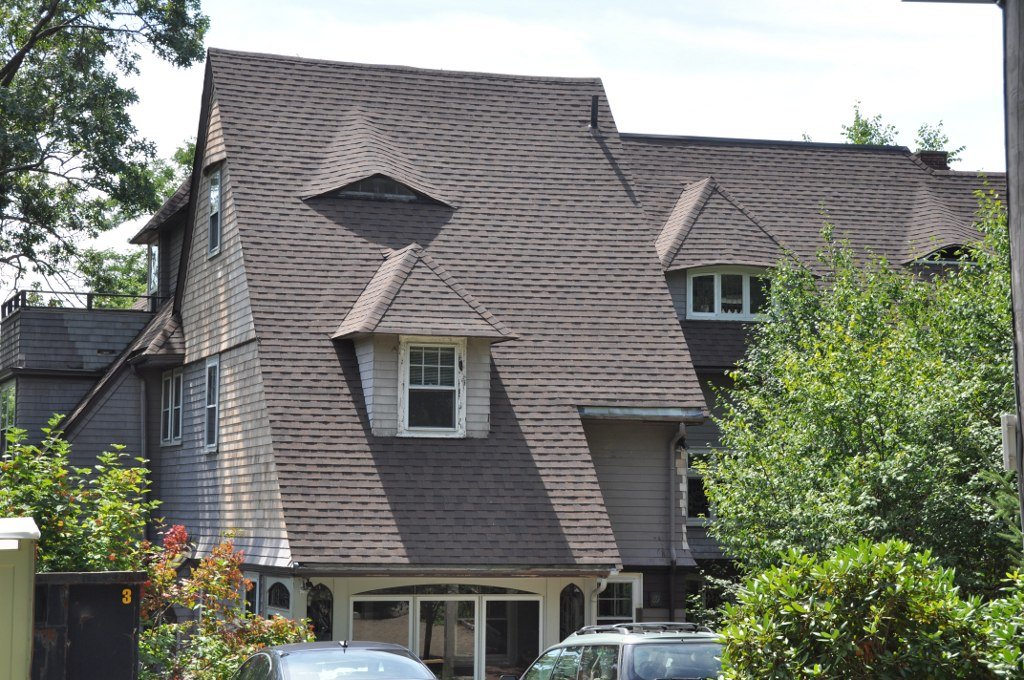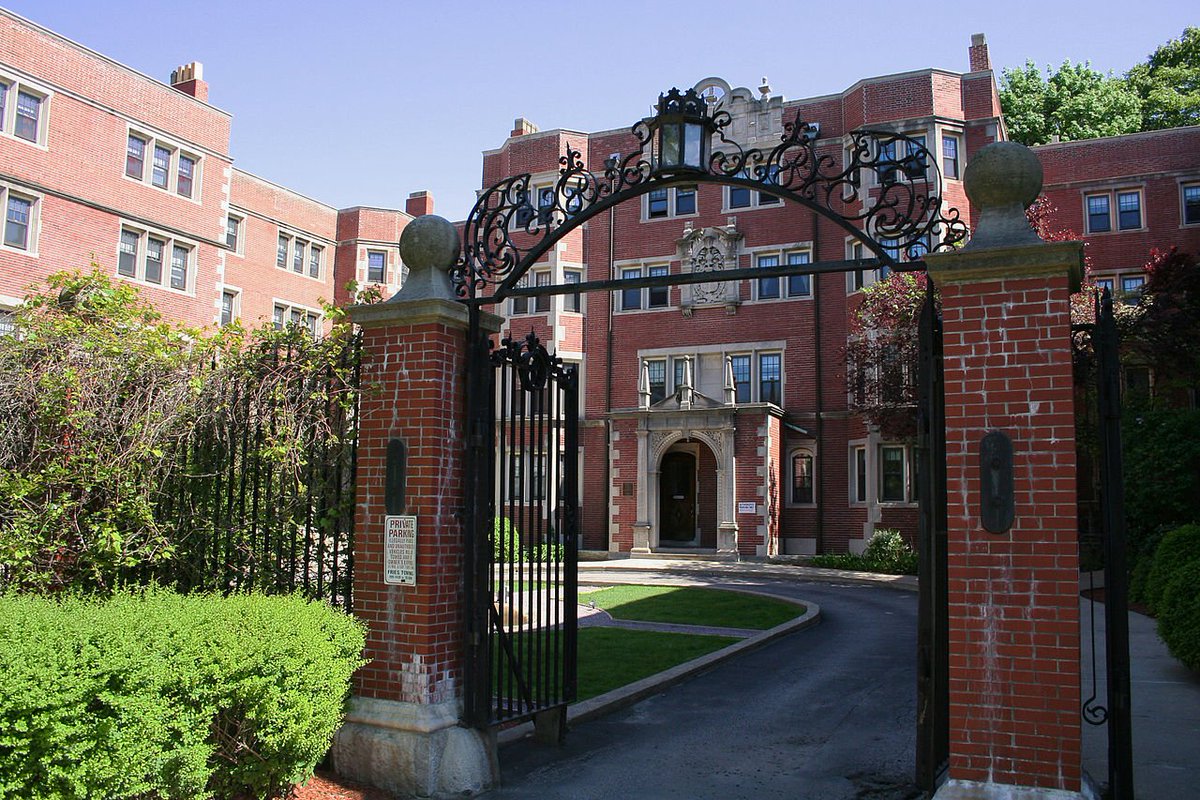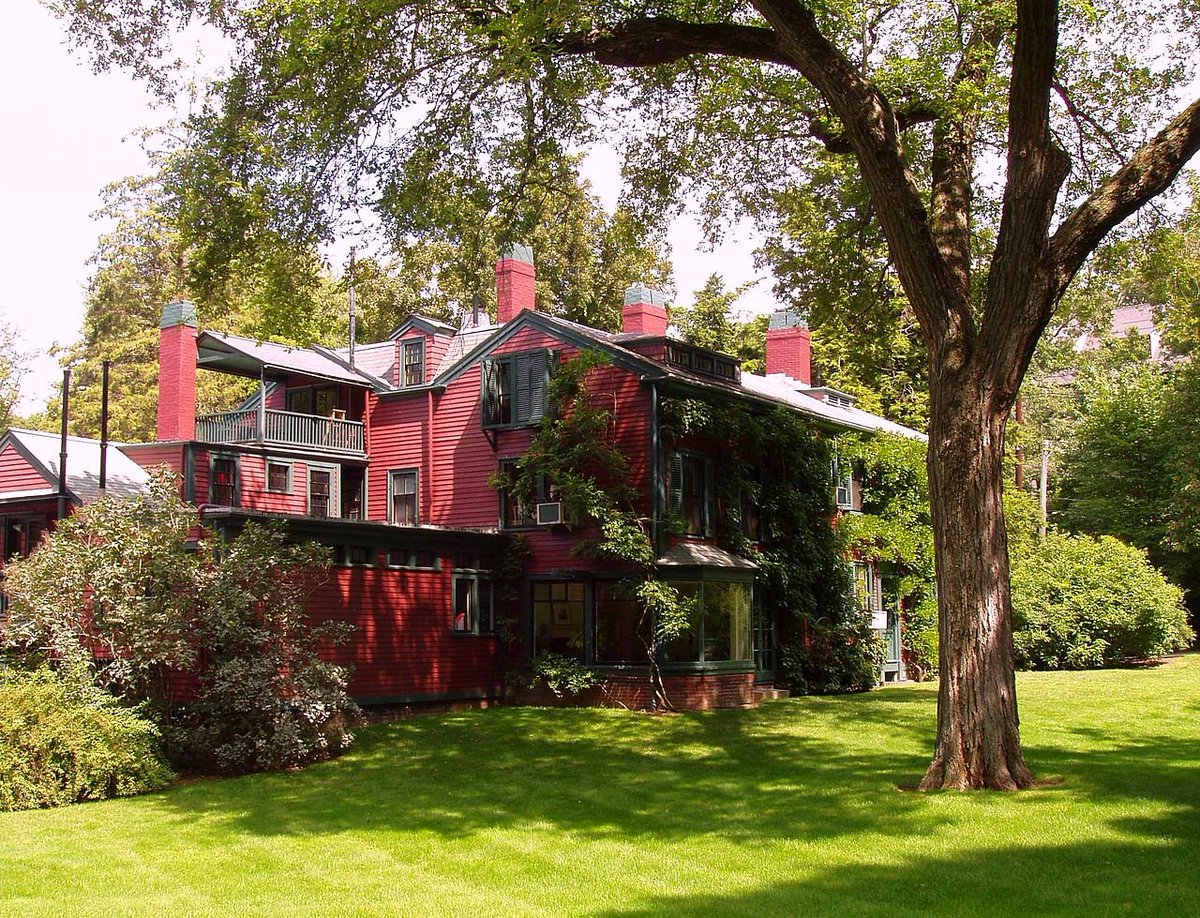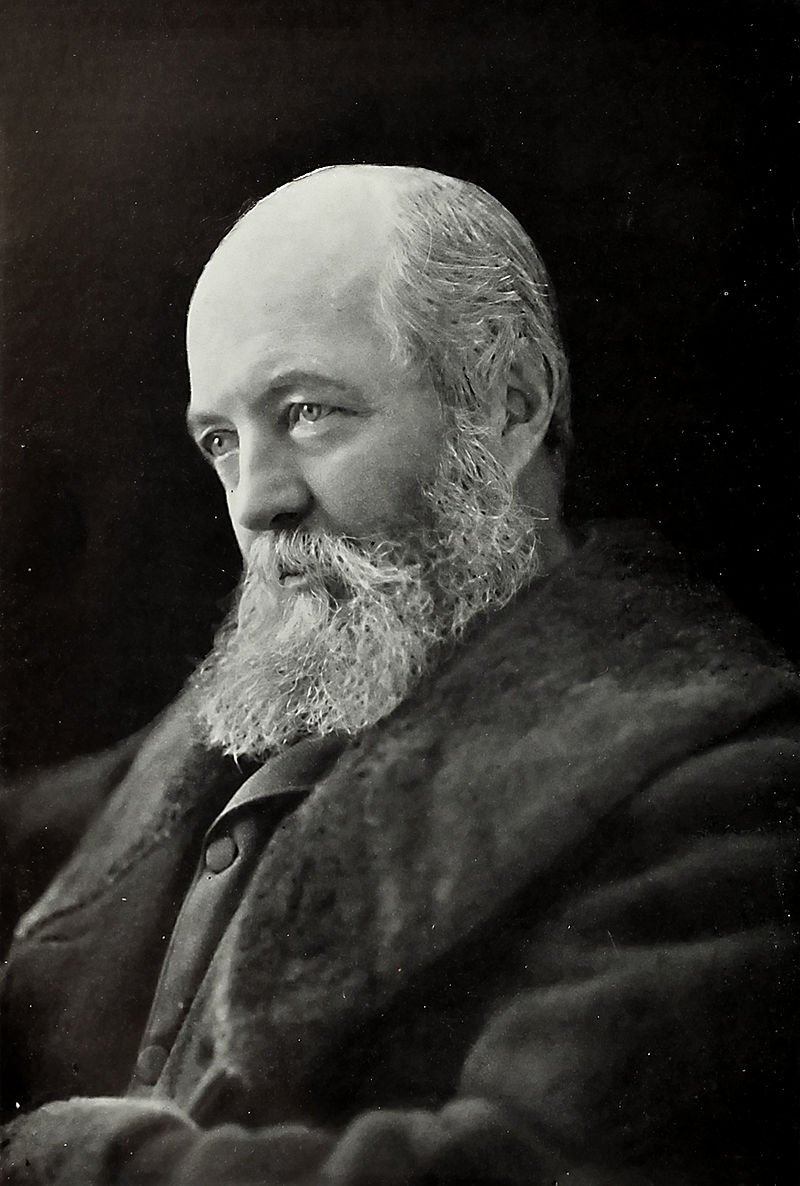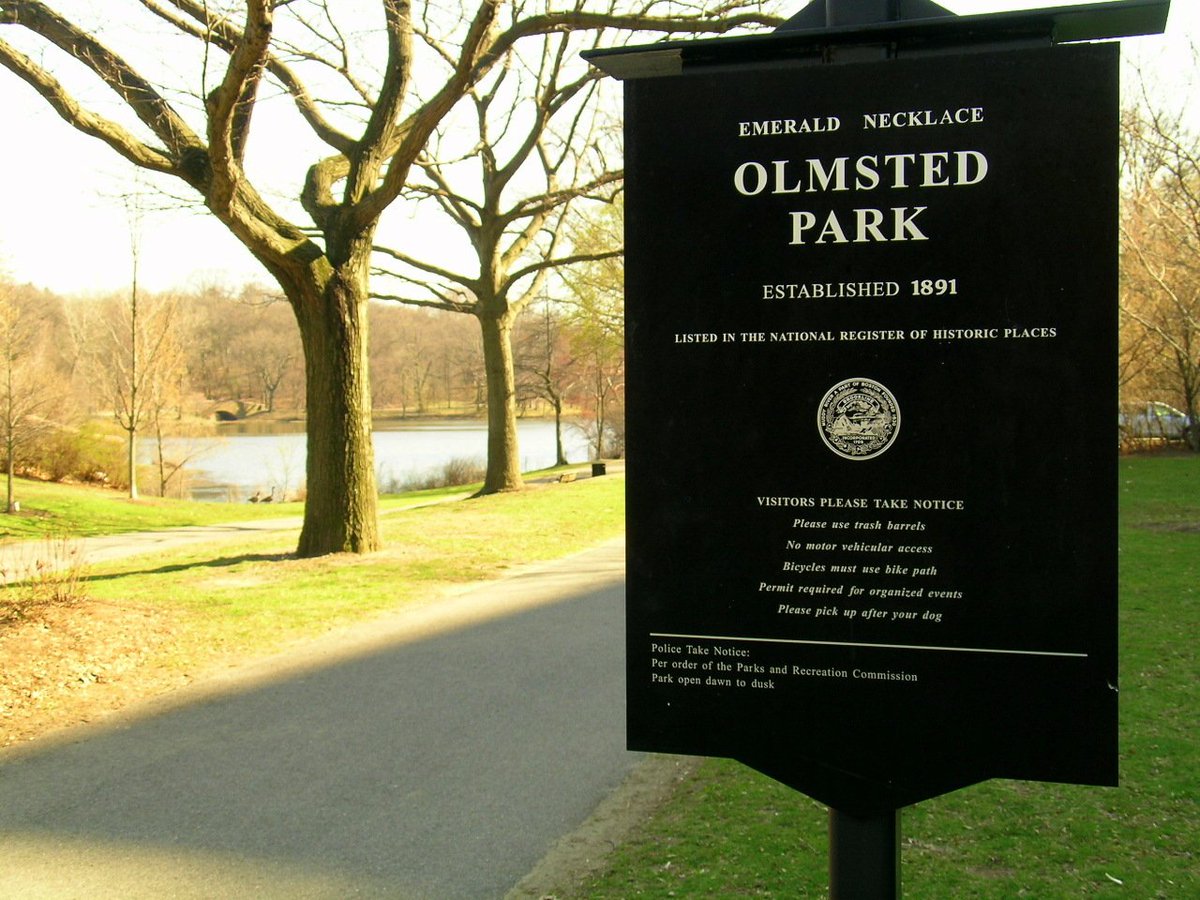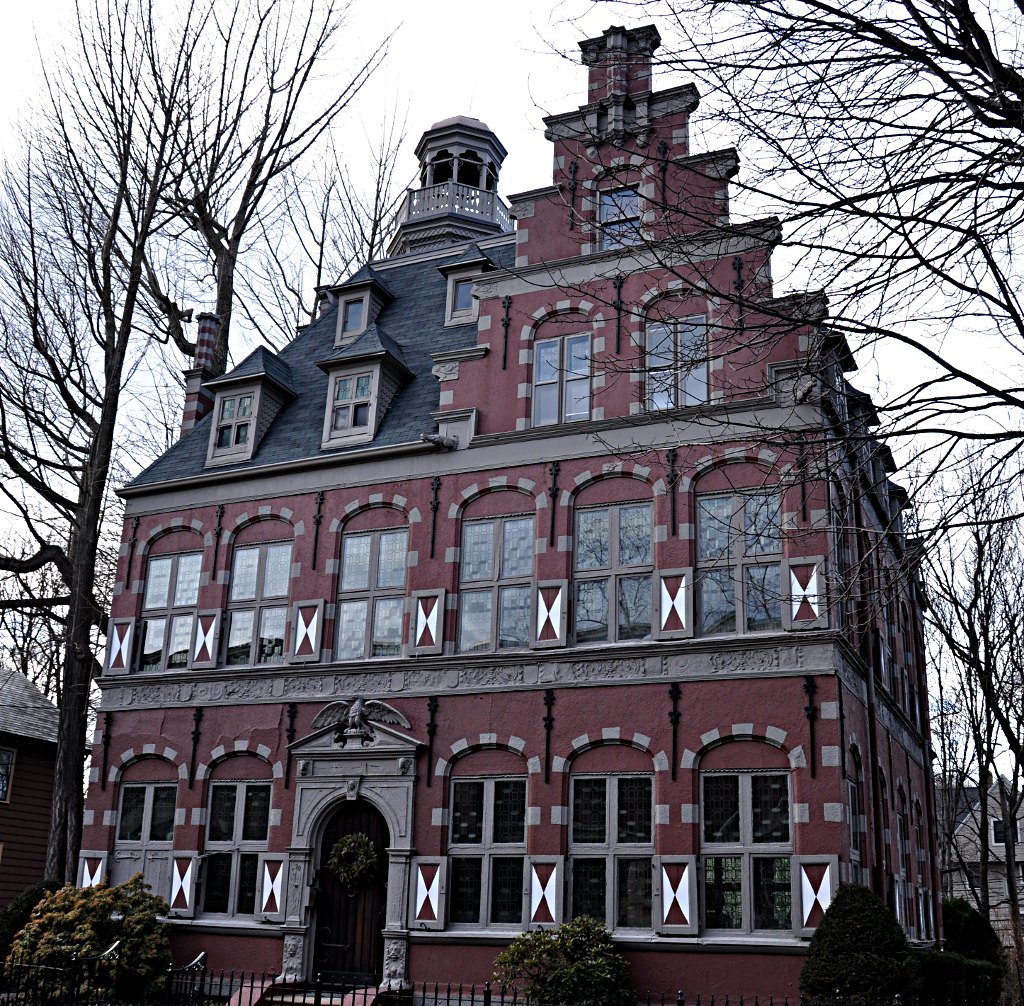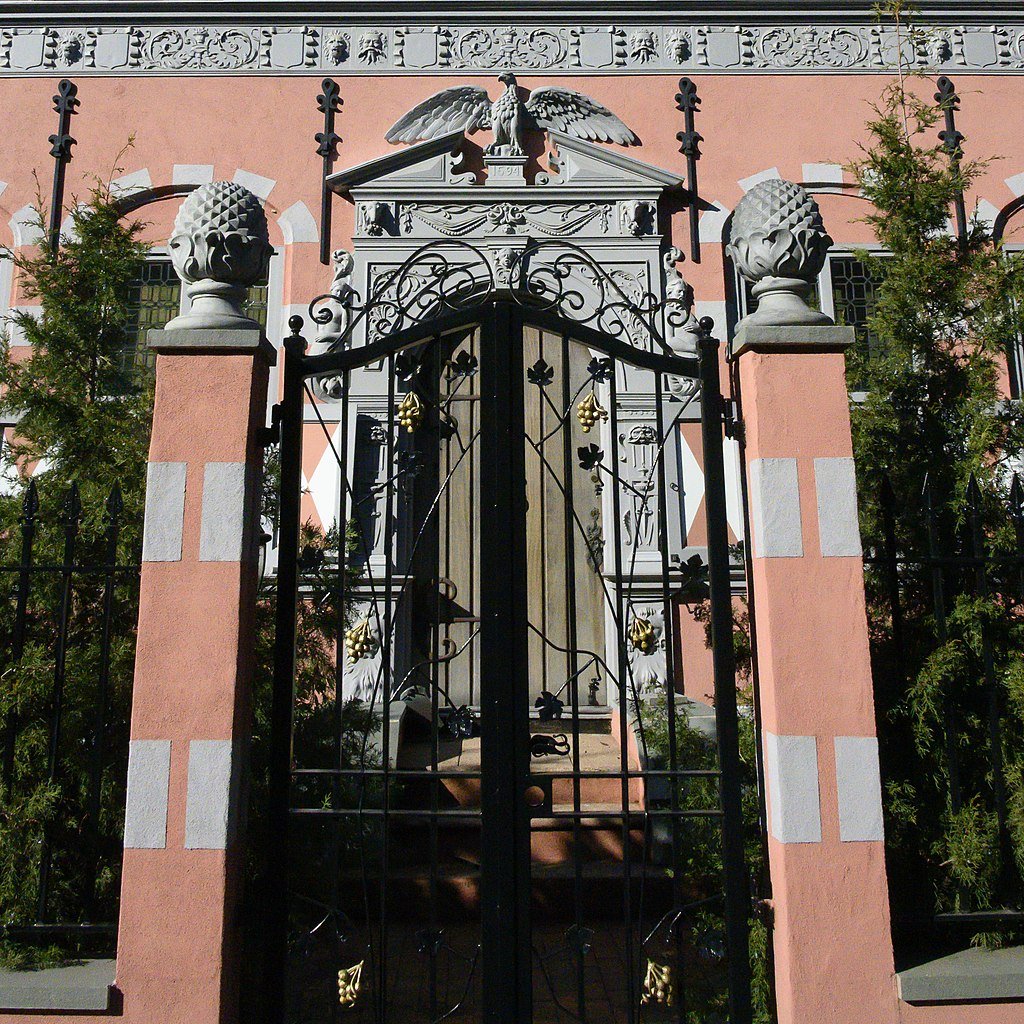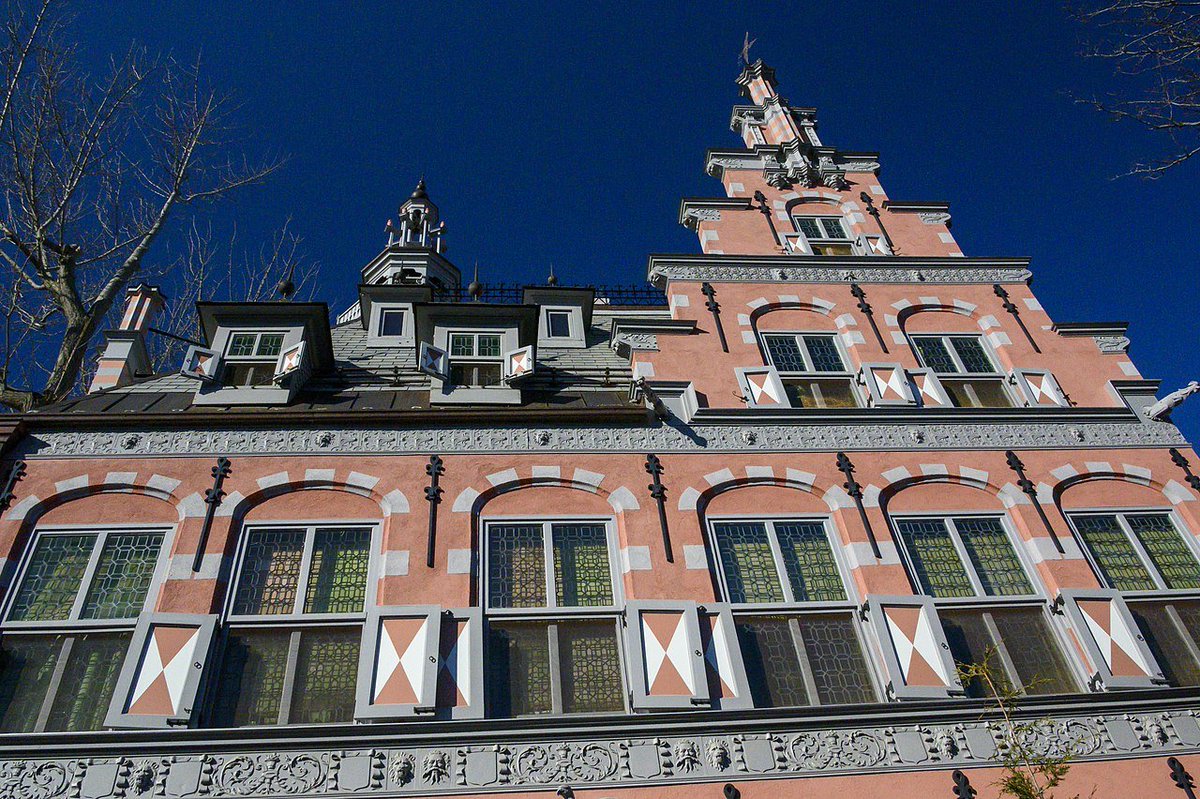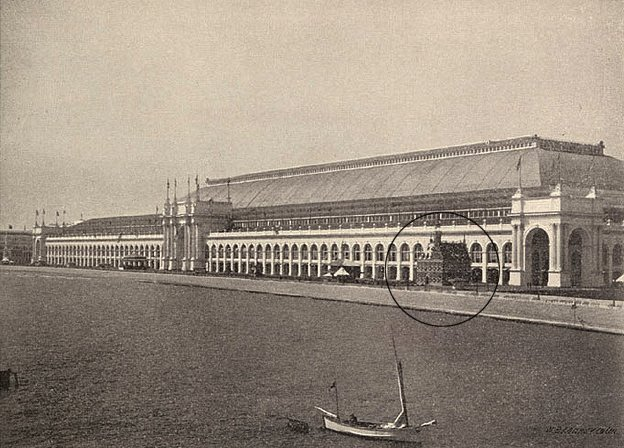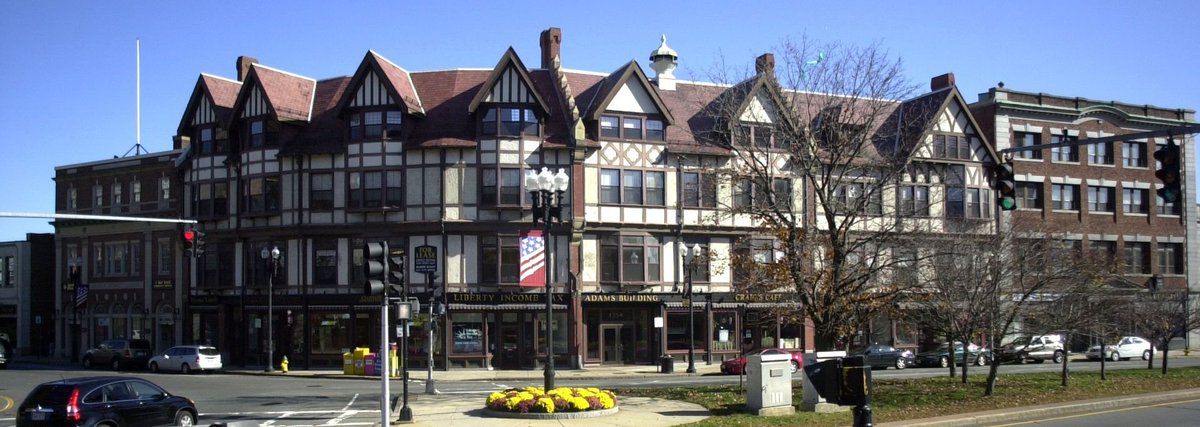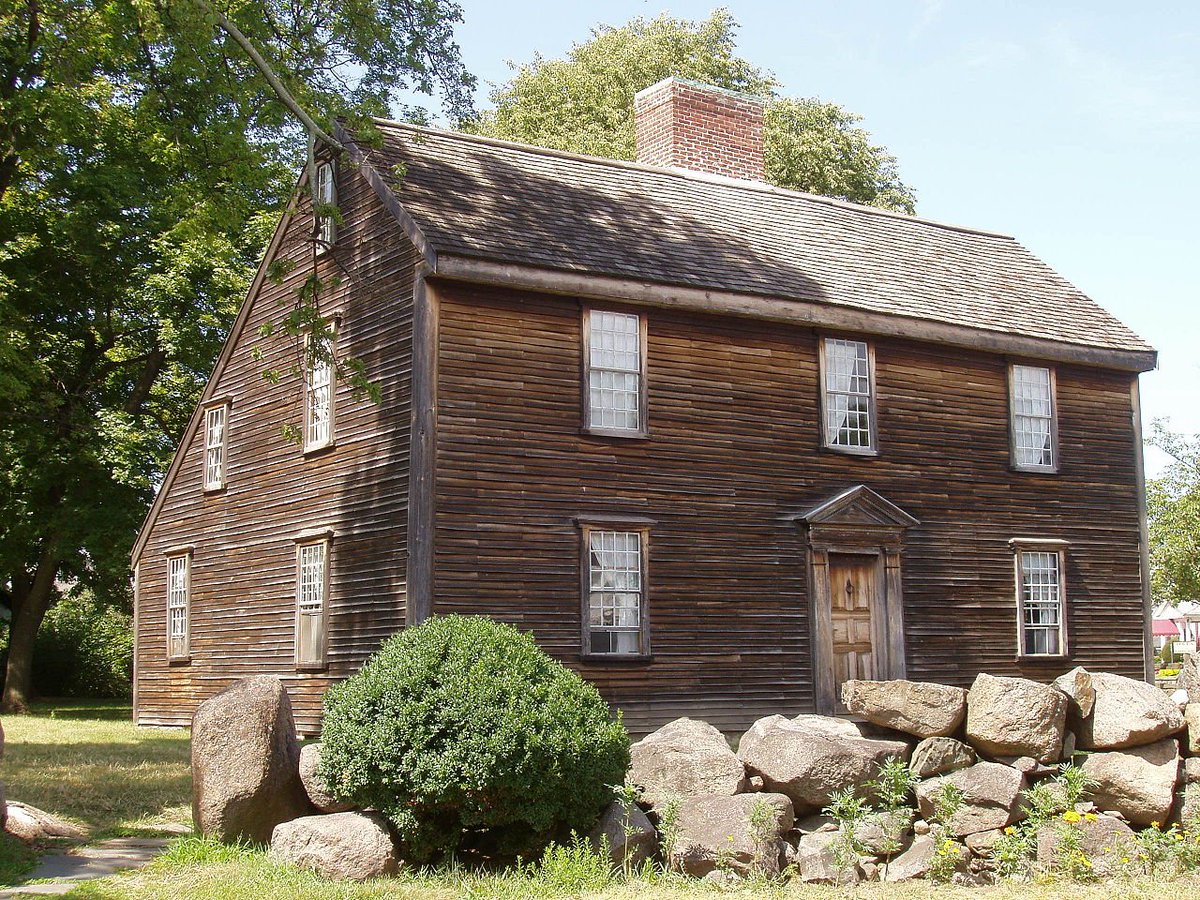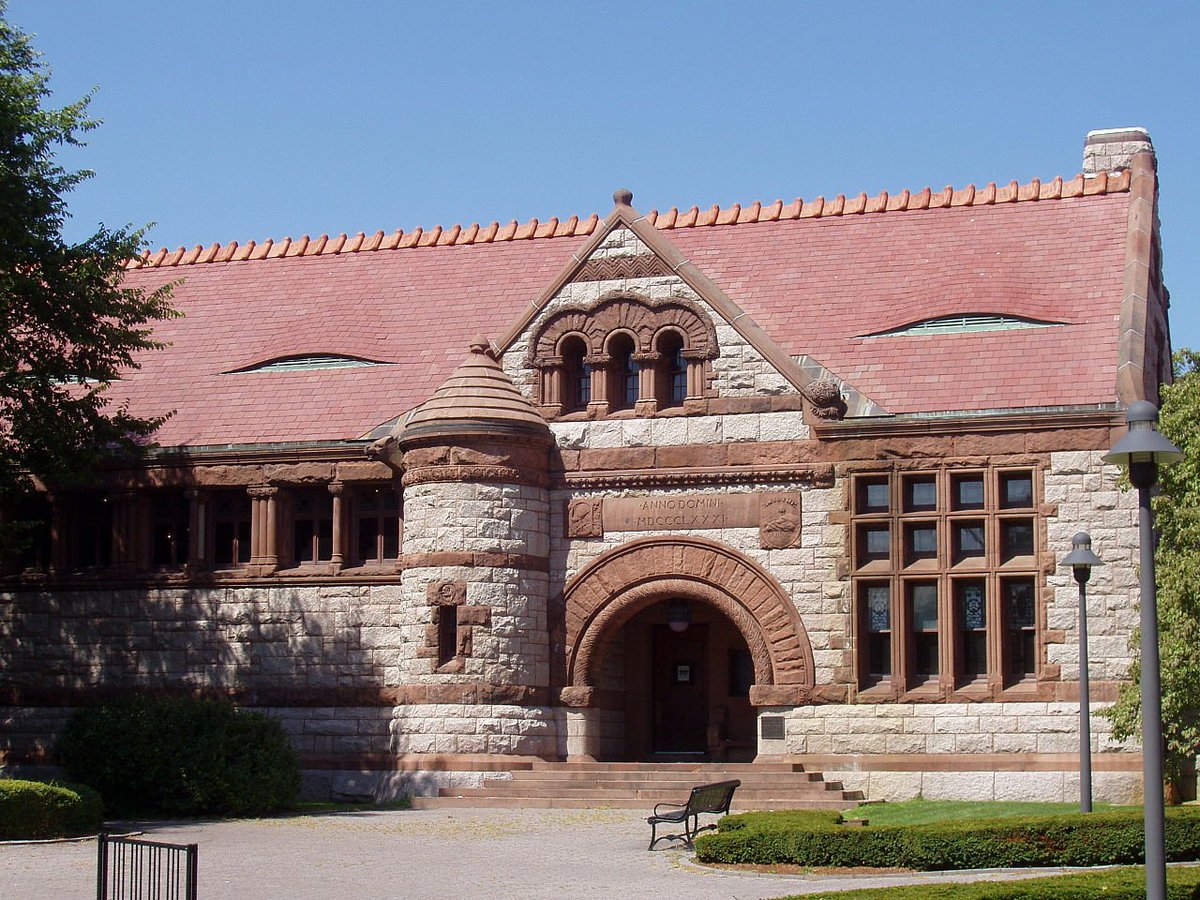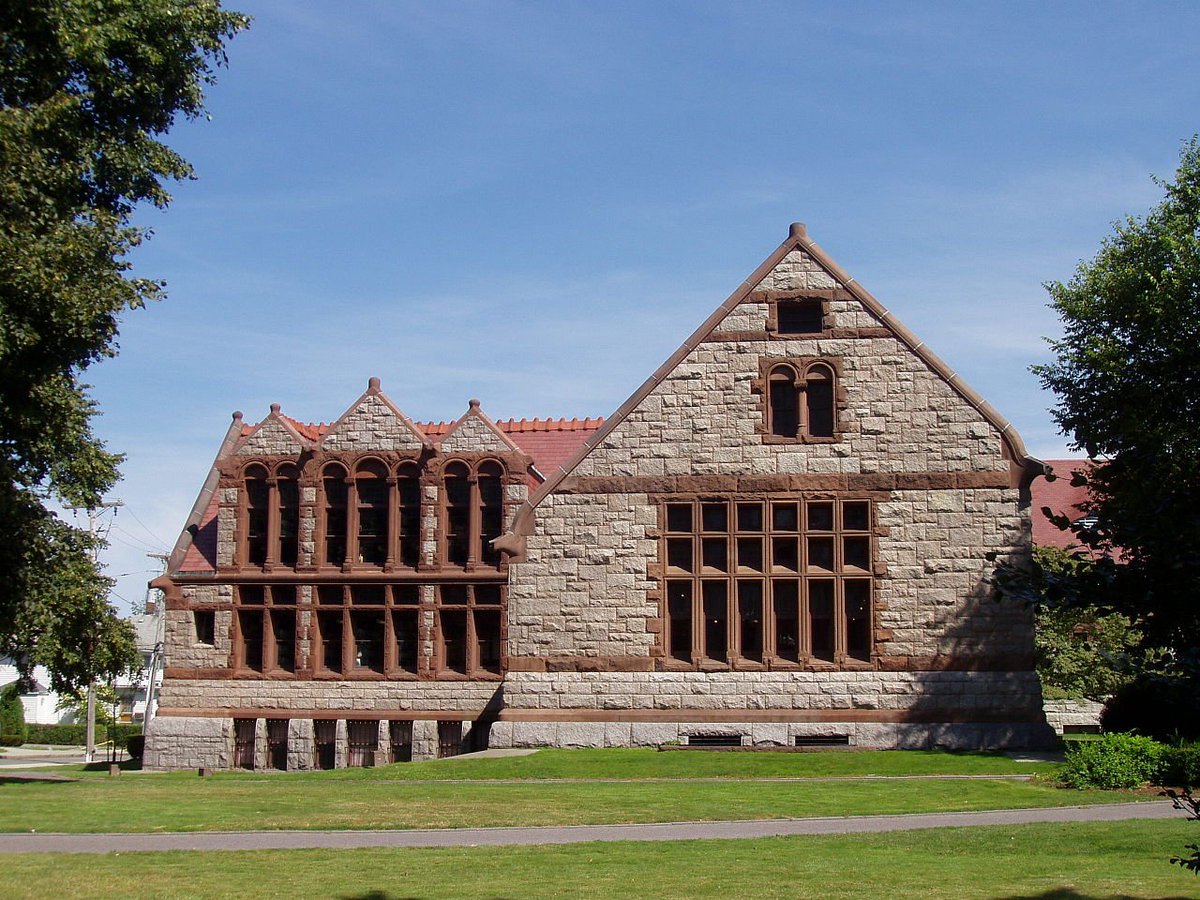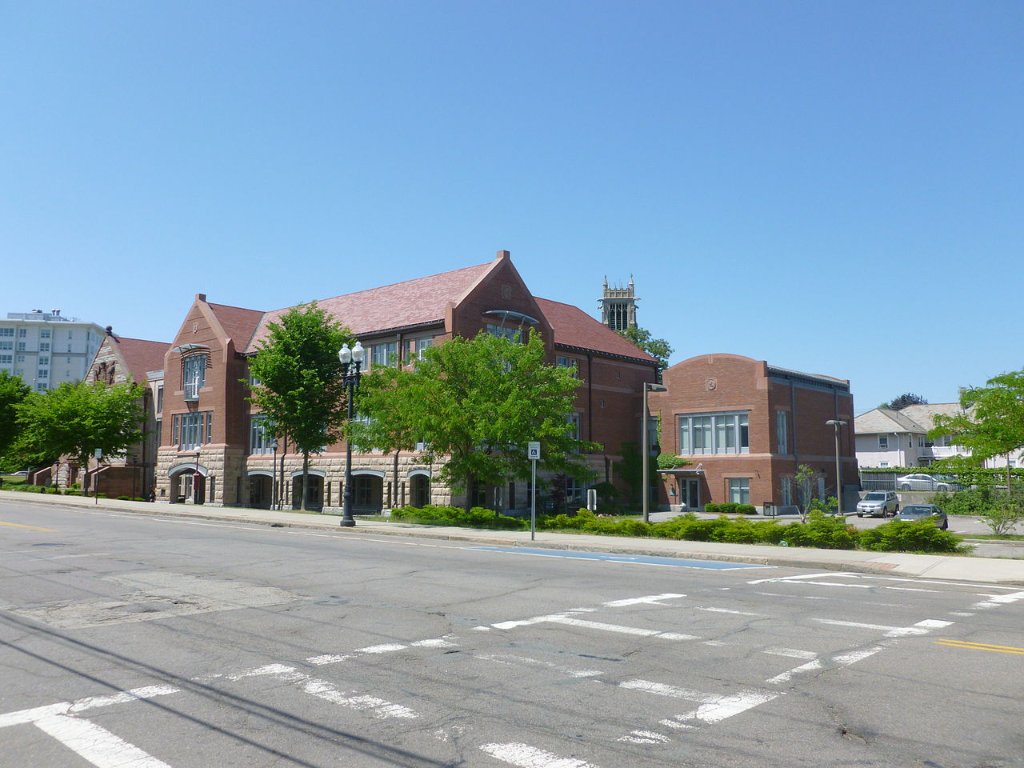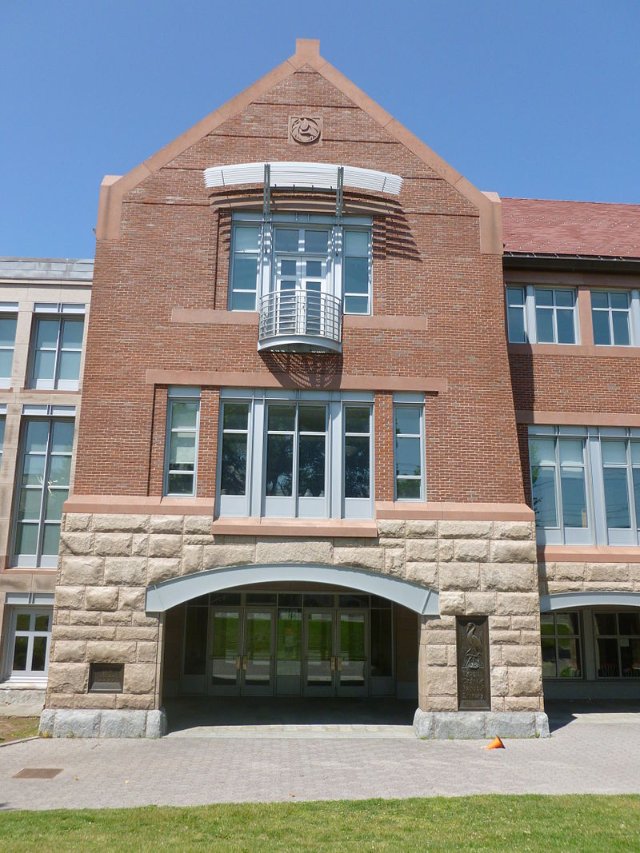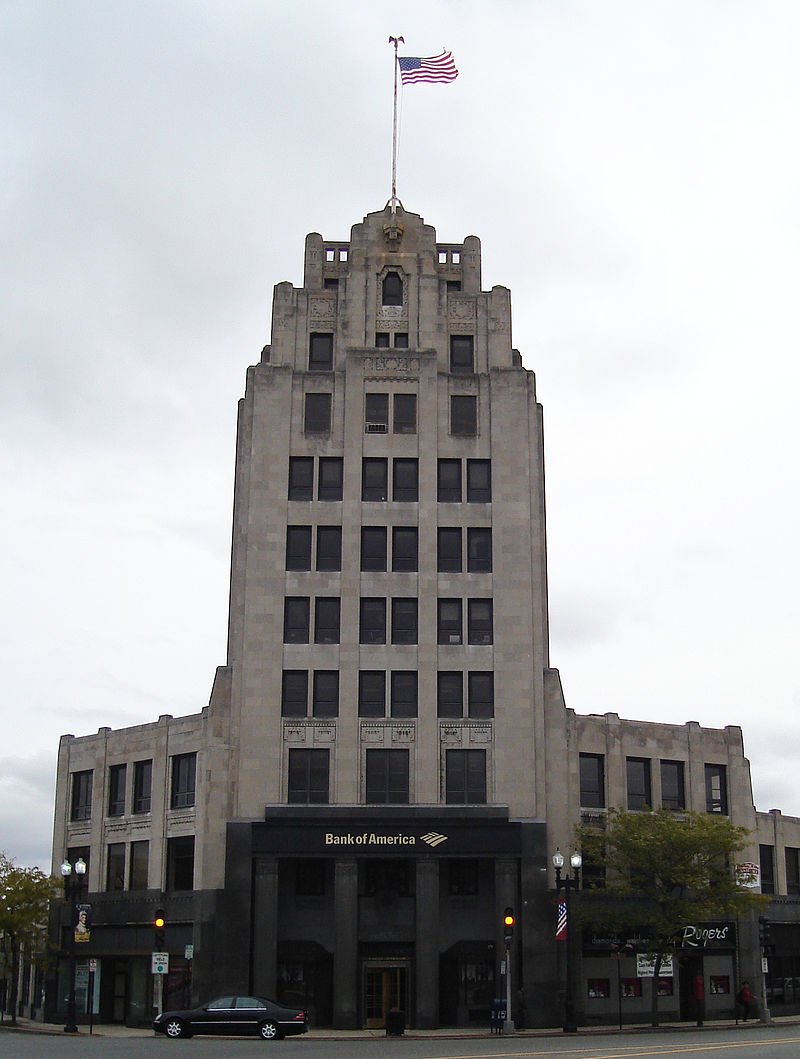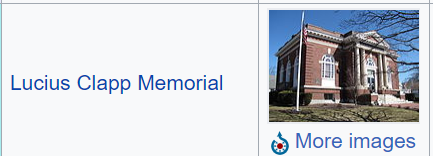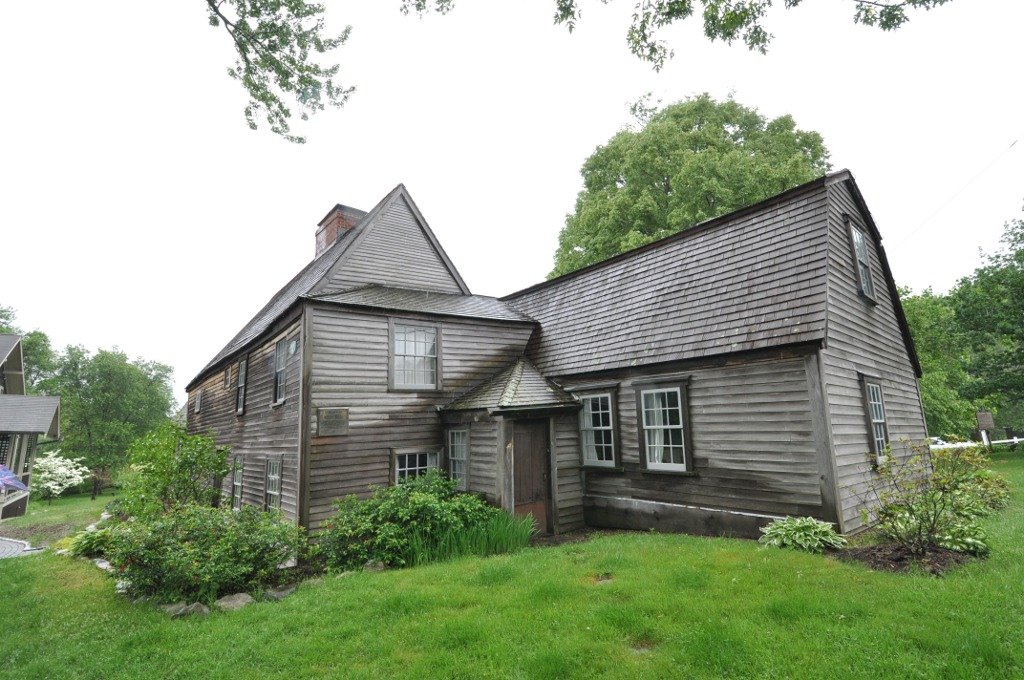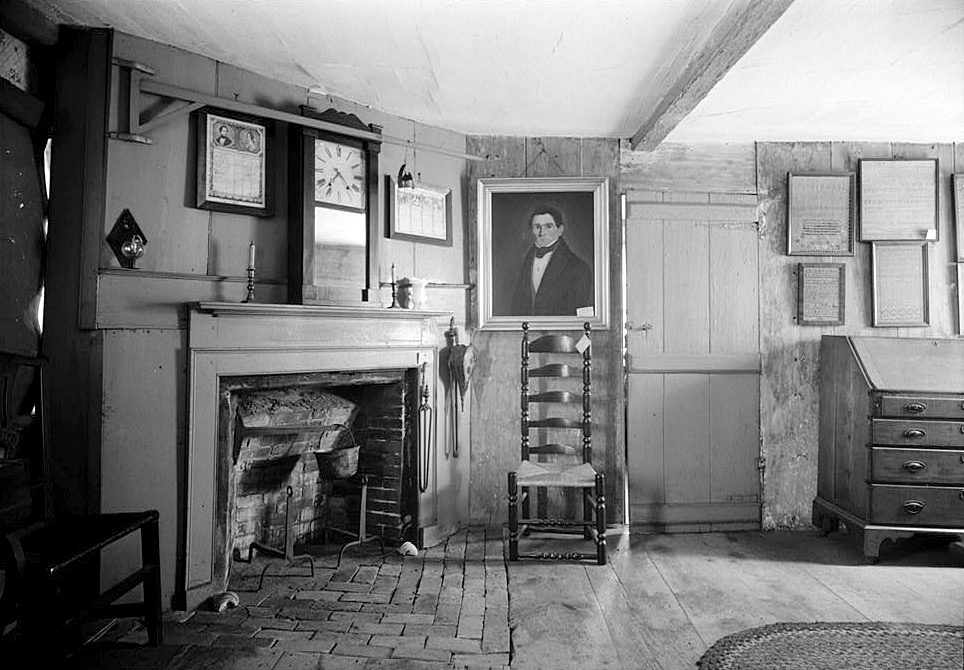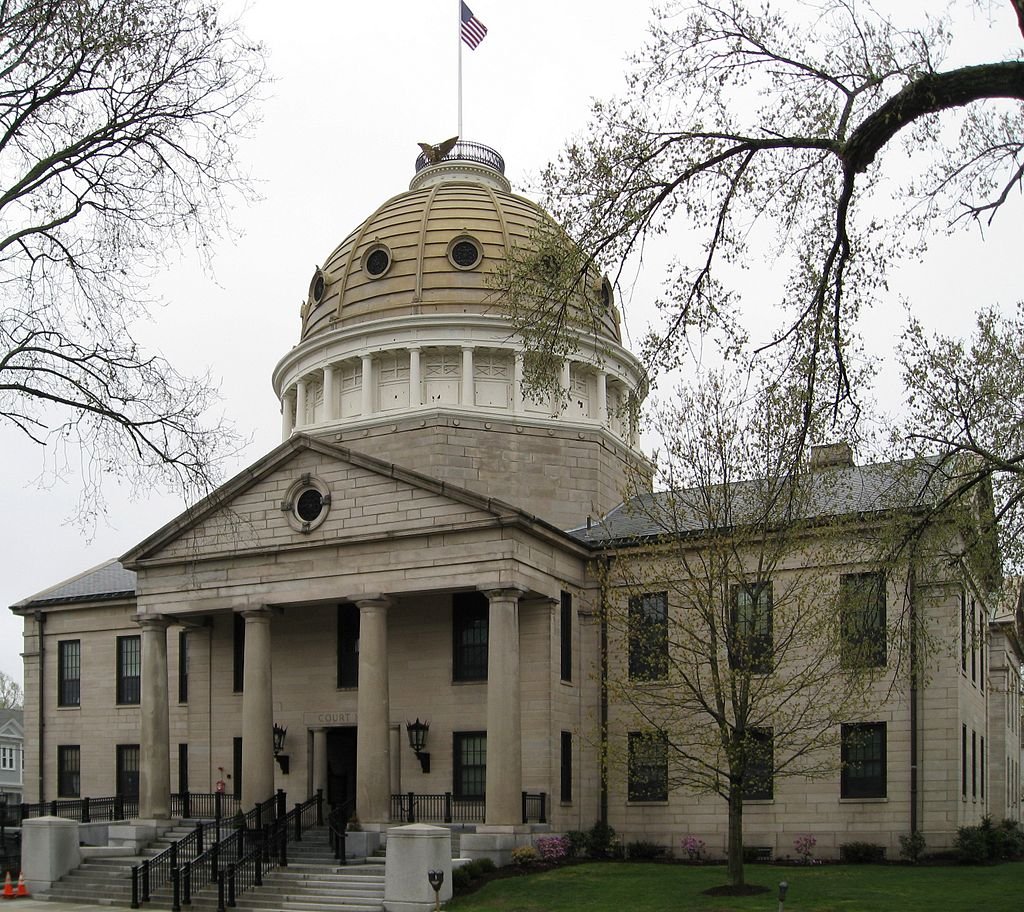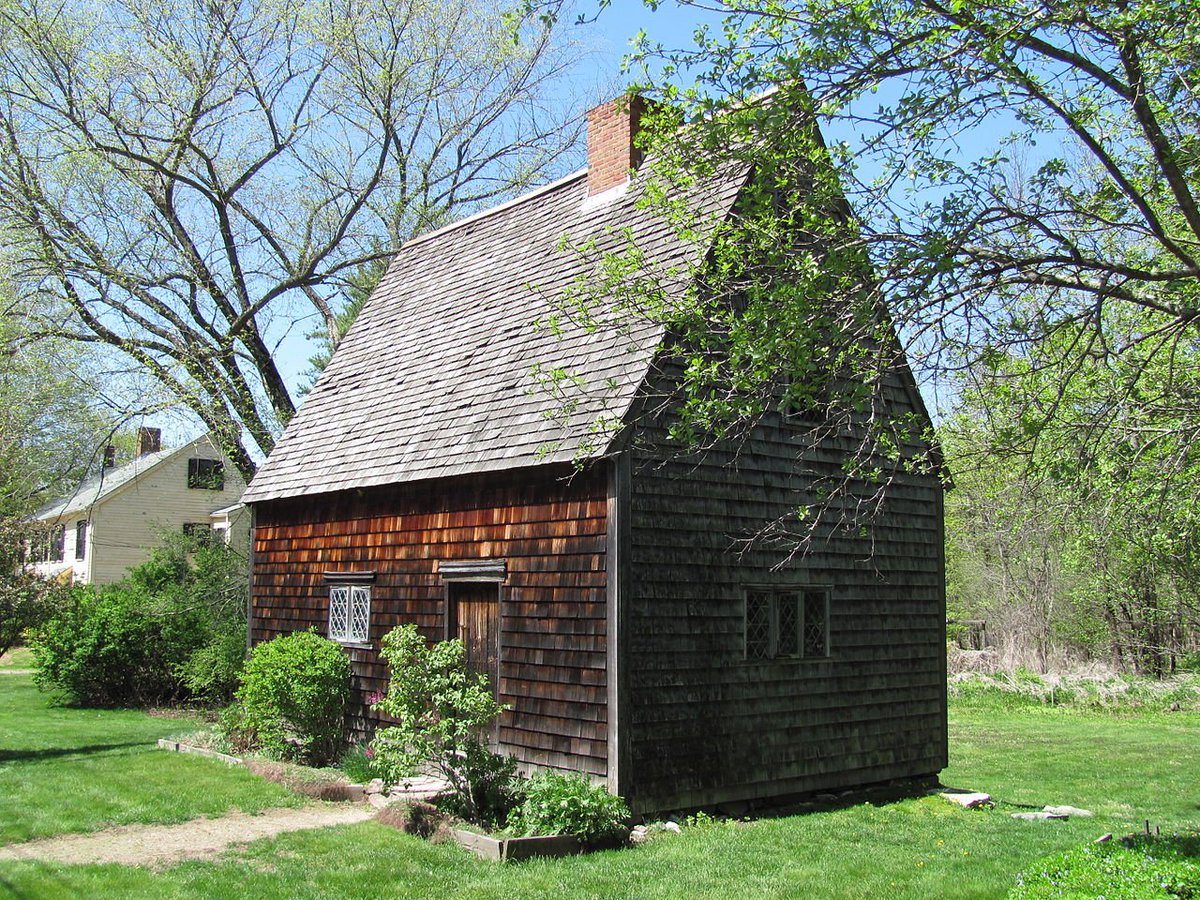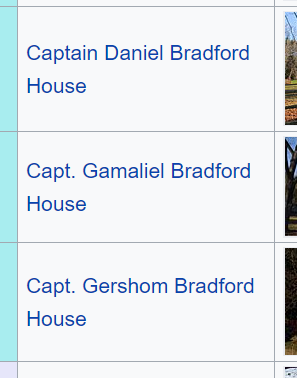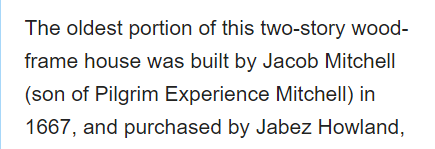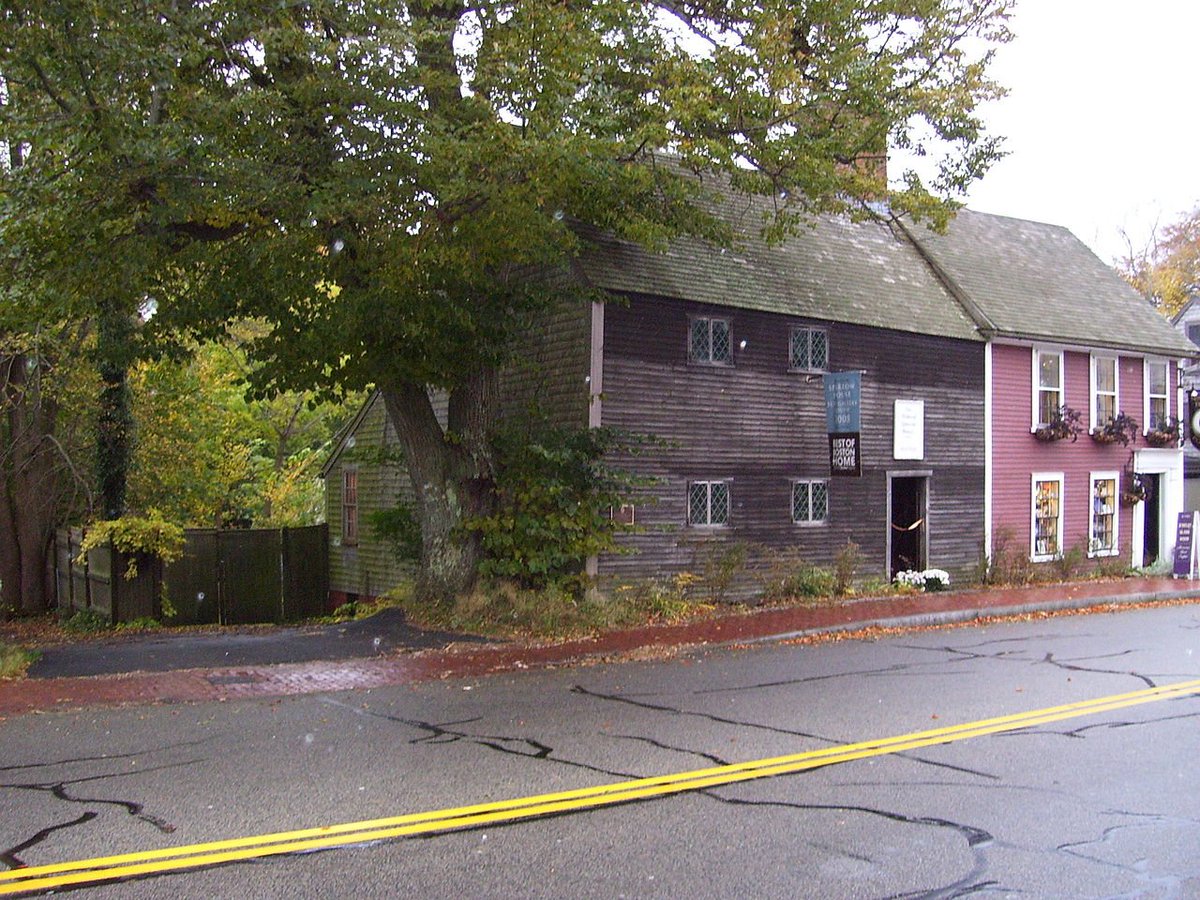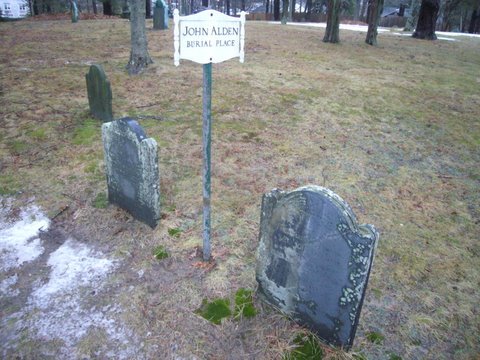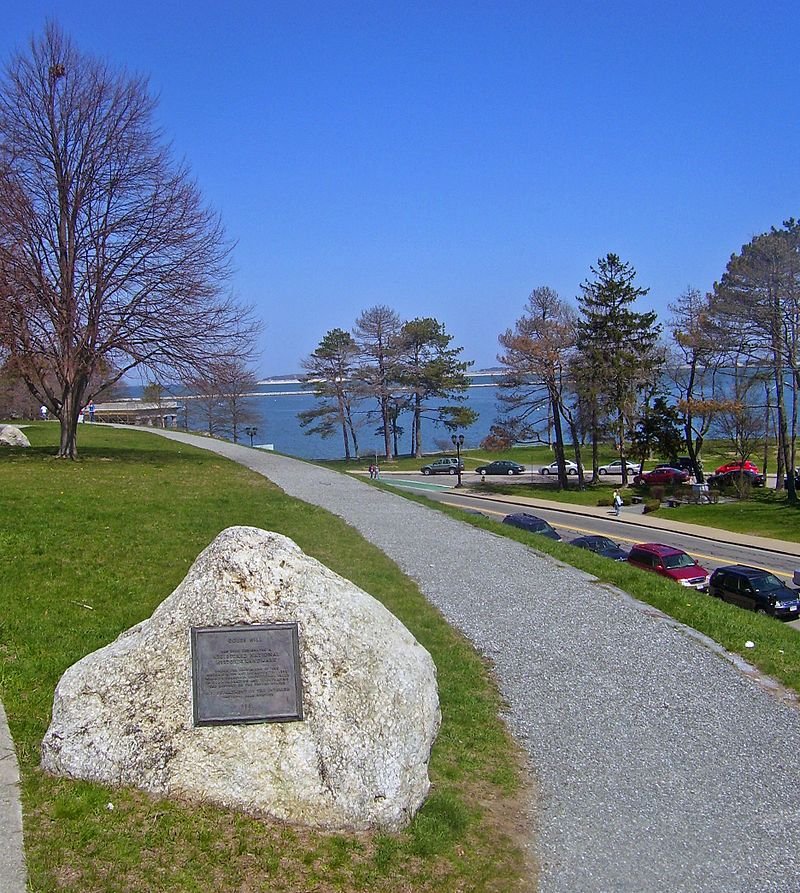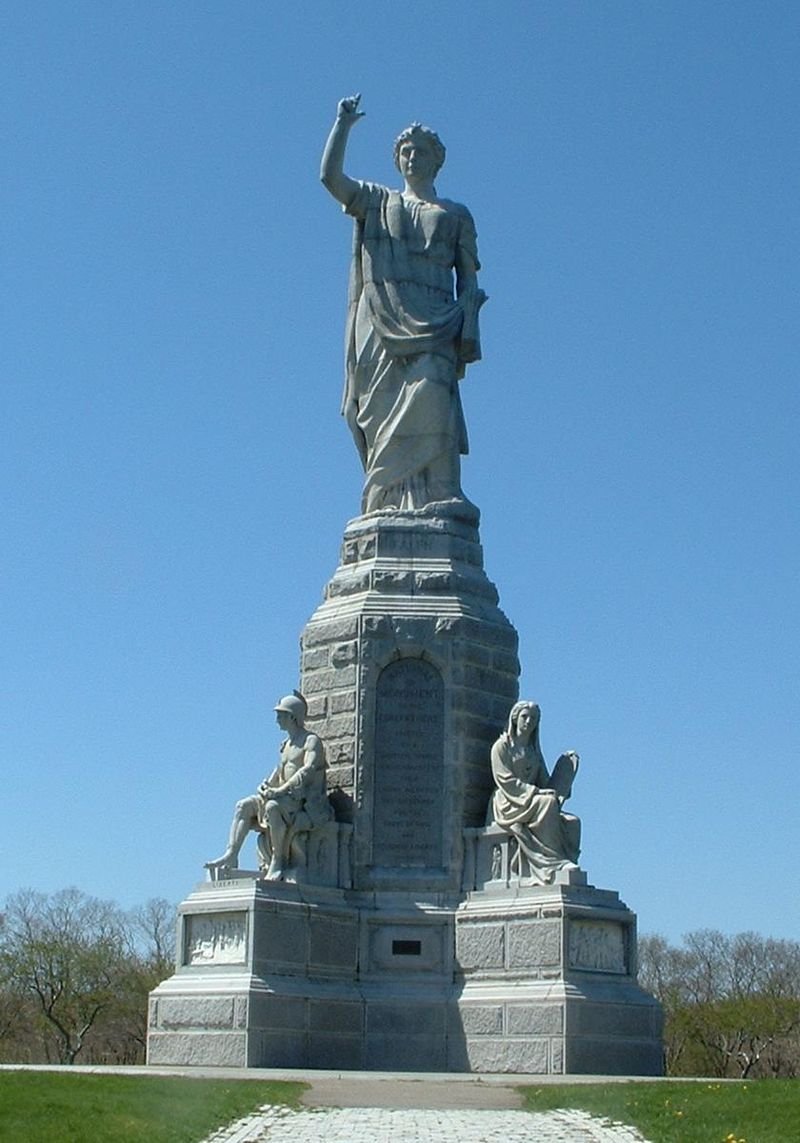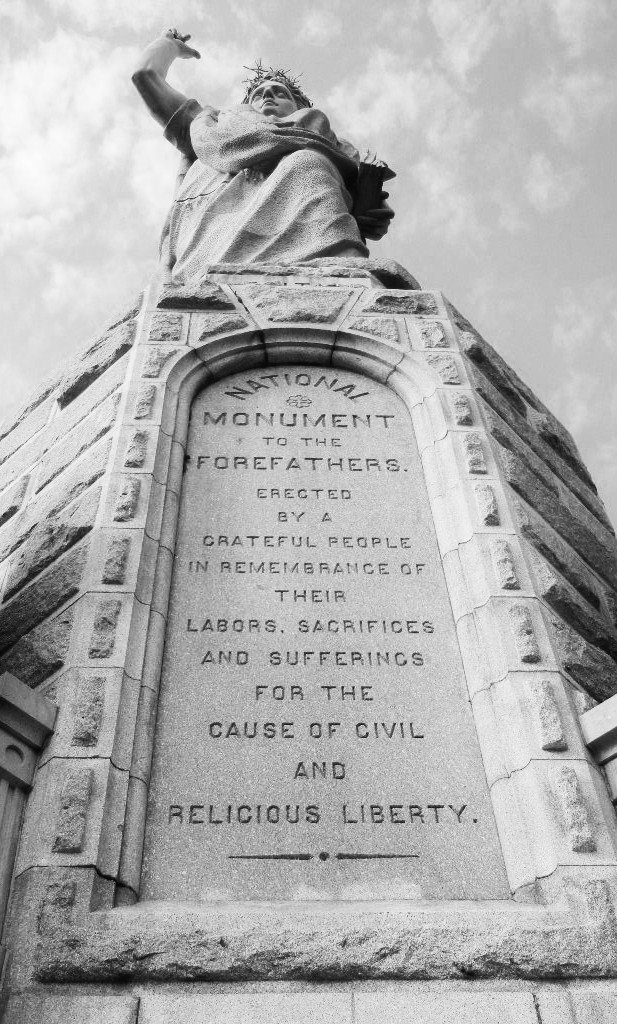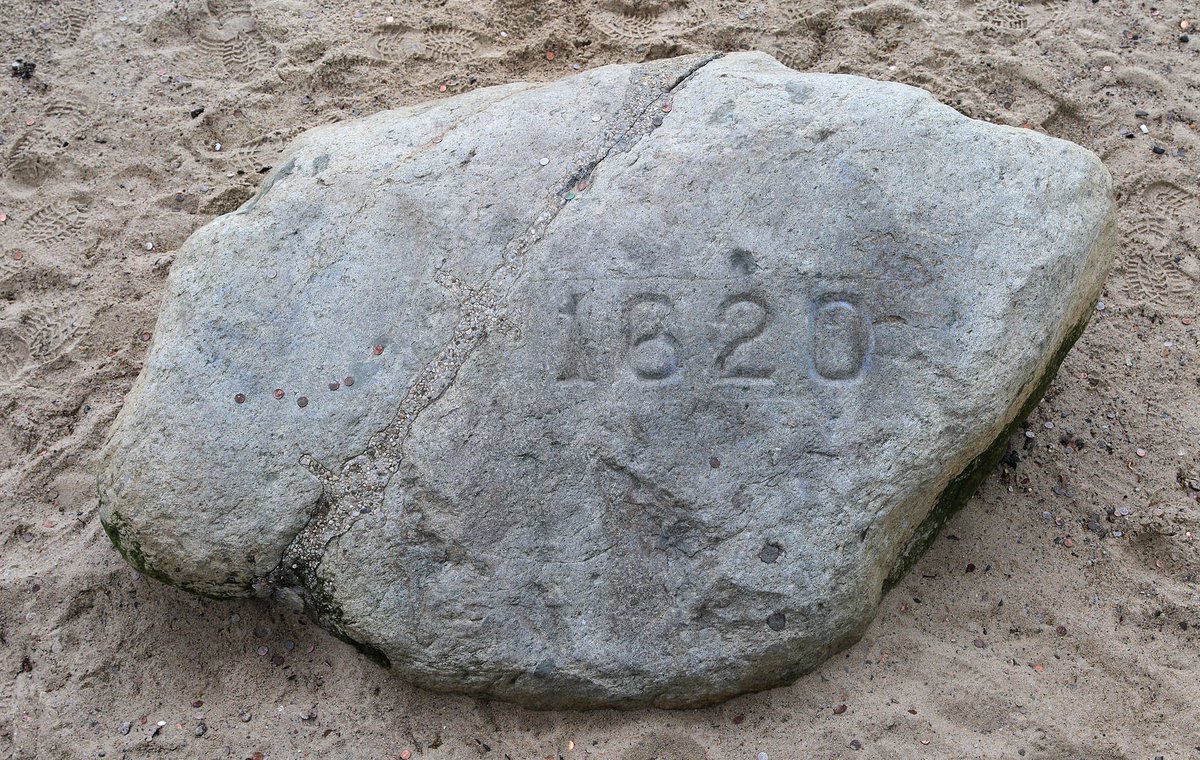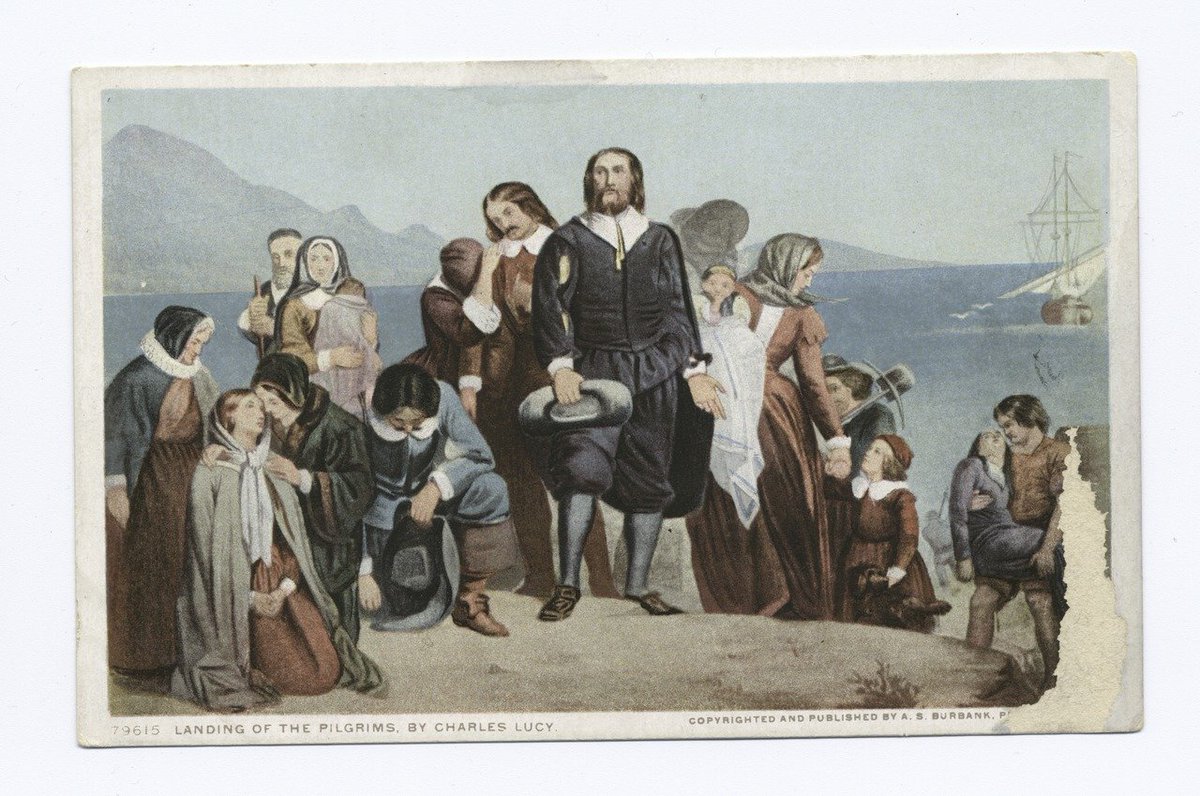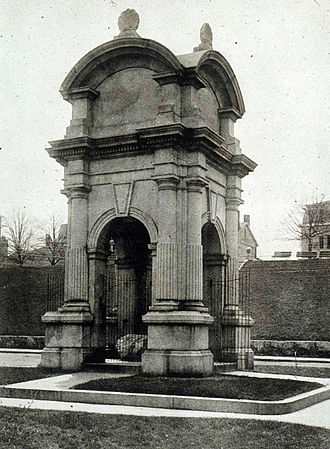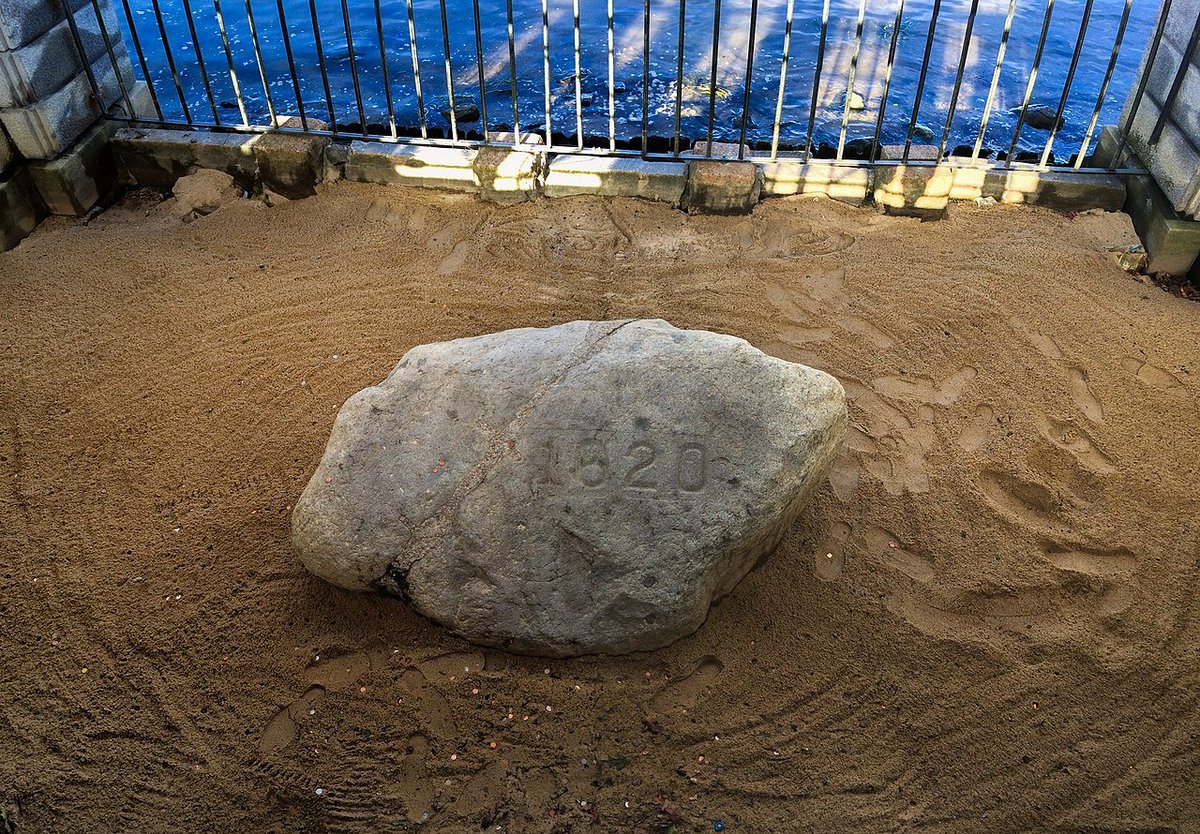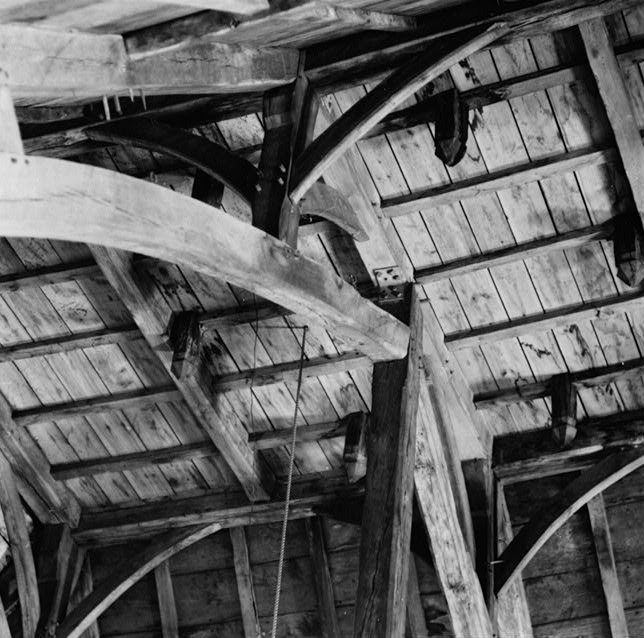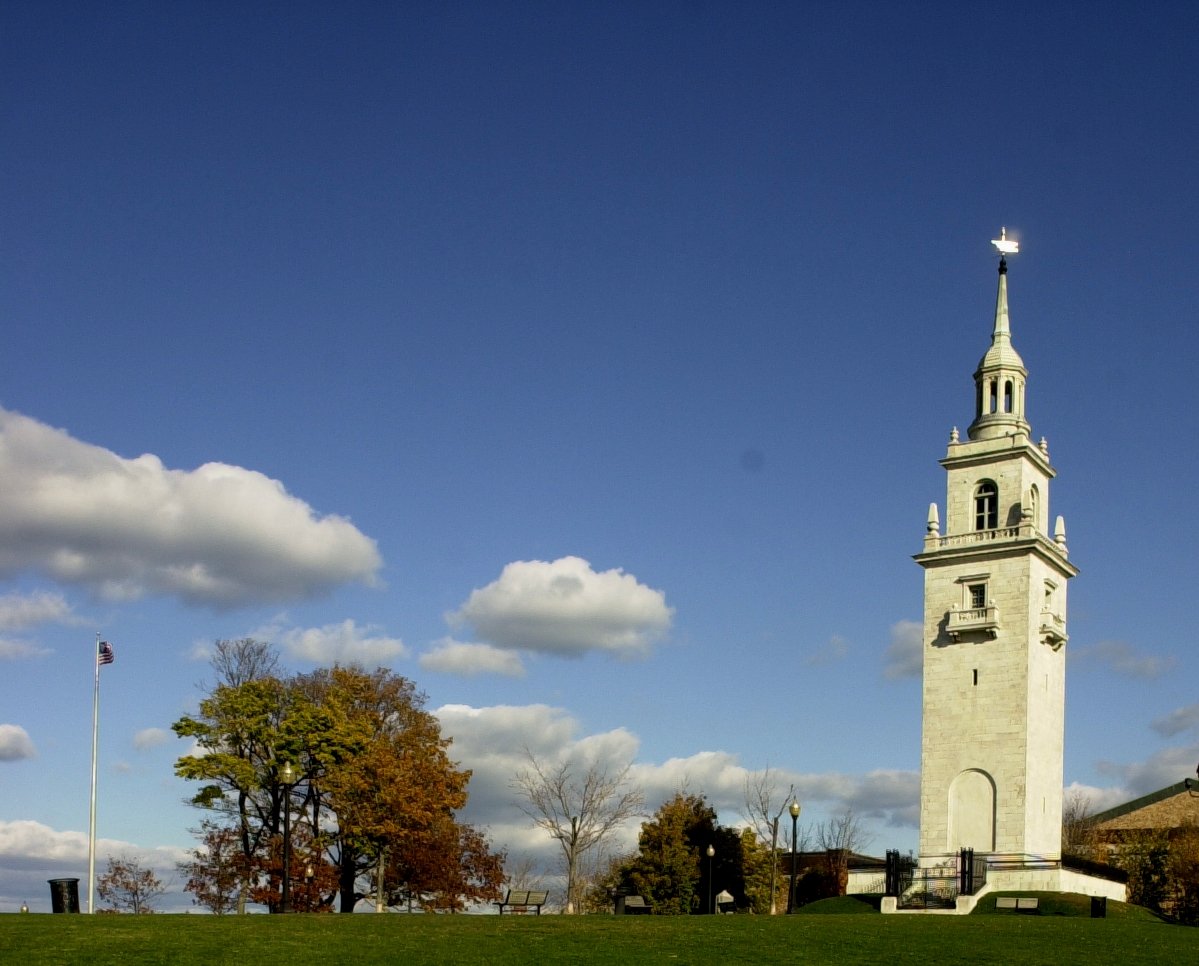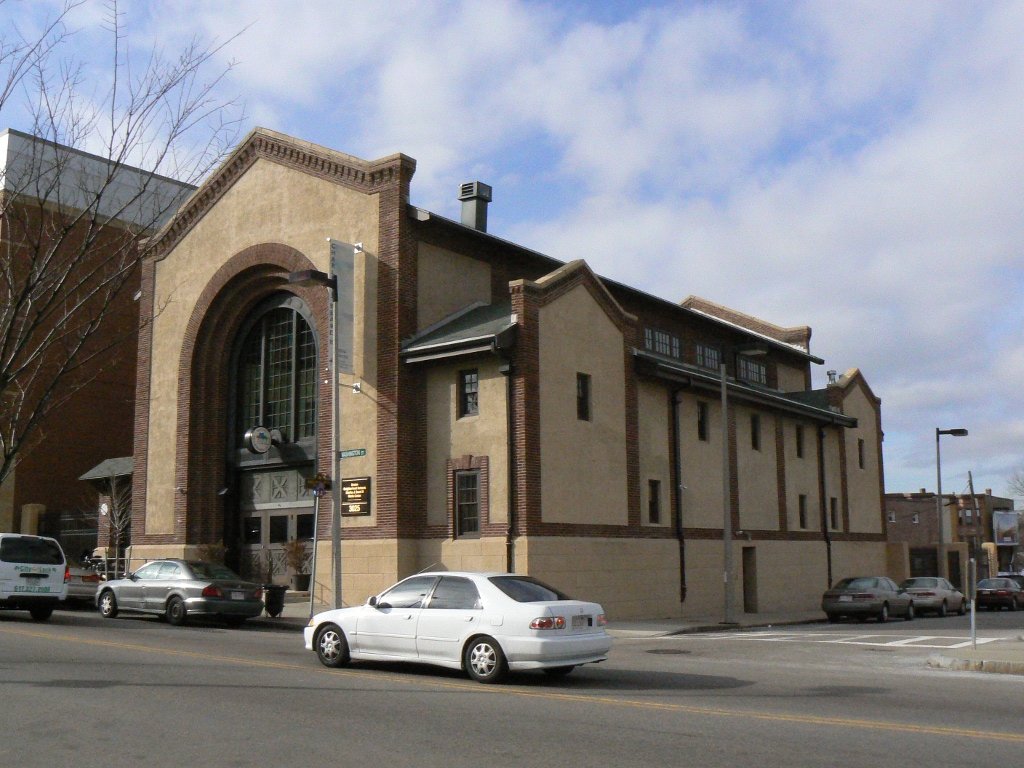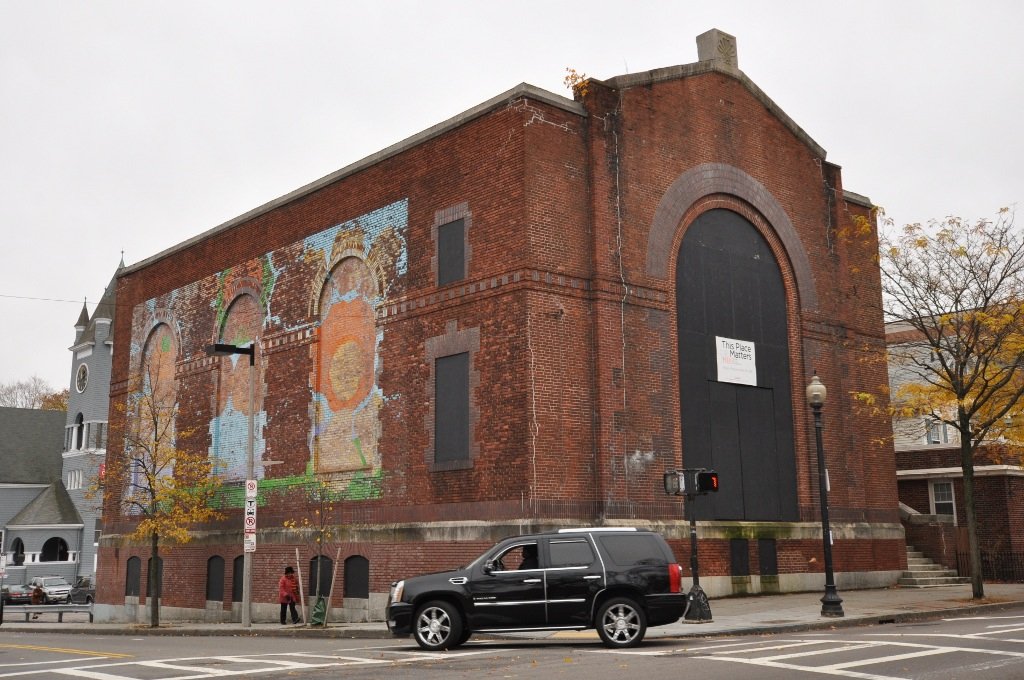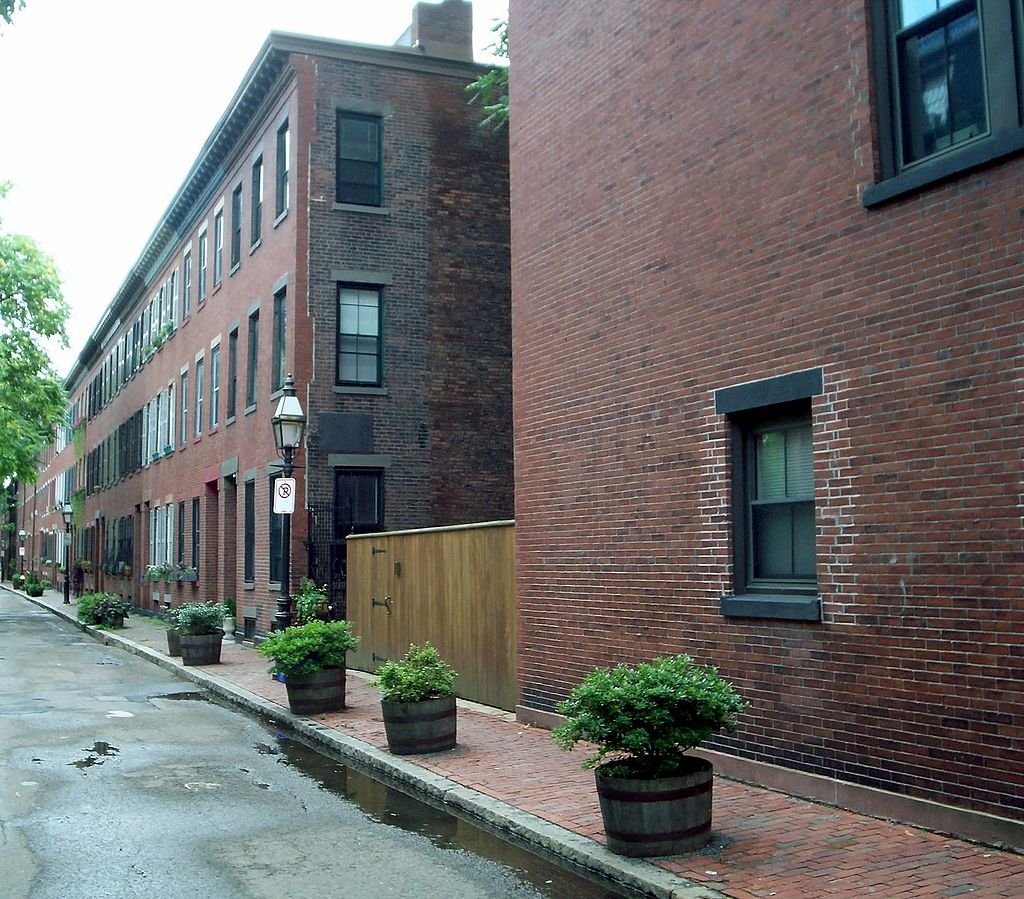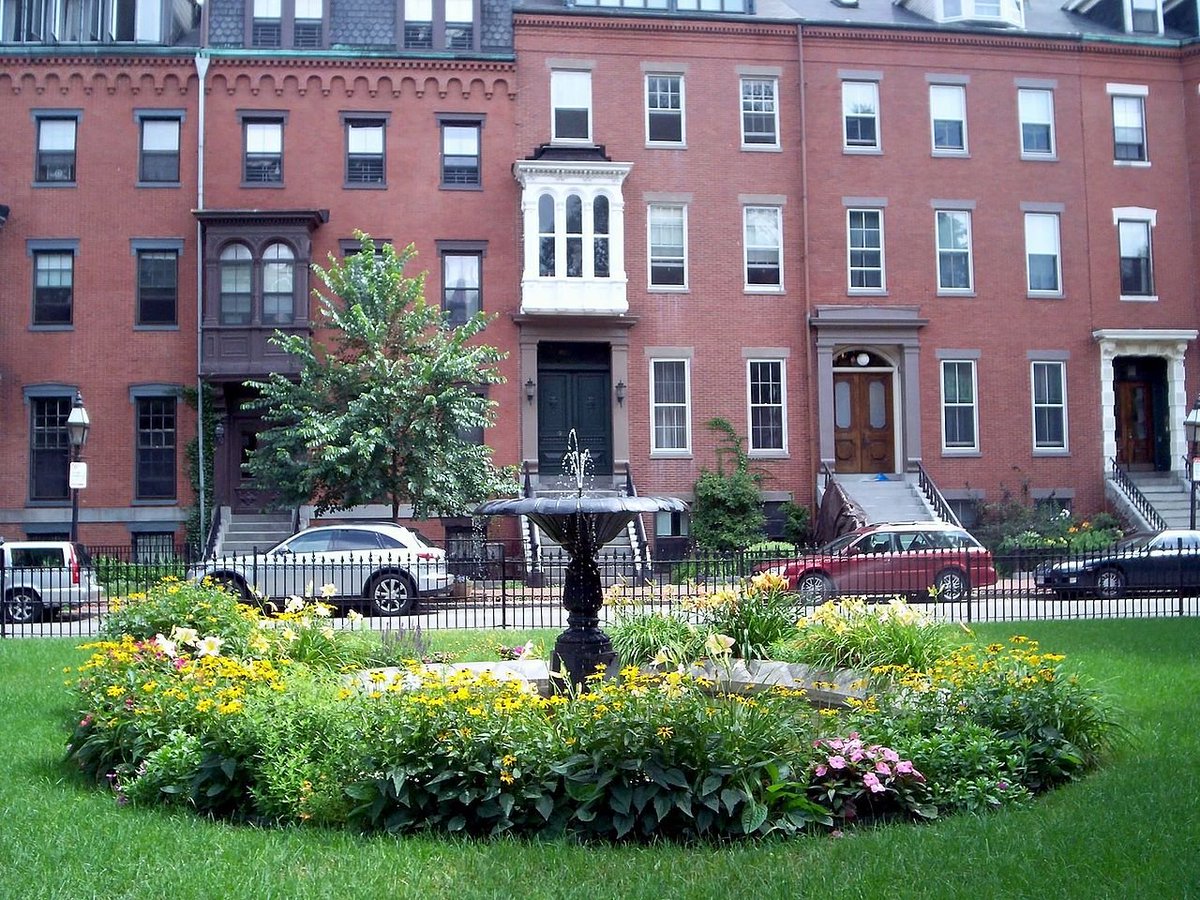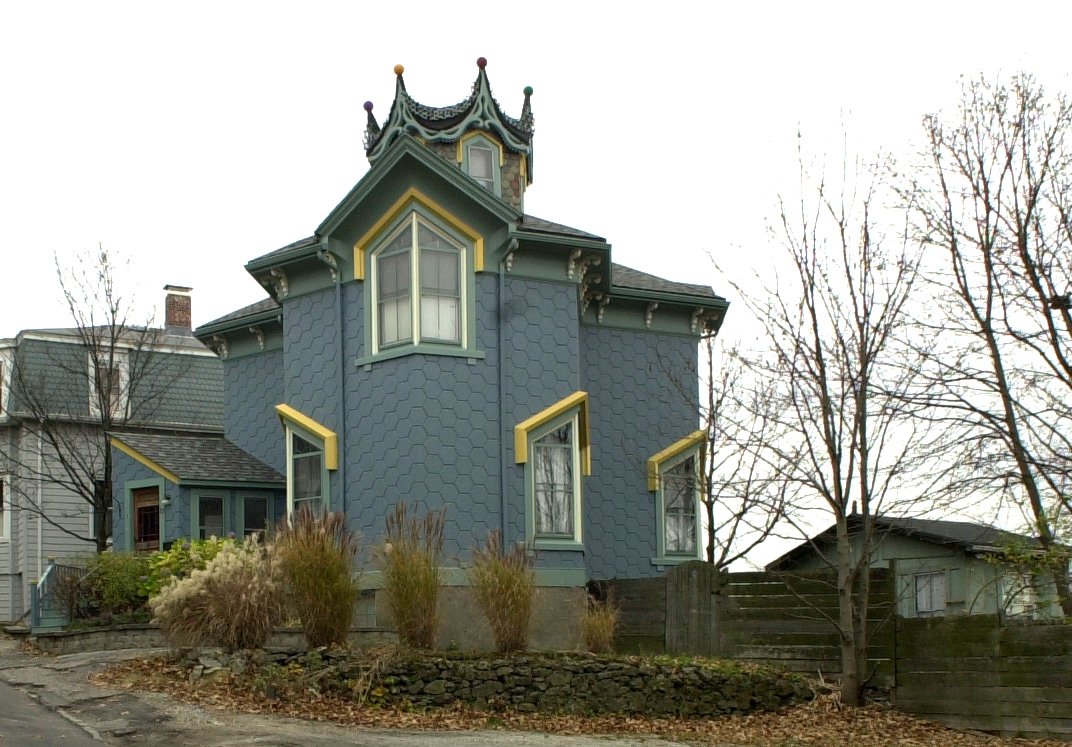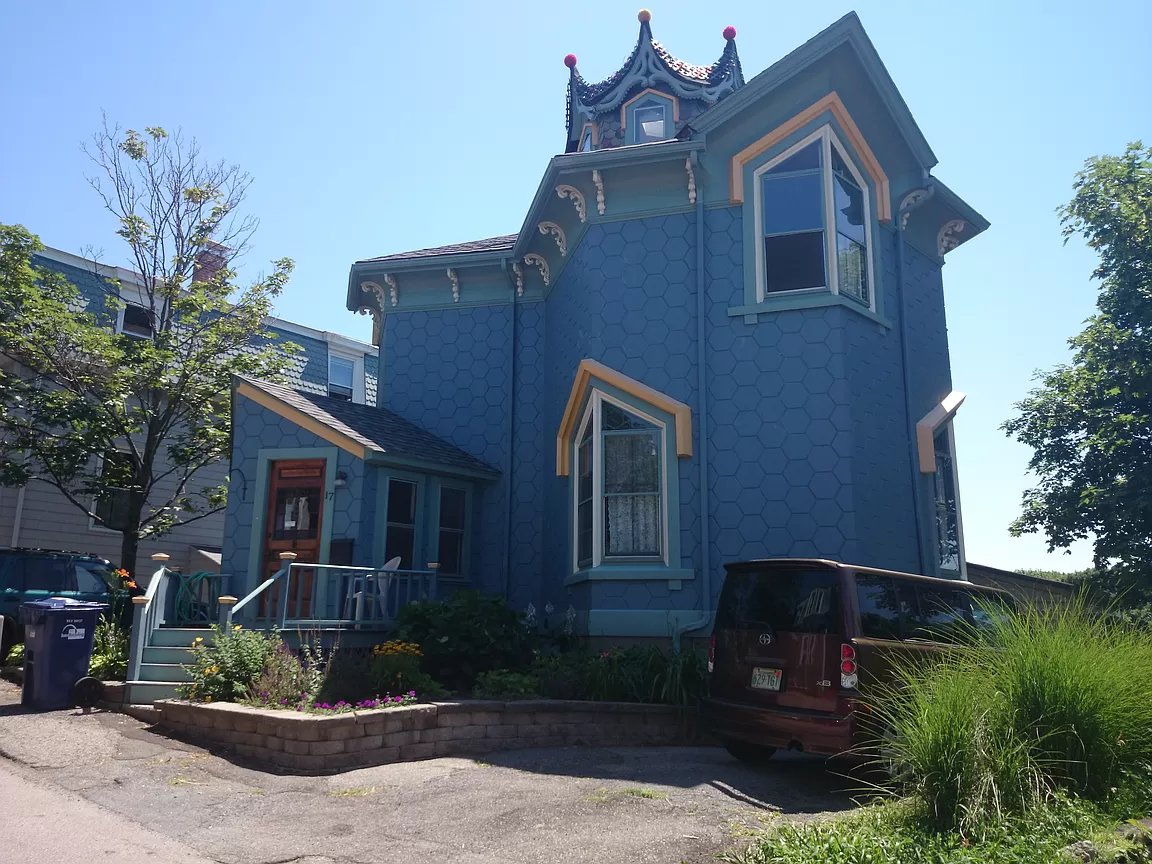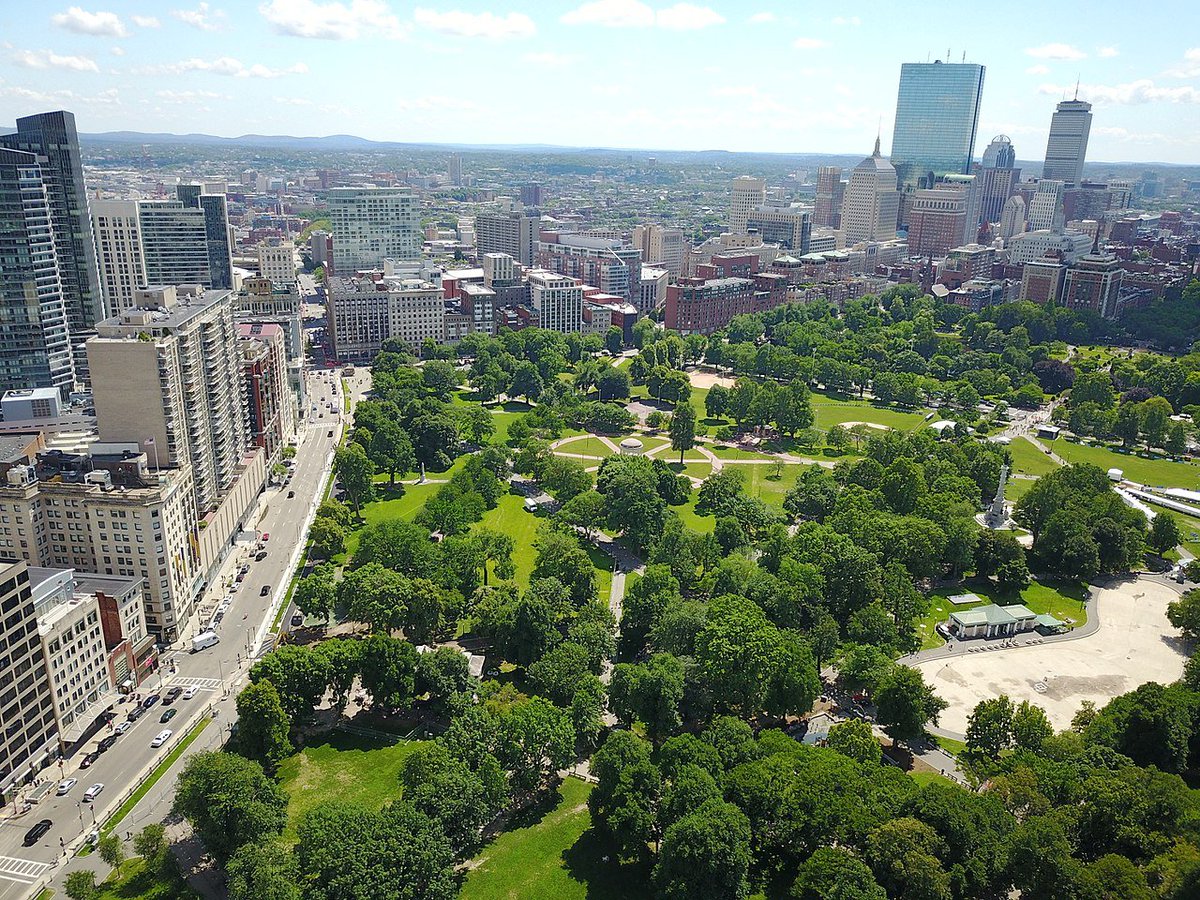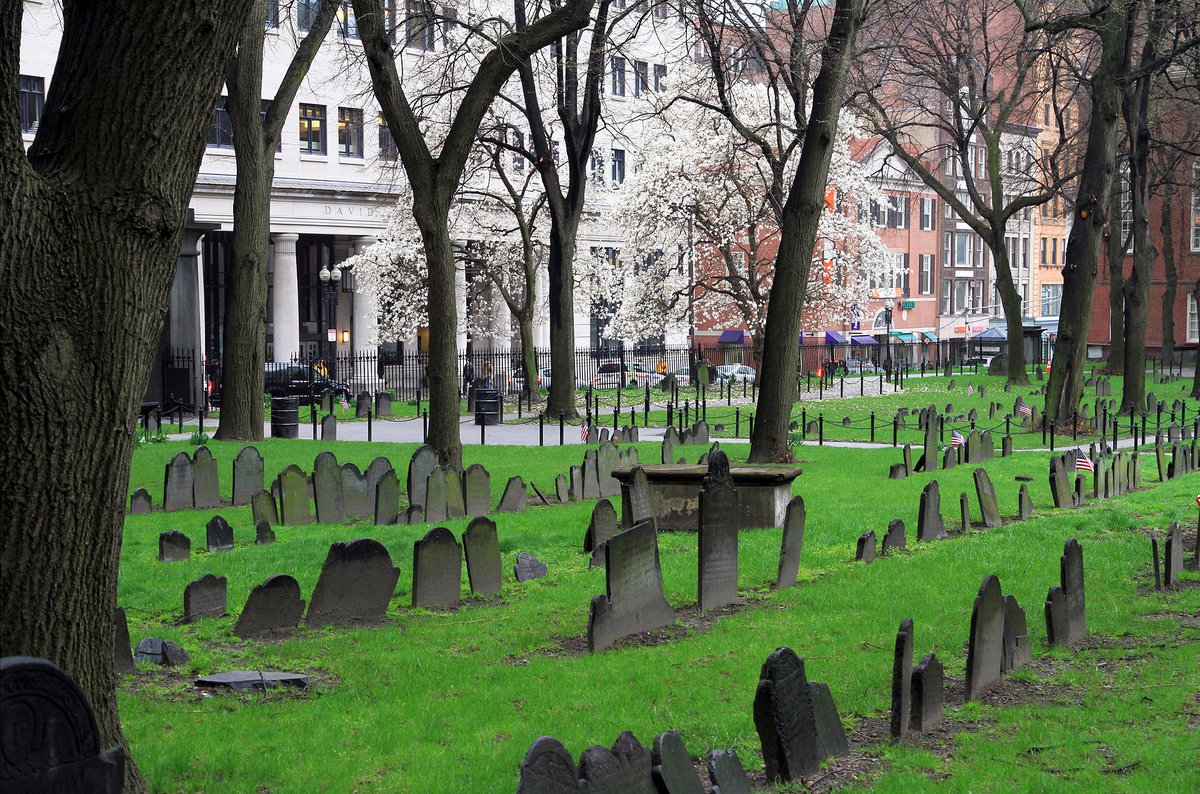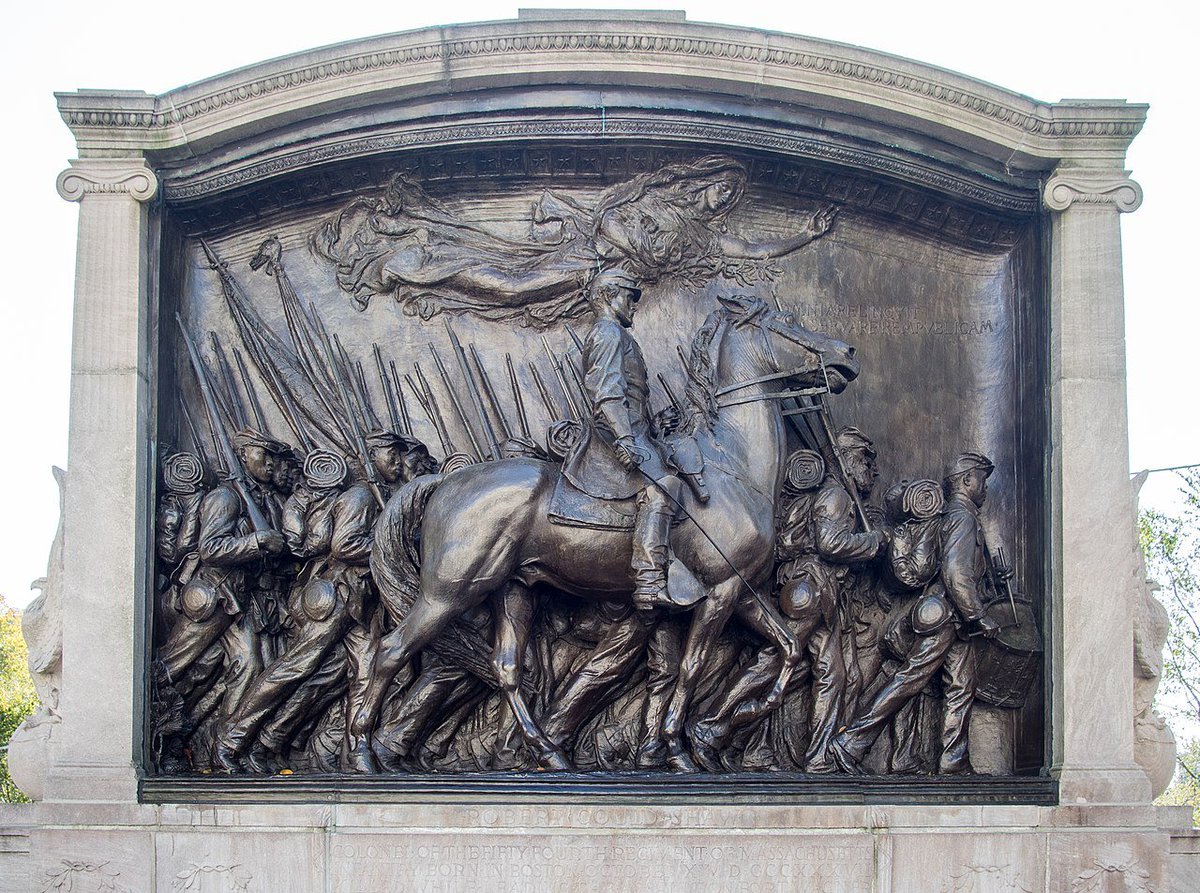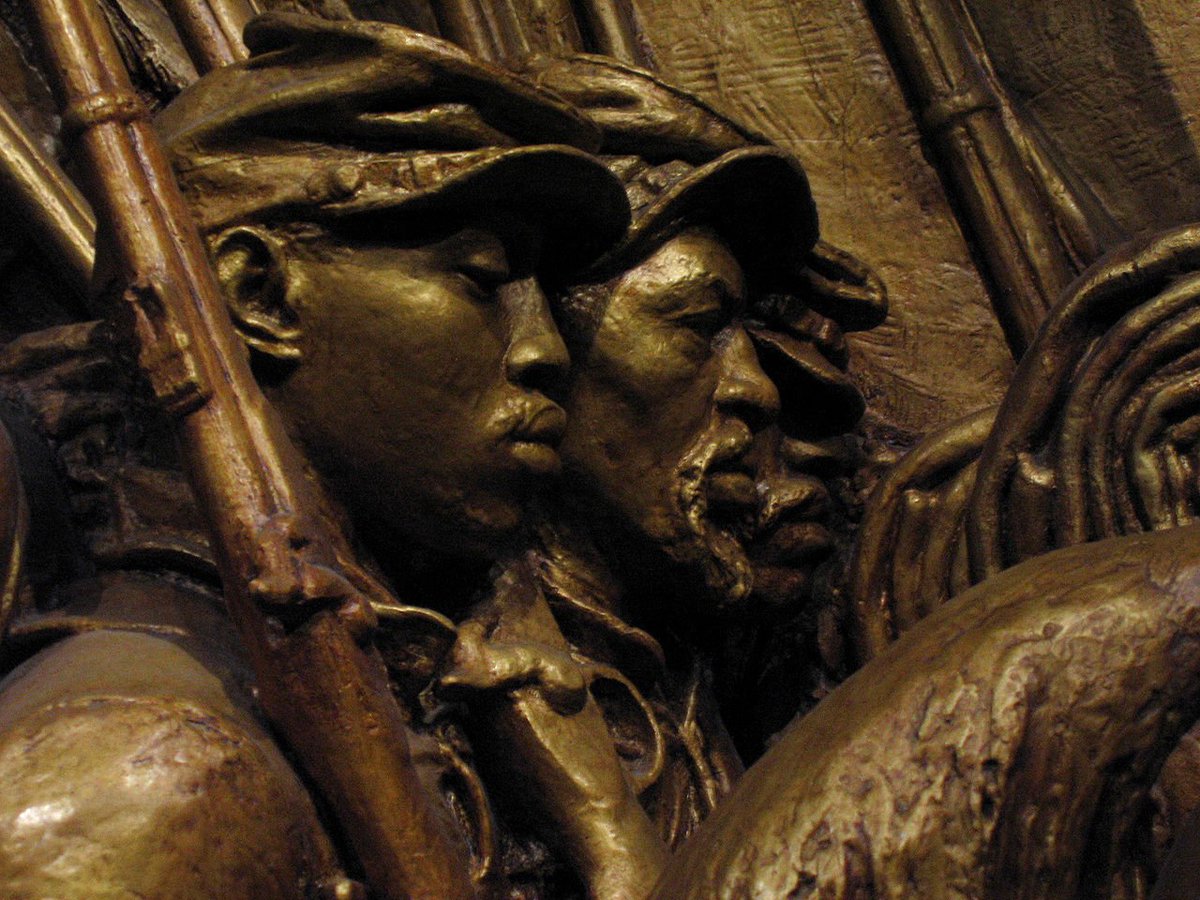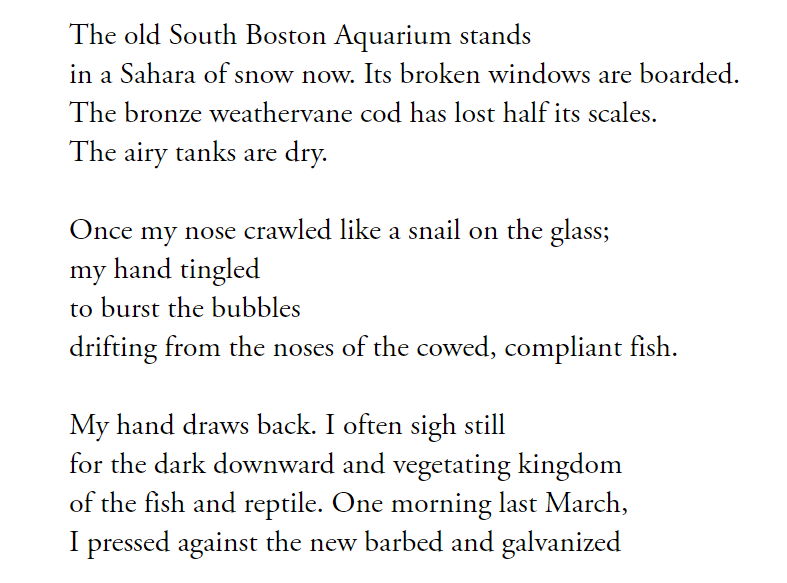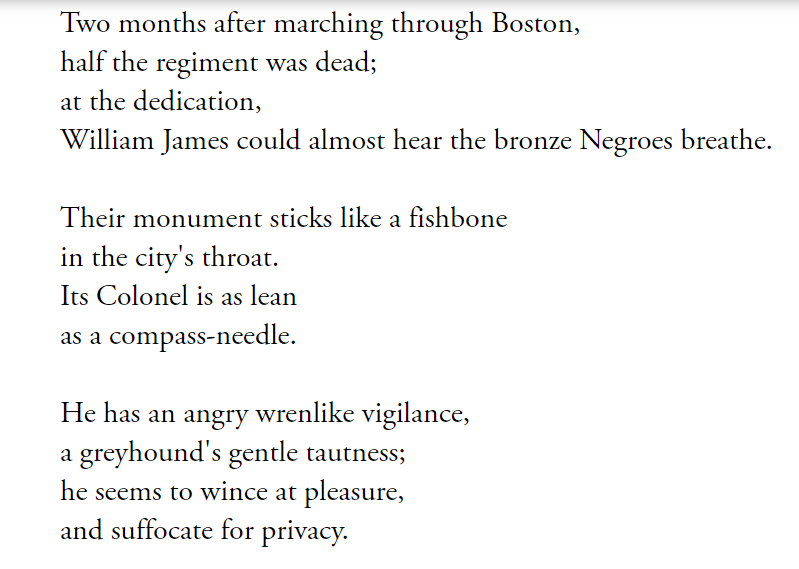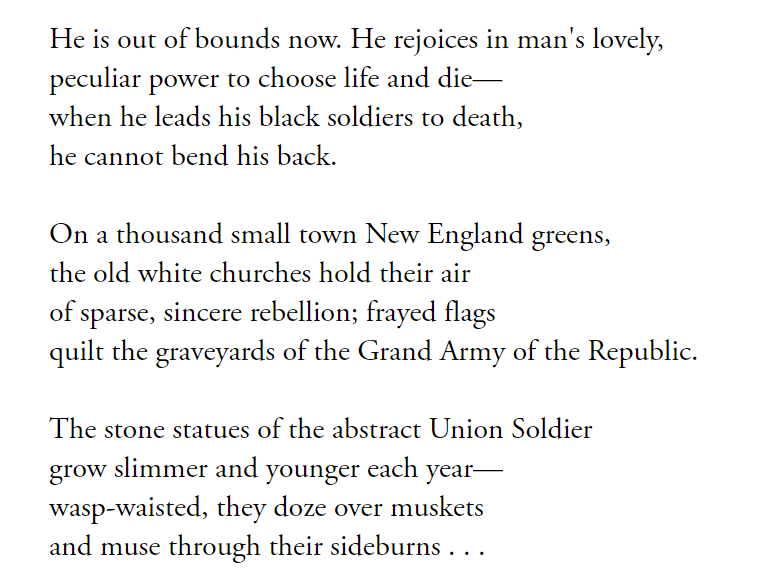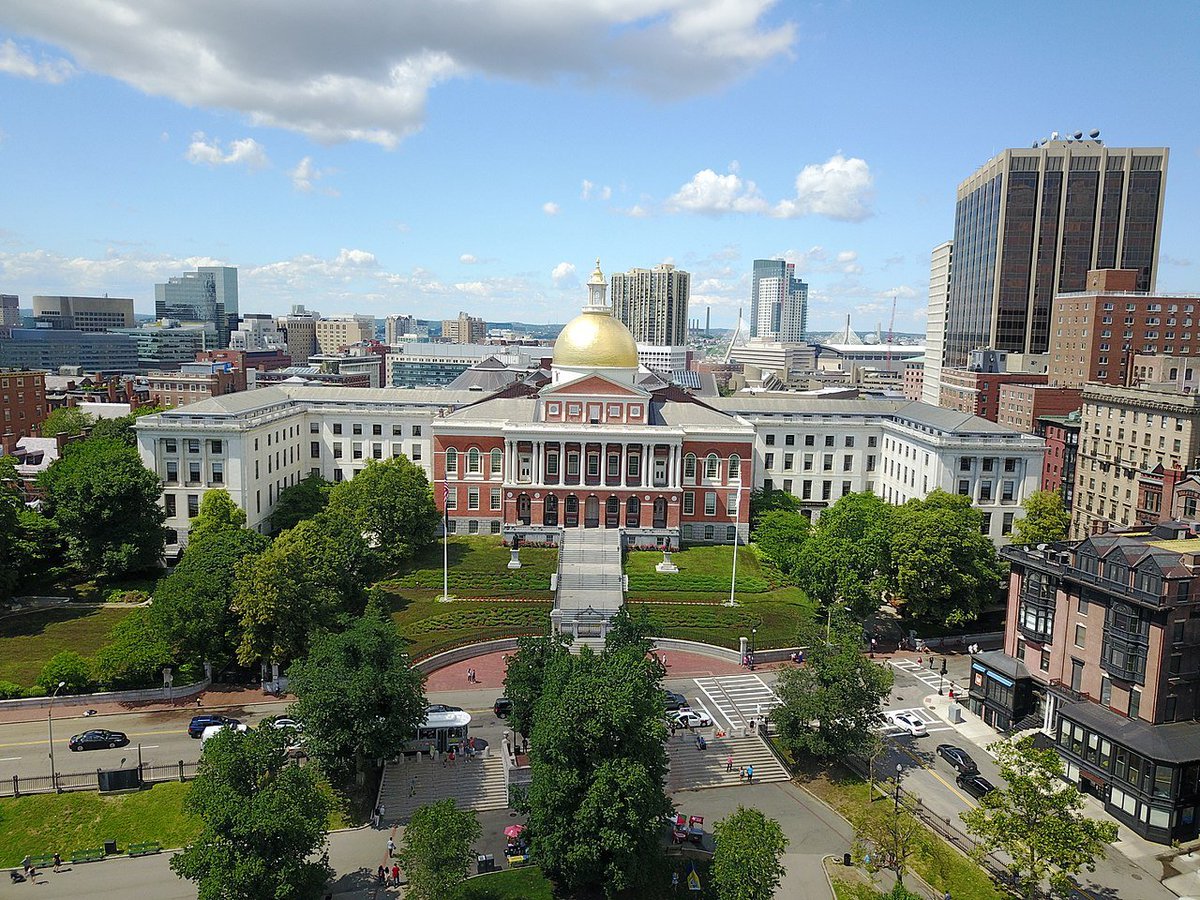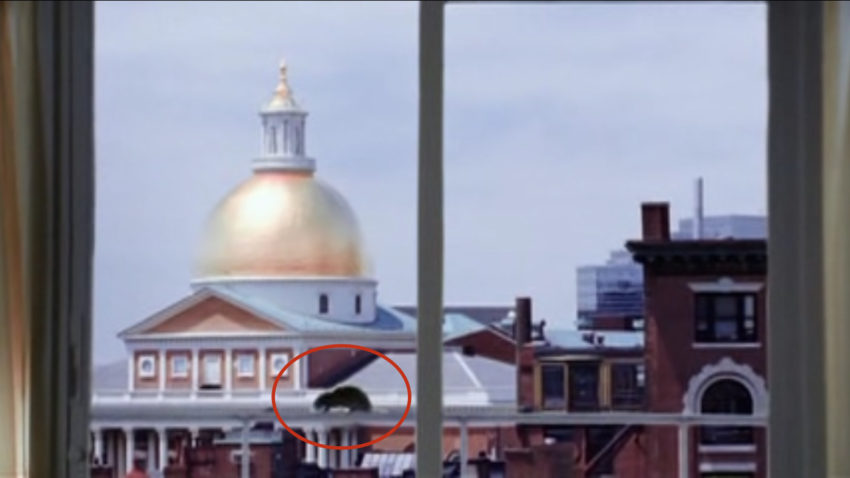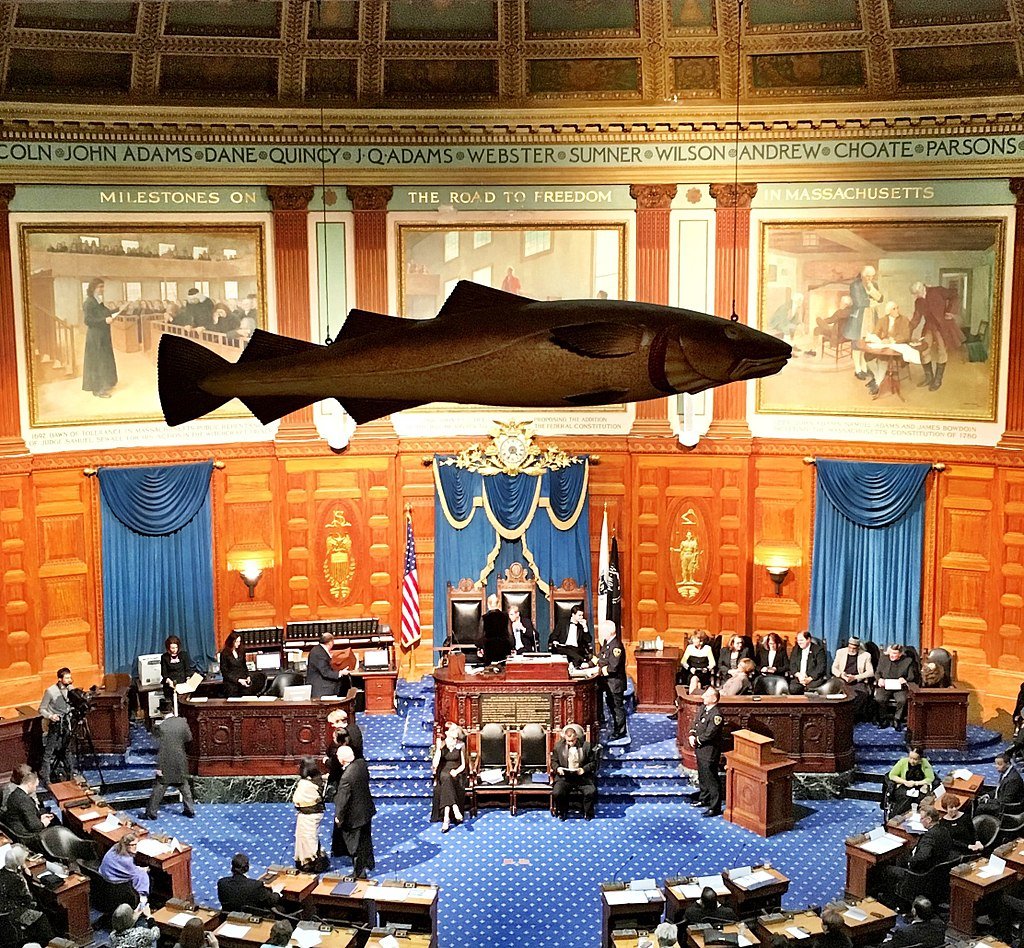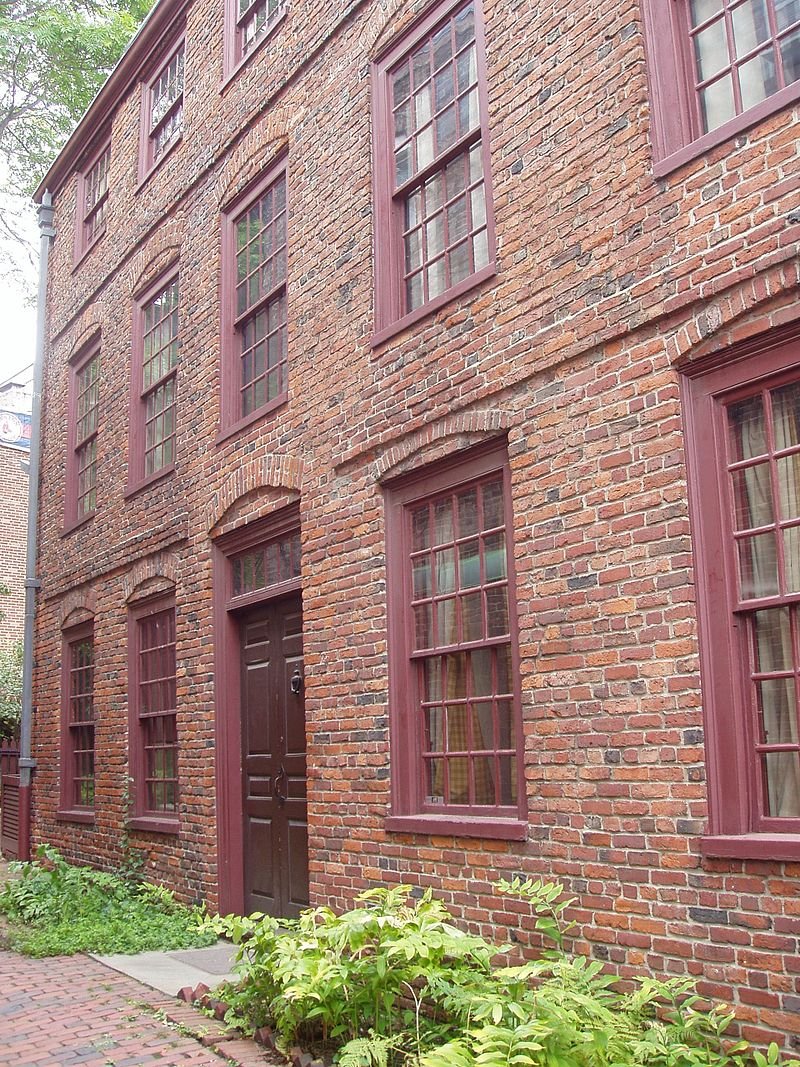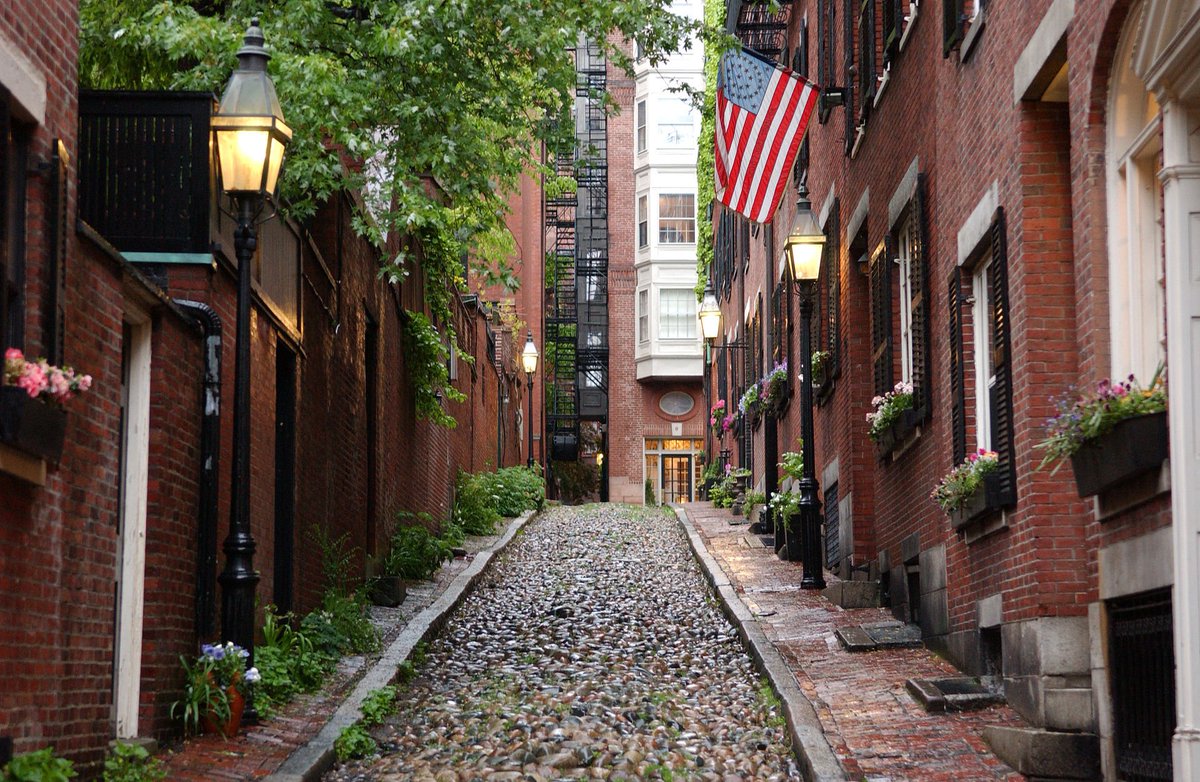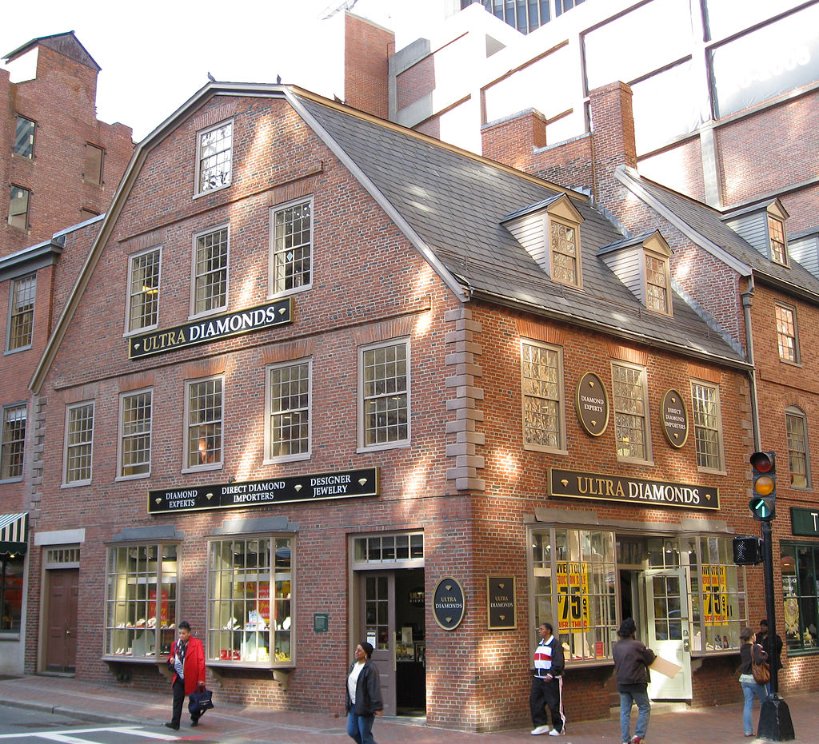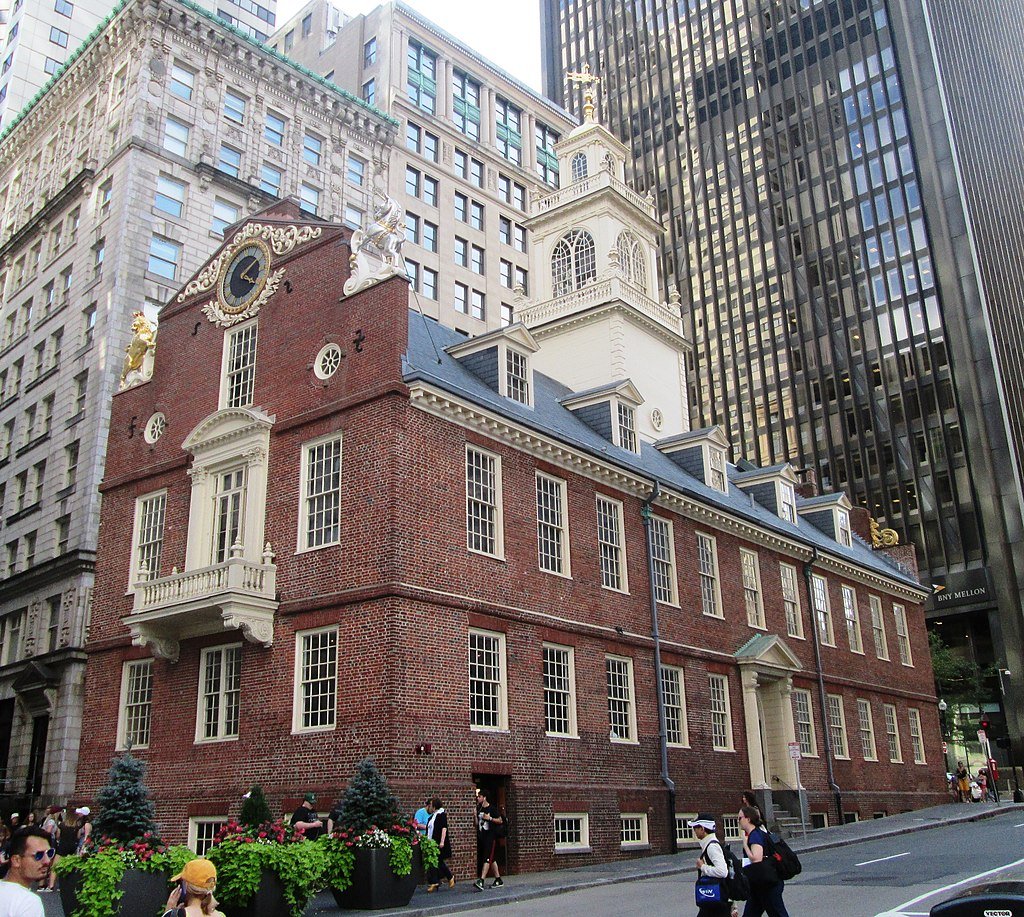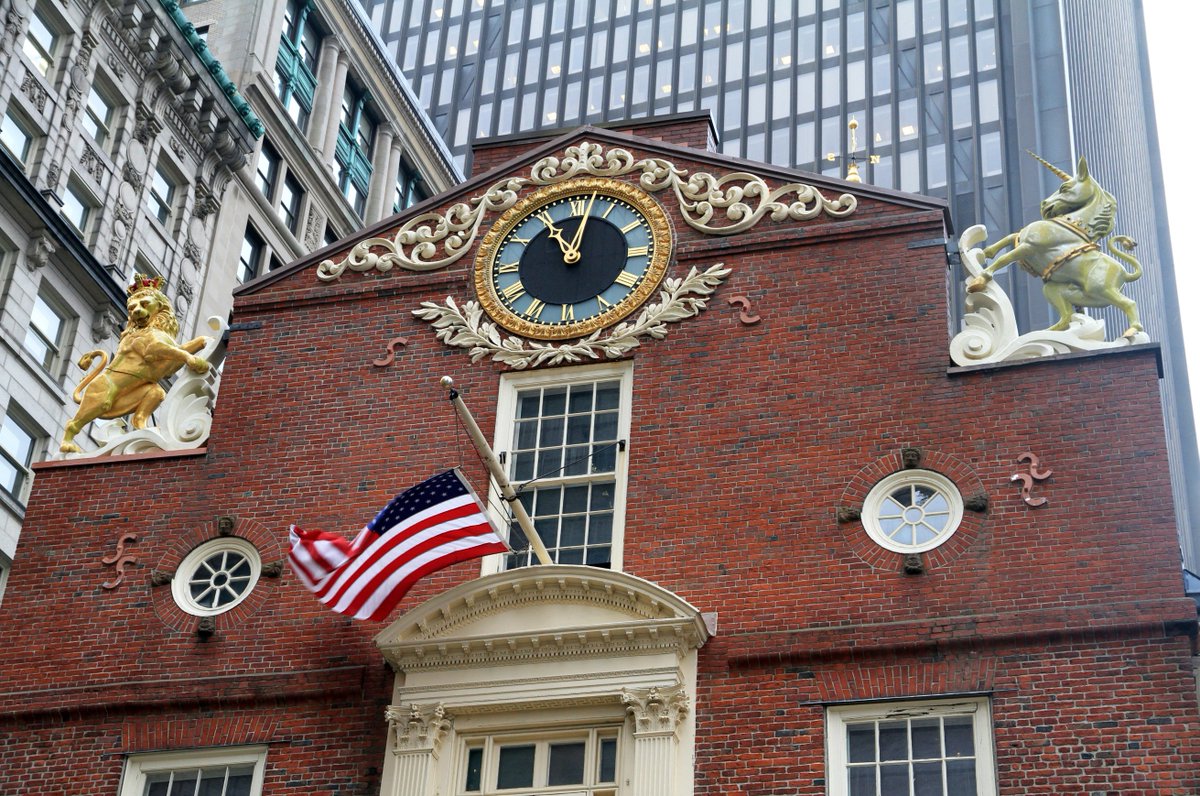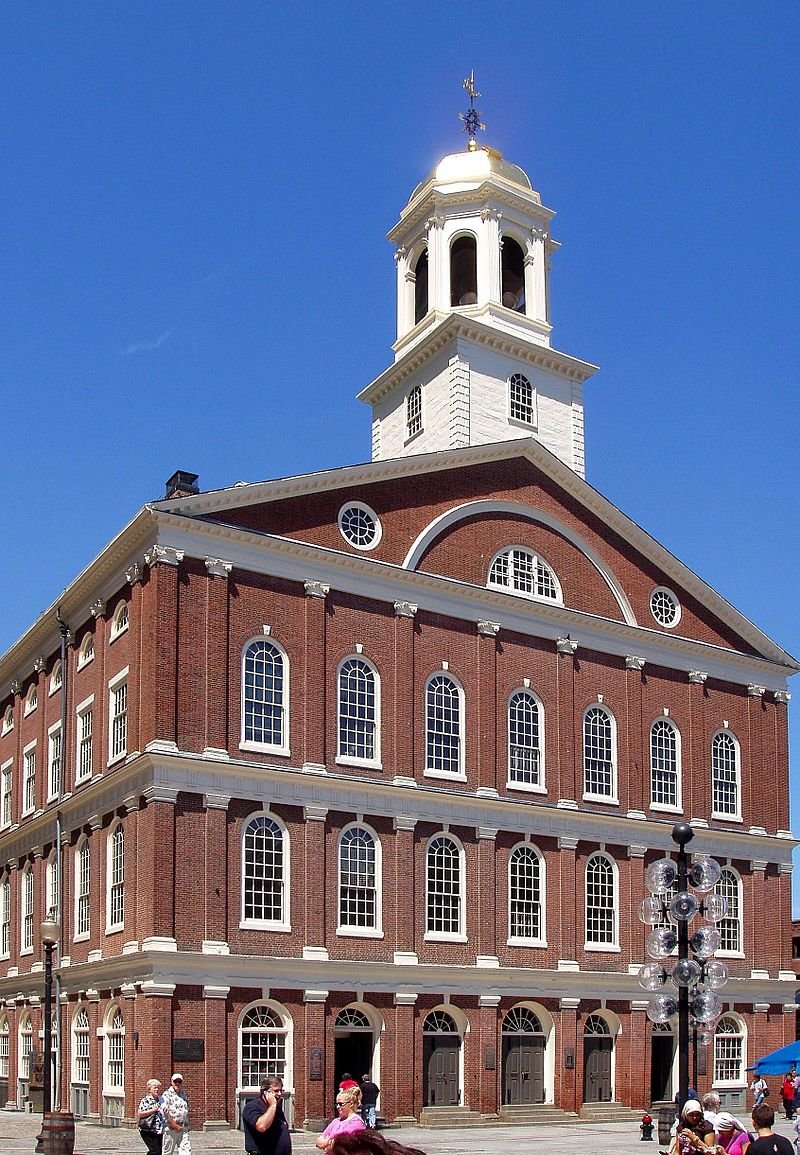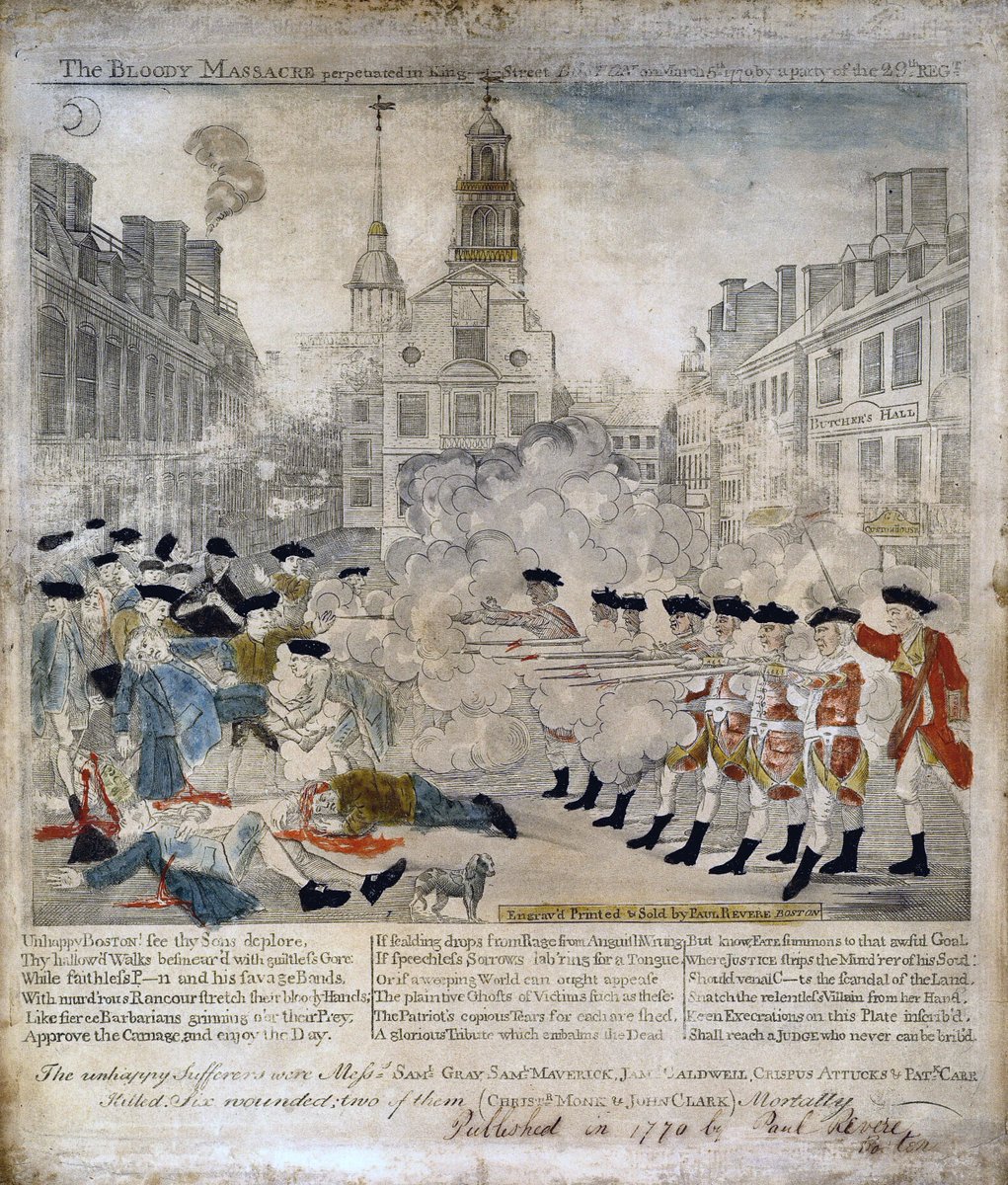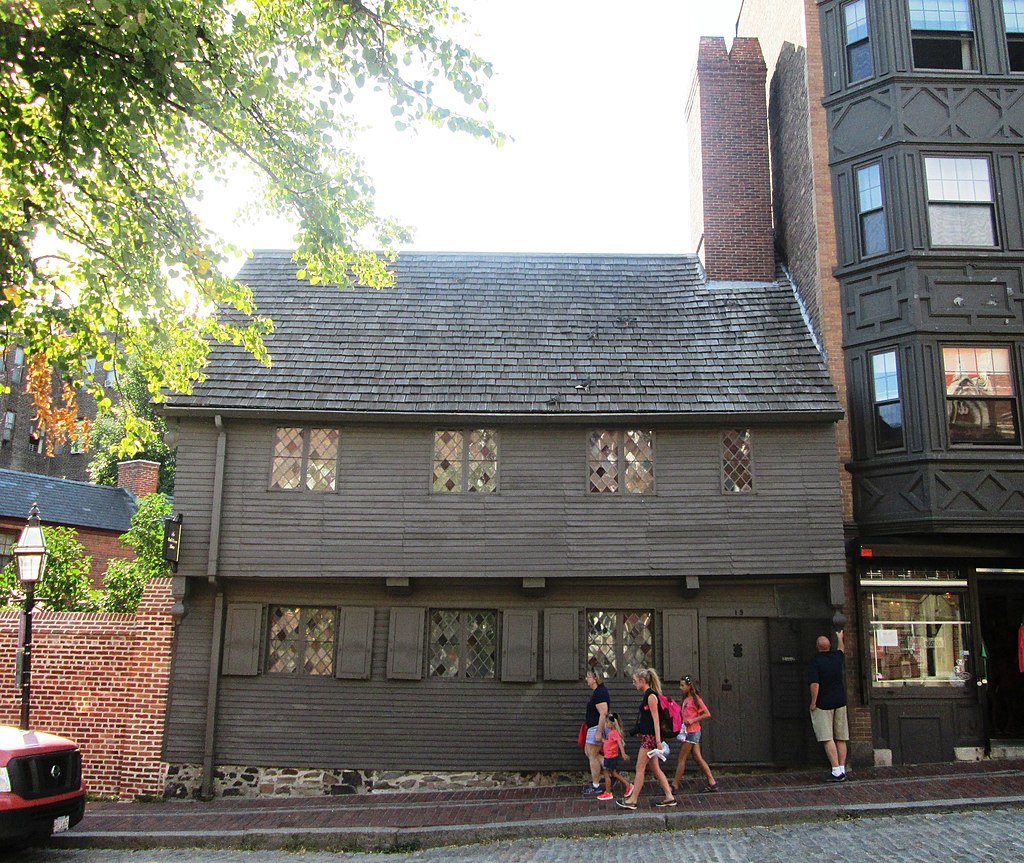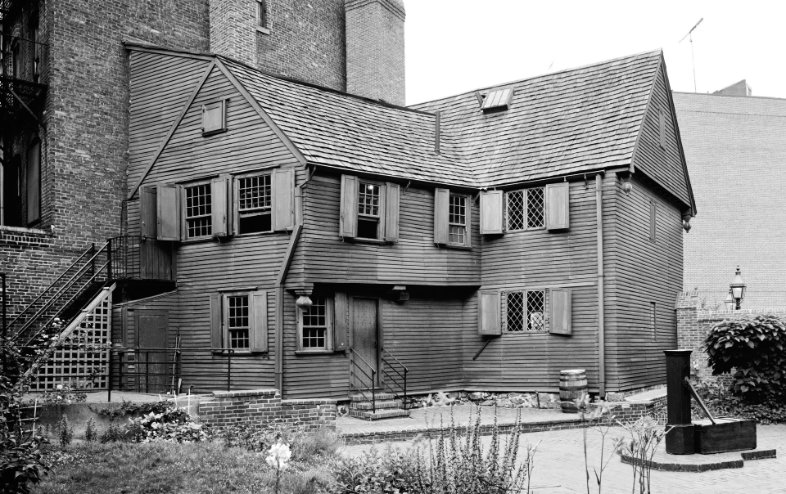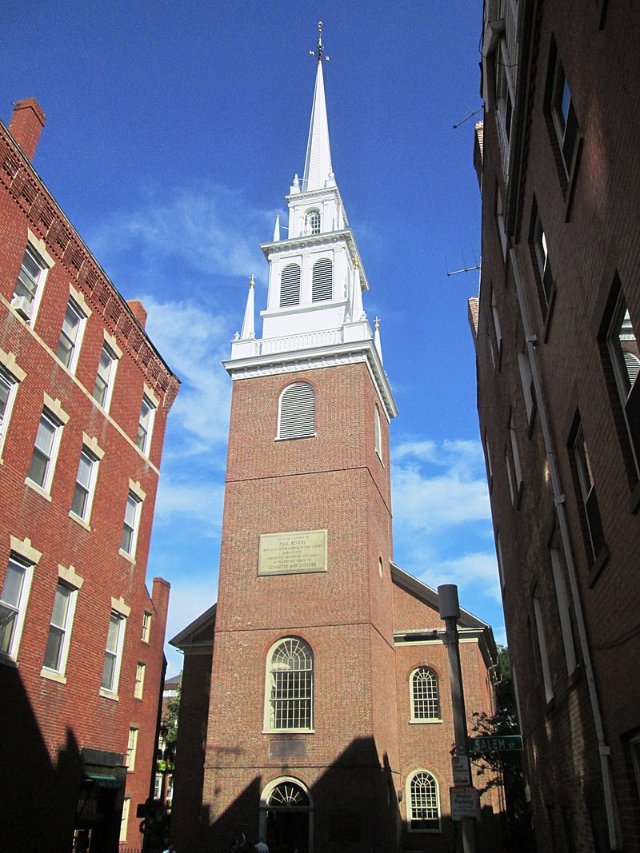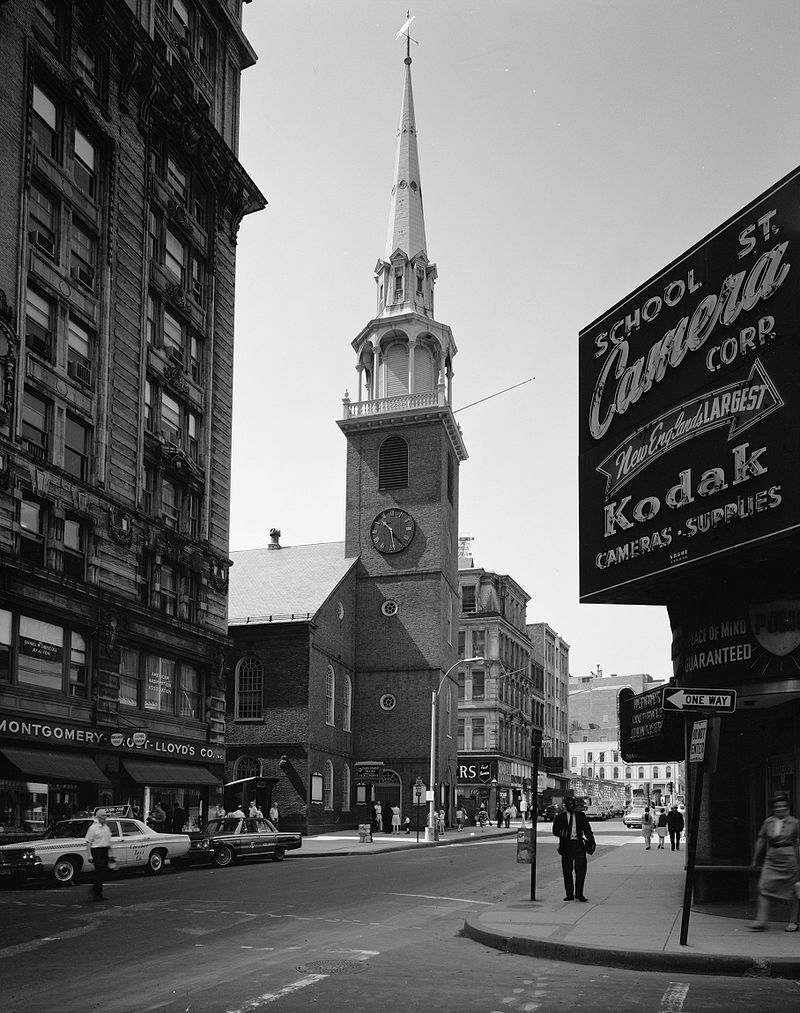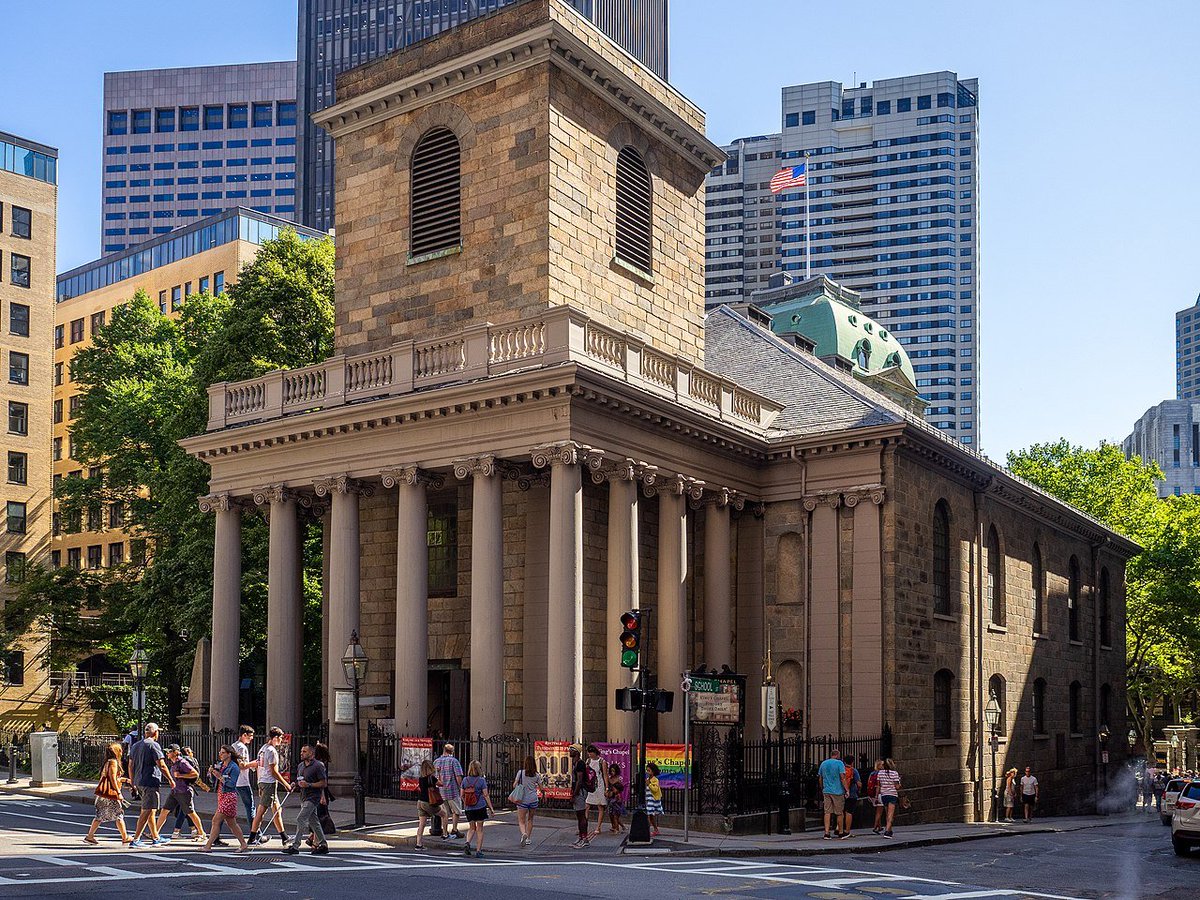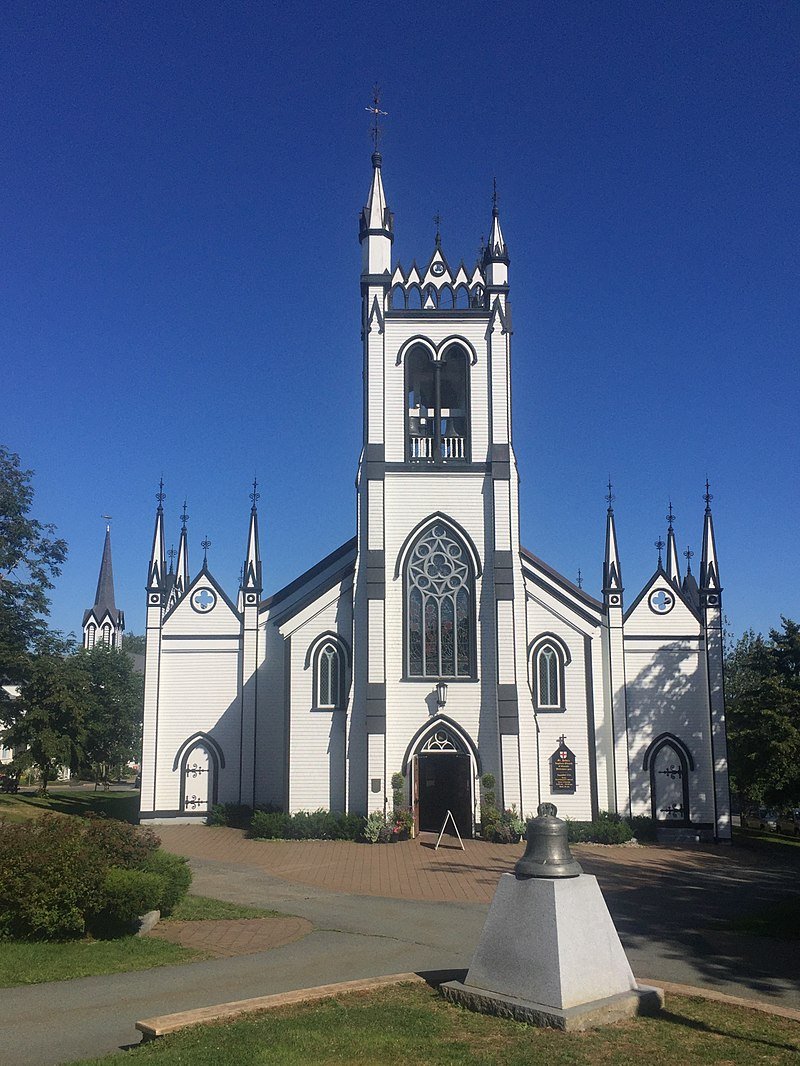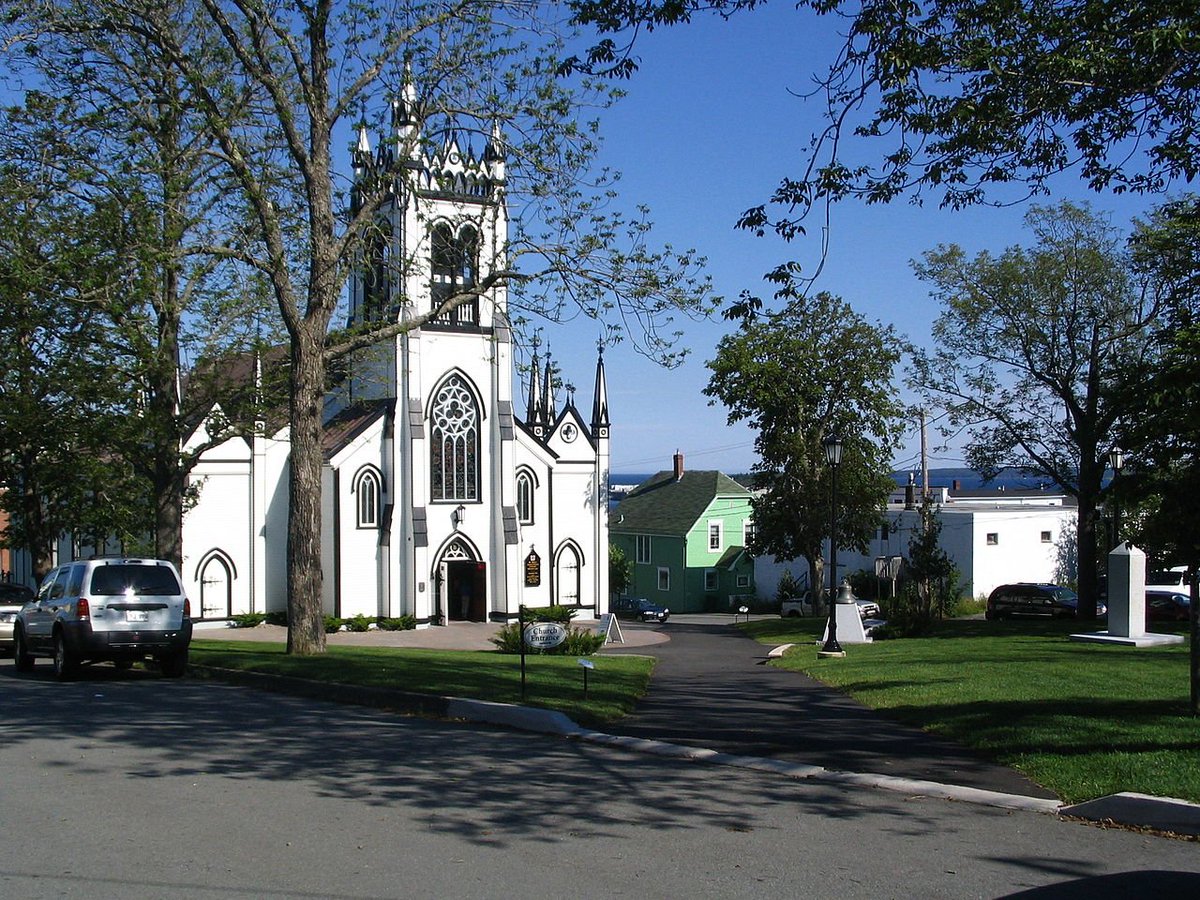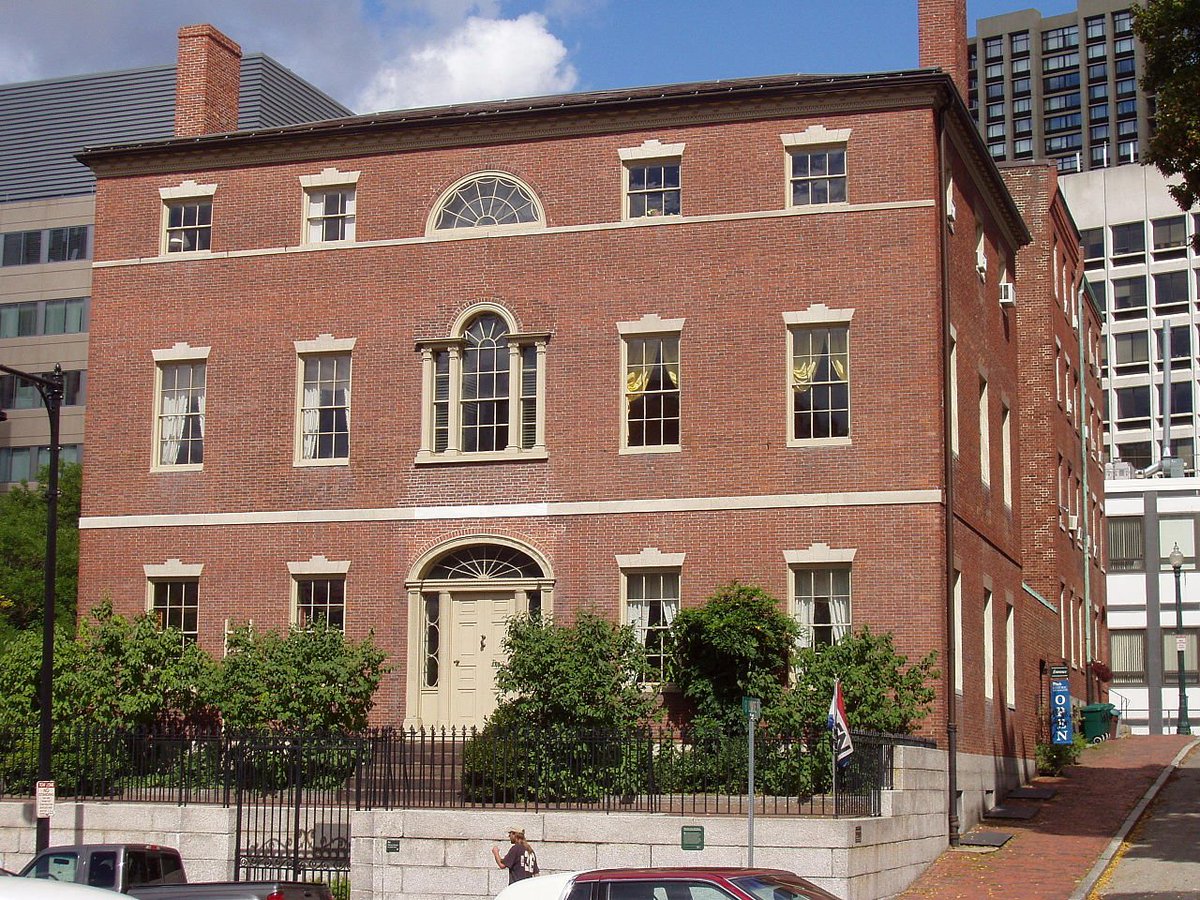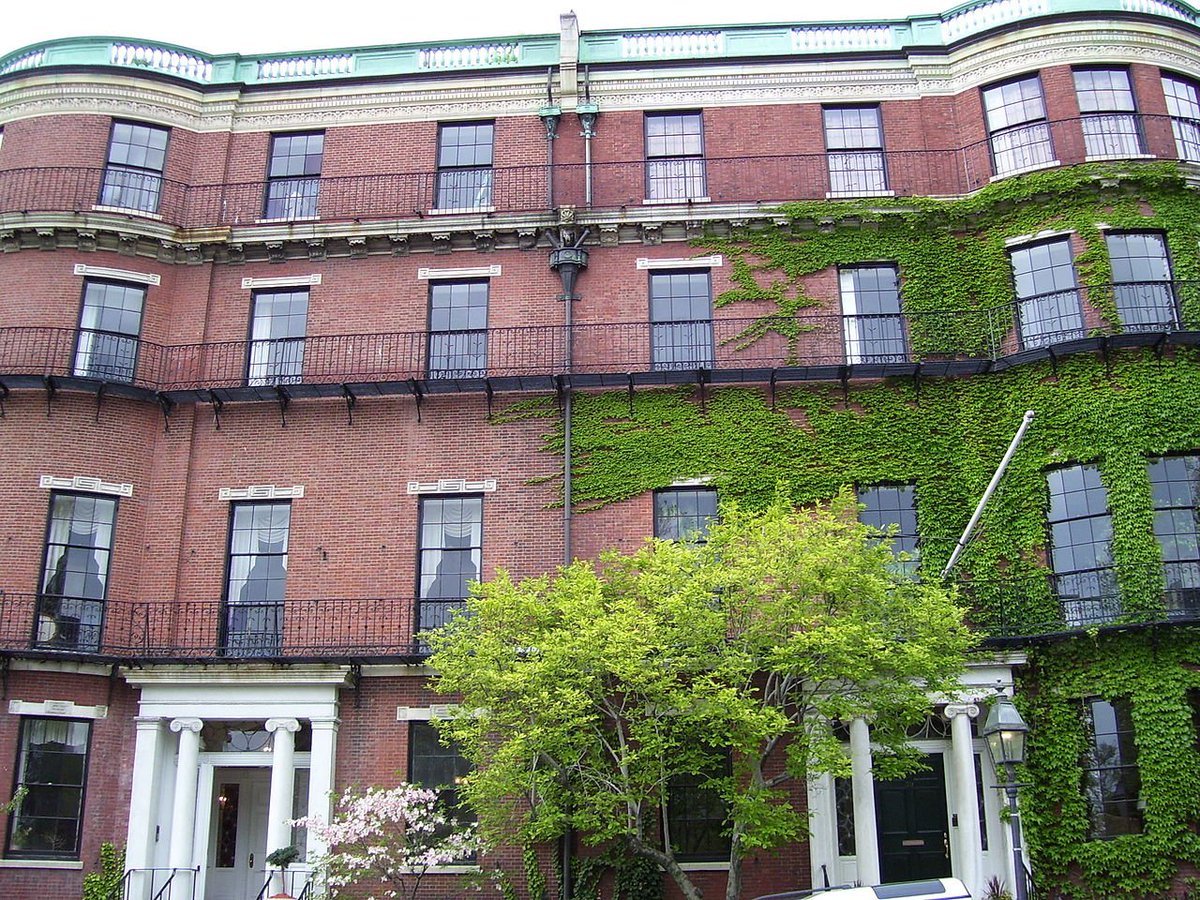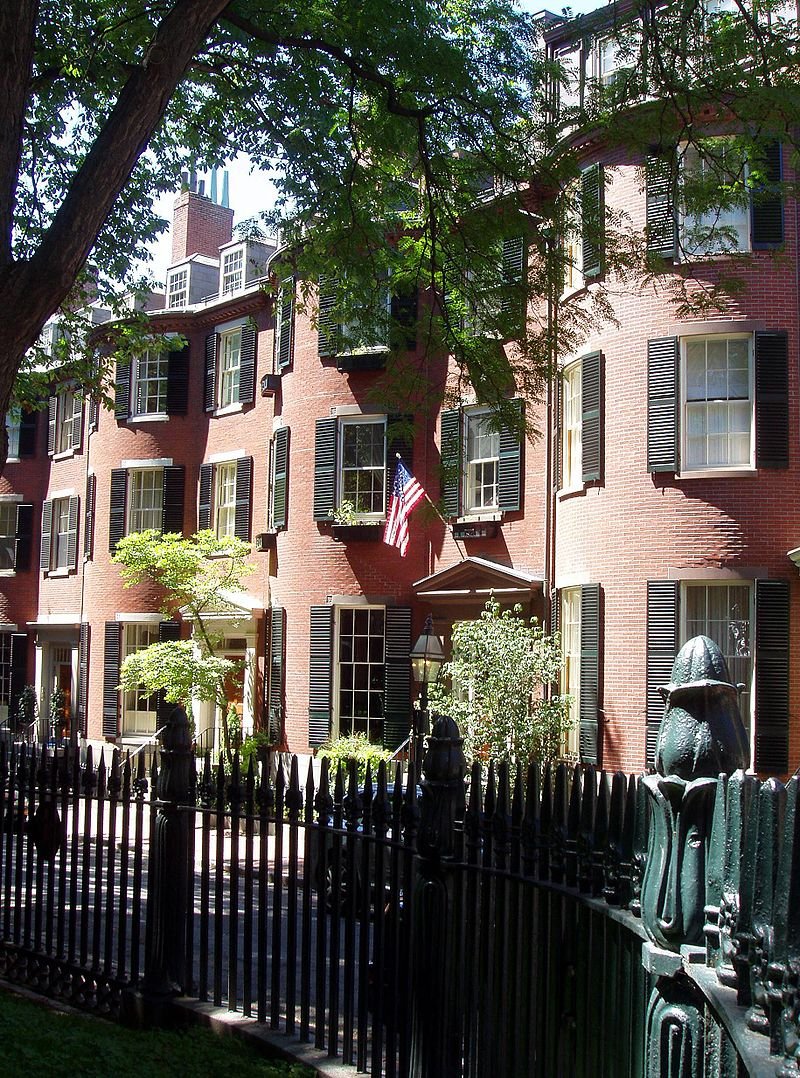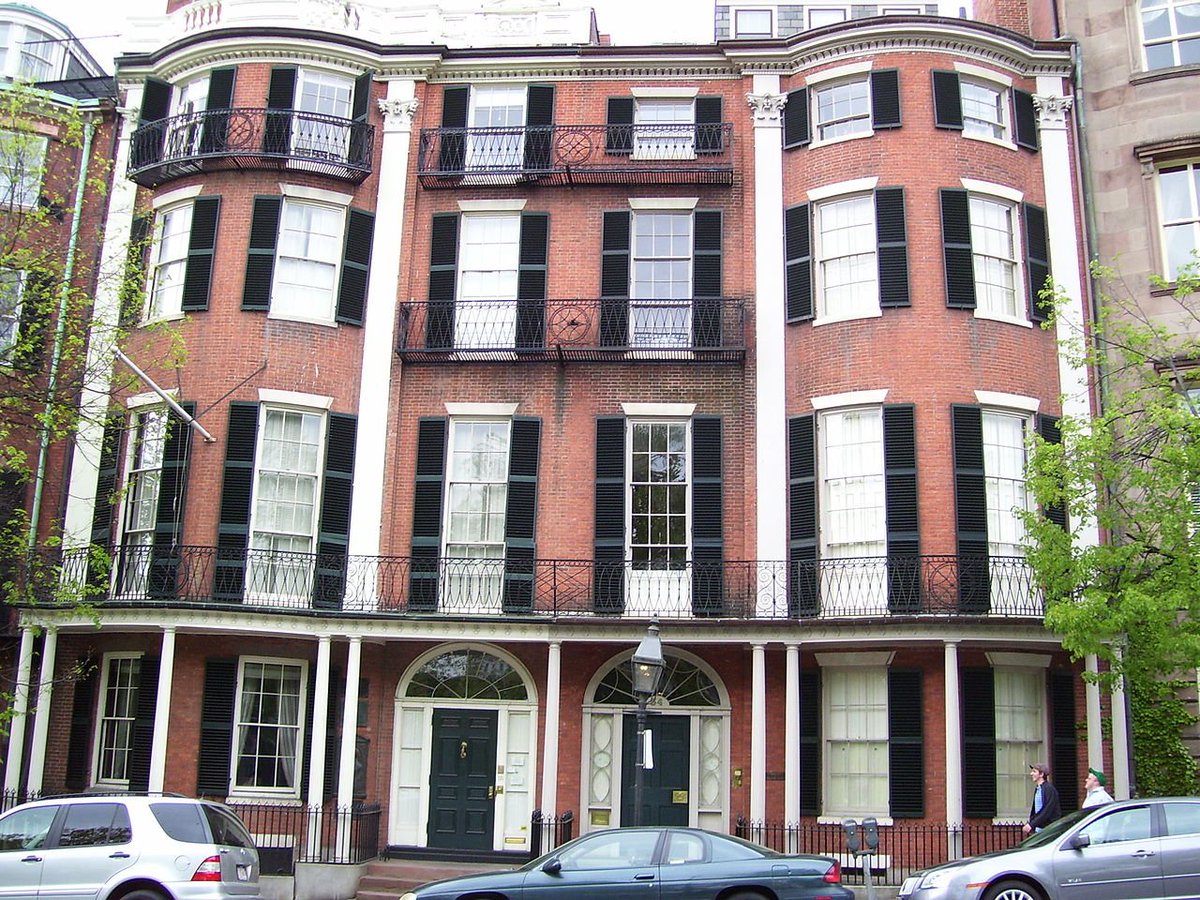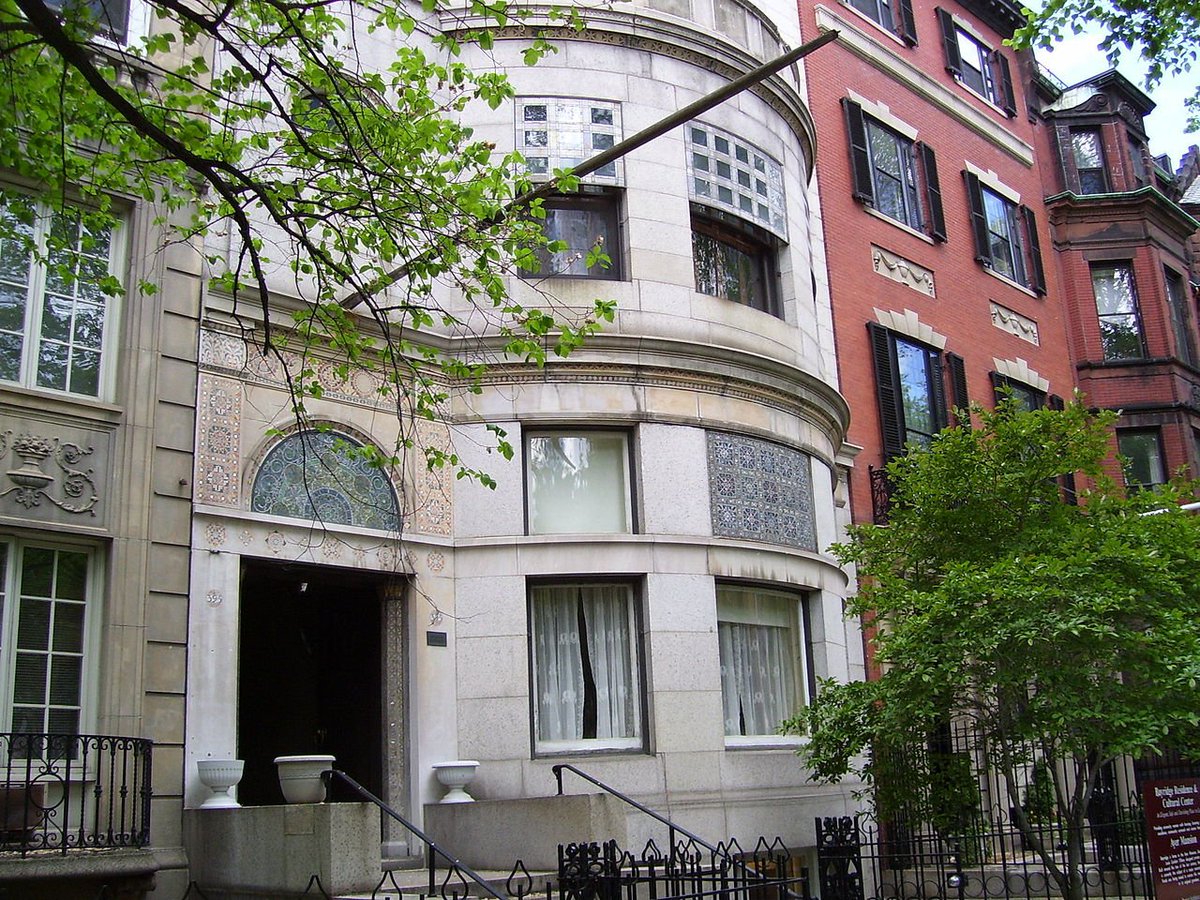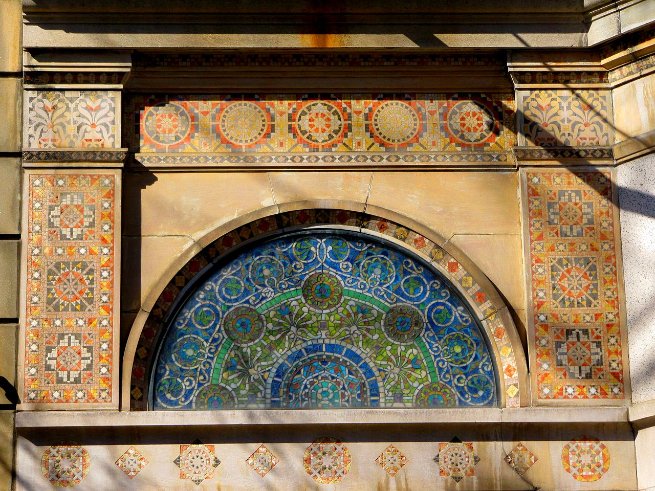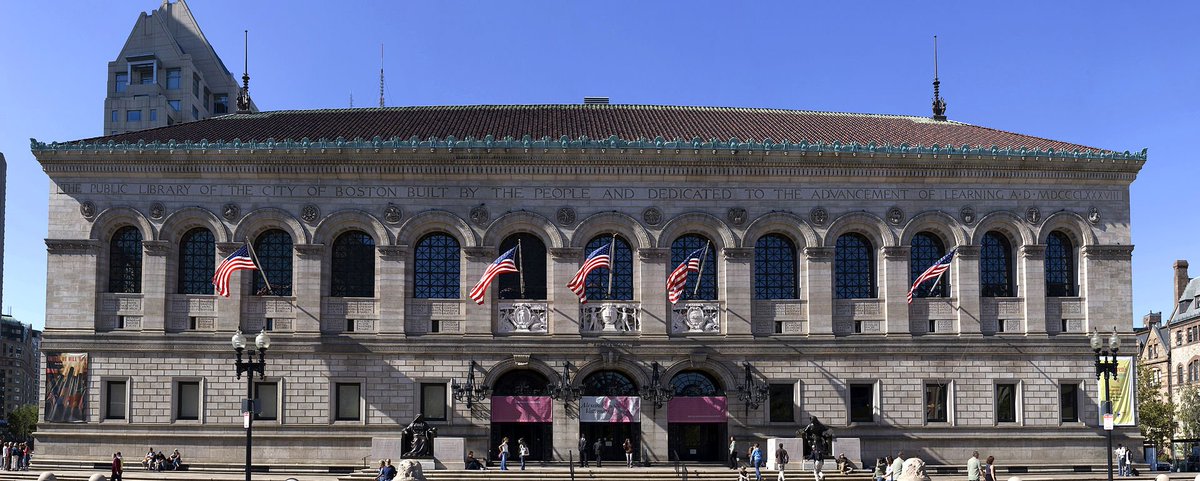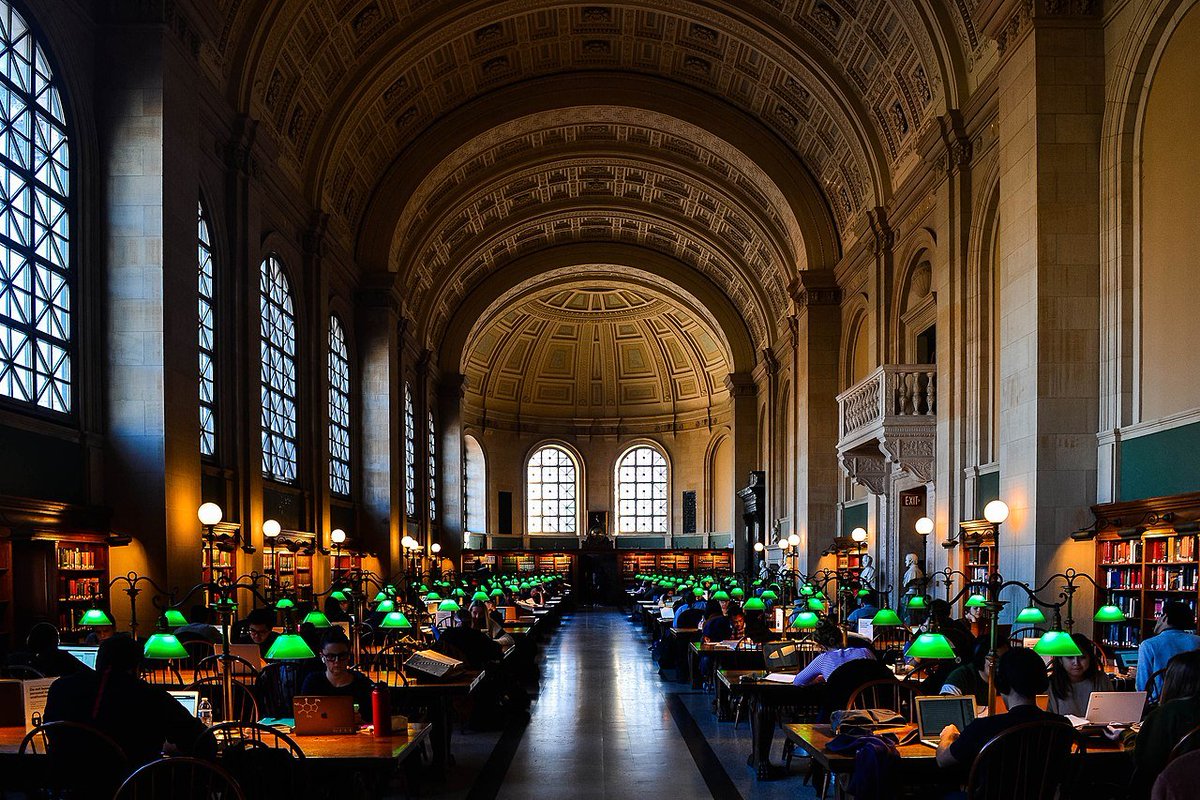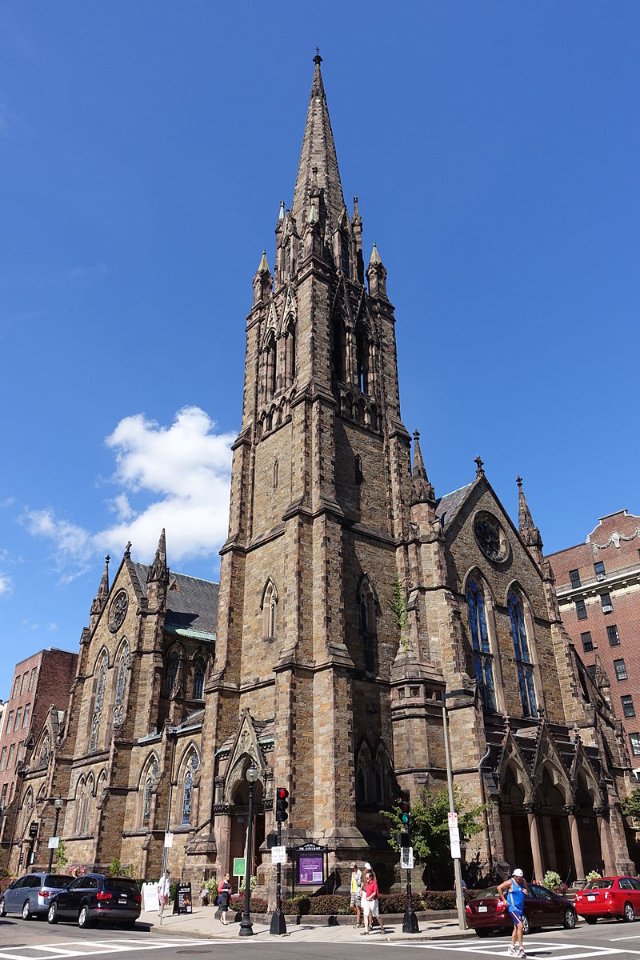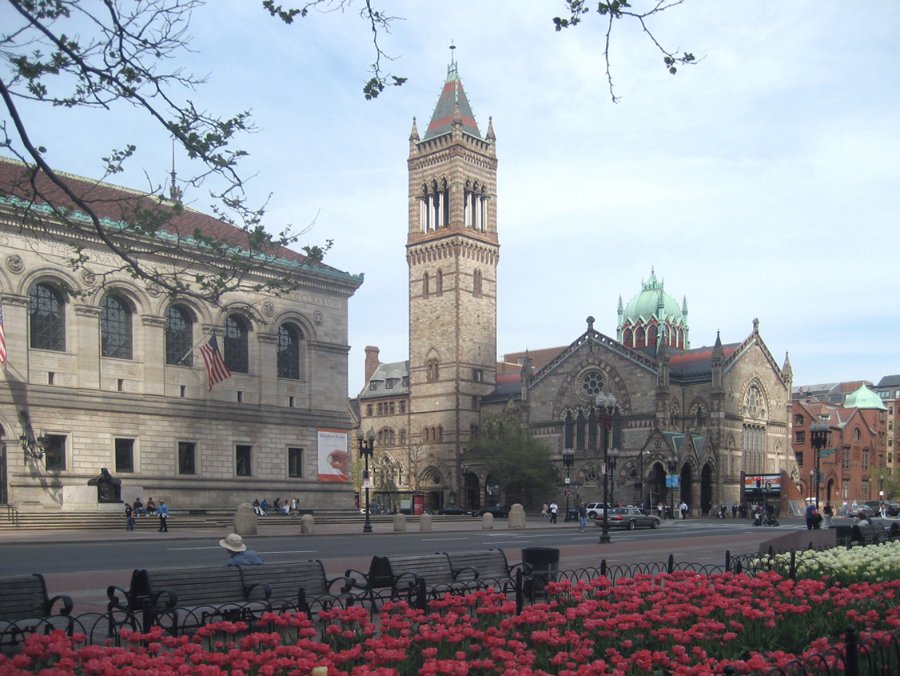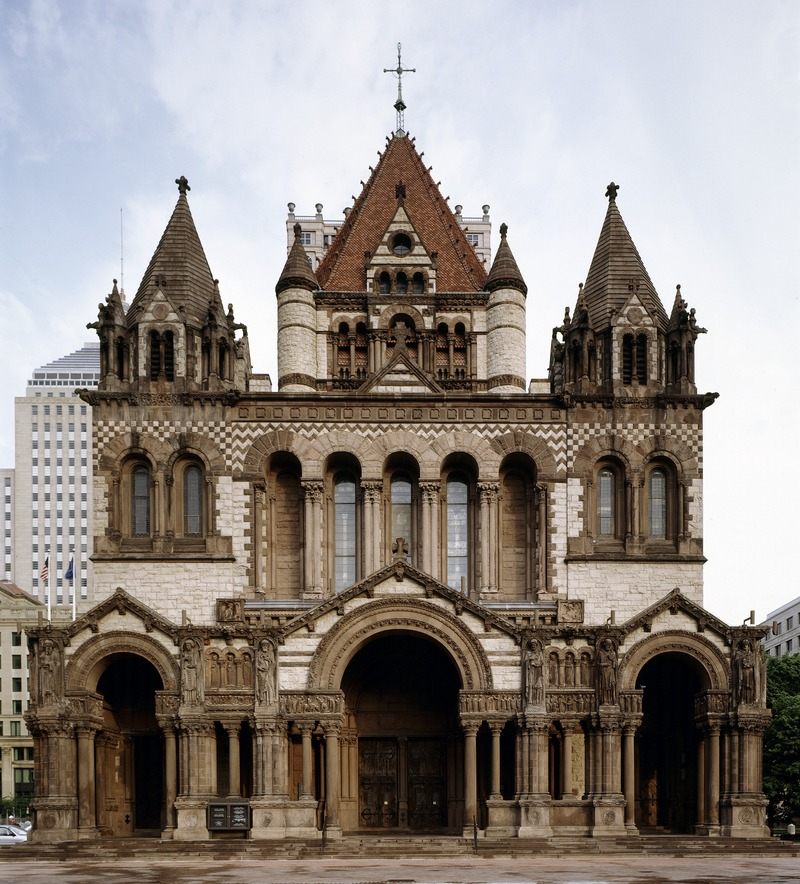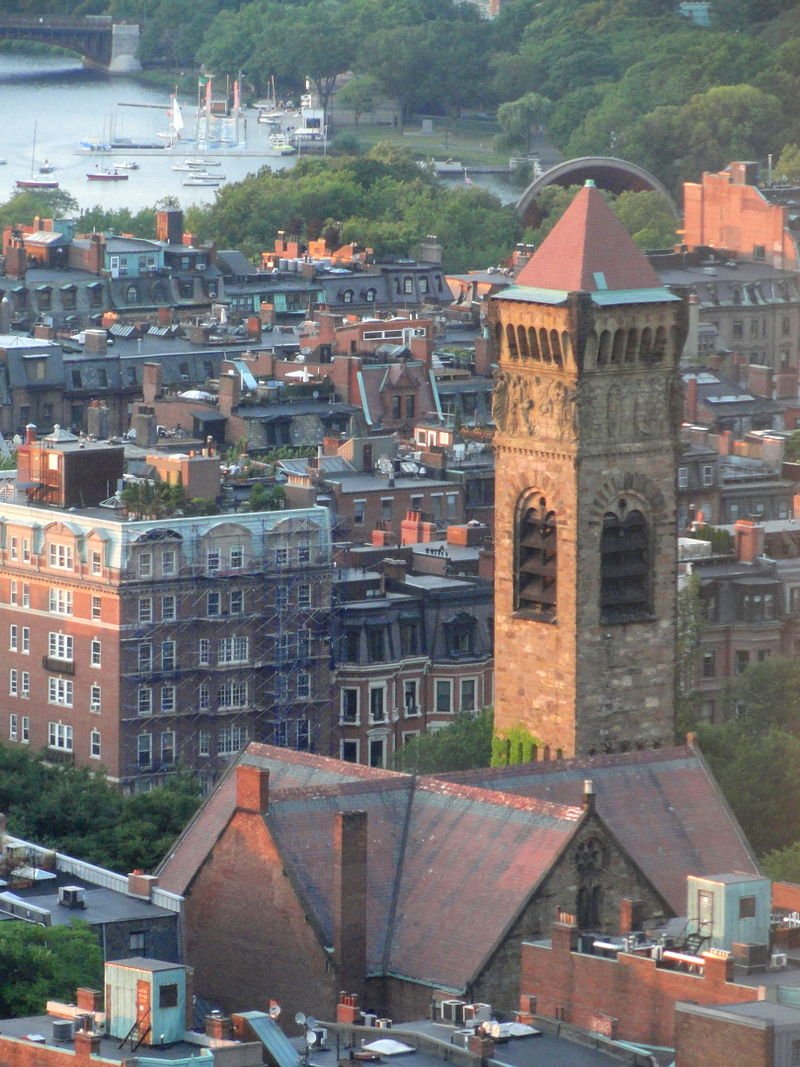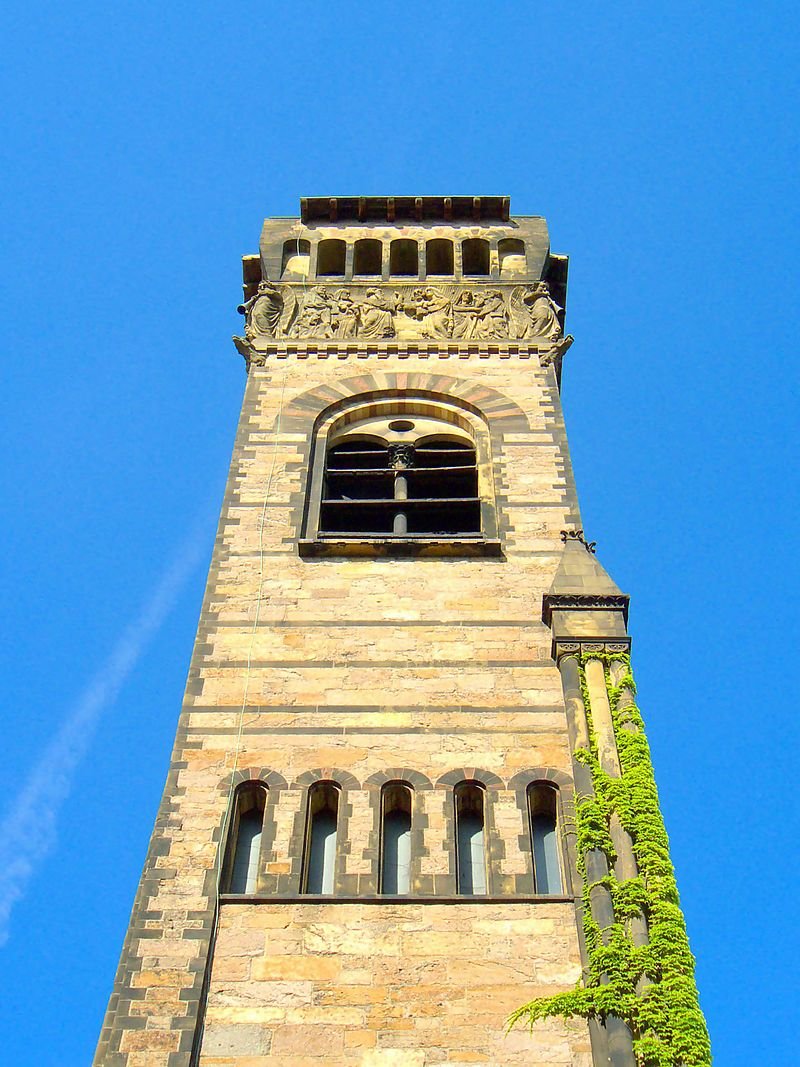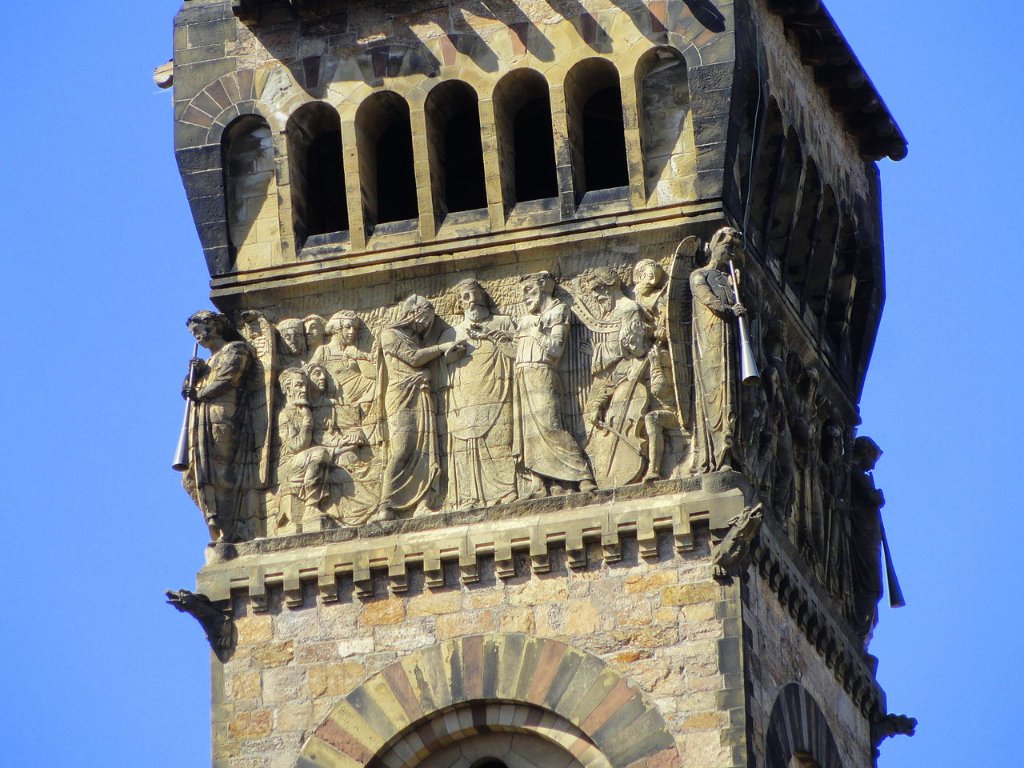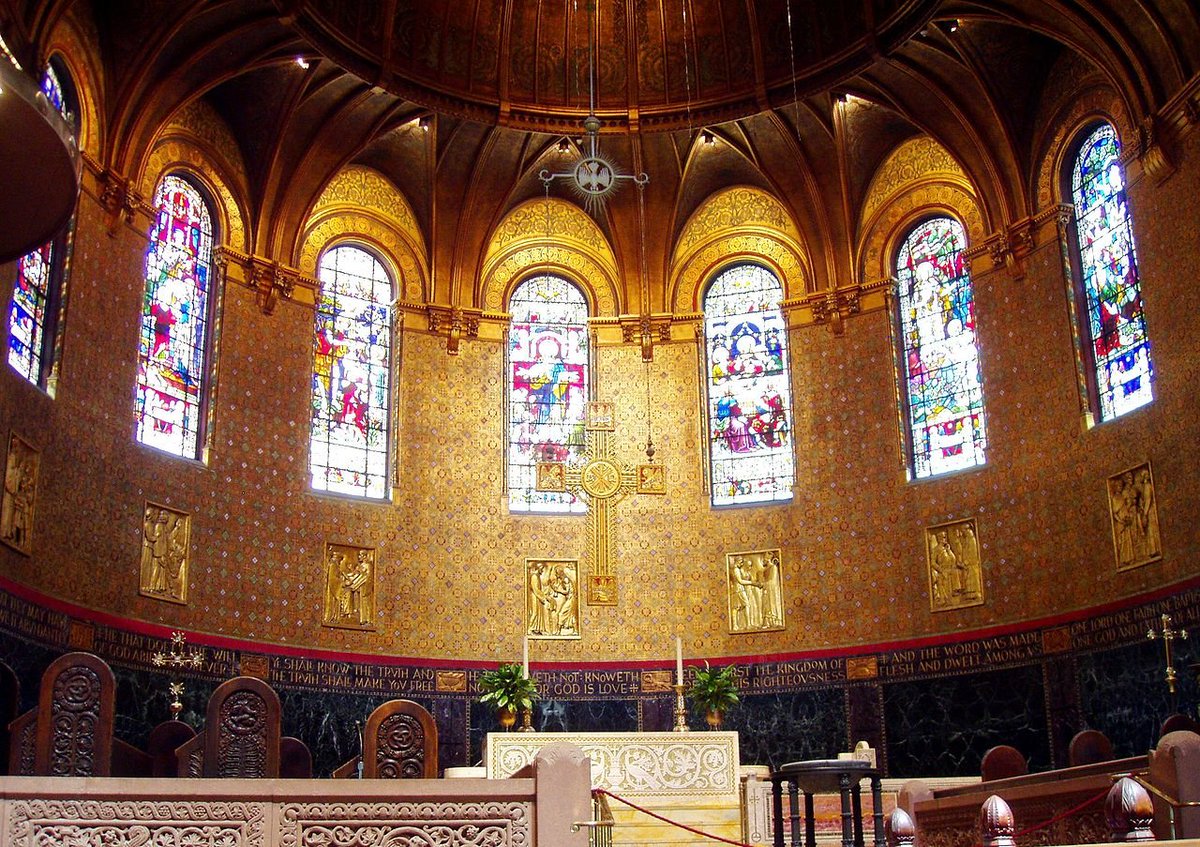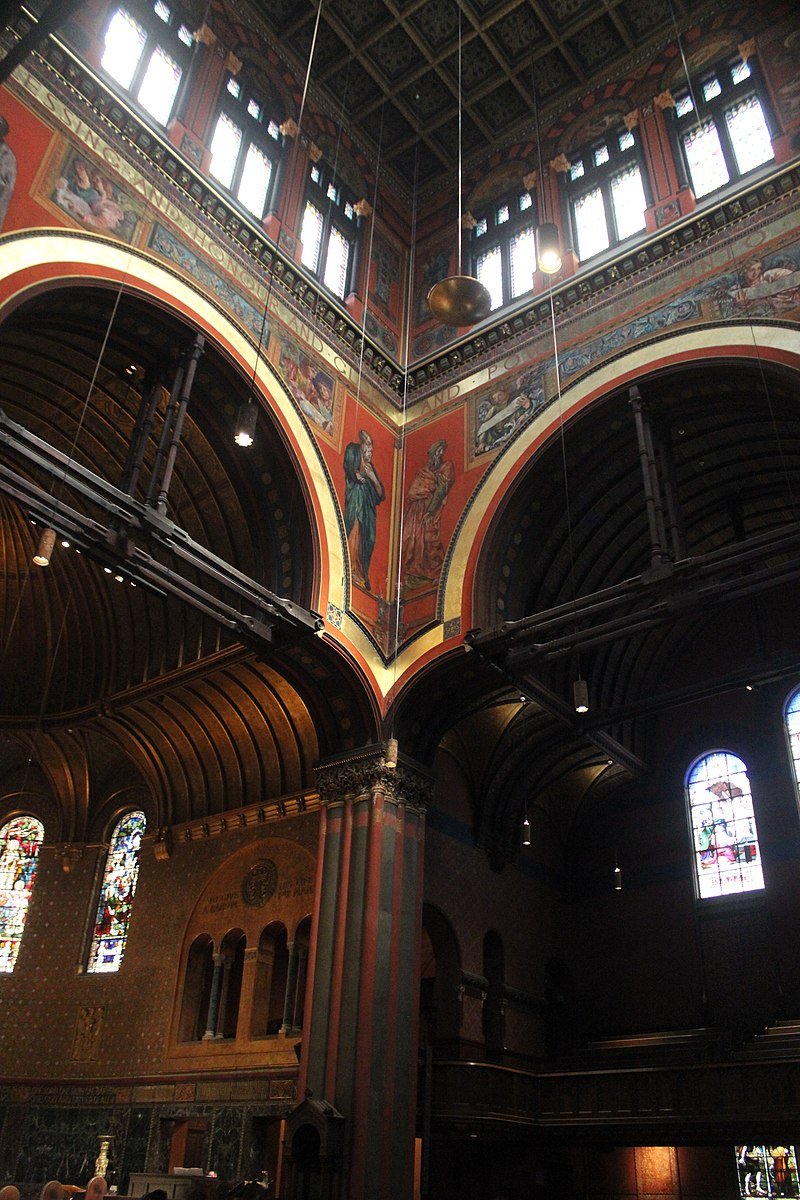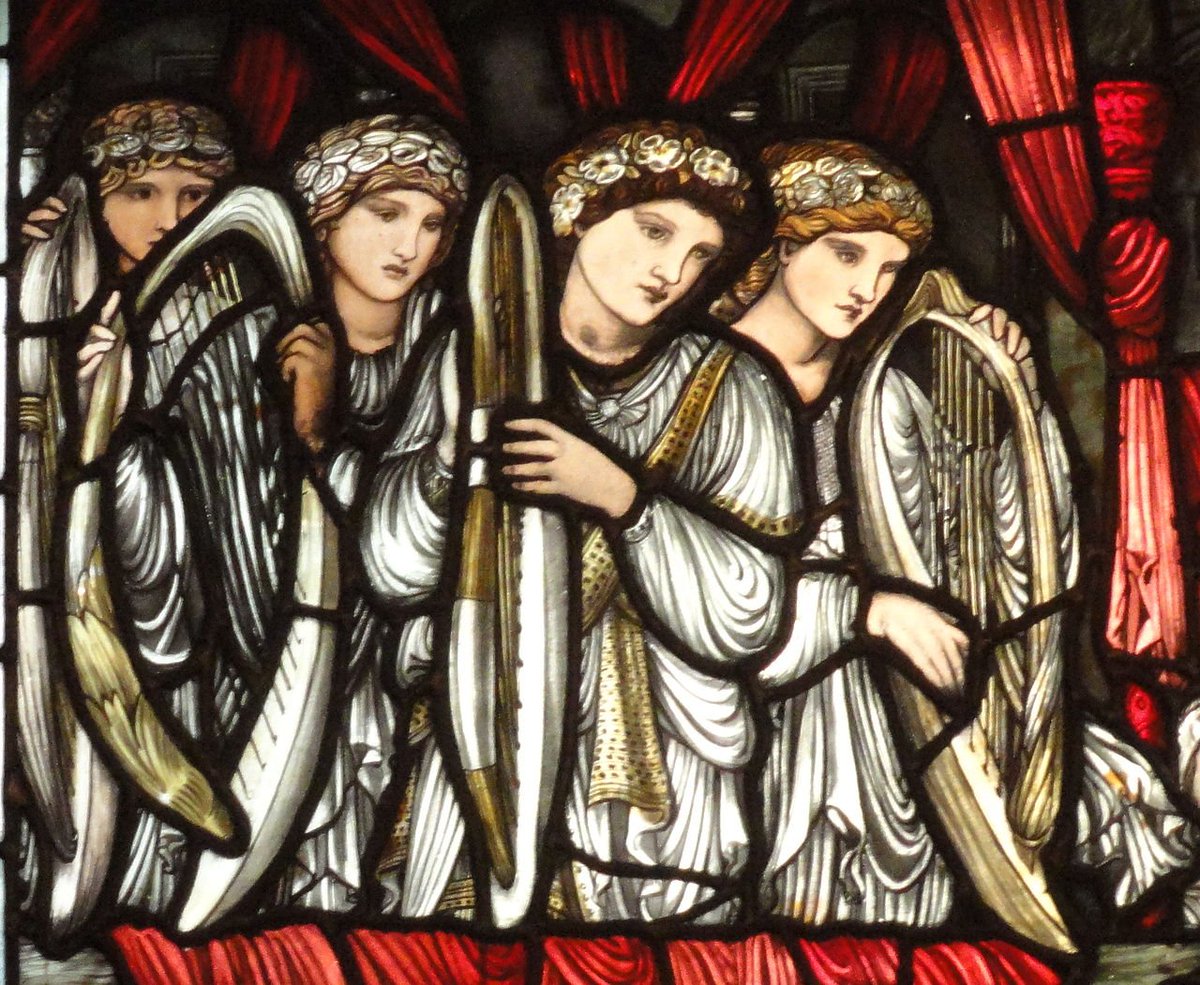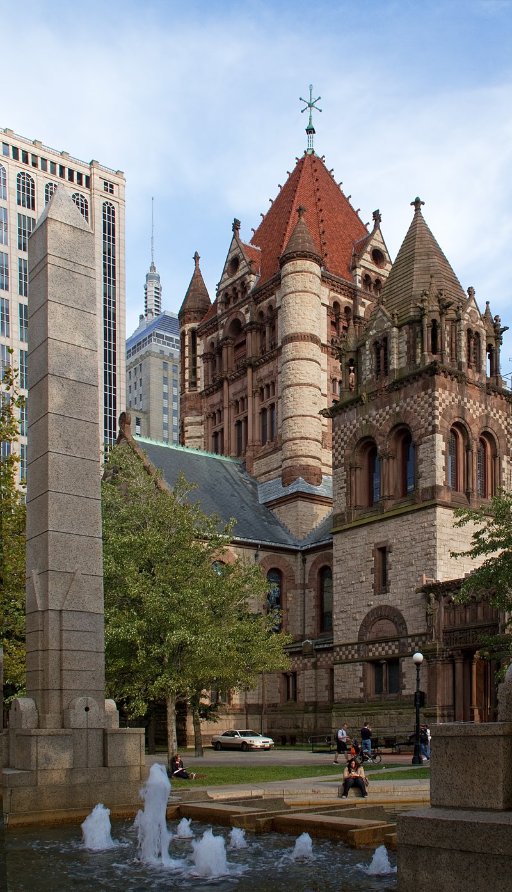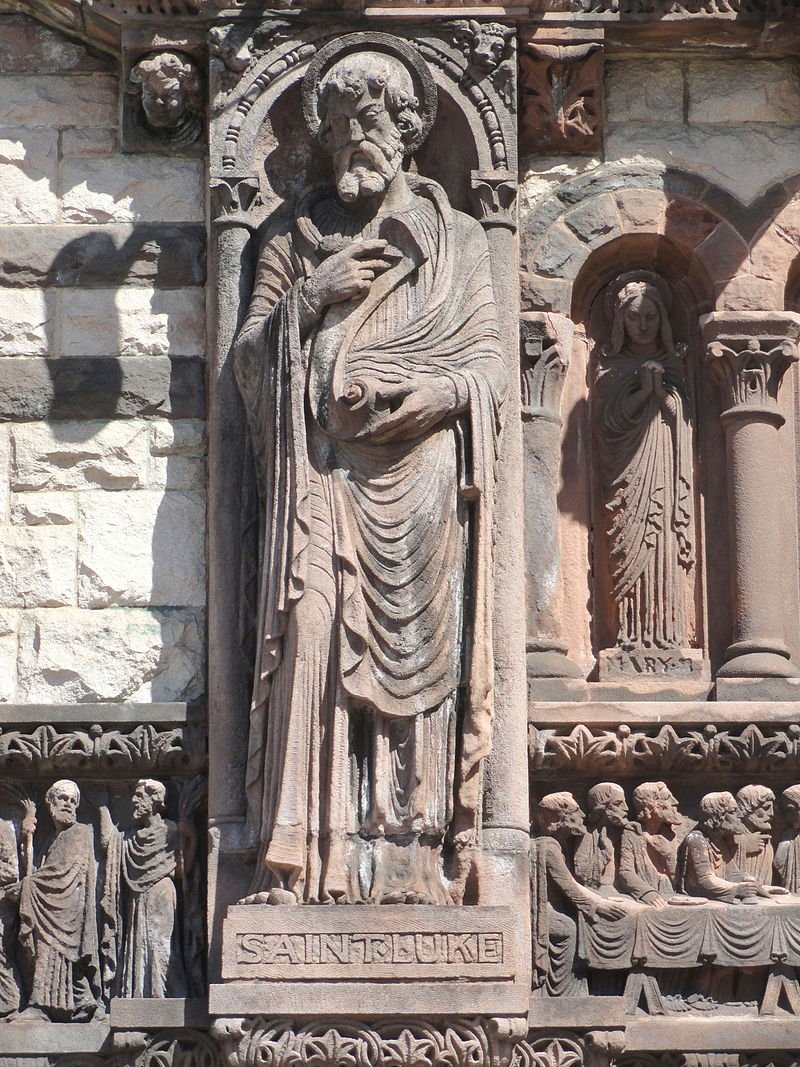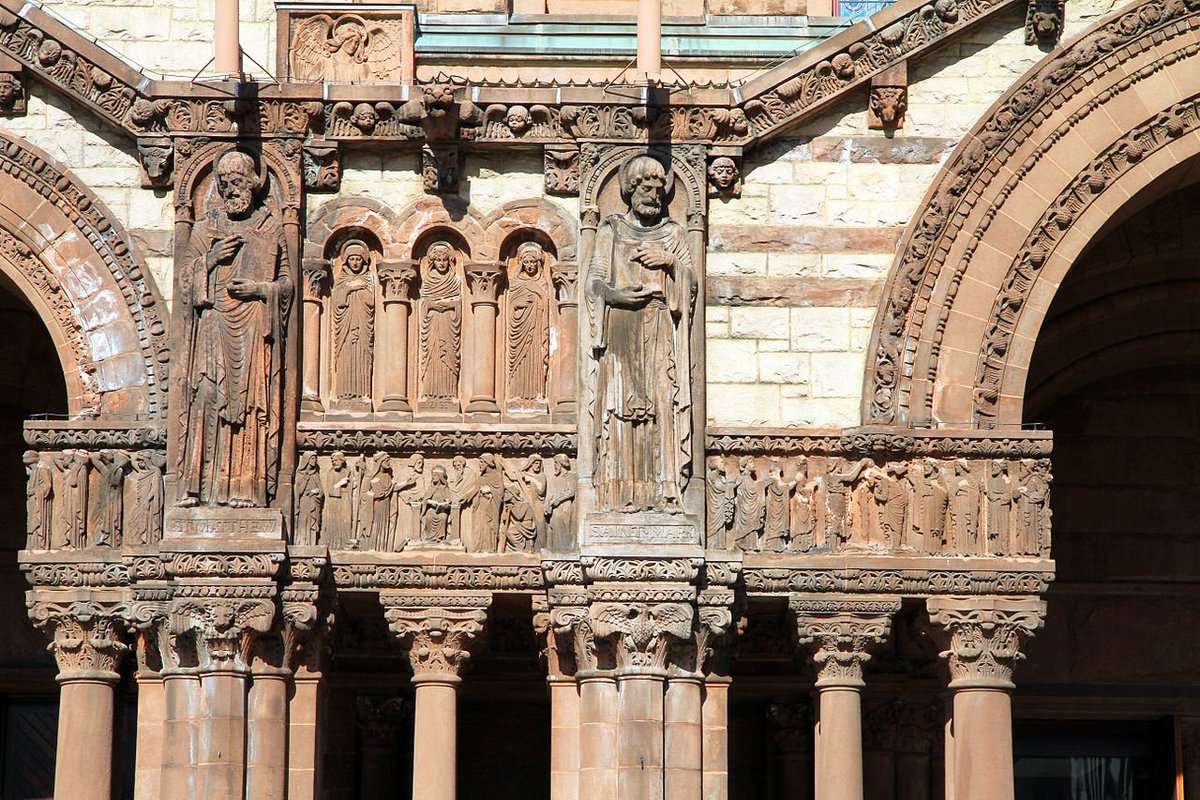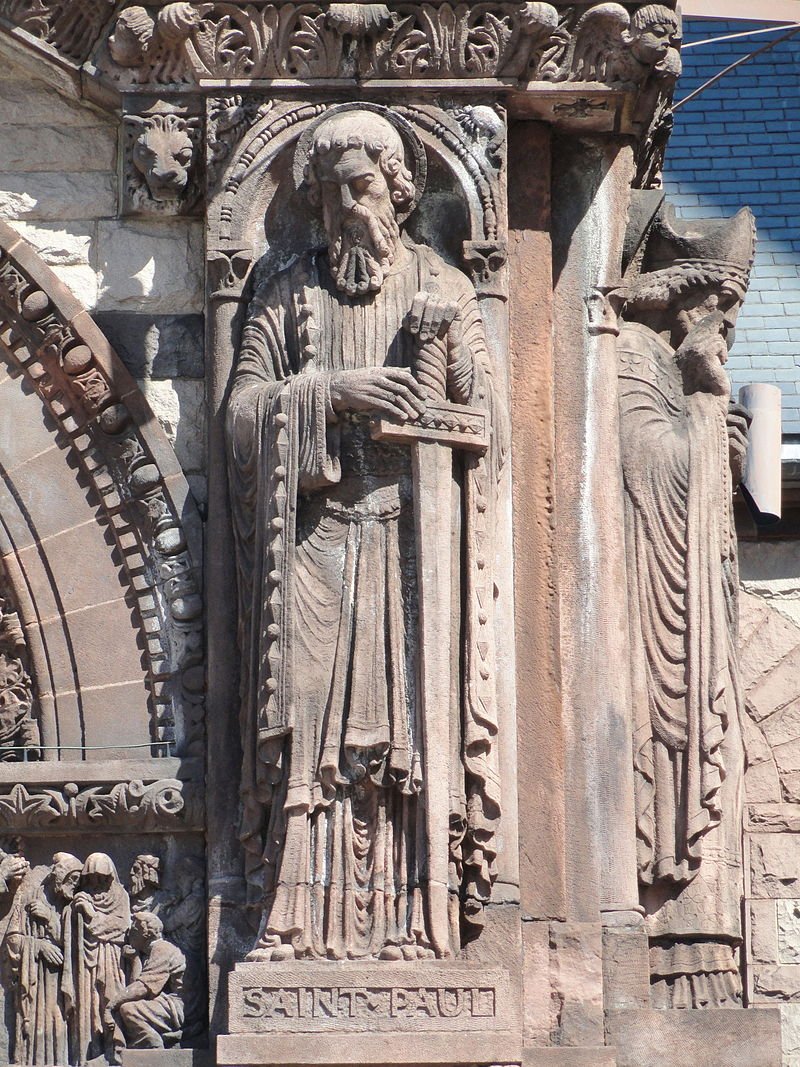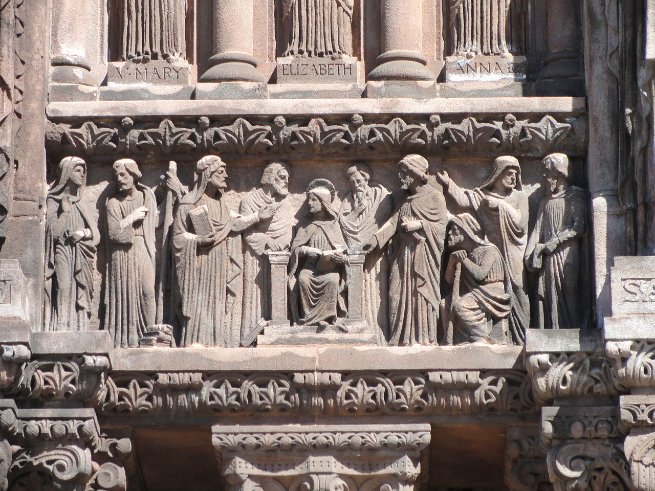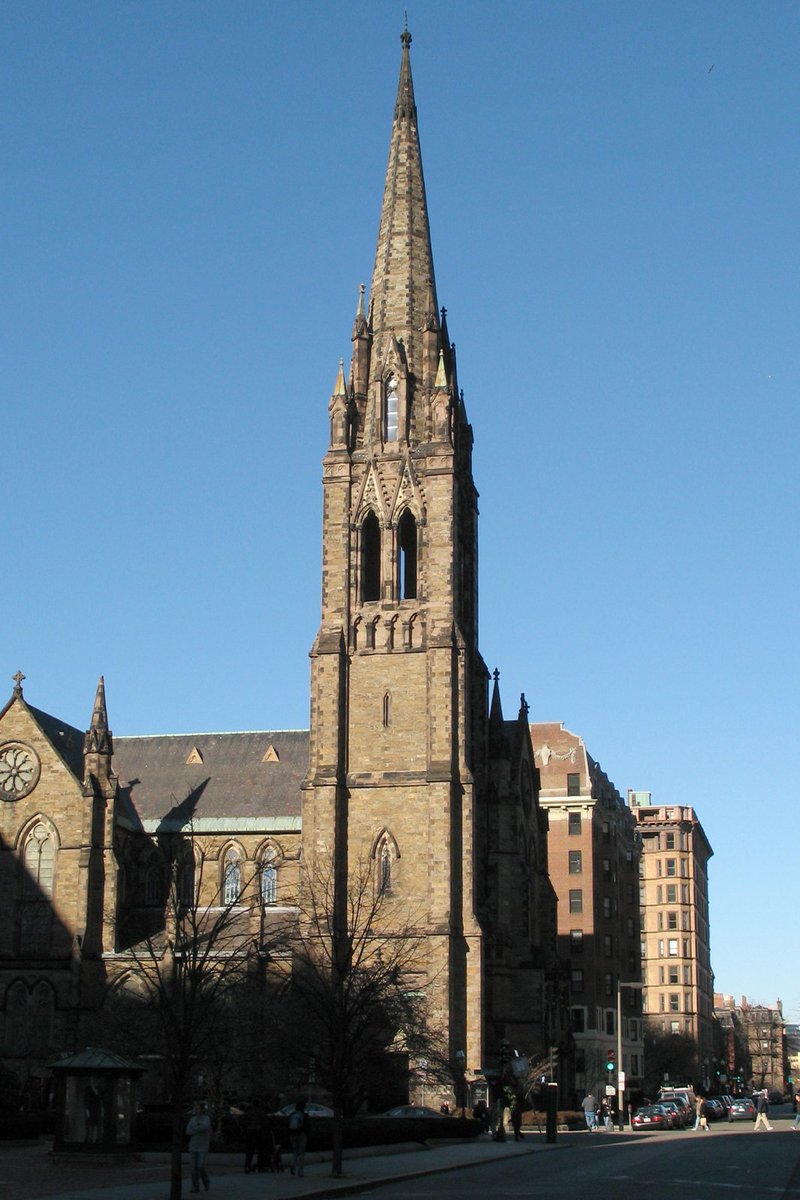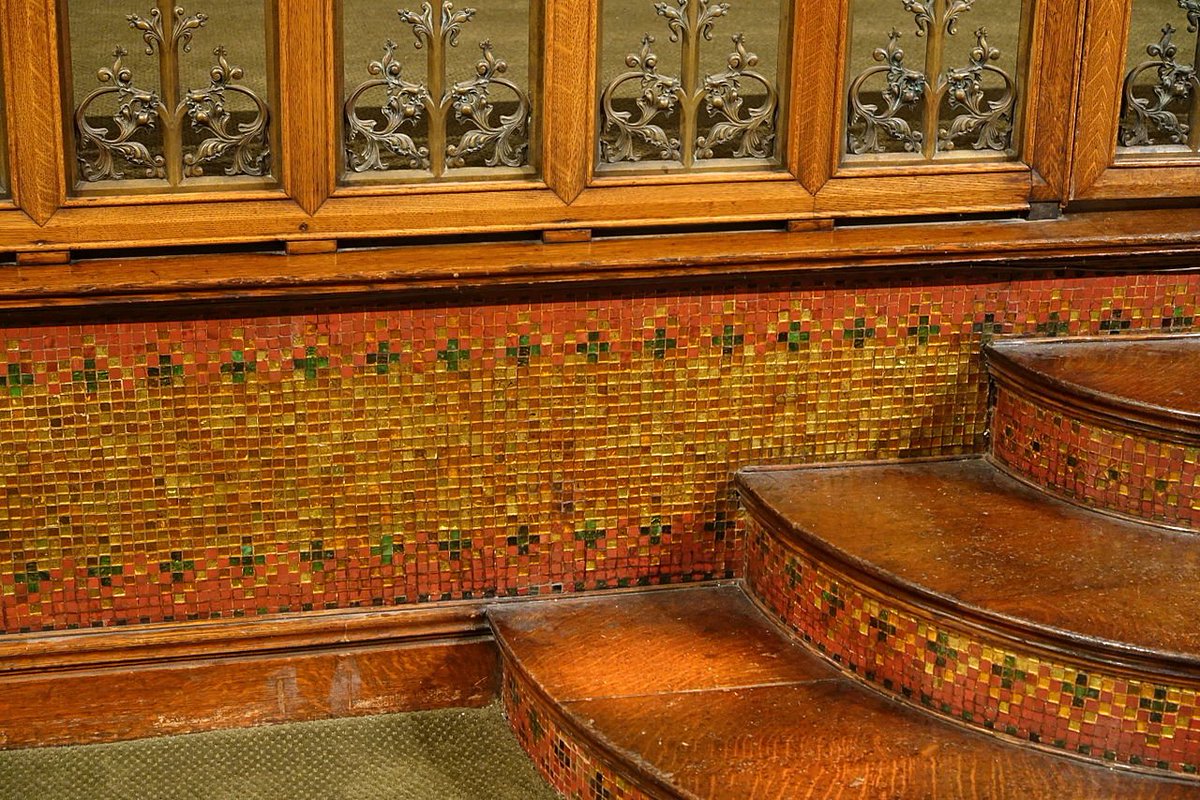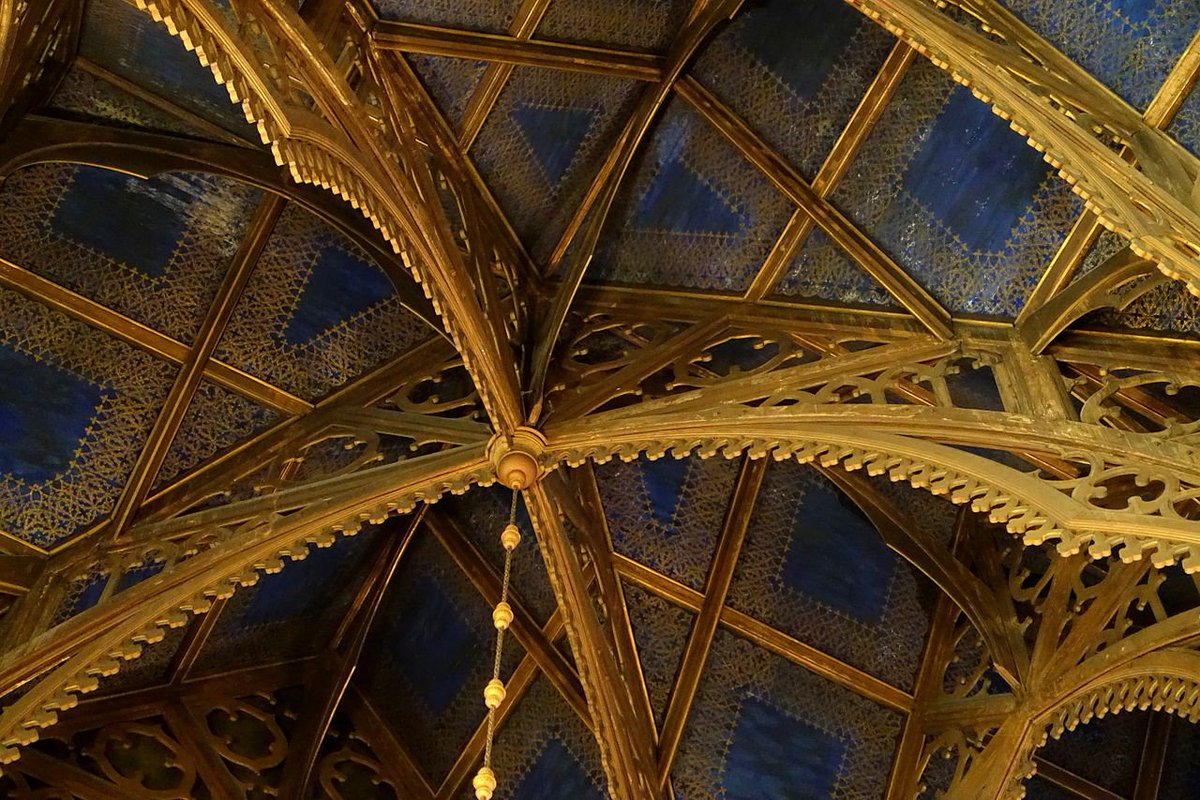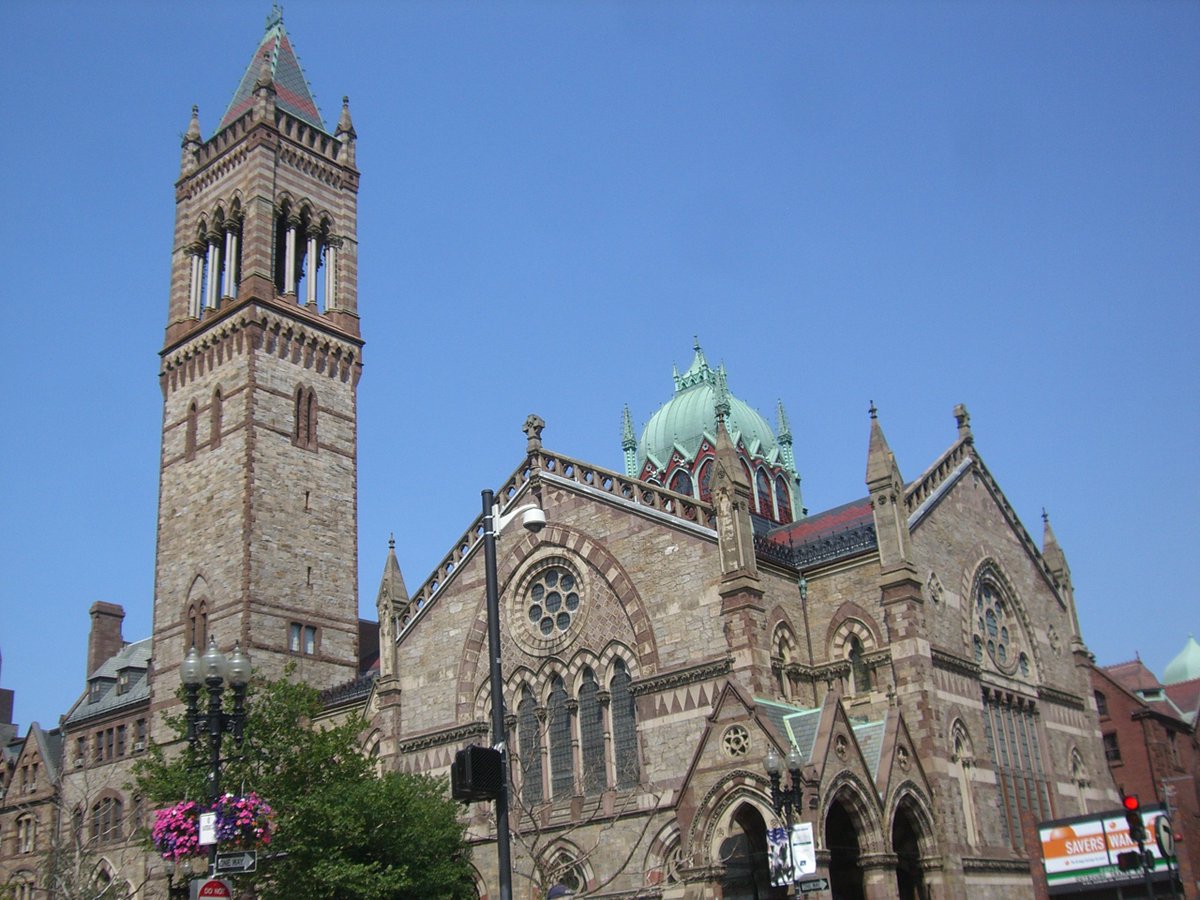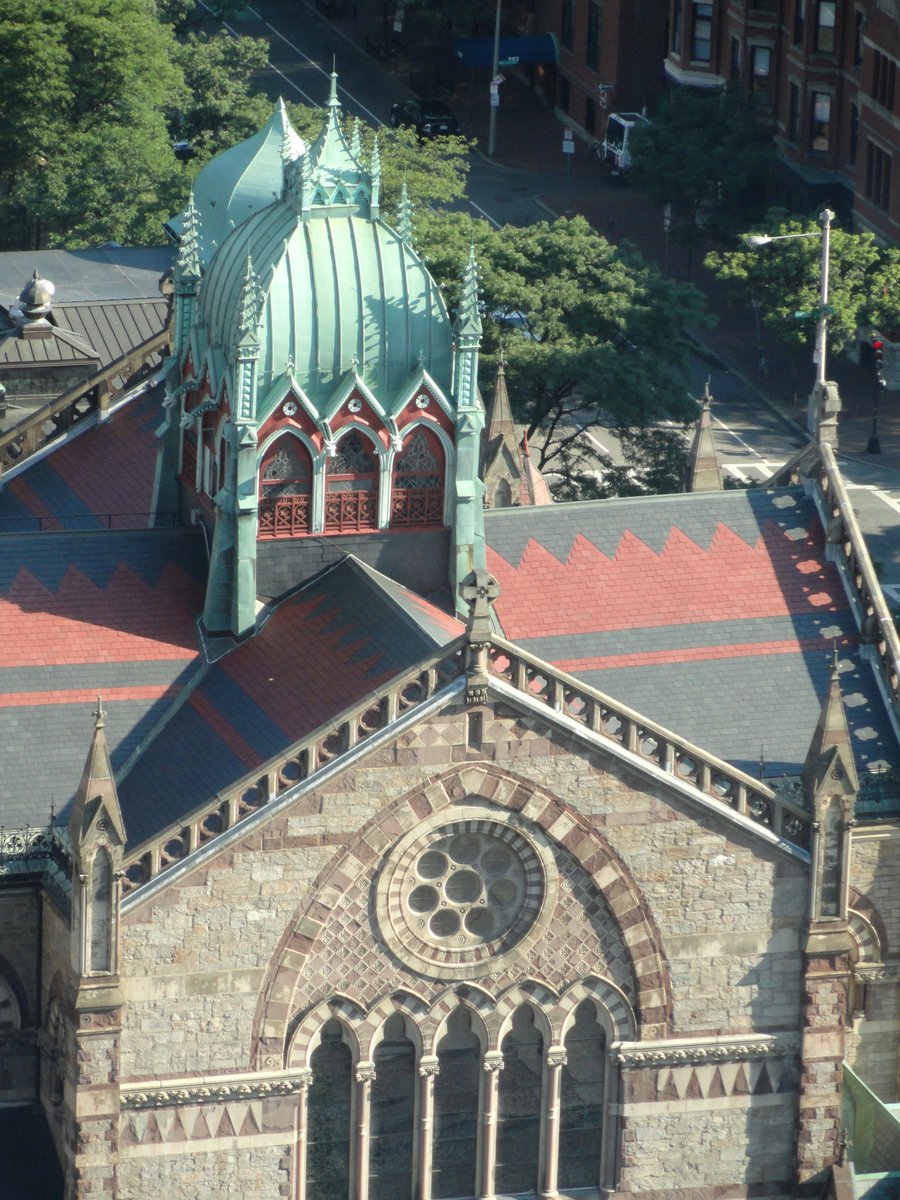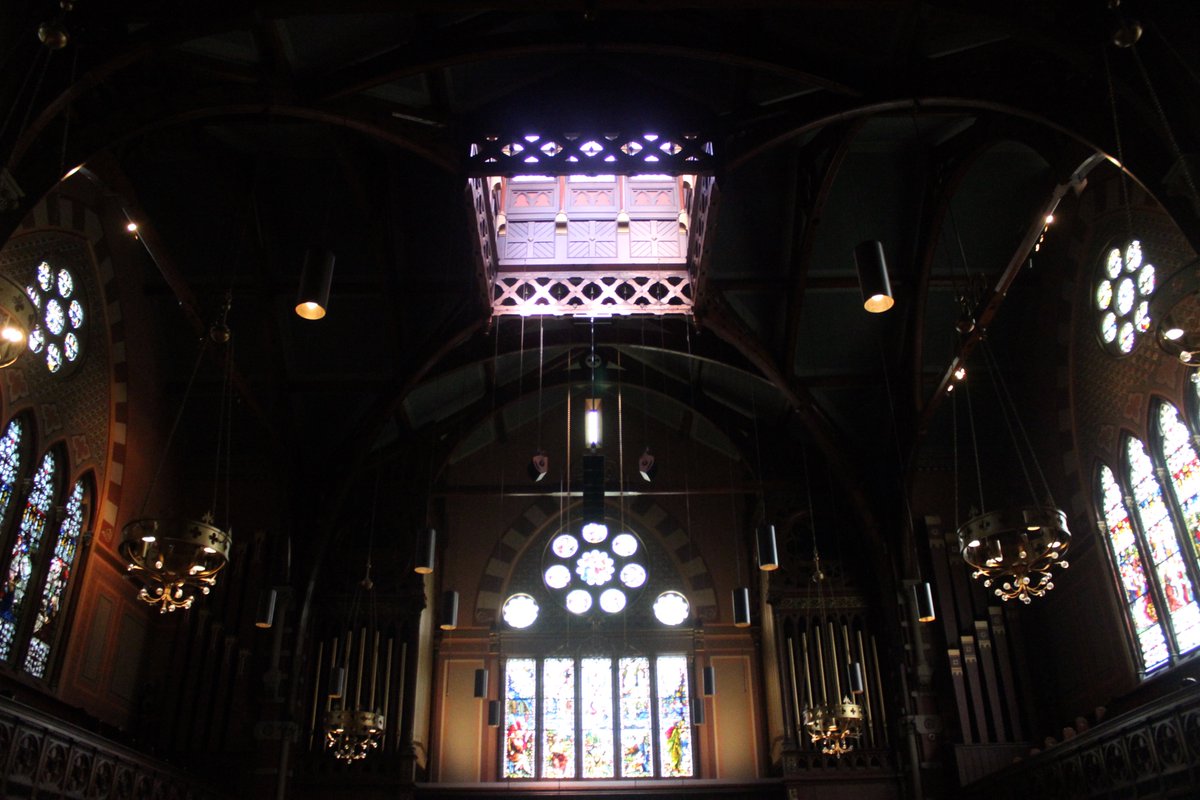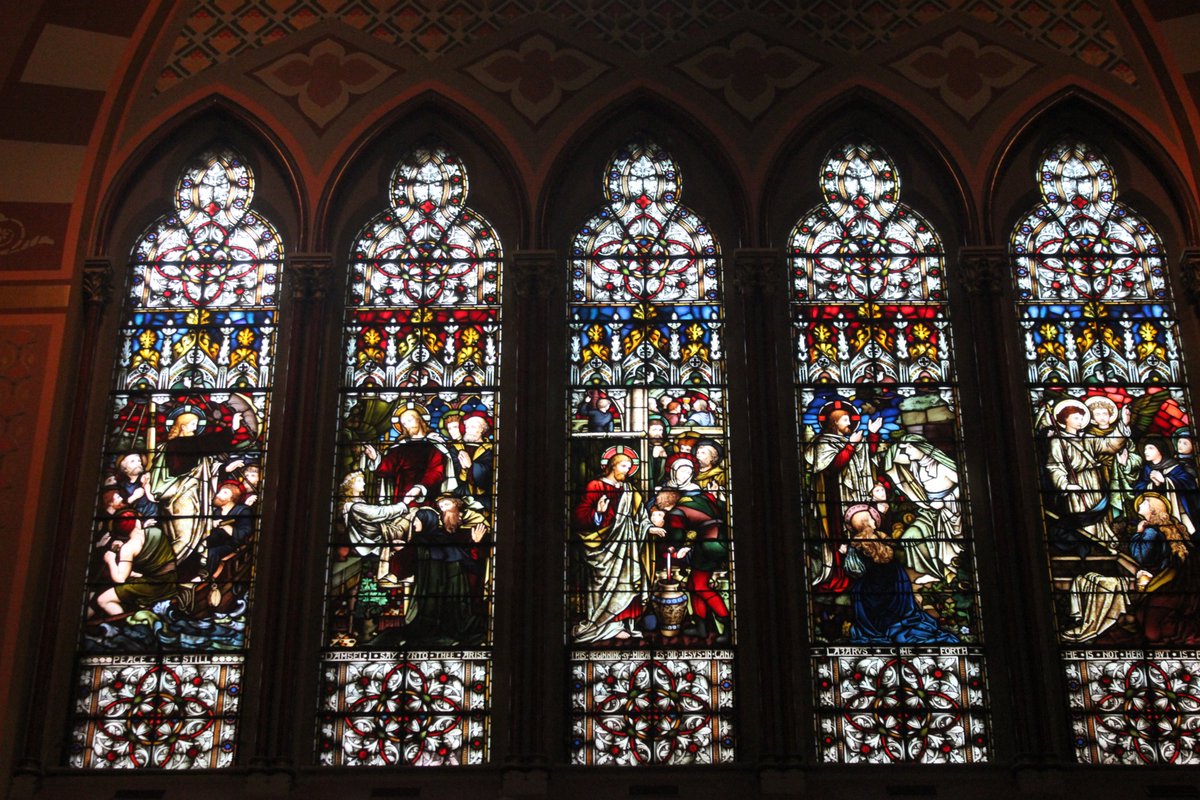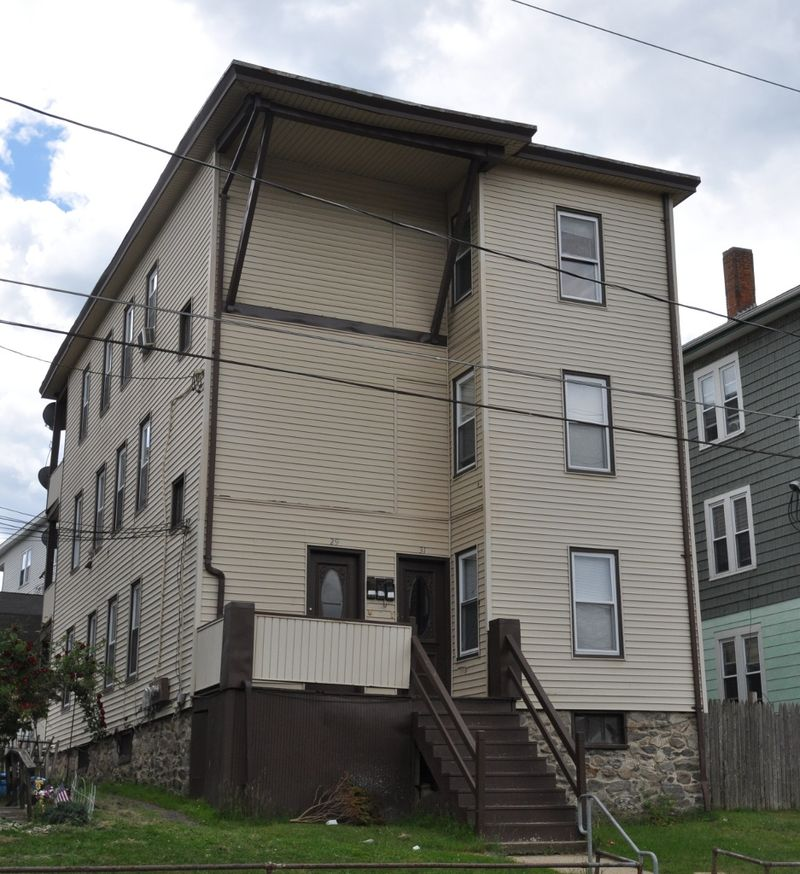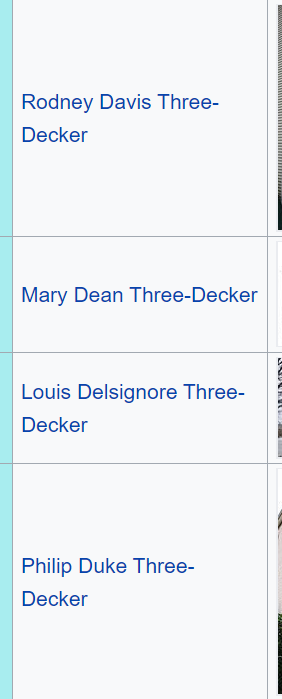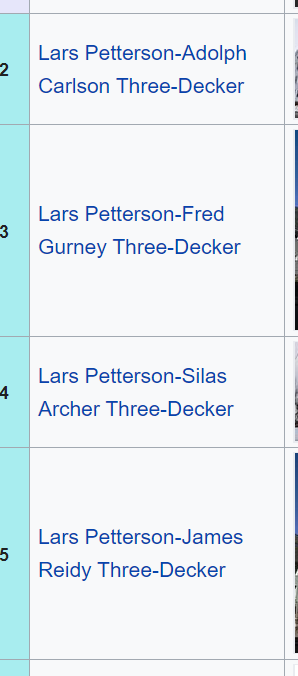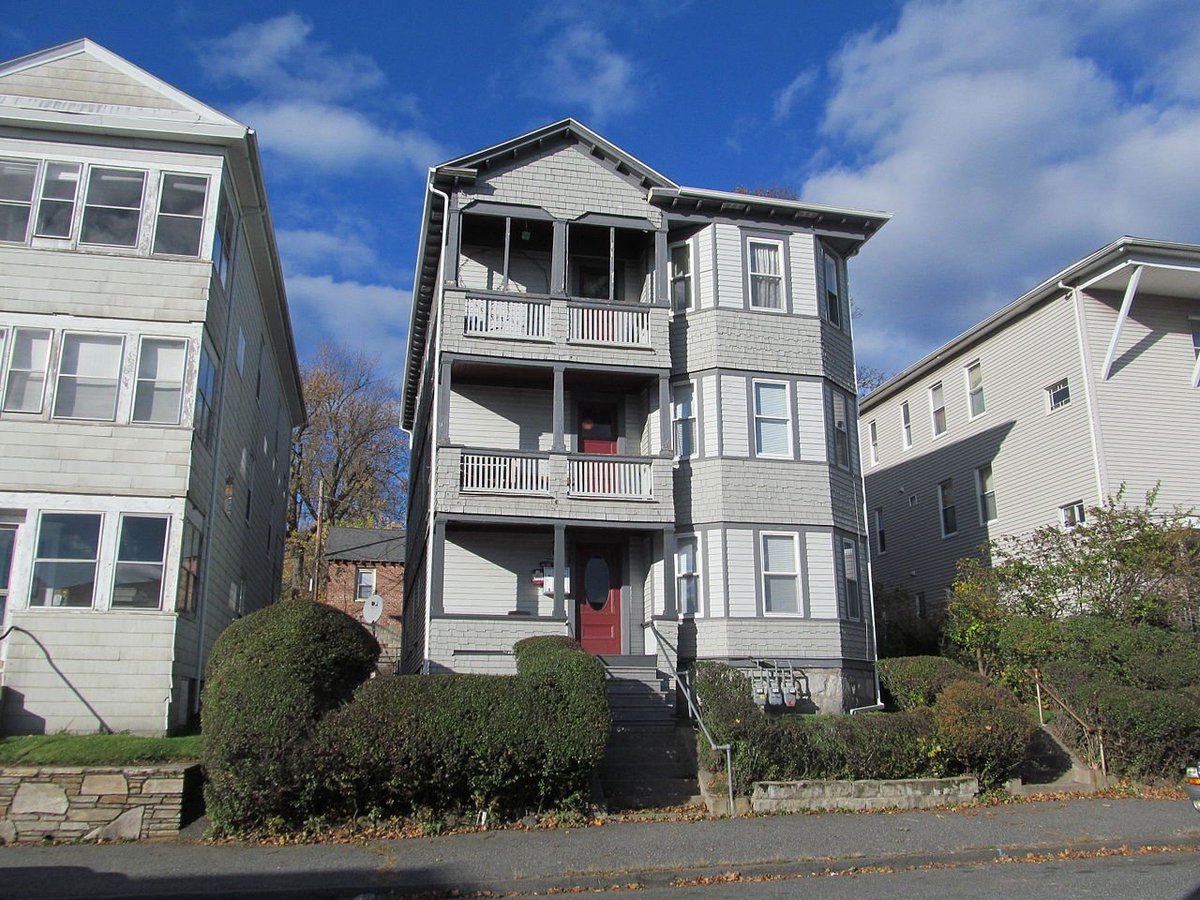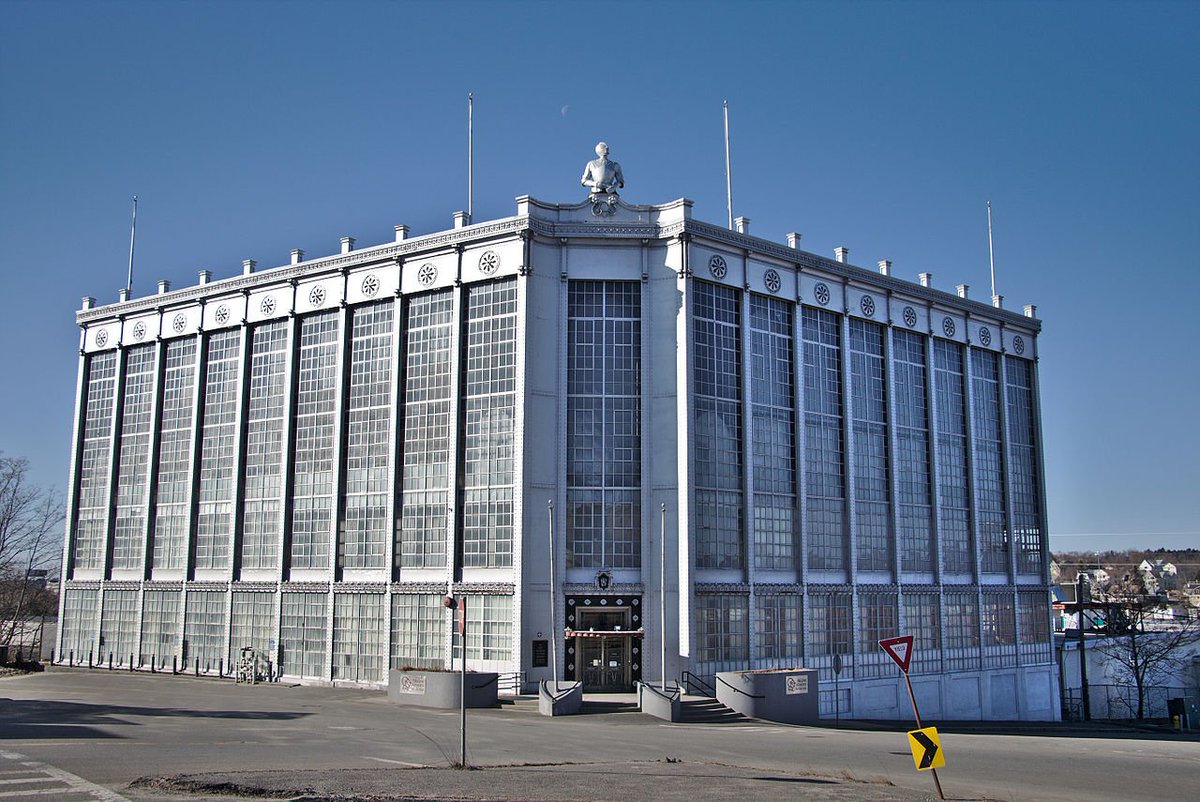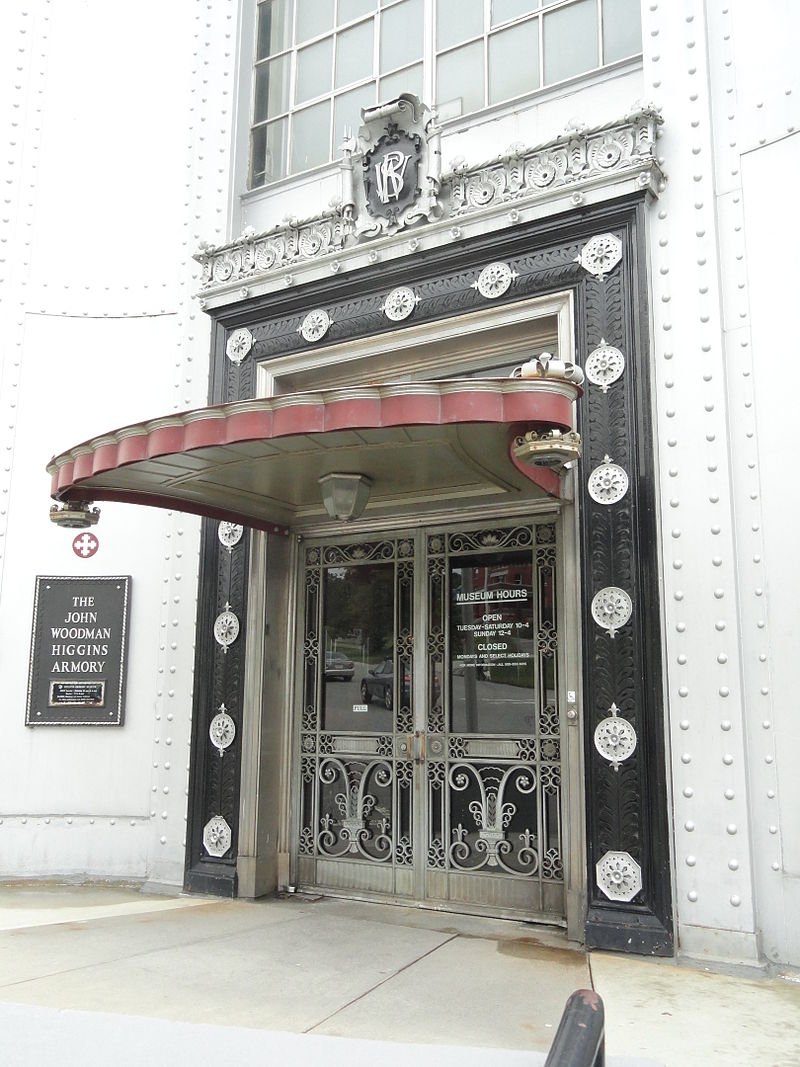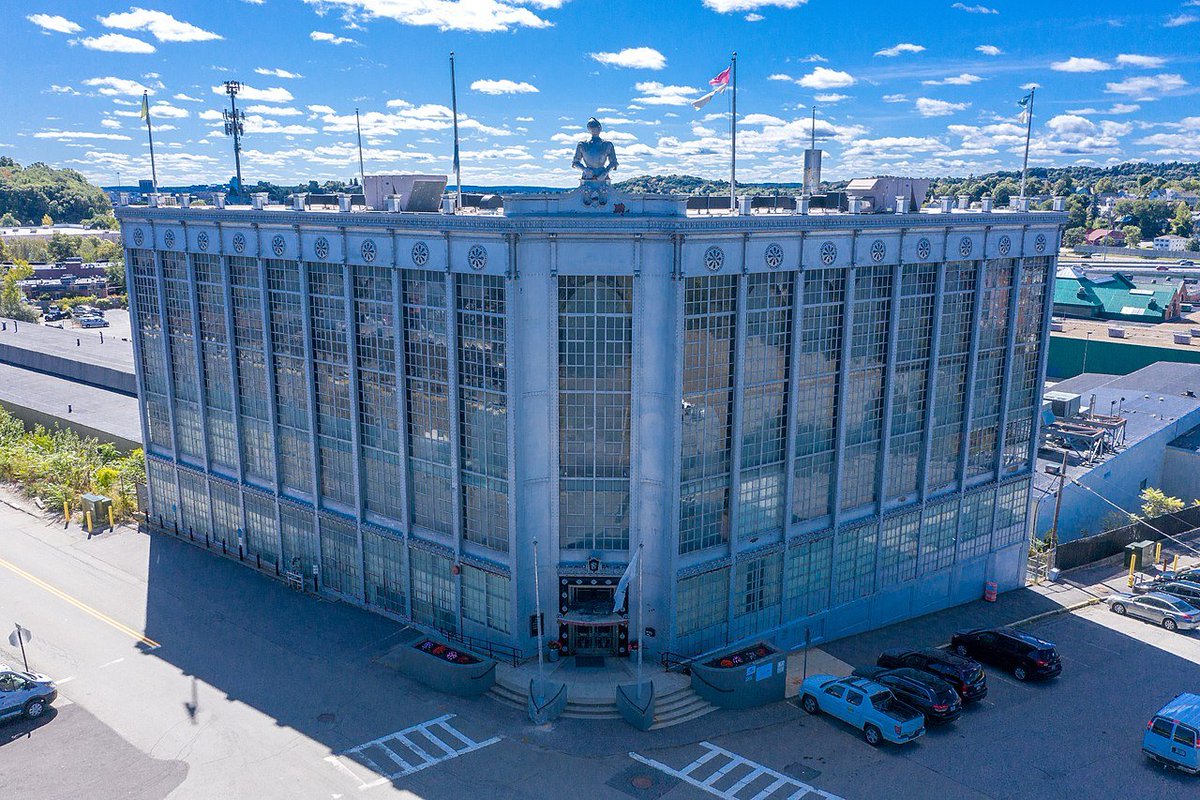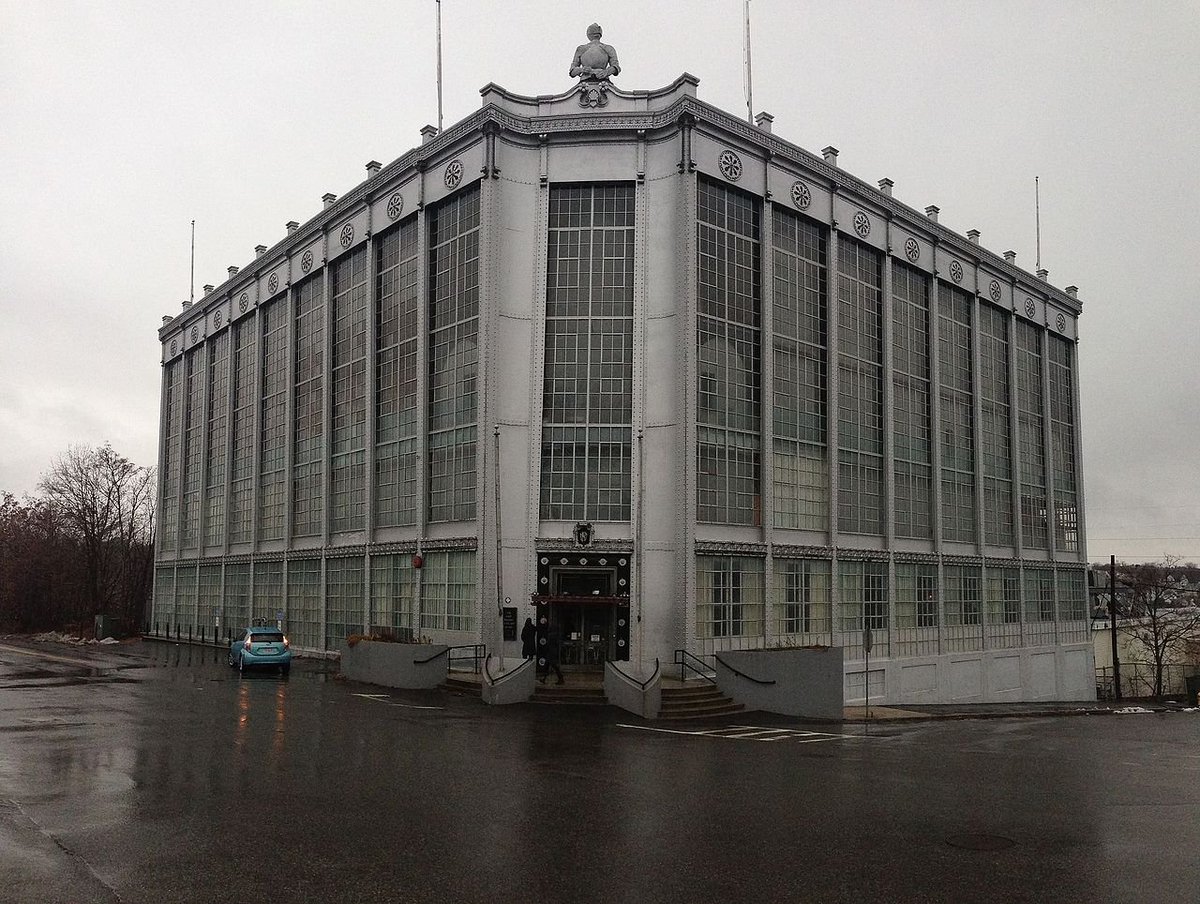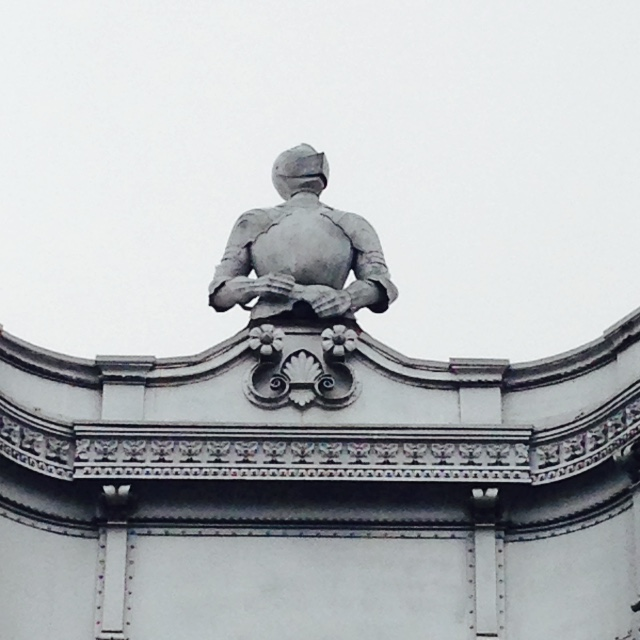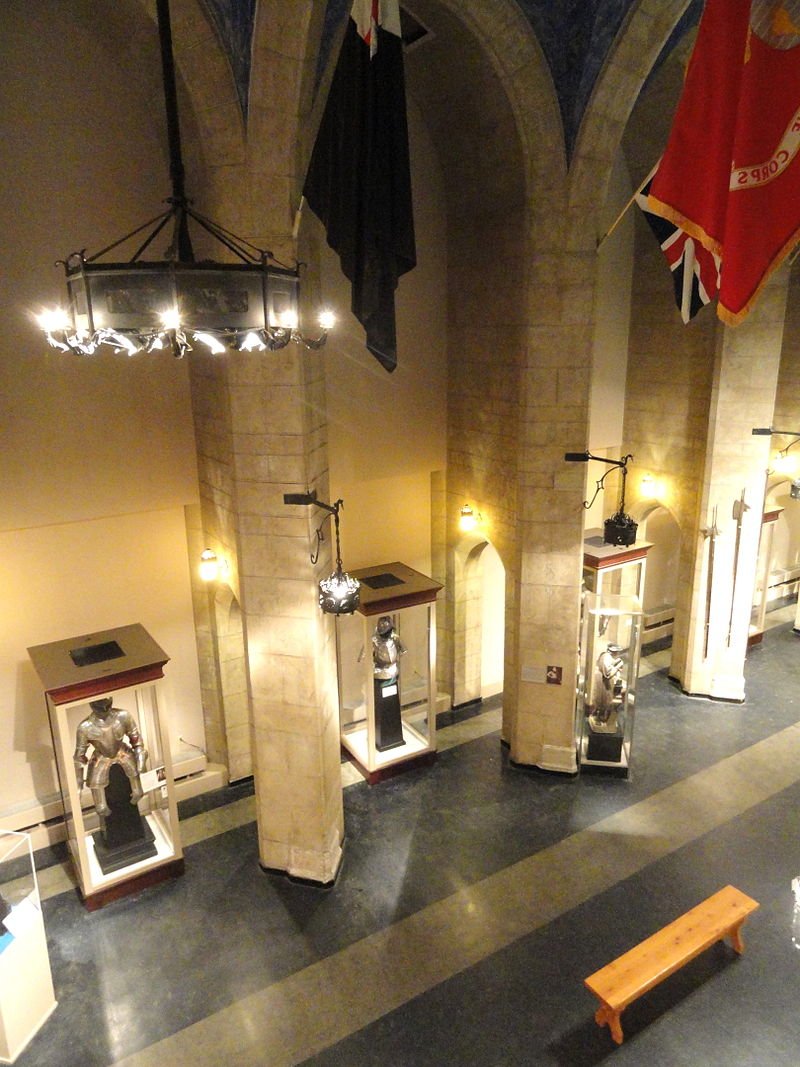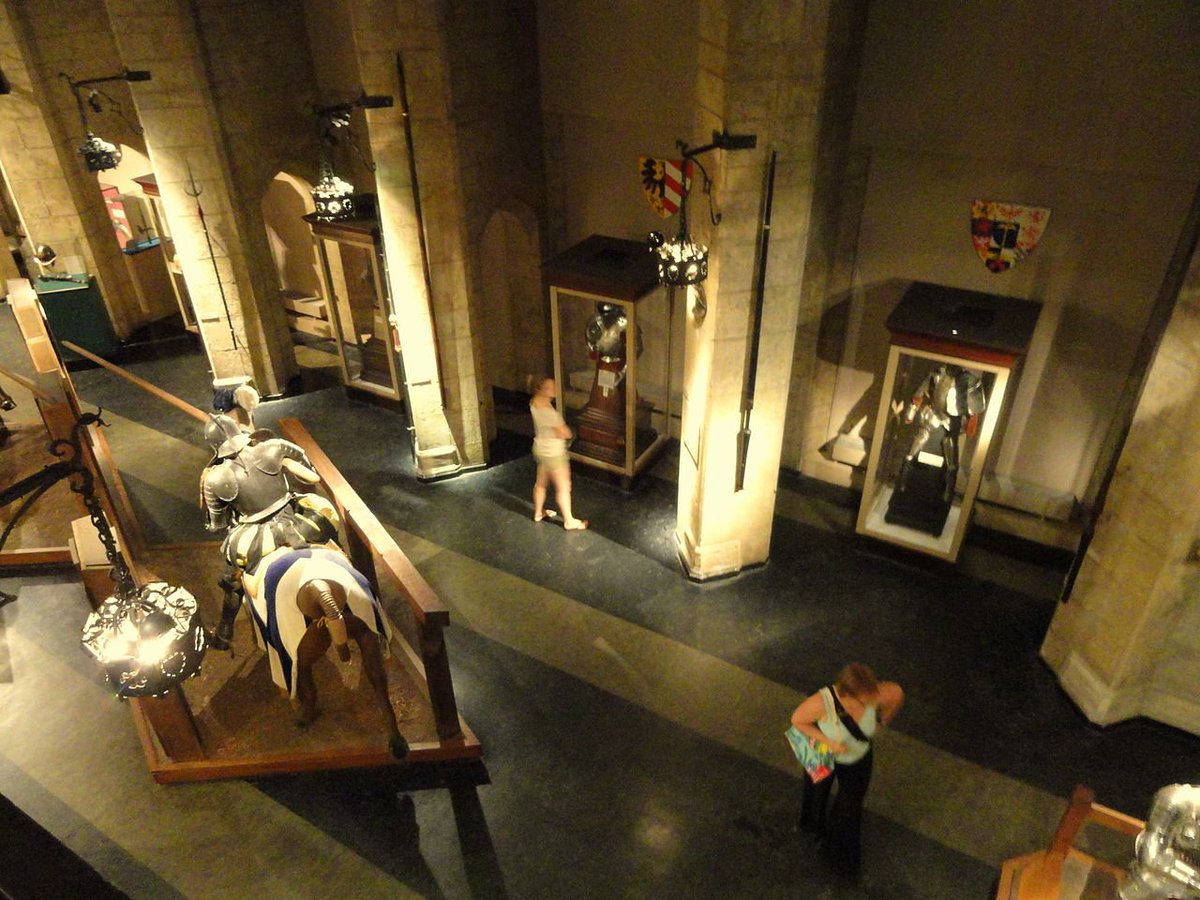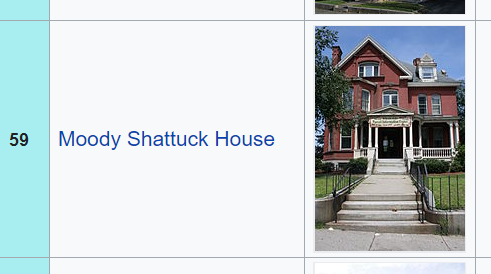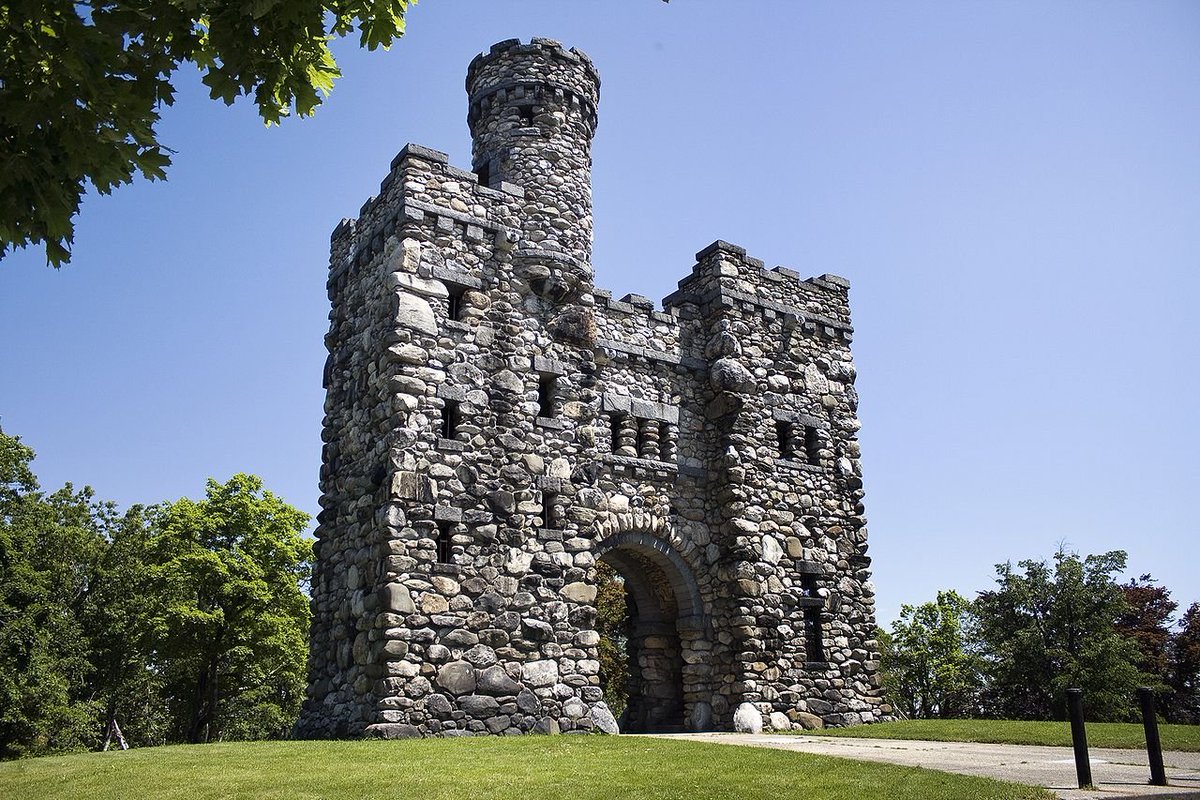massacheusetts? massachewsetts? massachusitts? massachusets? massachussets? massuchussets? massucheezits? there& #39;s literally no way to know
ANYWAY, mushycheezits has like a buuuuuunch of NRHPs. 4,318! that& #39;s the second most of any state, behind New York. so this might be a long one.
it& #39;s not surprising that it has that many, obviously: muskyarmpits is the epicentre of New England and has Boston, one of the few pre-revolutionary cities of any real size, as well as lots of smaller colonial-era communities, plus there was a lot of 19th century action there too.
(indeed as you can see on the map, Boston - the 327 entries in the bay - has a lot but not *that* many proportionally to the rest of missyelliotts)
for that reason i won& #39;t do what i sometimes do with big cities by doing them first or last or whatever: the listings in muckybiscuits are just by county, and then by city within county, and we& #39;ll just do & #39;em alphabetically, the way god intended. off we go!
the Cape is enough of a distinct area to have a named house style - the "Cape Cod House" is a one-storey with a steep pitched roof and five bays: the door in the middle and two either side. this one belonged to a man named Nymphus Hinkley.
this also gives rise to the adorably lopsided "half cape", where there are only three bays, with the door uncentred:
that fun-size fun is balanced out, though, by the Cape& #39;s huge macro-capitalist shingle style...stuff. shingle can be nice but this stuff - lots of these are yacht clubs, that kind of thing - is pretty gross
this stuff peaks - thematically, if not aesthetically - with the Kennedy Compound, 3 huge houses in Hyannis Port belonging to the Kennedy family:
that is, basically, the story of Cape Cod in a nutshell - the progress from tiny 18th century fishermen& #39;s cottages to vast 20th century tycoon& #39;s compounds, all of them sort of pretending that they& #39;re speaking the same architectural language of shingles and roof-pitches
and not just 18th century, indeed: this is one of a handful of mid-17th century houses on the cape, and one of many in Massachusetts more broadly: the state has, relative to most others, masses of 17th century stuff. (also all hail the sea-bleached silver shingle)
at the other end of the timeline, happily, there is a listing covering multiple instances of modernist beach houses on the Cape, some of which are lovely:
honestly though i think my fav thing on the Cape is this place, which saw all the muted, tasteful colours and went "lmao fuck that"
the alphabet now takes us alllll the way to the other end of the state, away from the ocean, bordering New York
often, with these threads, i am surprised at how hard it is to find good pictures of the listed structures. but this is not a problem for the awe-inspiring, historically crucial Coleman Ball-patent pipe pony truss bridge in Windsor, Massachusetts. thank god.
i know this will come as a betrayal to many, but i have to live my truth. the round barn of the Hancock Shaker village community is...not bad
Herman Melville lived here and this is where he wrote Moby Dick. he also wrote this charming description of his writing life:
the other thing western Mass has a lot of is the very ominous mills that are characteristic of the slightly more neglected bits of New England:
not to be outdone in spookiness, non-Quaker missionaries built this house: actually way back in the 1730s, when it was the centre of a mission to Native Americans
this is the house and studio of Suzy Frelinghuysen and George L. K. Morris, abstract artists of the 30s and 40s, who had this built on the site of a burned-down 19th century mansion in 1930. it is truly wonderful and now houses their large collection of art
the house that had been on the site was one of a cluster of 19th century mega-mansions in the area, of which two are especially notable...
this is The Mount, designed and built at the very end of the 19th century by none other than Edith Wharton, who was not only a novelist but also an architect and designer: this was the only full house she ever built, and she built it for herself.
it drew on the principles of her own book, the Decoration of Houses, to come up with a sober, neo-Georgian design
then she really had fun with the gardens, giving them over to her niece Beatrix Farrand, who went on to be one of the most influential landscape architects in US history
oh also, after Wharton lived there (she wrote House of Mirth there), it became a girls& #39; boarding school from the 40s to the 70s, and then home to a theatre company, and is apparently super-duper haunted. it badly needs a novel of its own
the other mega-house (and mega-garden) round these parts is Naumkeag, which is, shall we say, a wee bit twee.
history tells us that wealthy lawyer Joseph Hodges Choate
said to noted society architect (and noted asshole, and noted murder victim) Stanford White, "what if Bilbo Baggins spent all his dragon money on a new house?" and Naumkeag was the result
said to noted society architect (and noted asshole, and noted murder victim) Stanford White, "what if Bilbo Baggins spent all his dragon money on a new house?" and Naumkeag was the result
here too the gardens have all kinds of shit going on and are somewhat more notable than the house itself
here& #39;s the whole Stanford White saga, if you& #39;re interested... https://twitter.com/cinemashoebox/status/1060894836910370816">https://twitter.com/cinemasho...
apparently i wrote the Stanford White thread on a bad typo day (even by my already high standards) so, sorry about that
can& #39;t articulate why but the phrase "boguslavsky triple-deckers" is sending me over the edge
"this is my husband, Boguslavsky Triple-Deckers"
"the ice-skating world has today been stunned after a skater successfully executed six consecutive Boguslavsky Triple-Deckers"
"are YOUR Slavsky Triple-Deckers bogus? get them checked today!"
"you know what they call a quarter pounder with cheese in Belarus? they call it a Boguslavsky Triple-Decker"
"He& #39;s coming off the ropes...there& #39;s the twist...here it is, folks, the signature move...BOOM! Right in Cena& #39;s face! The Iron Tsar pulls off another brutal Boguslavsky Triple-Decker!"
the New England mill typology really is grindingly bleak. these are four different buildings, all in the same town (Fall River)
these too. half the listed buildings in this town are mills. nobody needs & #39;em anymore, nobody needs this many luxury condo conversions. horrendous preservation problem.
the other great industry that shaped the state was whaling: above all in the whaling boomtown of New Bedford, which grew fat on the proceeds of whaling in the 1840s. this is where Ishmael meets Queequeg in Moby Dick: this church is where he hears Father Mapple& #39;s sermon.
New Bedford also features this house, built for a wealthy whaling family by the young Richard Upjohn, his very first work and utterly unlike the Gothic stuff he came to be known for. odd.
"this" being the 1894 Bristol County Superior Court. it& #39;s described as being "Spanish Romanesque" but in fact it& #39;s just very specifically aping the otherwise unique mid-12th century ribbed dome of Zamora Cathedral, which only barely works in Zamora and doesn& #39;t work here at all
(those were two of the notable residents of the Taunton State Hospital, a terrifying 19th century asylum that was closed in the 70s and demolished about 10 years ago
i arguably bang on about age too much but we& #39;re back in a bit of the state where 18th century houses are quite common - these are all comfortably pre-revolutionary - and having this stuff really is just such a wildly different architectural context and vibe from 99% of the US
Dighton Rock is listed! yay! Dighton Rock is a very obviously spuriously carved rock that numerous people have used to "prove" that [insert ethnicity of choice] "discovered" the Americas. i love it
specifically, it& #39;s ya boi HH Richardson as commemorated in the H. H. Richardson Historic District of North Easton, a cluster of 5 buildings by him in the same small town
we& #39;ve talked about HH and about "Richardsonian Romanesque" a lot before: the unusual chunky, highly textured, red-and-brown style developed by Richardson in New England in the late 19th century (and subsequently widely imitated): one of the most distinct American styles.
North Easton was a town more or less owned by a wealthy family called Ames: they were fans of Richardson& #39;s work and got him to build several amenities there, including this completely uncharacteristic cottage which we will now ignore...
...and four others, the Ames Free Library, the Oakes Ames Memorial Hall, the North Easton railway station and the Ames Gate Lodge.
the secret with Richardson - and maybe part of the reason his work is so much more enjoyable in person - is his combination of bulk and force with beautiful detail. the chunkiness of the overall structure is always accompanied by the charm of things like the carved window arches.
this - the Memorial Hall - is 1879, and you can see here the emergence of intricacy without fiddliness, form without force, that Louis Sullivan raised to perfection in the subsequent decades
(Richardson himself died in 1886 aged 47, forever leaving us to wonder what he might have done if he& #39;d lived into the early 20th century)
sometimes, even in North Easton, the chunk got the better of him. the forms here are beautiful and the roof is sublime but WHY did he make it look like an aquarium ornament with this rubble
the railway station is the smallest and simplest of the things he did in North Easton, but it might be the finest: the spring of the arches is so powerful, and once you get close wonderful detail is revealed.
actually, practically nothing in Martha& #39;s Vineyard - surely full of interesting mansions? - is listed. a certain small bridge over a creek, for example, is not listed
guess we& #39;ll have to move on to Essex County in the north of the state, which is a network of aggressively fancy towns
and the oldest of the numerous local Abbot houses is also linked to the ultimate Old New England story - this is the Benjmain Abbot House, named for Benjamin Abbot, who was one of the accusers in the Salem Witch Trials
we& #39;re not actually in Salem at this point - we& #39;re in Andover, a few towns over - but the Salem panic metastatized across the local area in 1692. Abott accused an Andover woman called Martha Carrier, who was hung for witchcraft as a result.
it& #39;s sort of a spooky part of the world. this is the Osgood Farm, the oldest parts of which date to 1699. in the doorway here, in 1783 James Otis Jr - an American Revolutionary, who coined the phrase "taxation without representation is tyranny" - was killed by a lightning strike.
that house, and this one - which is even earlier, probably late 17th century - are of a distinctive local shape with the roof coming down further on one side than the other: they& #39;re called saltbox houses. many of the oldest houses in New England are saltboxes
i don& #39;t think we& #39;ve had a batshit castle in Massachusetts yet! but as we know, there is *always* a batshit castle, and here it is: Hammond Castle in Gloucester, Mass
it was built by John Hays Hammond Jr to house his collection of medieval whatnots, and also his laboratories: Hammond was an inventor. if you& #39;ve ever used a remote control to switch something on, you& #39;ve used Hammond& #39;s technology
in doing these threads i have become increasingly numb to the sheer batshitness of batshit castles, but this one is absolutely one of the most batshit
indeed, next to it (almost literally - they look at each other across a bay) the Sleeper-McCann House, aka Little Beauport, looks positively modest
the interior...less so, perhaps. the house was both home and ongoing showpiece for Henry Davis Sleeper, who was arguably the first interior decorator in the current sense of the term
Sleeper lived next door to Abram Piatt Andrew, congressman and war hero, and - to paraphrase the very, umm, delicate way that historians seem to have approached their relationship - they were GAY AS HELL for each other and it was awesome
we& #39;re back in massaspookits
good witches have houses too: like Lydia Pinkham, who lived in this one in the late 19th century and, from it, ran a mail-order business selling tonics and whatnot that relieved menstural cramps and other things nobody could bring themselves to openly talk about in the 19th C.
(apparently the *hill* is known as Daddy Frye& #39;s Hill, after a tavern that used to be there, run by someone known as "Daddy" Frye, and then they built a cemetery there. every part of this just makes it worse)
this church also used to be on Daddy Frye& #39;s Hill. most gothic, most fucked-up part of any state around. i love it
so, Salem was, like, a crucially important colonial town for a long time, with a long, complex history. also, yes, the witch trials were an outbreak of rabid misogyny and cruelty and a stain on history. that said,
 https://abs.twimg.com/emoji/v2/... draggable="false" alt="🎃" title="Jack-o-lantern" aria-label="Emoji: Jack-o-lantern">
https://abs.twimg.com/emoji/v2/... draggable="false" alt="🎃" title="Jack-o-lantern" aria-label="Emoji: Jack-o-lantern"> https://abs.twimg.com/emoji/v2/... draggable="false" alt="🦇" title="Bat" aria-label="Emoji: Bat">
https://abs.twimg.com/emoji/v2/... draggable="false" alt="🦇" title="Bat" aria-label="Emoji: Bat"> https://abs.twimg.com/emoji/v2/... draggable="false" alt="🧙♀️" title="Woman mage" aria-label="Emoji: Woman mage">𝖑𝖊𝖙& #39;𝖘 𝖌𝖊𝖙 𝖘𝖕𝖔𝖔𝖐𝖞
https://abs.twimg.com/emoji/v2/... draggable="false" alt="🧙♀️" title="Woman mage" aria-label="Emoji: Woman mage">𝖑𝖊𝖙& #39;𝖘 𝖌𝖊𝖙 𝖘𝖕𝖔𝖔𝖐𝖞  https://abs.twimg.com/emoji/v2/... draggable="false" alt="🎃" title="Jack-o-lantern" aria-label="Emoji: Jack-o-lantern">
https://abs.twimg.com/emoji/v2/... draggable="false" alt="🎃" title="Jack-o-lantern" aria-label="Emoji: Jack-o-lantern"> https://abs.twimg.com/emoji/v2/... draggable="false" alt="🦇" title="Bat" aria-label="Emoji: Bat">
https://abs.twimg.com/emoji/v2/... draggable="false" alt="🦇" title="Bat" aria-label="Emoji: Bat"> https://abs.twimg.com/emoji/v2/... draggable="false" alt="🧙♀️" title="Woman mage" aria-label="Emoji: Woman mage">
https://abs.twimg.com/emoji/v2/... draggable="false" alt="🧙♀️" title="Woman mage" aria-label="Emoji: Woman mage">
those were, in order, the John Ward House (1680s), the Pickman House (1660s) and the House of the Seven Gables, also 1660s, that last one the subject of a novel of the same name by Hawthorne. it& #39;s gorgeous, but its most recent restoration is a bit...clean?
none of those houses have direct connections with the trials, though they were all standing (if pretty new) when the trials went down in the 1690s. right next to the Pickman House is the graveyard in which one of the trial judges rests, though:
the oldest house in town, in fact, is this, the Pickering House, which at its core is early 1660s,but got a funny little carpenter gothic facade 200 years later. it was lived in by members of the Pickering family until 1998.
out around the old town, in what were the tiny little colonial villages of the Massachusetts Bay Colony, are many more such houses: this one, with the classic ULTRASPOOKY paint job, was built by the son of John Proctor, who was executed during the trials...
(an excellent excuse for us all to pause and contemplate this picture of Daniel Day Lewis playing Proctor in the 90s film of The Crucible)
you basically can& #39;t spit here without hitting a gorgeous, rambling, late 17th century house
this was the home of John Hale, one of the more notorious trials figures: he was a minister who helped out eagerly in the early stages and then turned against them when his own wife was accused of witchcraft. arguably his change of heart helped to end the panic, but also, wow.
to me though one of the other interesting things about this part of the state and country are the *brick* houses: these are all late 17th/early 18th century and showcase a pleasingly similar style to the wooden houses, but with that very different texture.
anyway in the centuries after the trials i bet everyone chilled out a bit with the gothicness and also the dubious treatment of the maybe mentally ill, right? lol no they built this asylum in 1874
this was probably the model for the Arkham sanatorium that shows up in Lovecraft& #39;s fiction, and which was itself the progenitor of the Arkham Asylum in Gotham...
anyway we& #39;re back wandering other, remoter corners of the state now. here& #39;s where one of those characteristic New England disused mills has been turned into a giant bookshop, which, oh my god?
interesting instance of a "single" NRHP that is 100 miles long: there& #39;s a listing for a series of milestones placed in the 1760s on the road between Boston and Springfield. i love these
the good kind of chunk on show in this Upjohn church in the same town (this is app Springfield, the big industrial town in the interior of the state, very different from the colonial coast) - now, incongruously, a Greek Orthodox cathedral
chunkier still is this one down the road, by notable chunkmonger William Appleton Potter. this building was largely funded by Daniel Wesson, as in Smith & Wesson revolvers, which, lol
Massachusetts has listed loads and loads of midcentury diners and it& #39;s so great
"The 2.5 ton Jones & Co. bell in the clock tower, with the word "rusty" plastered in tar; the ringing mechanism does not function at this time"
this is...ominous
this is...ominous
this is the Baird House, small but perfectly formed: somewhat surprisingly, it& #39;s the only Wright building in Massachusetts
indeed, famously, she basically never left this house during much of her life: almost everything she wrote was written here, in between listening at doors and generally weirding out her brother
sir, this is NOT a wendy& #39;s
a pantheon? an arena? an amphitheatre? a mausoleum? no, it& #39;s a water tower
this is weeeeeeird - the Prince Hall Mystic Ceremony. Prince Hall Freemasonry was a movement of African-American freemasons founded by the eponymous Prince Hall, with a history of struggling for proper recognition by the wider movement that goes on to this day.
Prince Hall masons set up a cemetery on this site in the 1860s and used it for about thirty years, but then it fell into disuse and was forgotten for a century, until 1987, when it was rediscovered and rededicated.
right, here we come to Cambridge, Massachusetts, where they make universities. this will be a lot, i suspect
anyway. Cambridge was the fancy small town just outside Boston where the colonial gentry had massive houses - like this one - and they soon found themselves wanting a fancy university to go with it. hence, Harvard
that whole process kicked off in the mid-17th century, but the oldest thing still standing there is from later (though still, by American standards, very early) - Massachusetts Hall, a dorm from 1720
that building and others like it form Harvard Yard, the heart of the university: some of what you see here is 18th century, some of it 19th, some of it 20th. it is frankly a very boring idiom, and what started here has become the standard Fancy Boring College idiom across the US
the wider university, though, is huge - it& #39;s incorporated as a historic district - and has its fair share of interesting buildings in other modes as well
notably, it went through a phase of 19th century bombast that led to two major works by our pal HH Richardson:
this is his 1878 Sever Hall, apparently Robert Venturi& #39;s favourite building in America...
and this is Austin Hall, for a long time the library of the law school, with the characteristic fine, polychromatic detail
but the really major - possibly too major - result of the frenzy of gothicky building going on at Harvard in the 1870s was Memorial Hall, by Henry Van Brunt and William Robert Ware. this is...a lot
silliest building in town, though, is - appropriately - the office of the college satirical newspaper, the Harvard Lampoon designed by Edmund M Wheelwright
you may or may not agree with former mayor Alfred Vellucci that this is "one of the ugliest buildings in the world": he tried to have it declared a urinal, and then planted trees around it (but this may have been because the newspaper enjoyed making fun of him).
compared to some colleges, there& #39;s surprisingly little major modern stuff at Harvard, and only one actually listed modern building - but it is a major one. the Carpenter Center (1963) is the only Le Corbusier building in North America:
it& #39;s not his most celebrated building, and came very late in his career - he never saw it in the flesh, being too infirm to travel to it by the time it was finished - but its street relationship is delightful
meanwhile, bizarrely and disturbingly, literally nothing at the next-door Massachusetts Institute of Technology is listed. there are several major works by very important post-war architects there, but...nope. none of them are listed. this is Not Good, MIT
out in the town proper, we find echoes of the colleges - this is the public library, by the same people who did Memorial Hall, but very closely and successfully aping Richardson. the detailing in the capitals is delightful...
the other things university towns are always good for are the random homes of famous people, of course. on the left, ee cummings& #39; house: on the right, Robert Frost& #39;s.
...and that& #39;s the end of Cambridge, apparently
well, since none of us can go anywhere, why don& #39;t we go back to Massachusetts
anyway, we& #39;re in Concord now, which is another pretty New England town that also happens to be where, like, all of American literature happened until the 20th century, for some reason
...until Hawthorne moved out in order to move into *this* house about a mile away, which had just been vacated by the young Louisa May Alcott...
*in it
Meanwhile just outside town is Walden Pond, where Thoreau had lived and written his famous book of the same name, thereby inventing nature writing
(note: he absolutely did not invent nature writing, and while he was living "out in the woods" his mum was doing his laundry for him and the pond is, like, just up the road from the middle of town, and also, he sucks)
(as I understand it, Emerson was in Concord first and acted as both a literary and also spiritual attraction to these others, all of whom where Transcendentalists)
just up the road from Concord is Lexington, famous as a central location in the revolution. this is one of those corners of the world where History and Greatness cover everything like slime
it& #39;s all very inspiring and whathaveyou and listed out the wazoo: but a more surprising and pleasing listing is the little Lexington suburb of Six Moon Hill, designed by the Boston firm The Architects Collaborative, a fascinating group of eight architects, some of whom lived here
furious that i had a child 10 days ago and didn& #39;t call him this
here& #39;s a thing one doesn& #39;t associate with New England but which should of course not surprise us. a fancypants historic house...and the slave quarters round the back. this is the Isaac Royall House of 1732, with the state& #39;s only surviving example of slave quarters.
in the 19th century Massachusetts was a centre of anti-slavery activism, but it doesn& #39;t do to forget that fancy families like the royals who& #39;d made their money in the 18th century had made it off slavery, which was legal in the state until the end of that century.
we& #39;re very used to slave quarters being part of the typology of the big Southern houses, but original sin tends to get around all over the place.
anyway on that slightly grim note i must stop for now. but i aim to keep doing these, at whatever pace
curious: an HH Richardson house, one of the last buildings he ever worked on, all be-turretted and be-shingled. now condos
this was for many years the house given to the president of Brandeis University, but is mostly interesting for having been built in 1913 and then gutted by an anarchist bombing in 1919 b/c the president of Brandeis at the time was an anti-anarchist congressman. go anarchists.
said before that HH Richardson& #39;s various imitators often completely fail to live up to him but this is a rare good instance of someone aping his style well - First Baptist Church in Newton, Mass.
(we& #39;re in Newton, now, which is a conglomeration of villages just outside Boston. it& #39;s all very fancy and quite dull, but evidently once in a while some rich 19th century lawyer just went hogwild on his house)
every 2nd house looks like the Knives Out house (the real one is actually elsewhere in Massachusetts)
would you like to read a candidate for one of the greatest sentences ever written by a human hand? you would? ok:
i don& #39;t think i can top THE BOWSER GAZEBO so that& #39;s probably it from Massachusetts, for now
put this in the louvre https://twitter.com/smeadleonard/status/1243209681813868546">https://twitter.com/smeadleon...
"nothing will ever be as good as the bowser gazebo," i say to myself sadly as i return to this thread, before looking at literally the first entry on the next list
i like how the right hand side of this is all neat and tidy and the left is just a fucken mess. house ass hanging fully out
i have discussed at length in these threads my love for Ralph Adams Cram& #39;s churches but this one is a real misfire from him, hoo boy. i get he was trying to do "simple Romanesque" but it just looks so lazy
massachusetts is exhausting. i& #39;m sure these are all interesting but there are only so many Lemuel J Puffington Houses you can look at
Wakefield, Massachusetts, is cheating to make itself look like it has more history than it actually has
building at a cemetery used to store coffined bodies in the winter until the ground had thawed and they could have spring burials. cool. normal. not gonna have nightmares about this at all
talked before in this thread about the typical and rather grim New England mills: this is where they began, in Waltham, just outside Boston. in 1813 there were 300 workers here, which then - amazingly - made it the largest factory in the country.
unsurprisingly it& #39;s also a major site in American union activism history, and feminist history - the mill mostly employed women, promising good working and living conditions and then serially failing to live up to that promise but thereby ending up a sort of nursery for activists
mind you, here is a house with a basically just as silly tower that& #39;s by the actual HH Richardson. nice shingling on the house proper, tho
this is sort of unintentionally fun, an attempt to do something gothic while retaining the white clapperboard new england church vibe that fails at both aims but accidentally succeeds at looking like something from turn of the century Russia
two lovely Richardson libraries in two neighbouring towns: this is the Converse Memorial Library in Malden, dedicated to the memory of Frank Eugene Converse, the first American to be murdered during a bank robbery (no really)
and the Winn Memorial Library in Woburn. this was Richardson& #39;s first library, where he worked out a template that he used in several places, including Malden: the polychromy and delicacy here are especially fine, though
lastly though for Middlesex County - which is a huge county that we& #39;ve been in for, like, half this thread - is FINALLY something modernist. and not just something modernist, but something from big daddy modernist: the house Walter Gropius built for himself in 1938
we can debate back & forth for all time whether Gropius& #39; big projects ever achieved their potential but the charm and purity of this kind of thing from him always shows through. the spiral staircase at the back was a request from his teenage daughter who wanted a private entrance
this project isn& #39;t dead ok i just have other responsibilities and also the world is ending
nevertheless, nantucket
i was slightly surprised that the entire island of Nantucket only has 4 NRHPs, but it turns out that one of those four is...the entire island of Nantucket
it *is* very charming. it was the centre of whaling in the US until the 1840s but then became one of those lucky towns that fell on hard times and thereby got sort of time-capsuled into one period
the oldest house on the island is the 1686 Jethro Coffin House, which is a dream of textures and silvery shingles
(coffin seemed to be a bizarrely common name in early New England. more people should be called Coffin imo)
ah, right: all one family, basically https://en.wikipedia.org/wiki/Coffin_(whaling_family)">https://en.wikipedia.org/wiki/Coff...
anyway the other two NRHPs on Nantucket are lighthouses (yawn) which brings us back to the mainland and Norfolk County, i.e. the fancy exurbs of Boston (we are getting to Boston proper, I promise)
how fancy? well, the Kennedy family lived there, so it& #39;s automatically maximally American fancy. JFK was born in this house in 1917
(a year later, so was his sister Rosemary, the one with mysterious mental problems who was subsequently lobotomized and hidden away in an institution in Wisconsin for decades. this family, man)
the major architectural hero round these parts is Frederick Law Olmsted, who established an office here in the latter part of his career. Olmsted is the father of landscape architecture in the US (and arguably the world): in the grounds of this house he taught the art.
he also masterminded parts of the "Emerald Necklace", the string of parks around Boston, one of which now bears his name. (Central Park in NYC remains his masterpiece, tho, sorry Boston)
this is an objectively fun building but its story is even funner: it was built in 1893 in Chicago by the Van Houten Cocoa Company for the World& #39;s Fair, where it served as the Dutch Cocoa House
here it is, circled, looking dwarfed and very out of place against the Manufactures and Liberal Arts Building, which was the main fair building and purportedly the largest building ever at the time
it& #39;s a fairly close copy of the 1591 Franeker City Hall, in the actual Netherlands:
anyway, a Charles Brooks Appleton, of Brookline, Massachusetts, visited the fair and so enjoyed sipping cocoa in the Dutch Cocoa House (featuring historic Dutch interiors and waitresses in period Dutch dress) that be bought the thing and moved it home. and there it still is.
(the temporary and not-so-temporary "ethnic" architecture of World& #39;s Fairs is another obsession of mine, i& #39;ll bore you about it someday)
(in fact if you are curious, ages ago i did do a thread about the Paris fair of 1900 https://twitter.com/cinemashoebox/status/954347101516914688">https://twitter.com/cinemasho...
we& #39;re in the town of Quincy now, birthplace of both 2nd president of the USA, John Adams (left), and 6th president of the USA, his son, John Quincy Adams (right): they& #39;re right next to each other.
a smart electoral move, being born in such nice, humble-looking houses. the family moved to this house as soon as they possibly could, though. hmm.
another wonderful HH Richardson memorial library - why were these such a thing? anyway, thank god they were. this one is the Thomas Crane Public Library
oh thank christ. feels like years since we last saw a skyscraper. this is only 10 storeys but it& #39;s still such a relief after endless domestic colonial stuff
and here is, the Fairbanks House: this is prrrrrobably the oldest house in the USA that& #39;s still in use, from 1636 or so: certainly it& #39;s the oldest timber frame house in the US, and the oldest Anglo colonial building still standing.
(the caveats here are because there is older Spanish colonial and Native American stuff in the southwest, which usually gets left out of the narrative of American historic architecture in favour of stuff like this)
why is this so incredibly awful. so malevolent. the proportions are all completely wrong. the dome is rich in evil.
(it& #39;s a courthouse, and Sacco and Vanzetti were tried and condemned here, so maybe that& #39;s the reason it& #39;s so bleak)
honestly though, this - Peak House, c1680 - *is* peak house this is the best house. they should have stopped houses after this. i love it
was his name Experience, or was his name Pilgrim and his middle name Experience? (we don& #39;t have time to talk about Jabez, sorry)
the trouble starts 100 years later when everyone wants to start commemorate the pilgrims and Say Stuff About America by doing so. for one thing there are now three graveyards claiming to be the First/Most/Best pilgrim graveyard
in the late 19th C this led to the National Monument to the Forefathers, an immense, horrible pile of granite and allegory
it& #39;s covered in Law & Peace & god knows what. because i have a problem i once watched an entire, awful documentary by evangelical fucko Kirk Cameron where he explains what the whole monument means and why we have to go back to it principles (which are Christianity and Racism)
anyway none of this is as dumb as the Plymouth Rock itself, the one the pilgrims supposedly landed on, icon of American whateverism. here it is! the "actual" rock! it& #39;s story is SO dumb
the pilgrims landed in 1620 but the rock isn& #39;t mentioned in any records or stories until 1740 when someone is like "yeah they landed on that chunk of rock in the harbour, i guess"
30 years after this, the town decides to move the now-beloved rock from the harbour to sit in their town hall. they fuck this right up and it breaks in half when they try to move it, so they leave half of it there and take the other half to the town hall
in the 1860s, the town builds an ugly canopy over the bit that& #39;s still in the harbour...
...and then in 1880 they drag the other bit back from the town hall to the starting point, and carve "1620" into it (see above)
they& #39;re still not done dicking around, though: in 1920 they remodel the entire seafront and get very high-end architects McKim Mead & White to build it a little pavilion...thing. and there it now sits, patched-up crack visible, like an animal in a shit and surreal zoo
America: It& #39;s So Dumb  https://abs.twimg.com/emoji/v2/... draggable="false" alt="™️" title="Registered-Trade-Mark-Symbol" aria-label="Emoji: Registered-Trade-Mark-Symbol">
https://abs.twimg.com/emoji/v2/... draggable="false" alt="™️" title="Registered-Trade-Mark-Symbol" aria-label="Emoji: Registered-Trade-Mark-Symbol">
there is one (1) interesting bit of colonial architecture in Plymouth, which is the Old Ship Church of 1861, purportedly the oldest continuously worshipped-in church in North America. it is, in its whole proportions and manner, very unlike the "standard" New England churches:
this is even more true of the interior: the roof is a complex piece of timber that recalls shipbuilding techniques and forms of medieval carpentry having a kind of strange last gasp in the New World, brought over by colonist carpenters
(whether this makes it a "genuinely" gothic building, as some say, is imo up for debate - wiki calls it a hammerbeam roof but i am not sure this is strictly correct)
CORRECTION obv i meant 1681 above, not 1861
anyway, that& #39;ll do. Next time, we finally reach Boston
right then, boston: Where America Is Old https://abs.twimg.com/emoji/v2/... draggable="false" alt="™️" title="Registered-Trade-Mark-Symbol" aria-label="Emoji: Registered-Trade-Mark-Symbol">
https://abs.twimg.com/emoji/v2/... draggable="false" alt="™️" title="Registered-Trade-Mark-Symbol" aria-label="Emoji: Registered-Trade-Mark-Symbol">
Boston was, alongside Philadelphia, the great city of colonial America (Philly became bigger shortly before the revolution, but for the late 17th and most of the 18th century Boston was the biggest city in British America)
it was crucial to the revolution and to the young nation of the USA,and my god, people from there will NOT shut up about it
it& #39;s also still the largest city in New England and has a long and interesting 20th century history, but it often feels like Boston is some kind of revolutionary Disneyland. anyway, Disneyland has interesting architecture, so maybe Boston does too
CHONCH (this is the 1892 Parish Church of All Saints Ashmont, the first church by my beloved Ralph Adams Cram. not sure about the stonework tho)
this is the oldest house in Boston: 1661, which is 30 years after the city was founded. there& #39;s lots of 18th century stuff but the really old city is basically gone (and landfill of the peninsula the city was founded on has made recovering its historical shape very hard too)
two substations by Peabody & Sterns, 1909 and 1911: these converted AC to DC power for the use of trams, but evidently someone at the tram office decided to really go for it with these, and good for them
we& #39;ve not yet got to the true historical core of the colonial city, but there& #39;s also a large historic district covering the South End, which is where the city boomed out in the 19th century, creating one of the largest till-intact pieces of 19th century urban fabric in the US
(answer: a bizarre 12-sided house built by two Scottish immigrant brothers, one a carpenter and the other a mason)
one of the best things in Boston is the Isabella Stewart Gardner Museum, the former home of massively wealthy patron and collector Isabella Stewart Gardner: she had it built for herself and her collection in 1903, living above the museum part until her death in 1924.
thread appears to have broken: carries on with more Gardner goodness here: https://twitter.com/cinemashoebox/status/1258361914285056005">https://twitter.com/cinemasho...
continuing thread here: the above will just be a neat little subthread about the gardner, i guess
down in truly downtown Boston, the city centres on Boston Common, which has been open land ever since the city was founded (though only true common grazing land in the early days)
on one corner of the Common (and therefore i think technically encompassed by the listing) is this sculpture by August Saint Gaudens, the Memorial to Robert Gould Shaw and the Massachusetts Fifty-Fourth Regiment, a fine piece of sculpture and a finer piece of history:
Shaw was a member of a prominent Boston family and an abolitionist: he was the commander of the 54th Massachusetts Infantry, the second African-American regiment raised to fight in the Civil War, which became a legendary formation, especially after Shaw was killed in action.
their story was also made into the film Glory, which everyone loves and I& #39;m pretty meh on: but the monument in particular, and the people it commemorates, also gave us Robert Lowell& #39;s poem For The Union Dead:
the monument looks out from the Common to this, on the other side of the street: the Massachusetts State House, with its famous golden dome
on the one hand, the fact that this is not another boooooring state capitol that looks just like the one in DC but with wonky proportions is to be celebrated. on the other hand, i really dislike this building. the dome is gaudy and weird, the face of it is too sheer
if you have seen Extremely Boston Film The Departed, you may recall the final shot where, in a bit of subtle symbolism, a rat crawls across a view of the statehouse
(there is a kickstarter to release a rat-free edit, by the way: https://www.boston.com/culture/entertainment/2019/02/21/erasing-the-rat-the-departed-ending-kickstarter)">https://www.boston.com/culture/e...
the statehouse is also famous for another animal: the Sacred Cod, a large wooden cod hanging in the chamber, symbolising the importance of the fishing industry to Massachusetts, apparently. normal legislature
(it was stolen by some Harvard students in 1933, causing the entire state to lose its damn mind, but they returned it a few weeks later)
anyway now we& #39;re in Ye Olde Historickal Boston, Where Libertye Was Invented. everything here featured in a million parables in 19th century children& #39;s histories and Kennedy campaign speeches and whatnot. it& #39;s frankly insufferable, although sometimes quite pretty
the big hitters - which are all connected by something called the Freedom Trail - are things like the Old State House (1713), which rather weirdly retains its British iconography
i walked past this once and overheard an American guide saying anguishedly to some European tourists that he always felt like an idiot for exclaiming about how old the building is in front of them
Faneuil Hall, 1743, is a similar sort of a thing: here various important patriots made speeches about What Was To Be Done
the relevance of this stuff *architecturally* is that because these buildings became *ideologically* important to the new American state, their style became "American", for better or worse (you can probably tell how i feel about this)
the Old State House was, as it happened, where things really started to go to shit when, in the square in front of it in 1770, British soldiers shot a bunch of townspeople. here it is, depicted in an engraving by inescapable Boston figure Paul Revere:
this is Revere& #39;s house nearby, although it significantly predates him and all this red brick business: it& #39;s 1680ish and extremely beautiful and - oh Boston! Mother of liberty! - was originally built by a wealthy slave merchant
nearby again is the Old South Church, in whose tower the light that gave Paul Revere the warning that led to his famous ride (a story i& #39;ve never entirely understood) was hung. here again we see how the bog-standard churches of the period became the American Way Of Churching
no, i& #39;m wrong! that was Old *North* Church: *this* is Old *South* Church, where the Boston Tea Party was planned, therefore also the mother of liberty etc etc etc. you see my confusion
the other major colonial era church in the city is King& #39;s Chapel, which is in stone and in a more straightforwardly classical style, but with a curious history: this one was built in 1754, around the still-standing wooden church...
...which was then disassembled and taken piece by piece out of the new church, packed up and sent to Nova Scotia, and rebuilt, becoming one of Canada& #39;s oldest churches (though the gothic detailing is clearly later)
the whole colonial vibe extended to residential houses too, though very few people had the means to really build something on the grand scale: politician Harrison Gray Otis was one exception, and this kind of thing was and is, again, hugely impactful on American domestic styles.
for my money, the colonial/federal stuff is less good than what follows right after it: the townhouses of the part of Boston called Beacon Hill, which boomed in the 1810s and 20s and became one of the world& #39;s most beautiful neighbourhoods
later in the century,the centre of cultural and architectural gravity shifted to the Back Bay neighbourhood, which is another candidate, and which saw an amazing flowering of wealth and design
the ultimate private home here is the Frederick Ayer mansion of 1900, filled with Tiffany glass detailing:
five years earlier, meanwhile, the public amenities of the neighbourhood had been crowned with a huge new library by McKim, Mead and White, which announced the arrival of Beaux Arts architecture in the US in a big way
the best thing in the neighbourhood and really in all the Boston listings is the cluster of four churches from the 1860s/70s/80s, though, where Boston briefly left behind its staid colonial style and indulged in some balls-out Gothic:
two of them are by our old buddy HH Richardson: this one, First Baptist, of 1882, with a distinctive tower carved by the guy who did the statue of liberty
and this one, Trinity Church, of 1877, which is widely considered Richardson& #39;s masterpiece, an immense, foursquare, vaguely Byzantine monster with incredible detailing, including glass by Morris and Burne-Jones
not far away, Richard M Upjohn (son of the major Upjohn) was doing the 1867 Church of the Covenant: a conventional exterior but a lavish interior with Tiffany glass
and lastly the 1873 Old South Church by Charles Amos Cummings and Willard T. Sears (not to be confused with Boston& #39;s *other* famous Old South Church): this is right over the road from Trinity and less famous but maybe even more fun. i love the weird square lantern
anyway, that& #39;s...it, i think? as you can tell i don& #39;t love Boston, occasional outcrops of fun aside, and i especially don& #39;t love that they seem to have listed next to nothing from the 20th century: this is partly because there isn& #39;t *thaaaat* much of note, but, like...City Hall!
so, yeah. we& #39;re not even close to being done with the state though, so, see you next time
*taps mic* is this thing on
remember this? i have been doing - or not doing - this thread for most of this absurd year. BUT i am back to some doing, as well as lots of not doing
we& #39;re NEARLY done with massachusetts. just one (admittedly very large) county to go. let& #39;s see if i can remember how any of this works
"The building was listed on the National Register of Historic Places in 1989, since when its historic integrity has been compromised."
yah no shit they ripped the porch off and just left some fucking non-euclidean space there instead. what is that roof DOING
yah no shit they ripped the porch off and just left some fucking non-euclidean space there instead. what is that roof DOING
(they& #39;re just a very dull local type of three storey flats)
was beginning to despair of Worcester but OH WAIT WHAT& #39;S THIS
friends, this is the Higgins Armory Building, a 1930 purpose built museum for a massive private collection of arms and armour. it claims to be the oldest entirely steel and glass building in the world (hmmmmm) but whatever the truth of that, it owns
John Woodman Higgins was a manufacturer and armour collector who just...decided to build this, wrapped around one of his factories. the outside, as you can see, is airy and glassy: but the inside is instead a replica of Hohenwerfen Castle in Austria
god bless you, insane American tycoon collectors. the museum went broke a few years ago and the collection moved to the city museum, but it& #39;s now an event space, which is kind of...even better?
i know i only just brought this thread back but i am retiring because i will never do a tweet better than this https://twitter.com/williamasclarke/status/1293907737949044743">https://twitter.com/williamas...
a monument to Worcester& #39;s goldfish bowl ornament manufacturing industry
anyway, kind of awkwardly, i just...finished massachusetts. huh. i thought there was more of it left. ah well
when i started this thread we were not in a global pandemic and i did not have a son, and now we are and i do, so, yeah, sorry for the wait on this one
ANYWAY i do intend to continue being back to doing these, at least for a while. Rhode Island is next, i think

 Read on Twitter
Read on Twitter
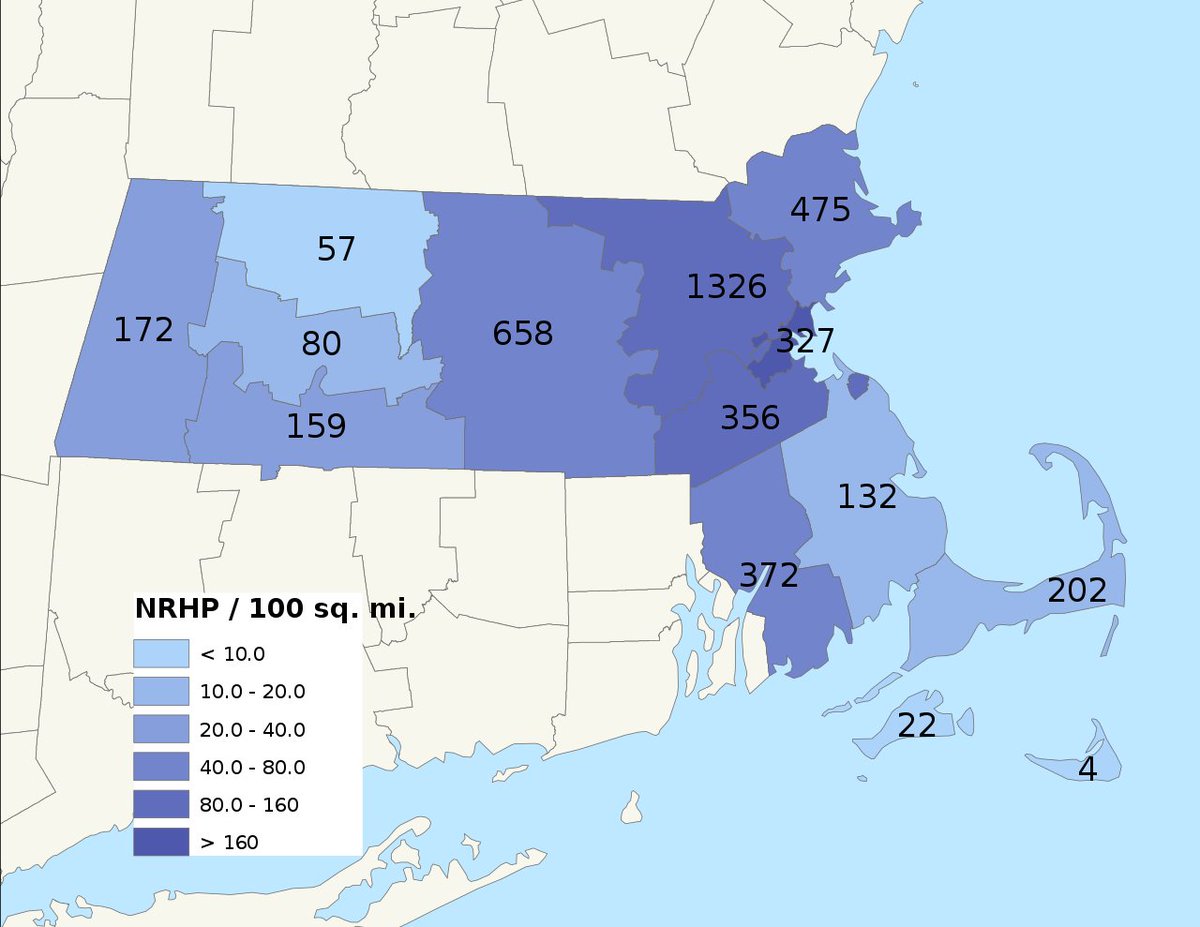
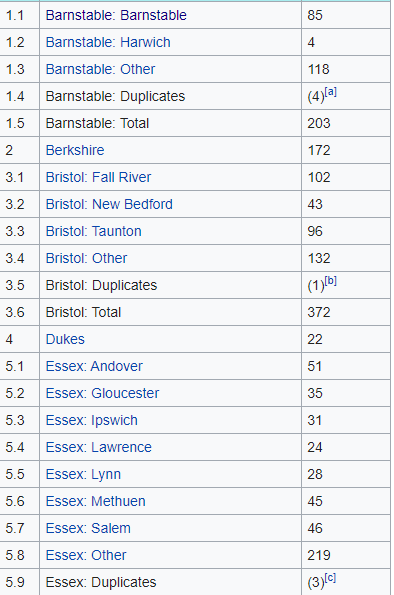
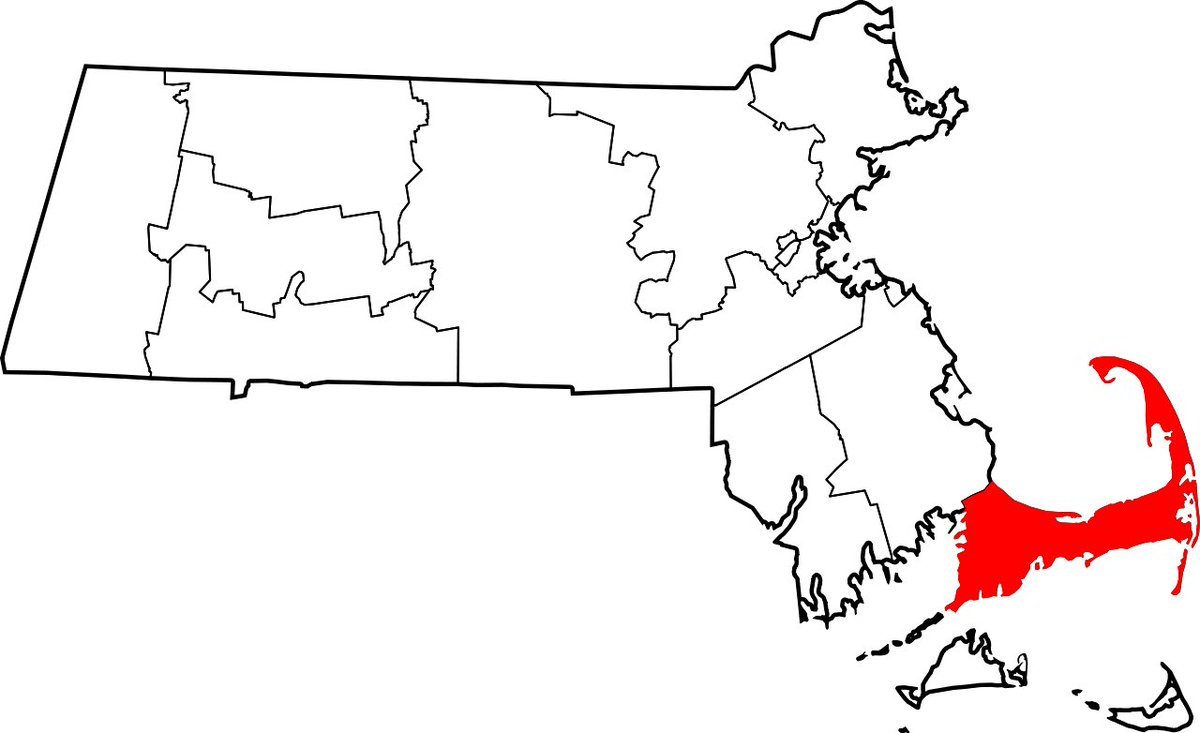
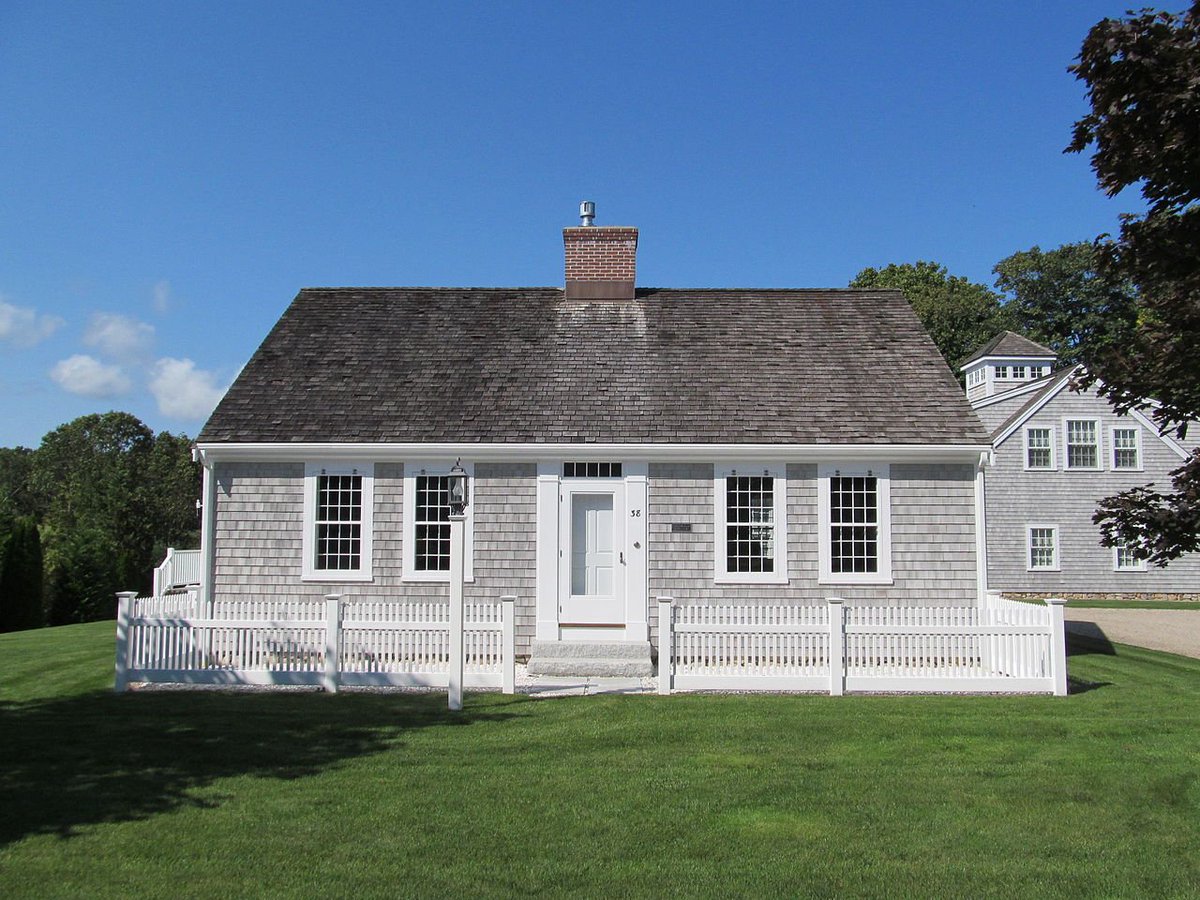
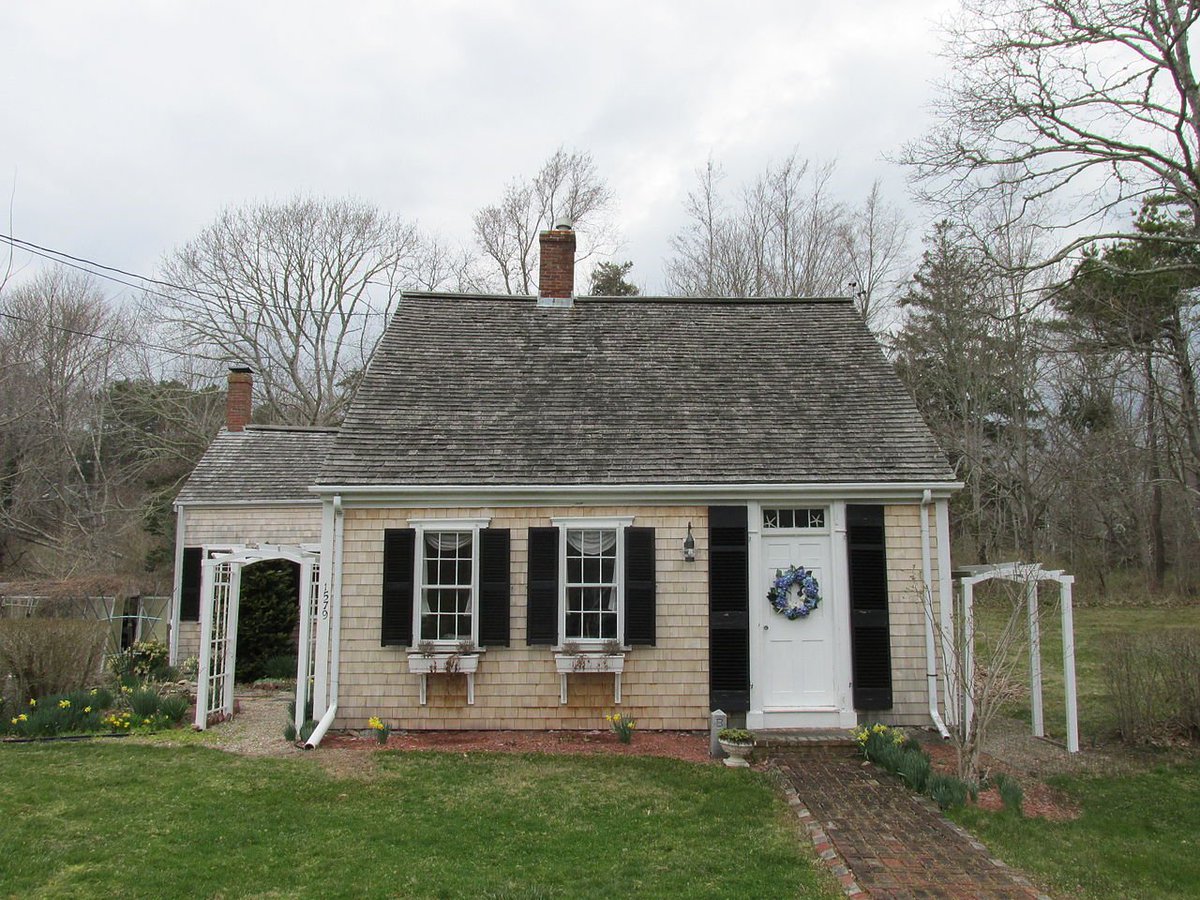
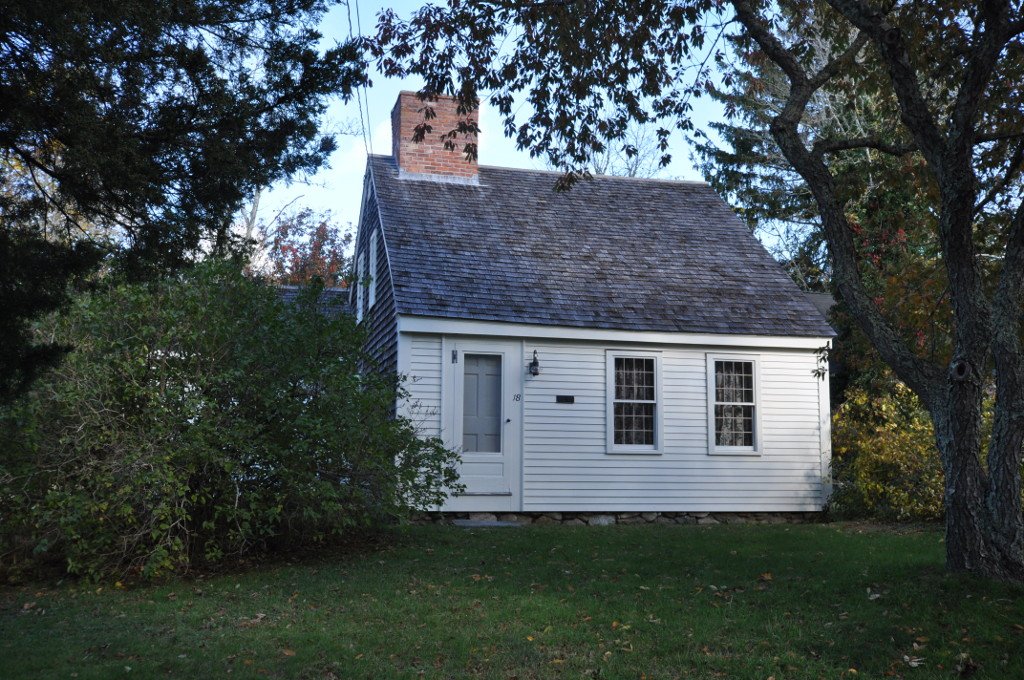
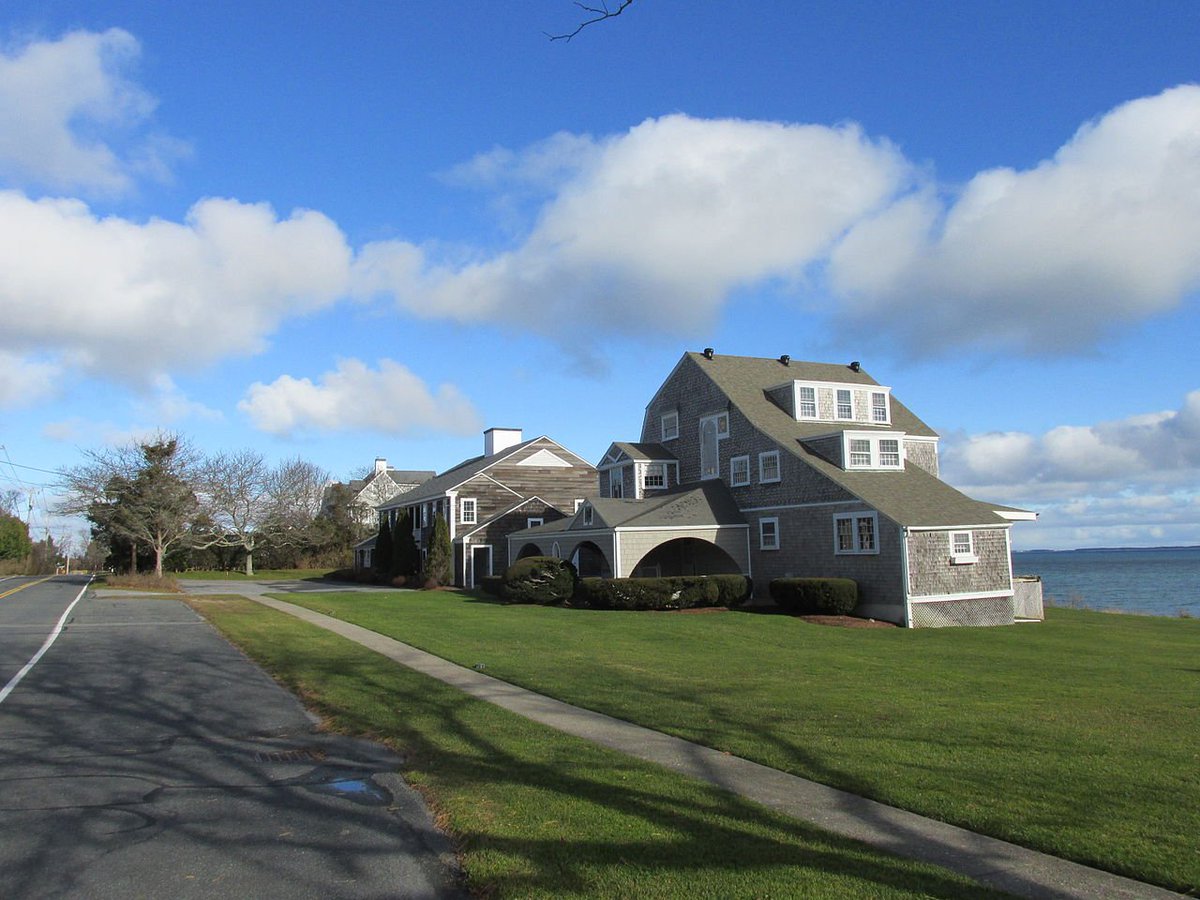

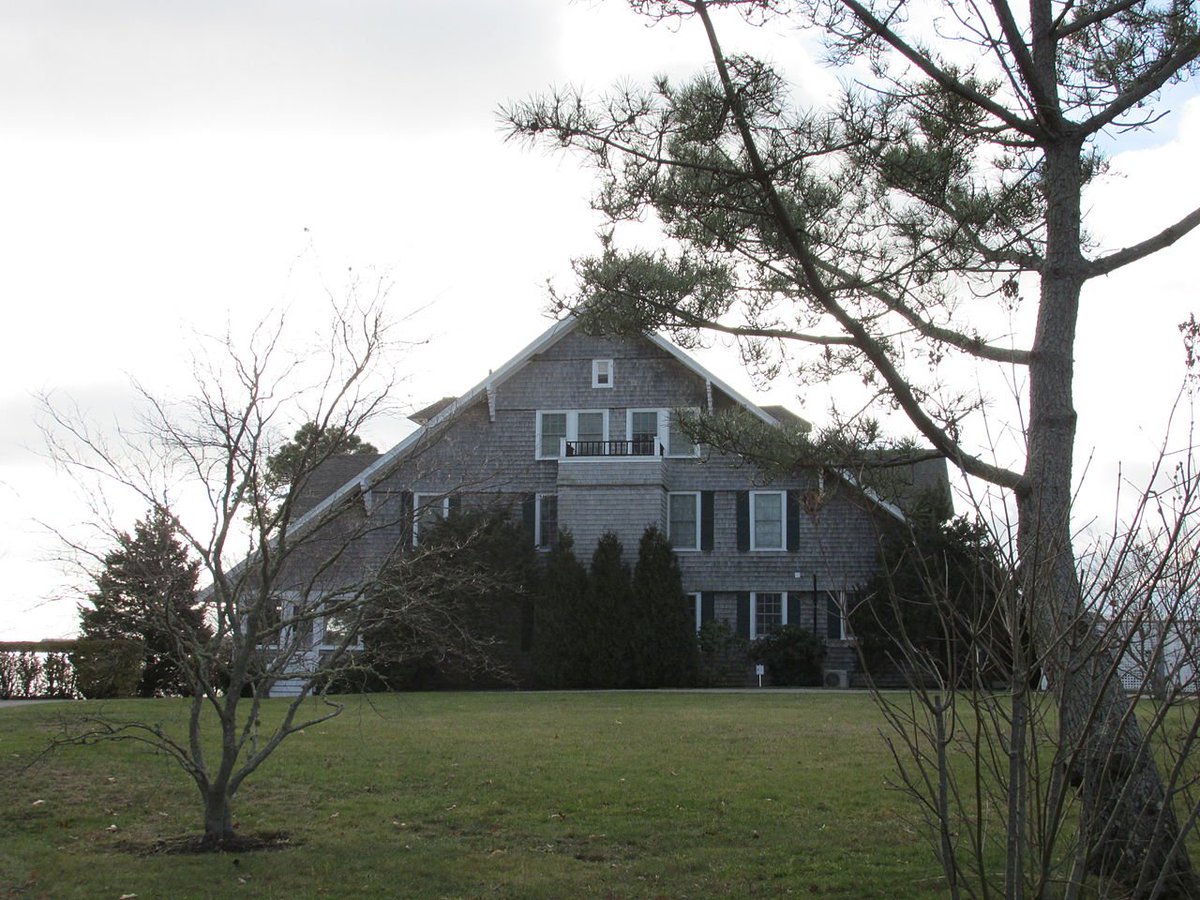

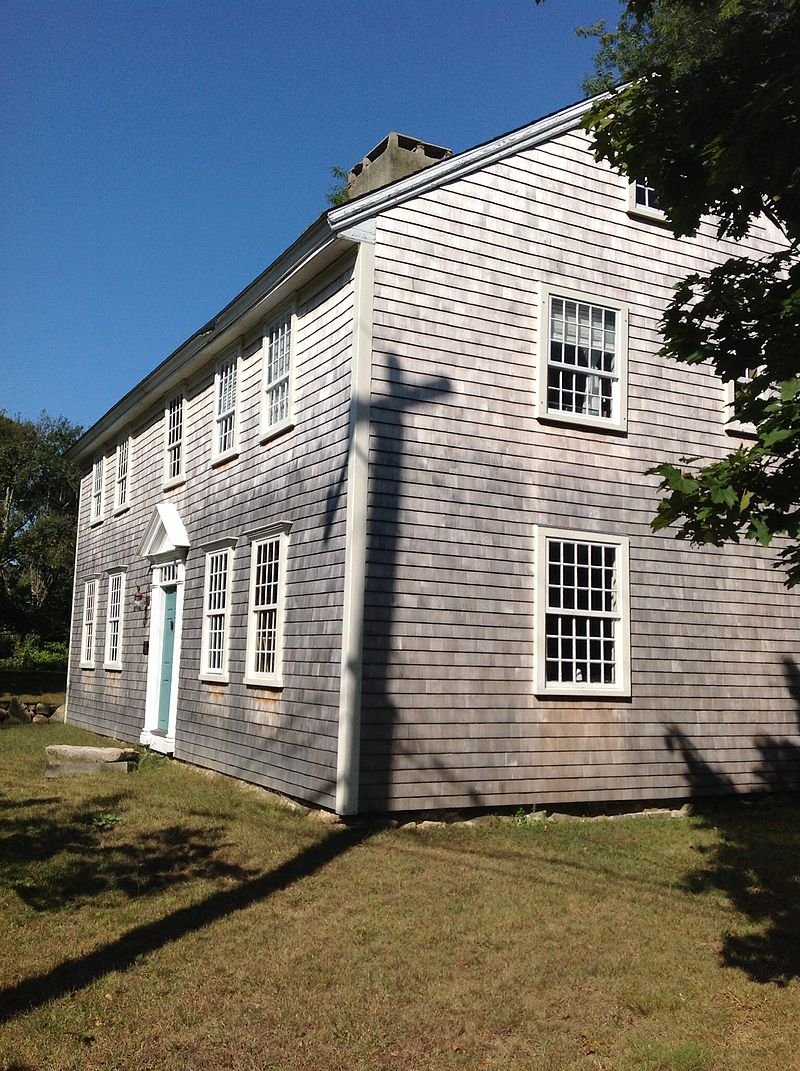
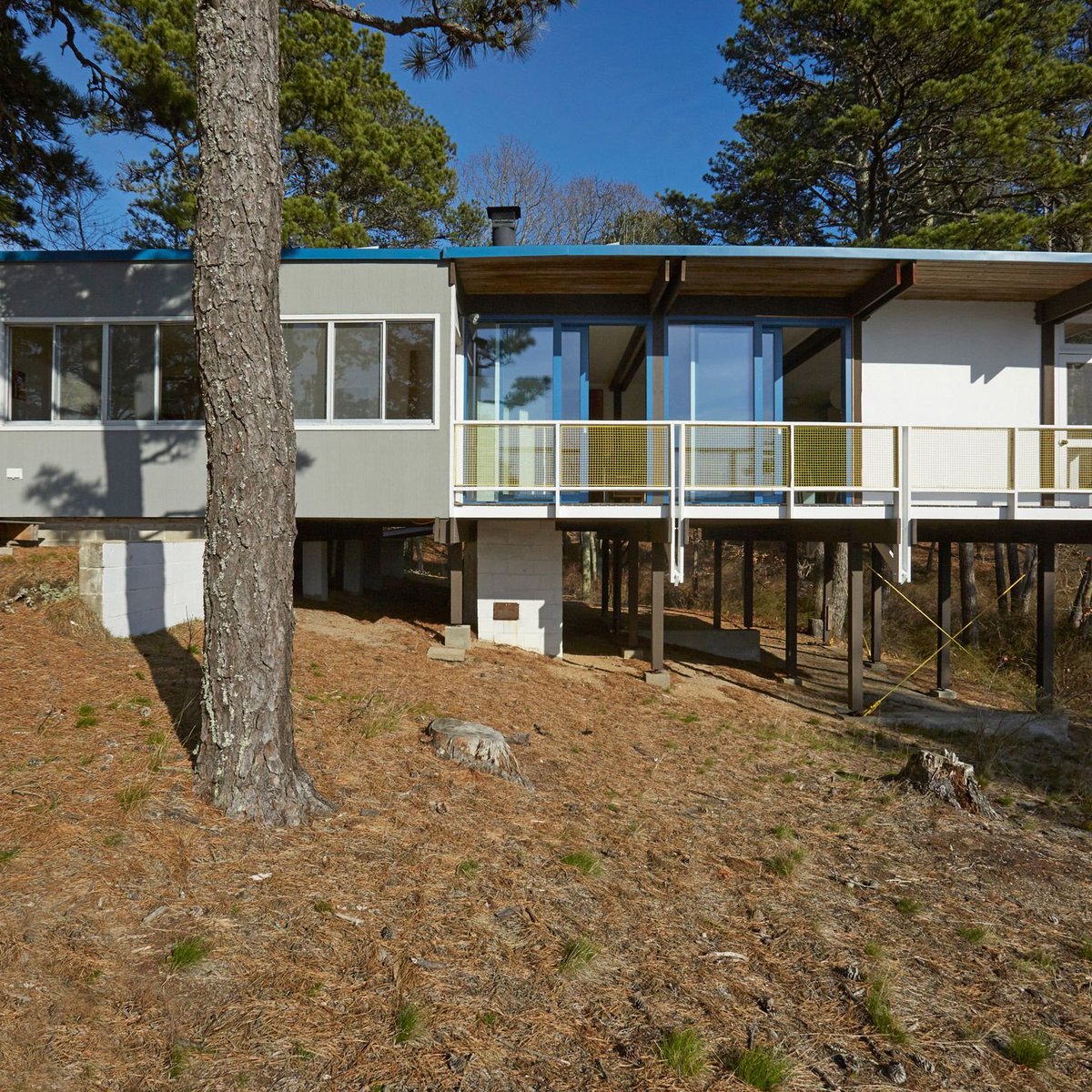


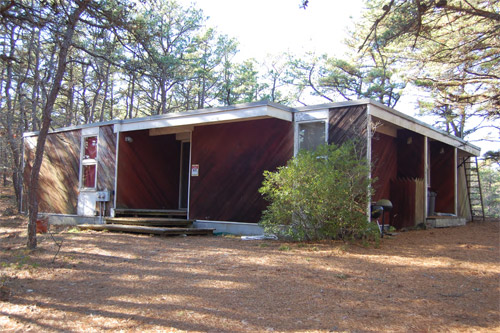
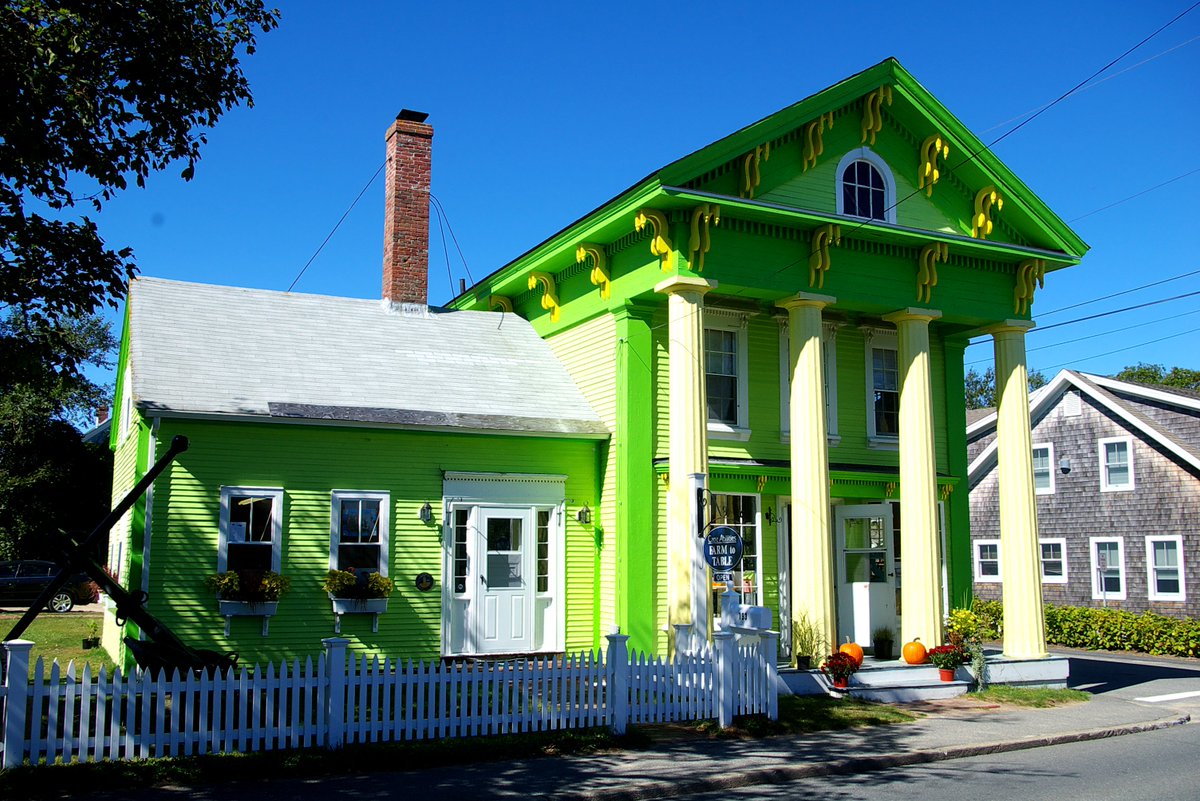
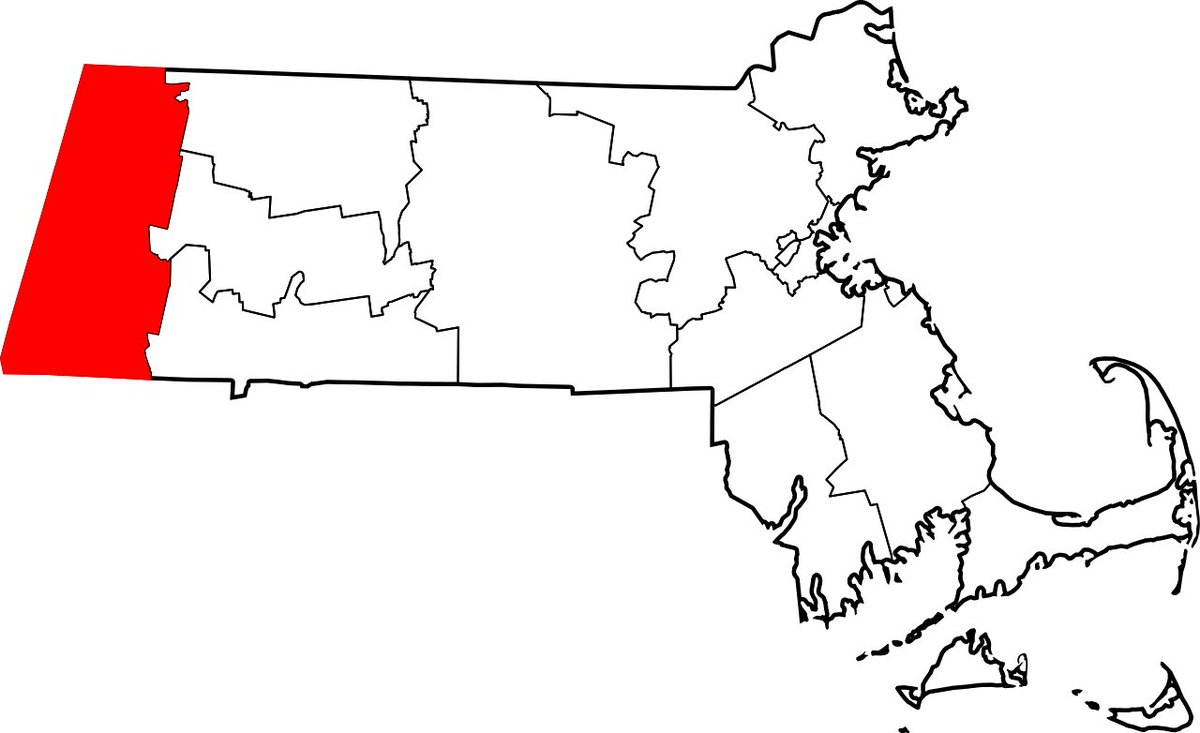


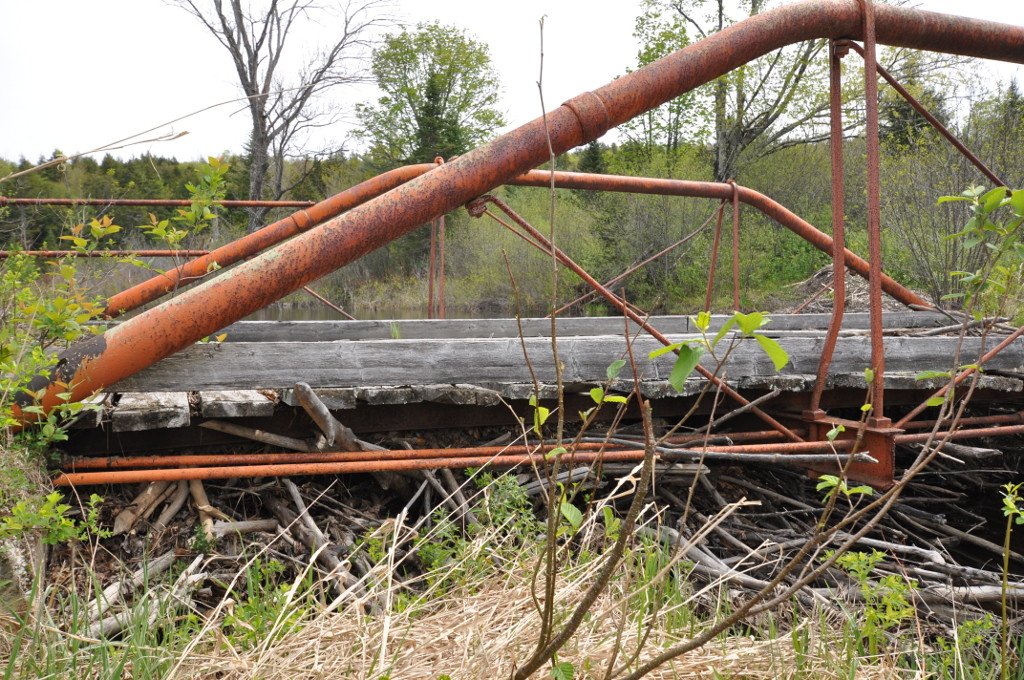
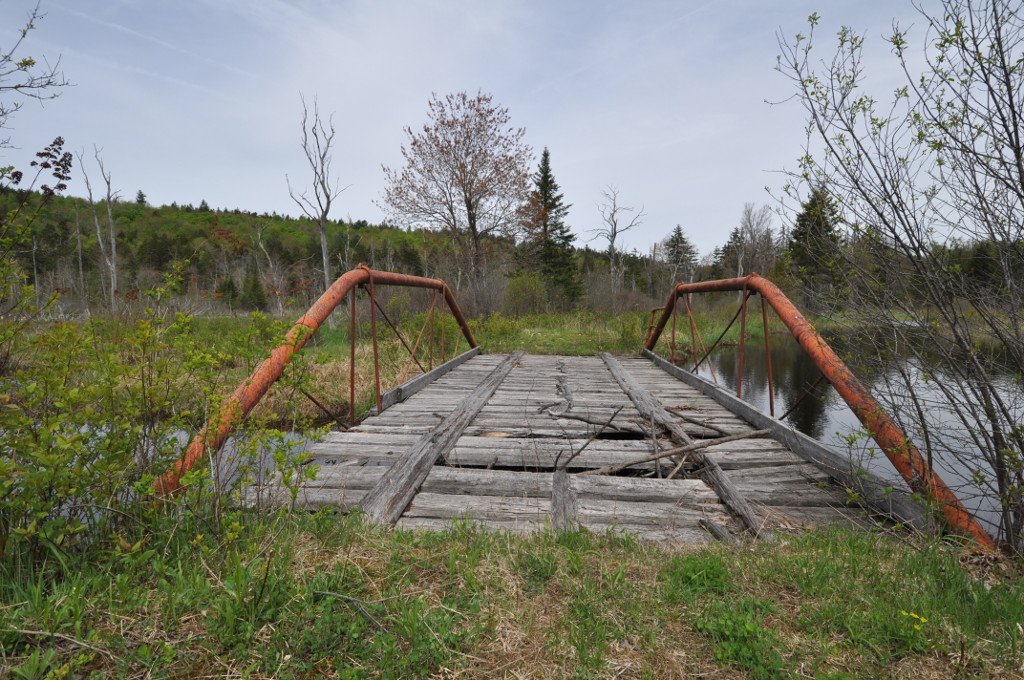
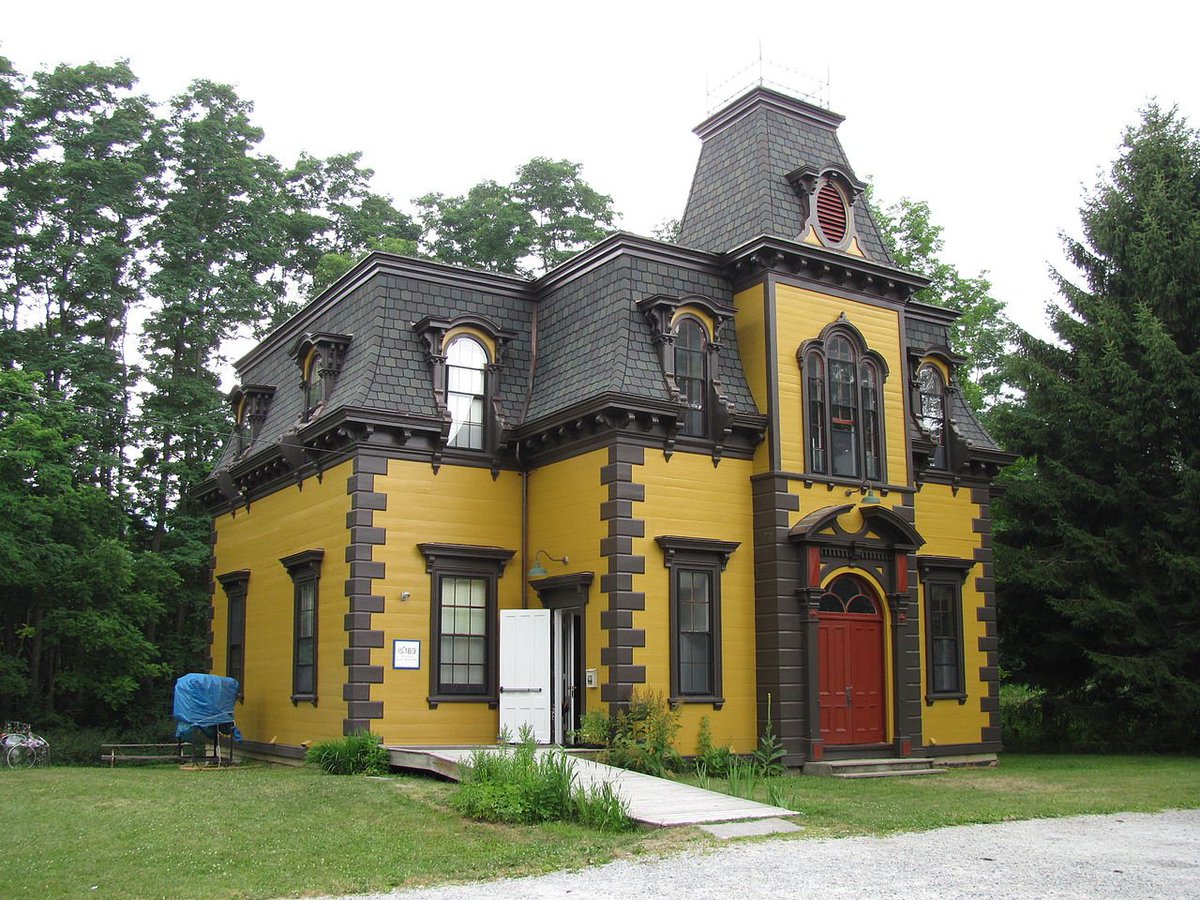


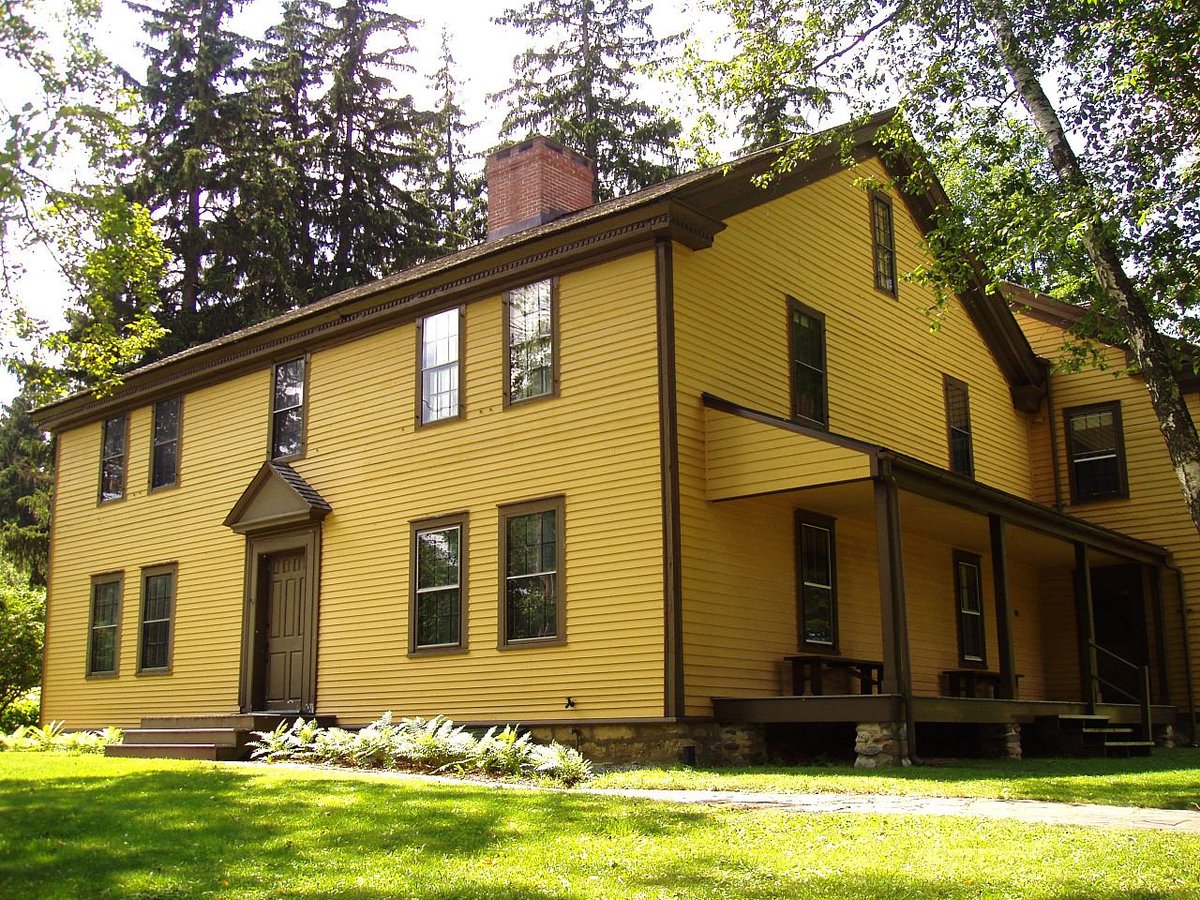
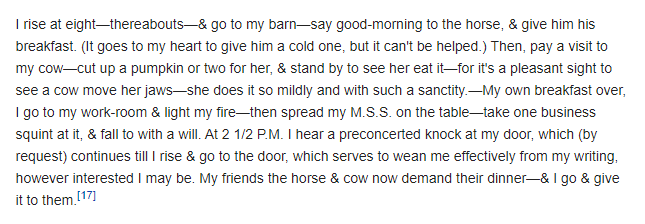
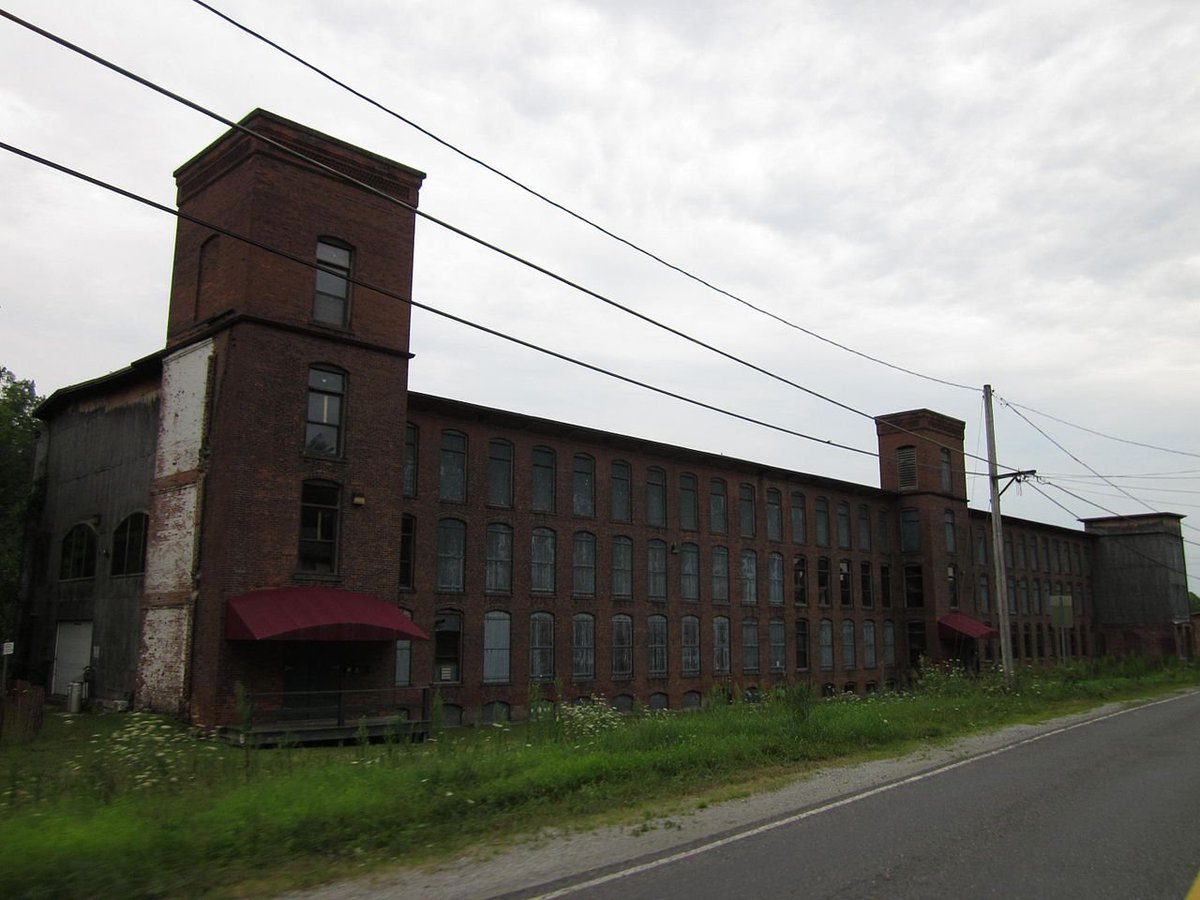
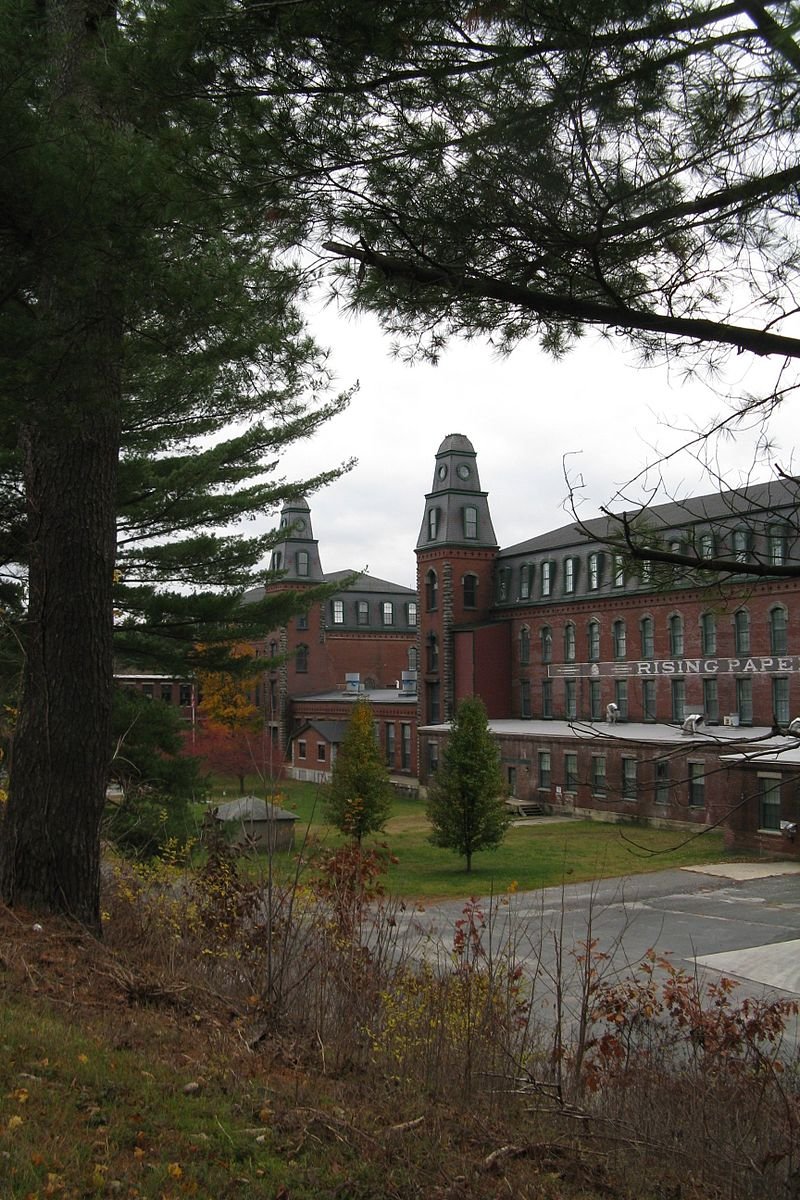
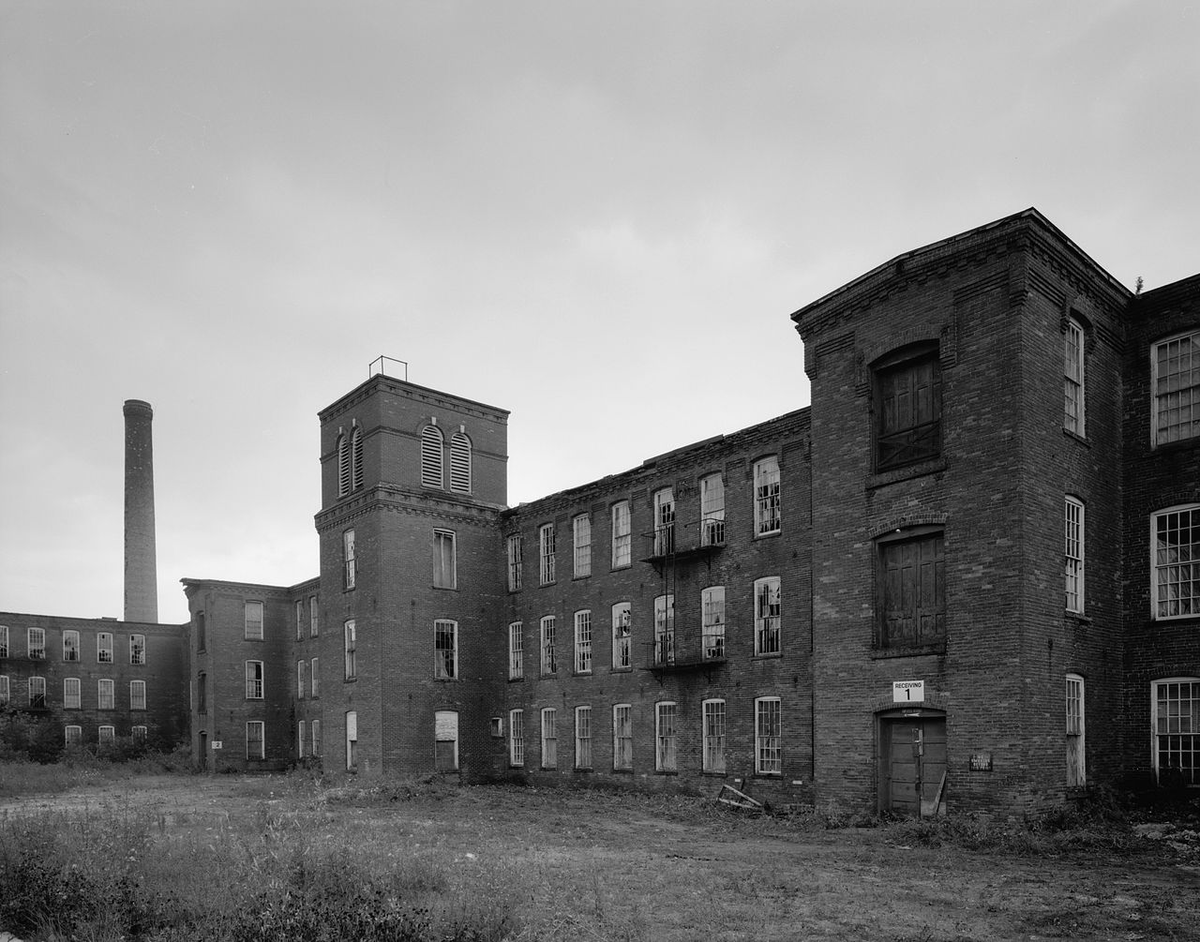
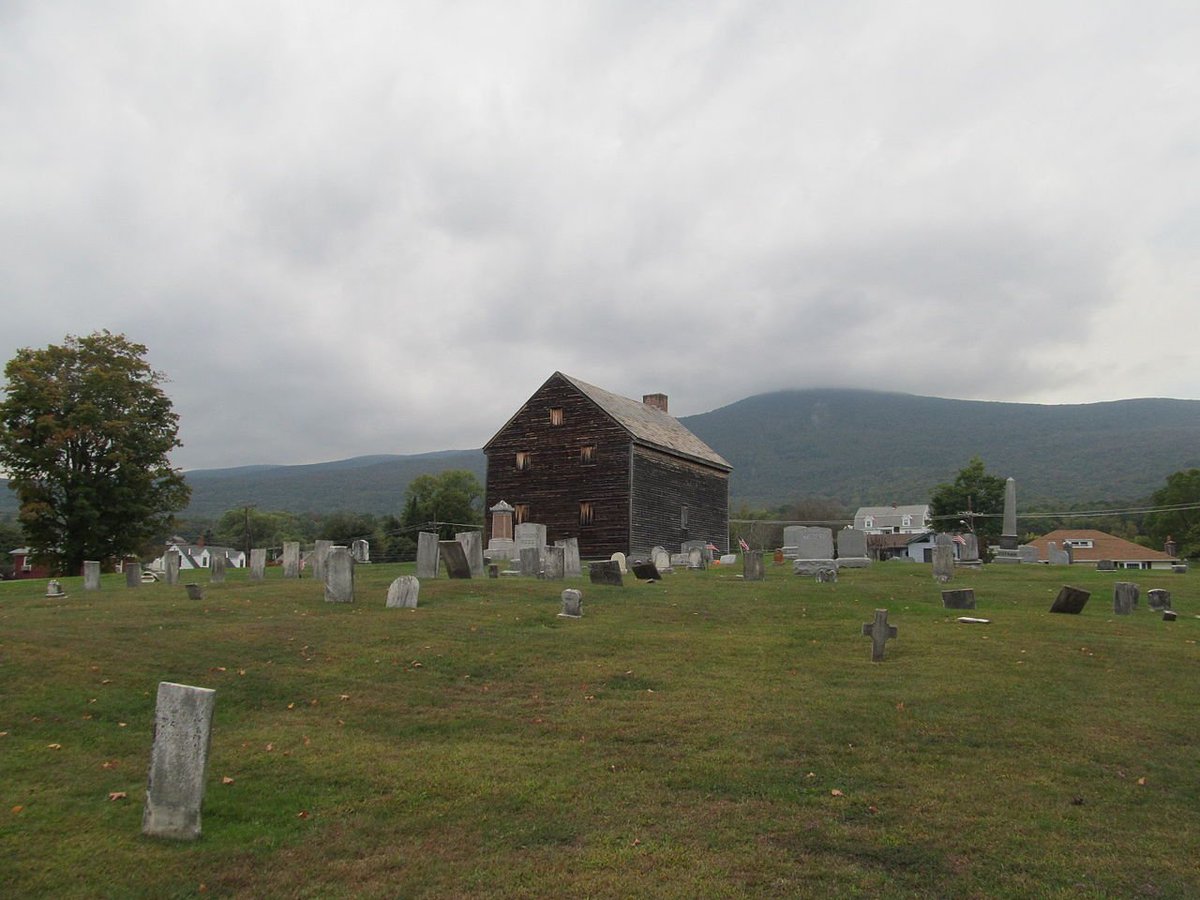
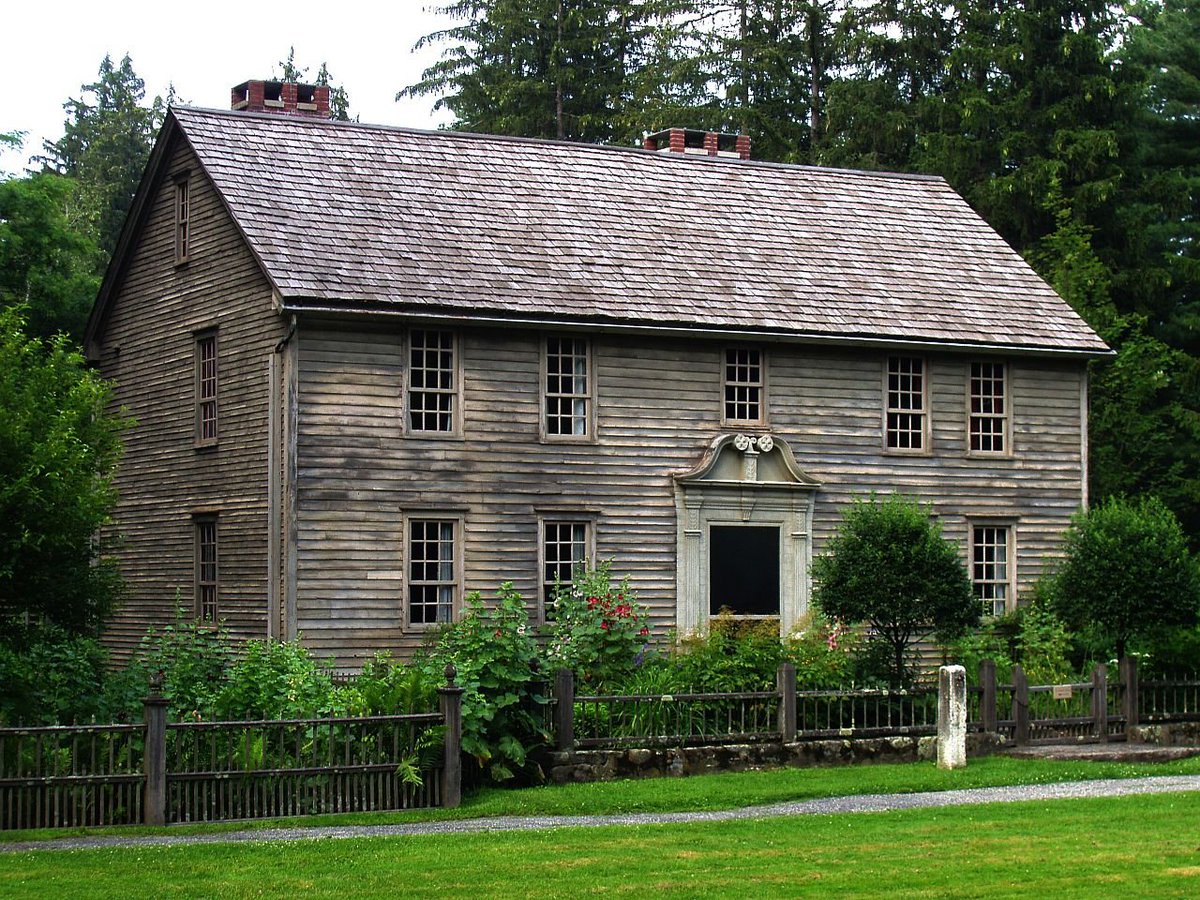
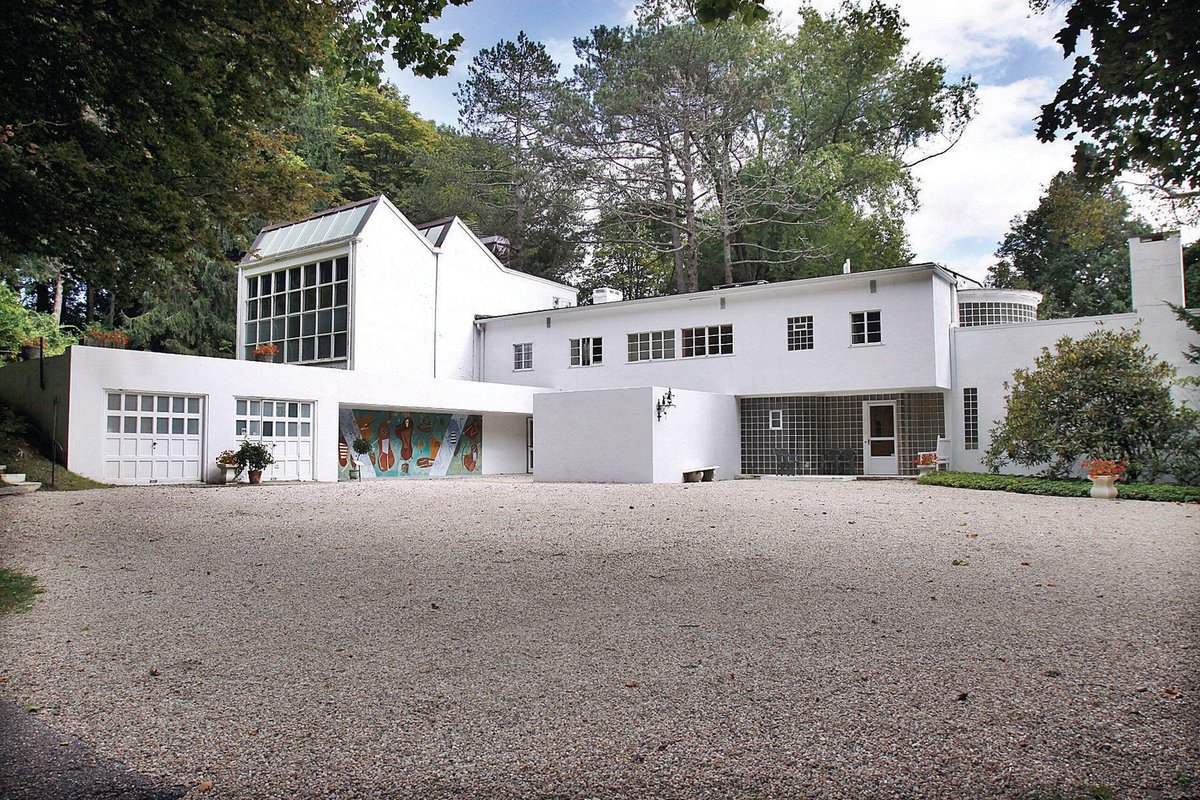
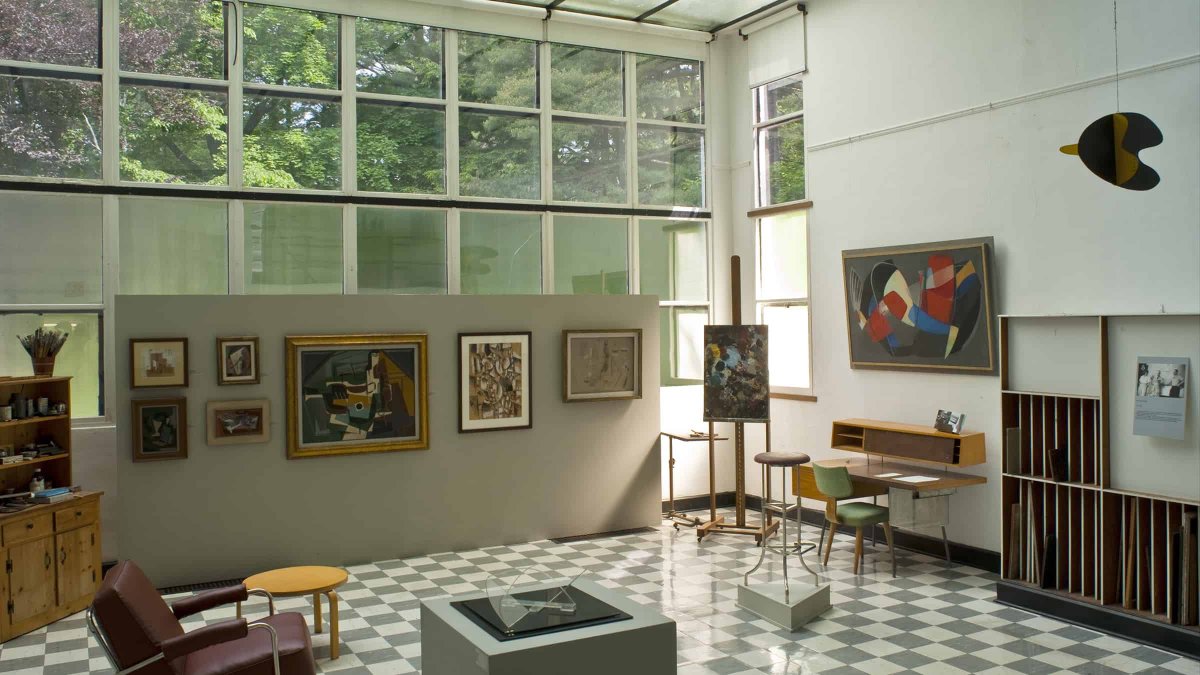
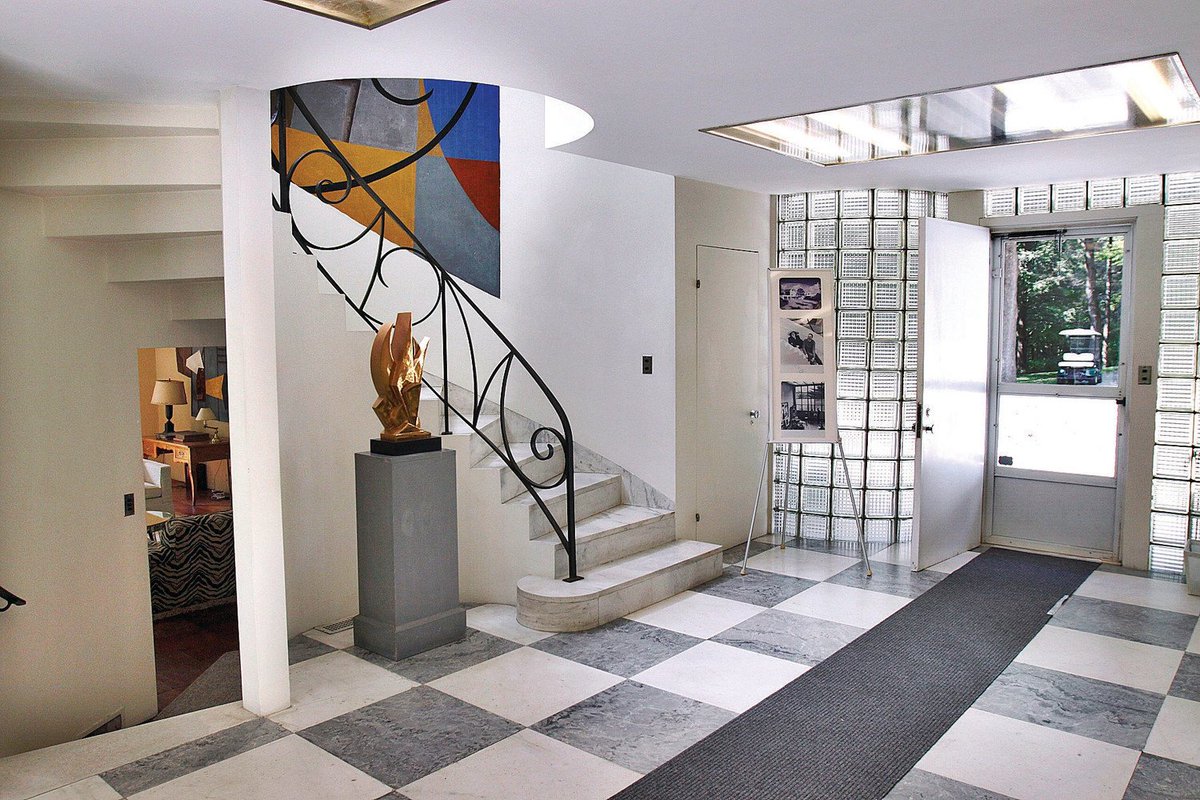

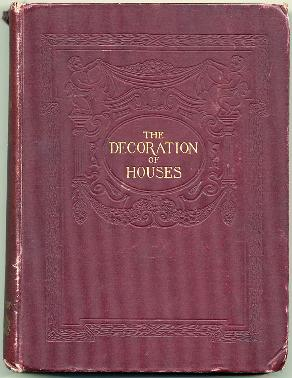

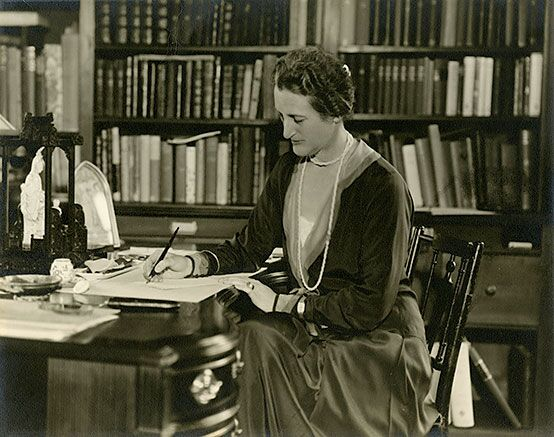
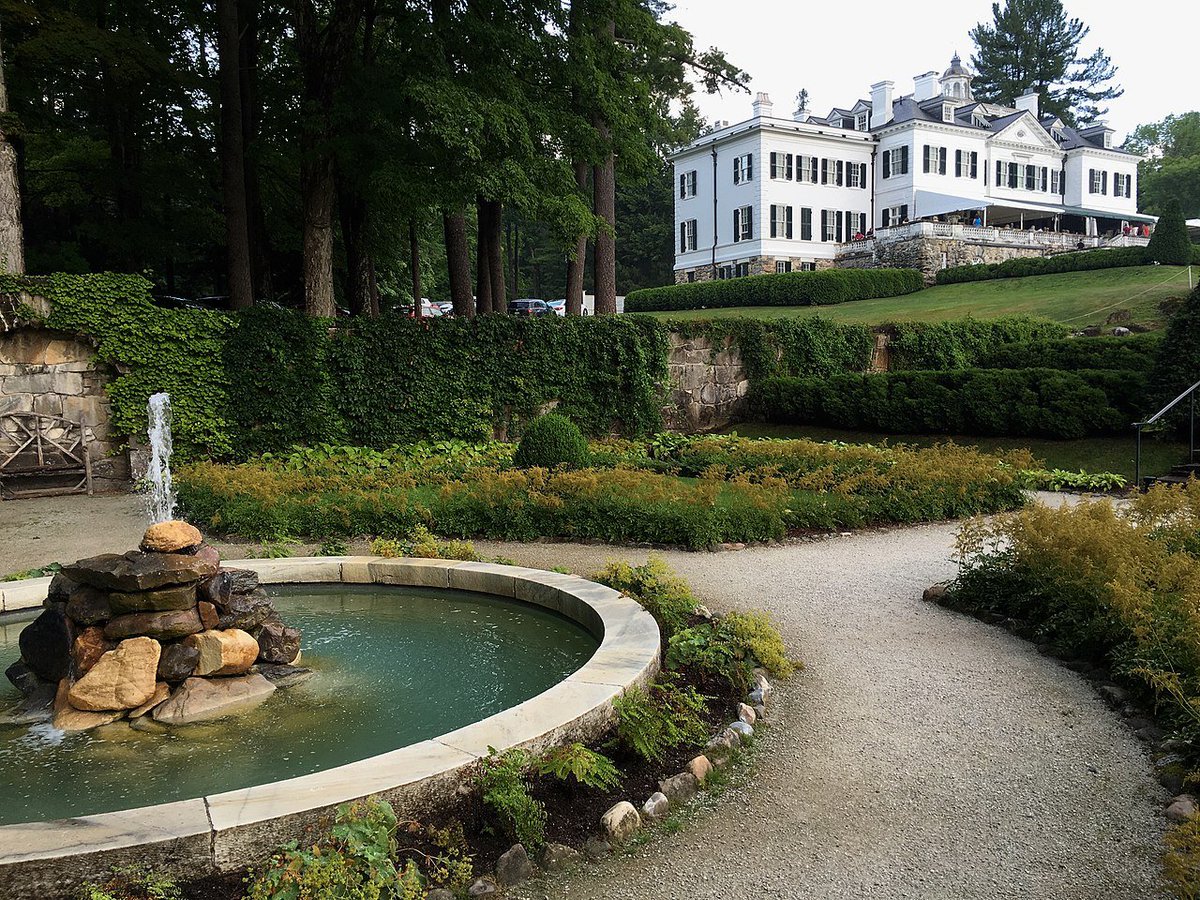
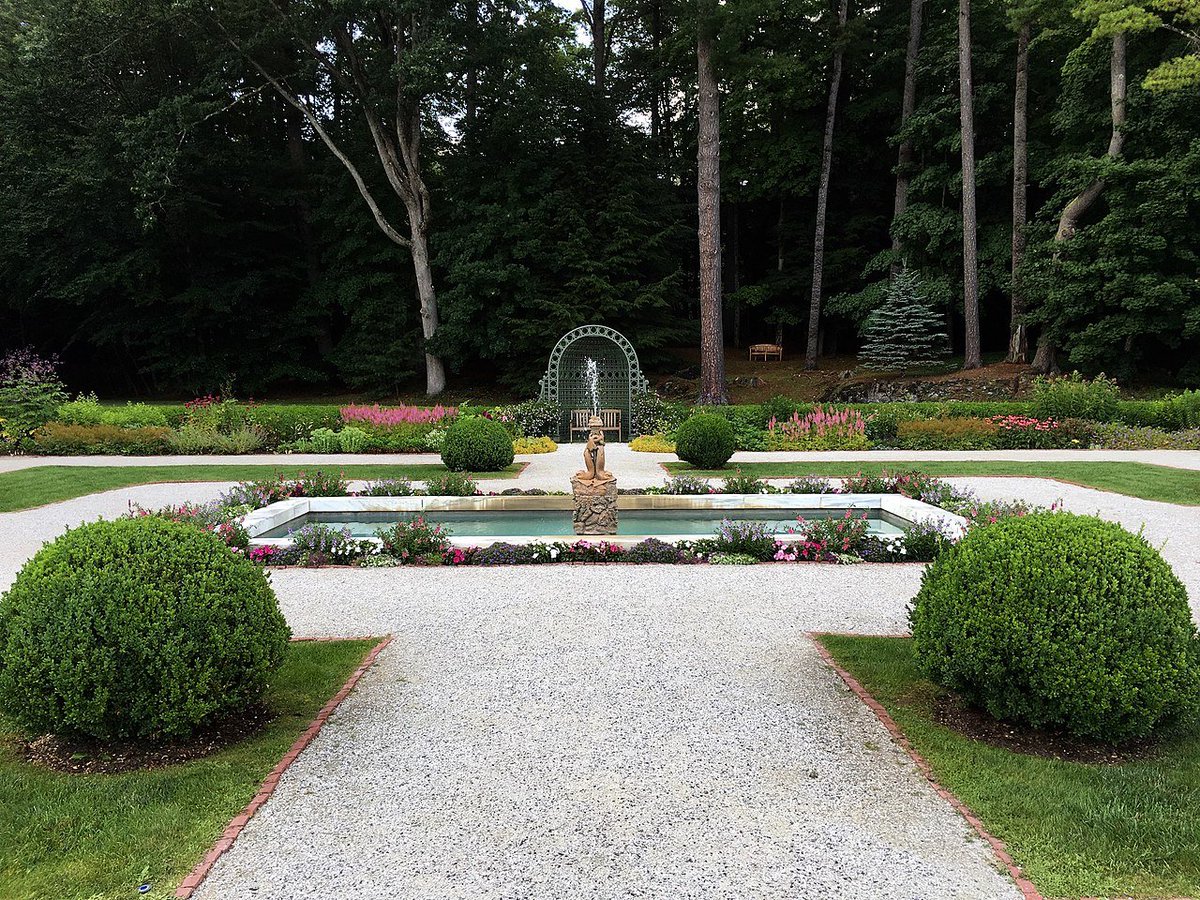
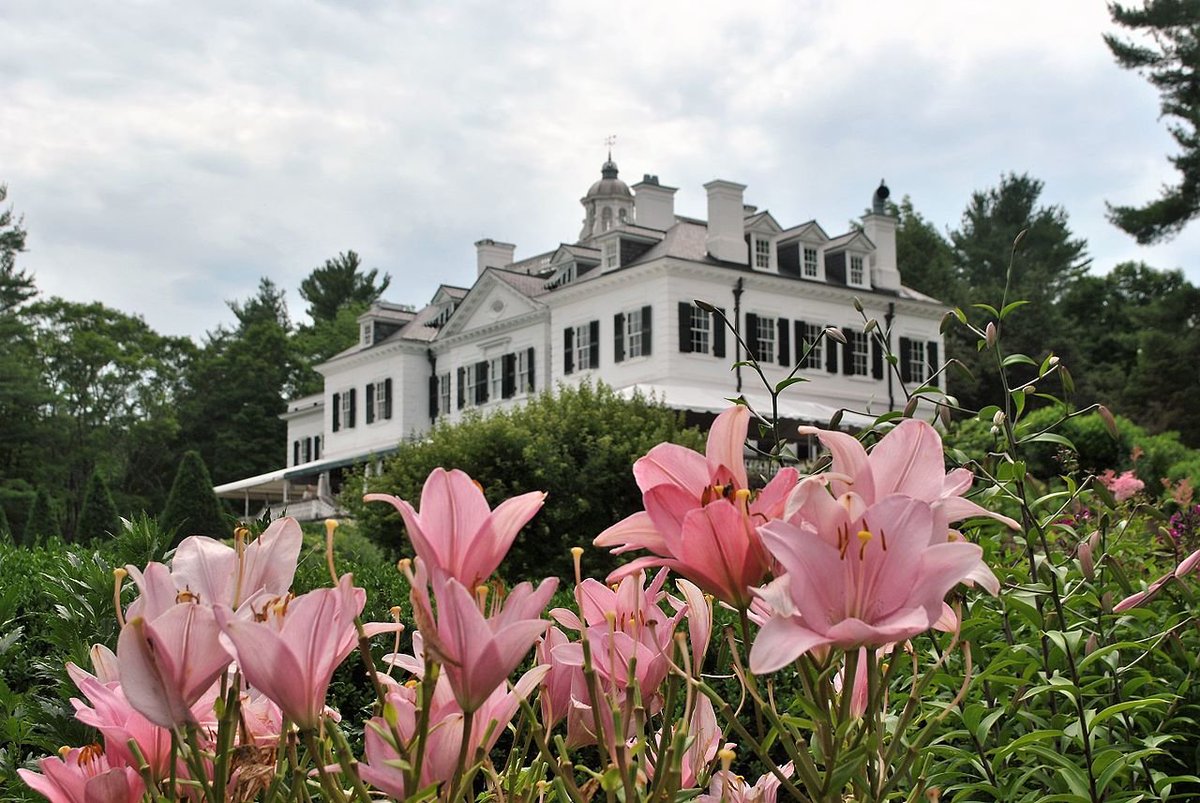
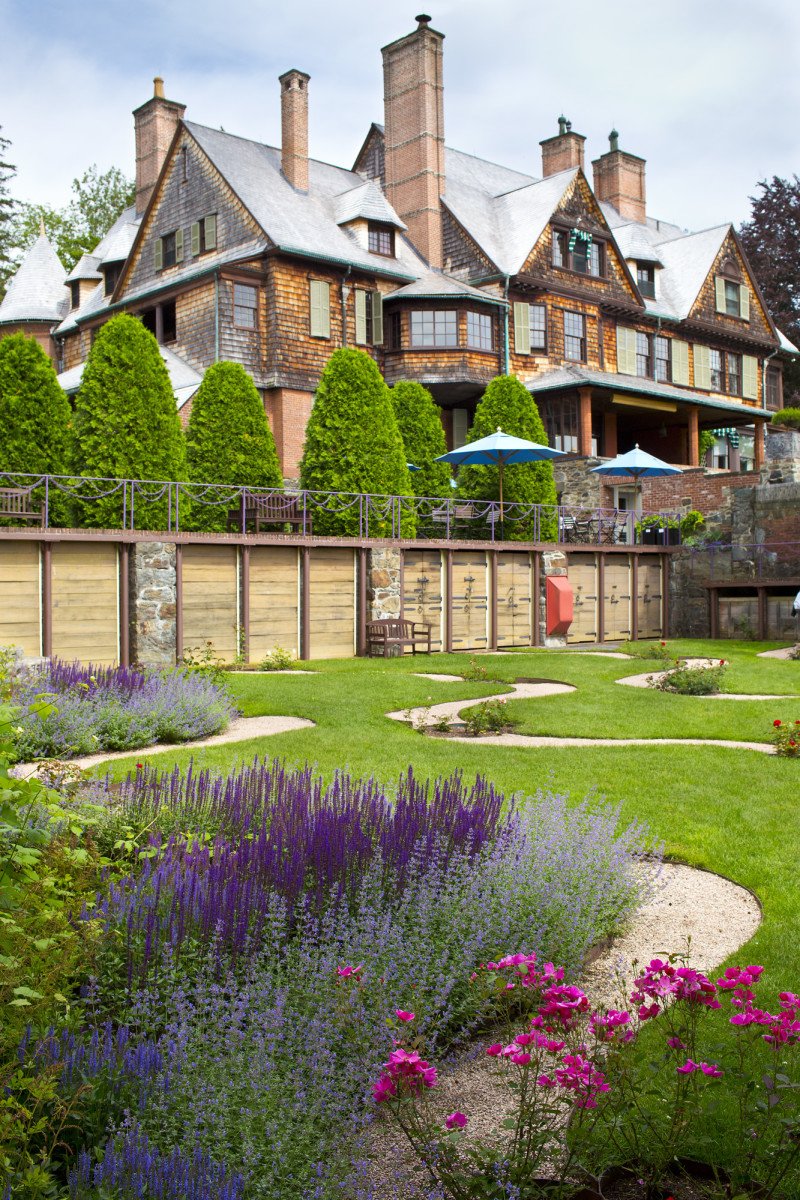
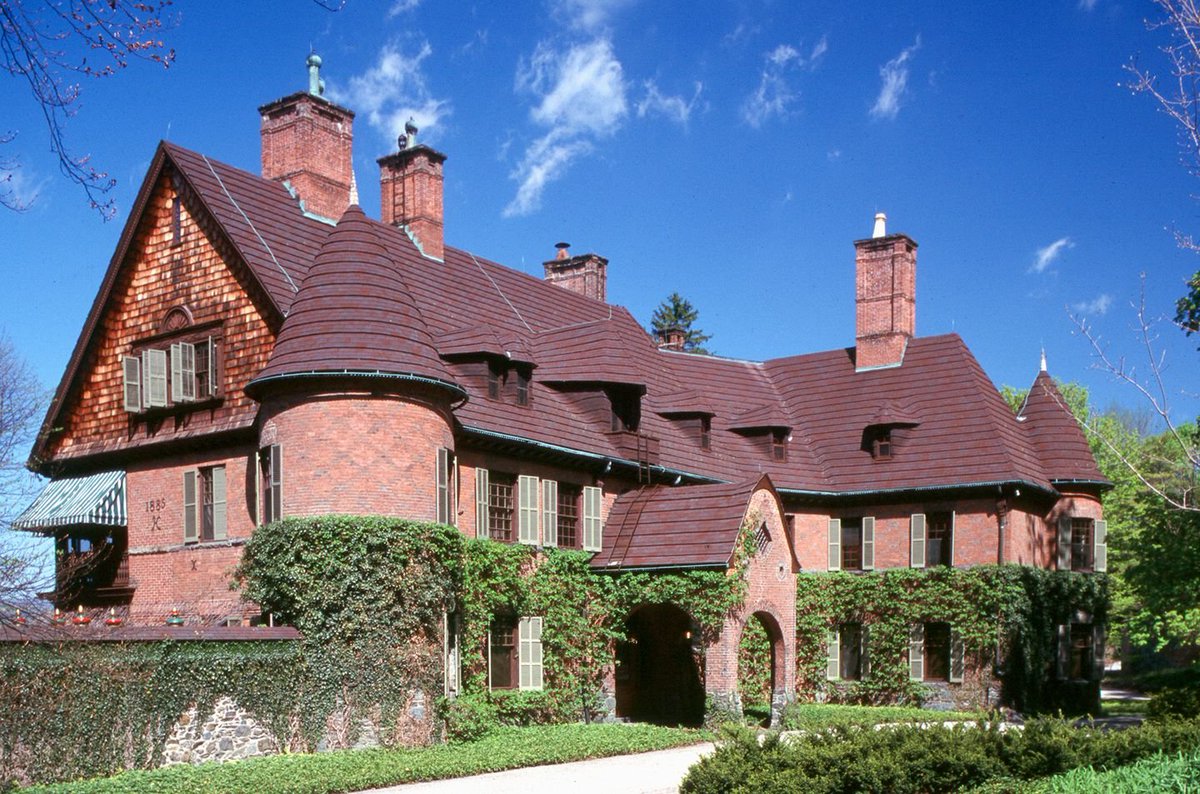

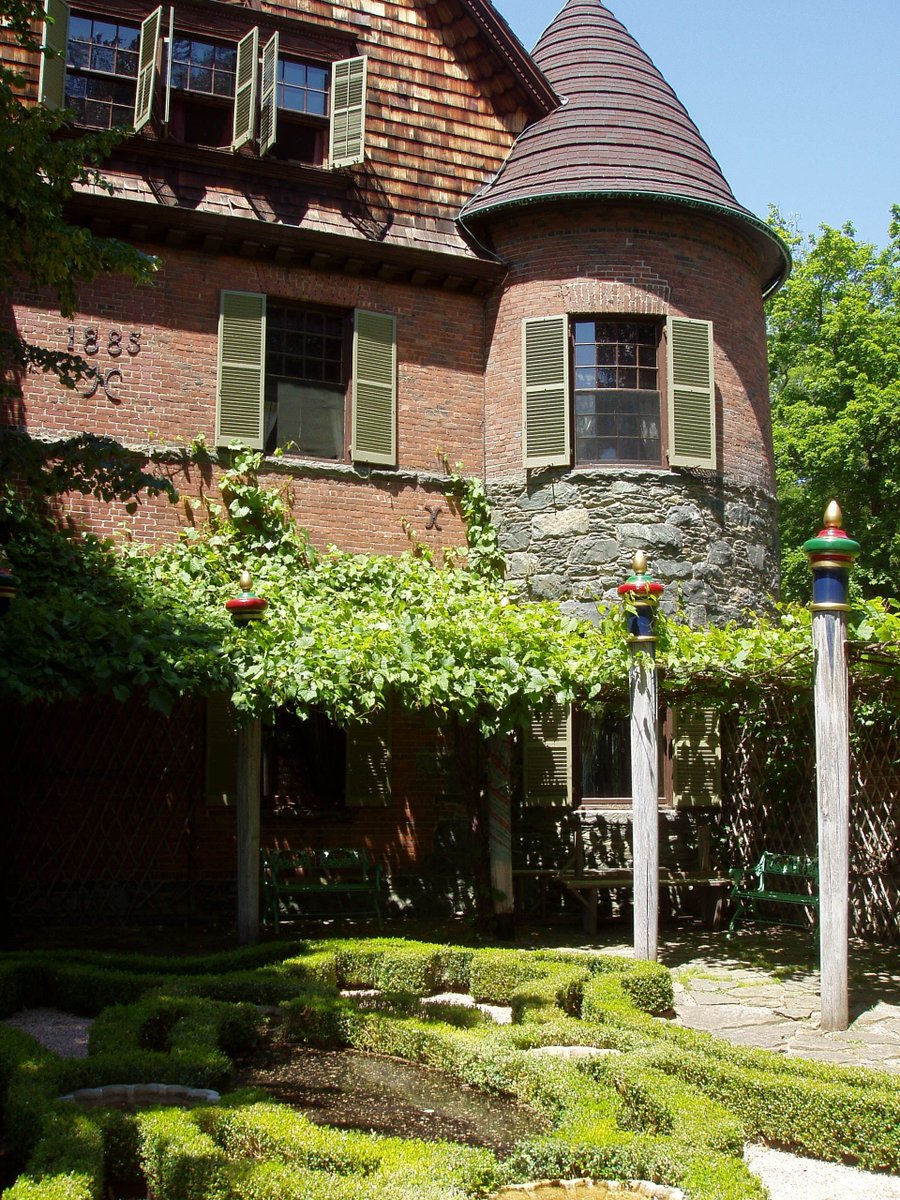
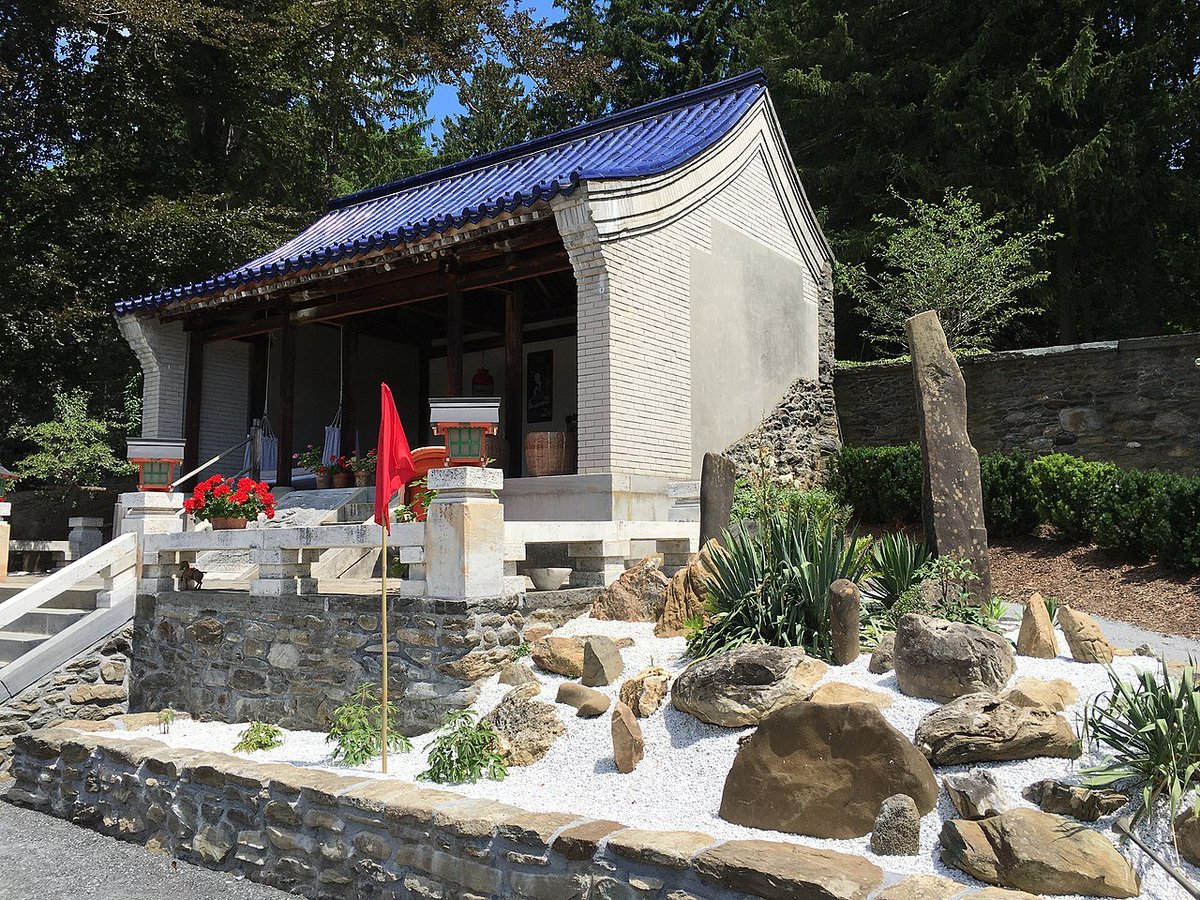
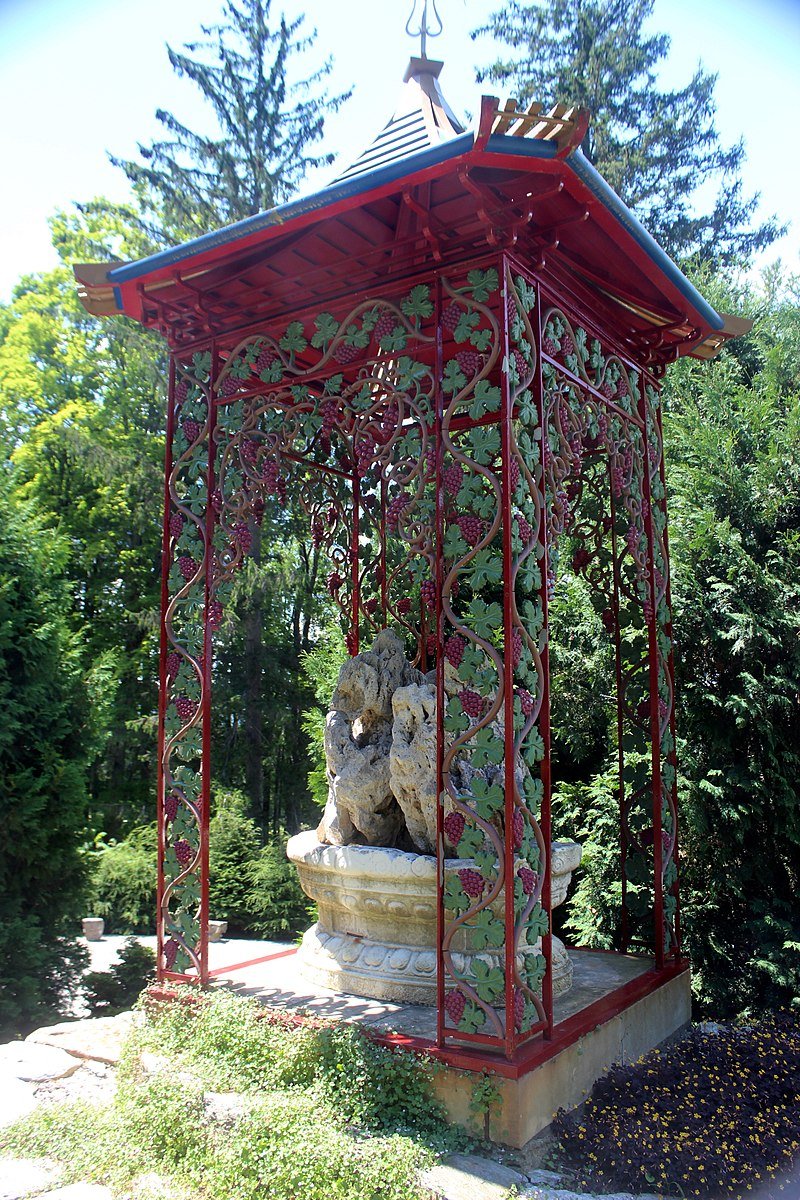
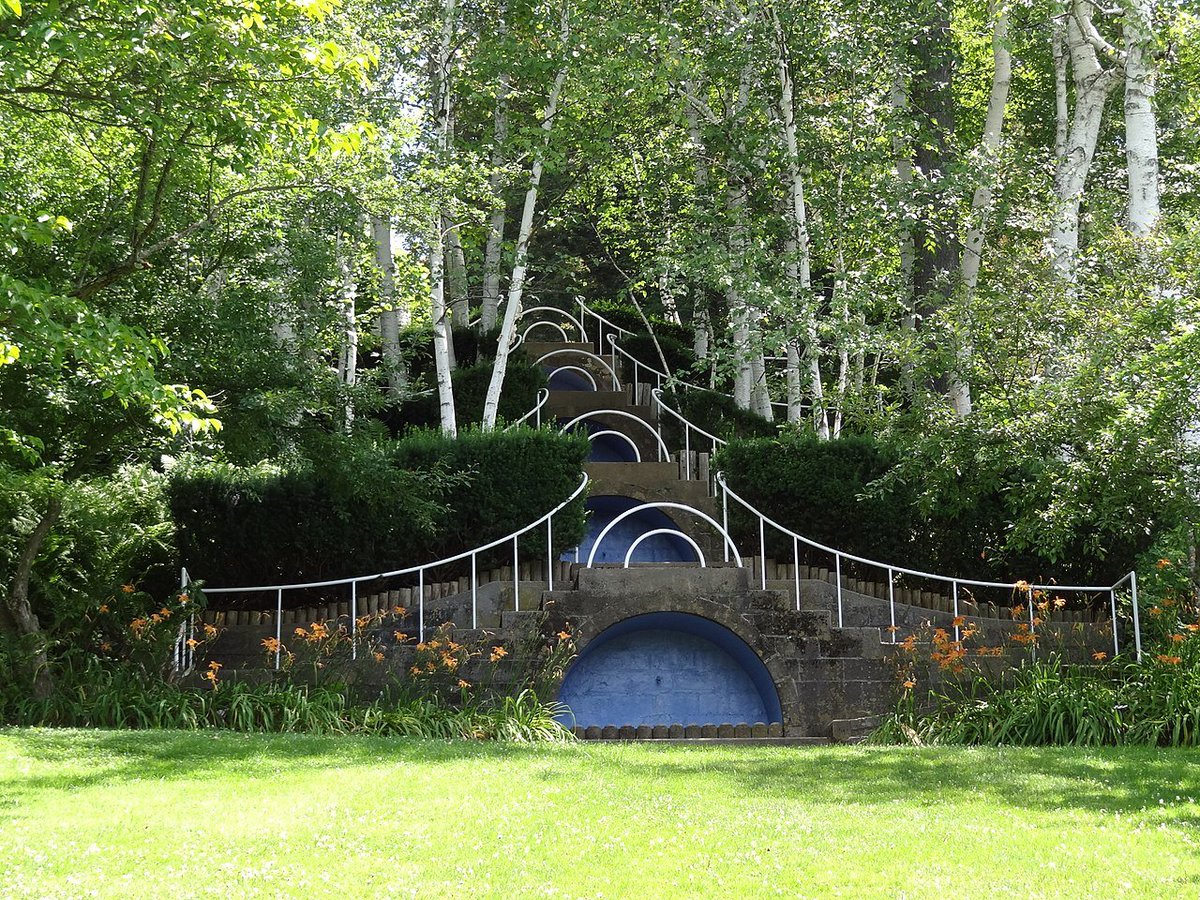

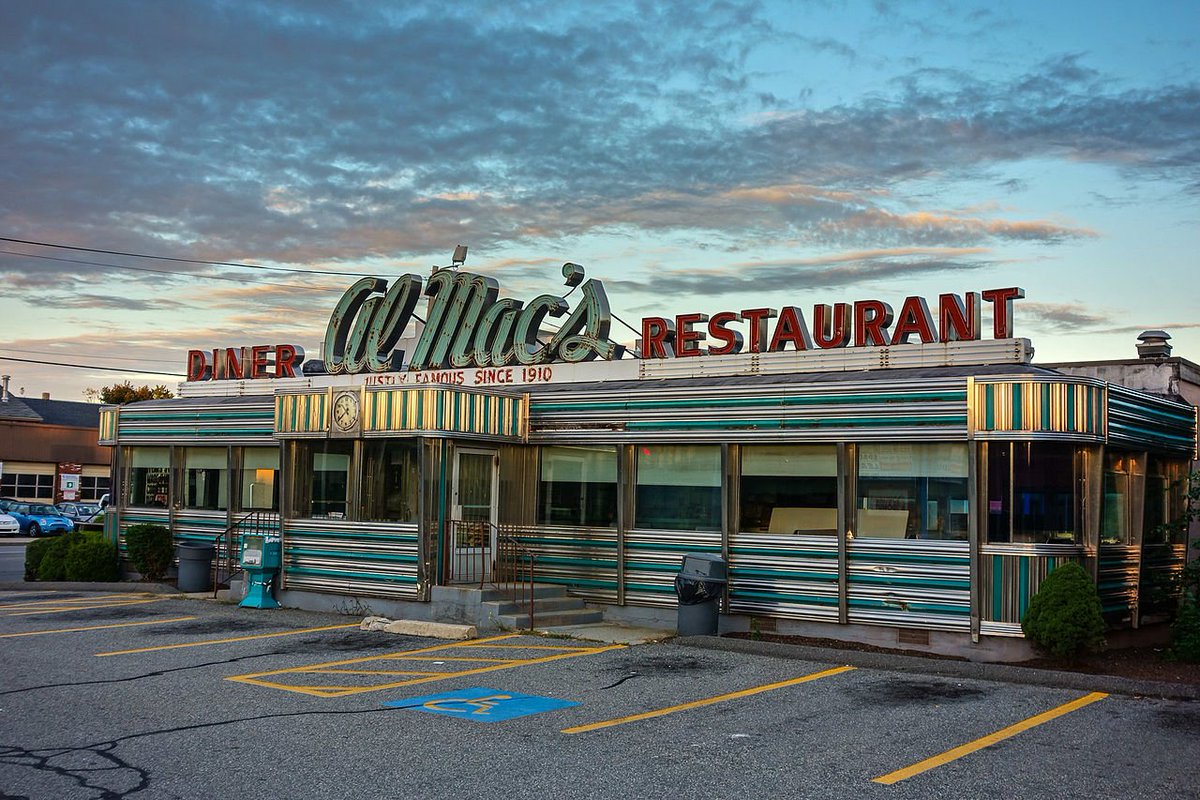 https://abs.twimg.com/emoji/v2/... draggable="false" alt="🍦" title="Soft ice cream" aria-label="Emoji: Soft ice cream">https://abs.twimg.com/emoji/v2/... draggable="false" alt="🥤" title="Cup with straw" aria-label="Emoji: Cup with straw">https://abs.twimg.com/emoji/v2/... draggable="false" alt="🍔" title="Hamburger" aria-label="Emoji: Hamburger">https://abs.twimg.com/emoji/v2/... draggable="false" alt="👍" title="Thumbs up" aria-label="Emoji: Thumbs up">" title="https://abs.twimg.com/emoji/v2/... draggable="false" alt="👍" title="Thumbs up" aria-label="Emoji: Thumbs up">https://abs.twimg.com/emoji/v2/... draggable="false" alt="🍦" title="Soft ice cream" aria-label="Emoji: Soft ice cream">https://abs.twimg.com/emoji/v2/... draggable="false" alt="🥤" title="Cup with straw" aria-label="Emoji: Cup with straw">https://abs.twimg.com/emoji/v2/... draggable="false" alt="🍔" title="Hamburger" aria-label="Emoji: Hamburger">https://abs.twimg.com/emoji/v2/... draggable="false" alt="👍" title="Thumbs up" aria-label="Emoji: Thumbs up">" class="img-responsive" style="max-width:100%;"/>
https://abs.twimg.com/emoji/v2/... draggable="false" alt="🍦" title="Soft ice cream" aria-label="Emoji: Soft ice cream">https://abs.twimg.com/emoji/v2/... draggable="false" alt="🥤" title="Cup with straw" aria-label="Emoji: Cup with straw">https://abs.twimg.com/emoji/v2/... draggable="false" alt="🍔" title="Hamburger" aria-label="Emoji: Hamburger">https://abs.twimg.com/emoji/v2/... draggable="false" alt="👍" title="Thumbs up" aria-label="Emoji: Thumbs up">" title="https://abs.twimg.com/emoji/v2/... draggable="false" alt="👍" title="Thumbs up" aria-label="Emoji: Thumbs up">https://abs.twimg.com/emoji/v2/... draggable="false" alt="🍦" title="Soft ice cream" aria-label="Emoji: Soft ice cream">https://abs.twimg.com/emoji/v2/... draggable="false" alt="🥤" title="Cup with straw" aria-label="Emoji: Cup with straw">https://abs.twimg.com/emoji/v2/... draggable="false" alt="🍔" title="Hamburger" aria-label="Emoji: Hamburger">https://abs.twimg.com/emoji/v2/... draggable="false" alt="👍" title="Thumbs up" aria-label="Emoji: Thumbs up">" class="img-responsive" style="max-width:100%;"/>
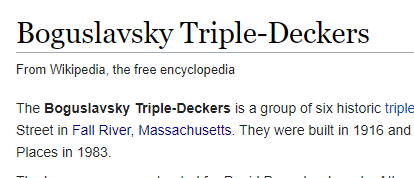

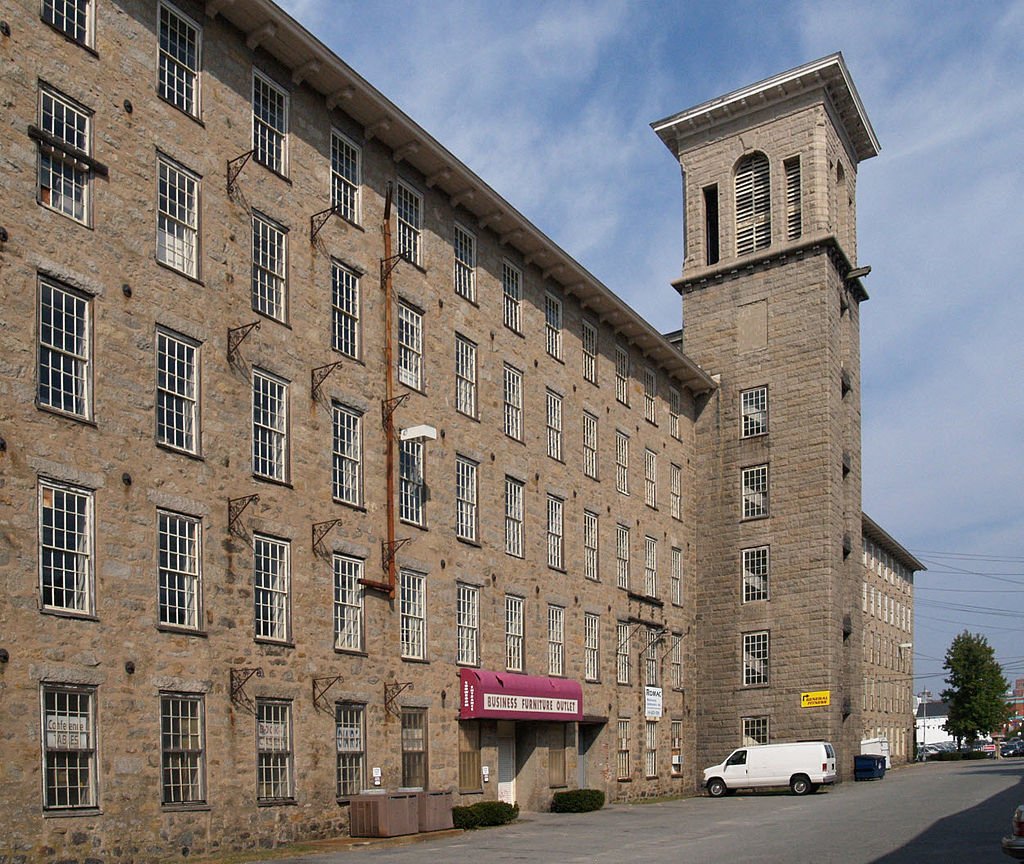
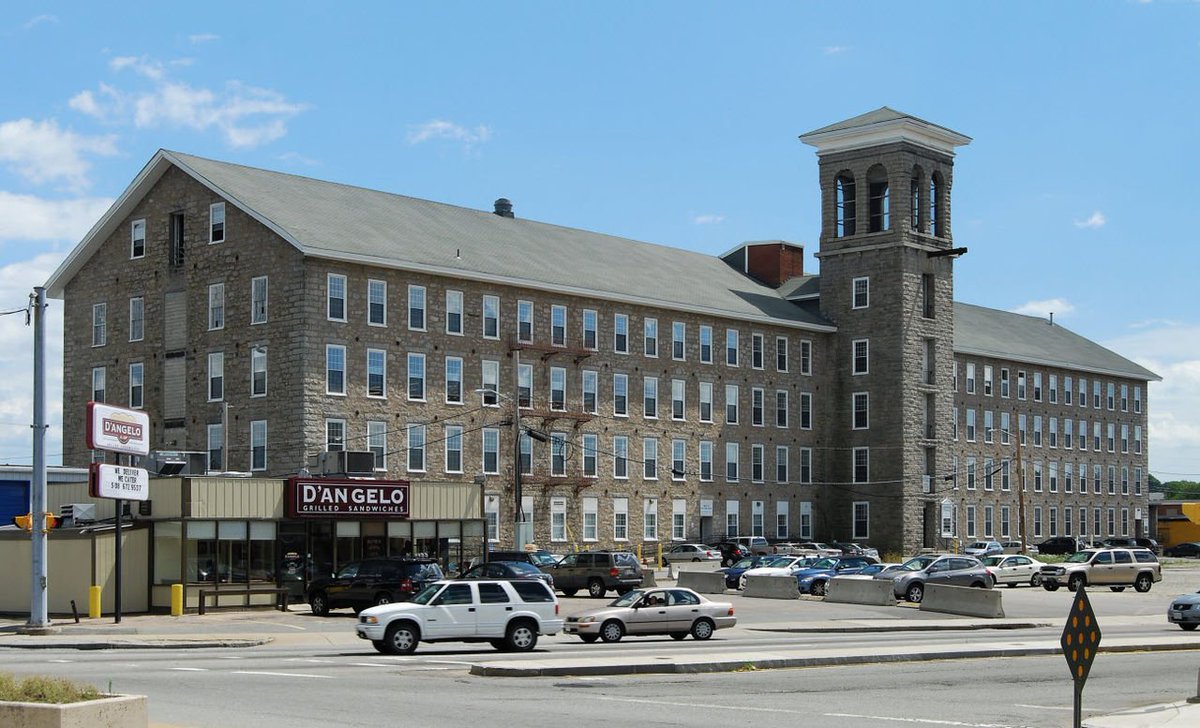
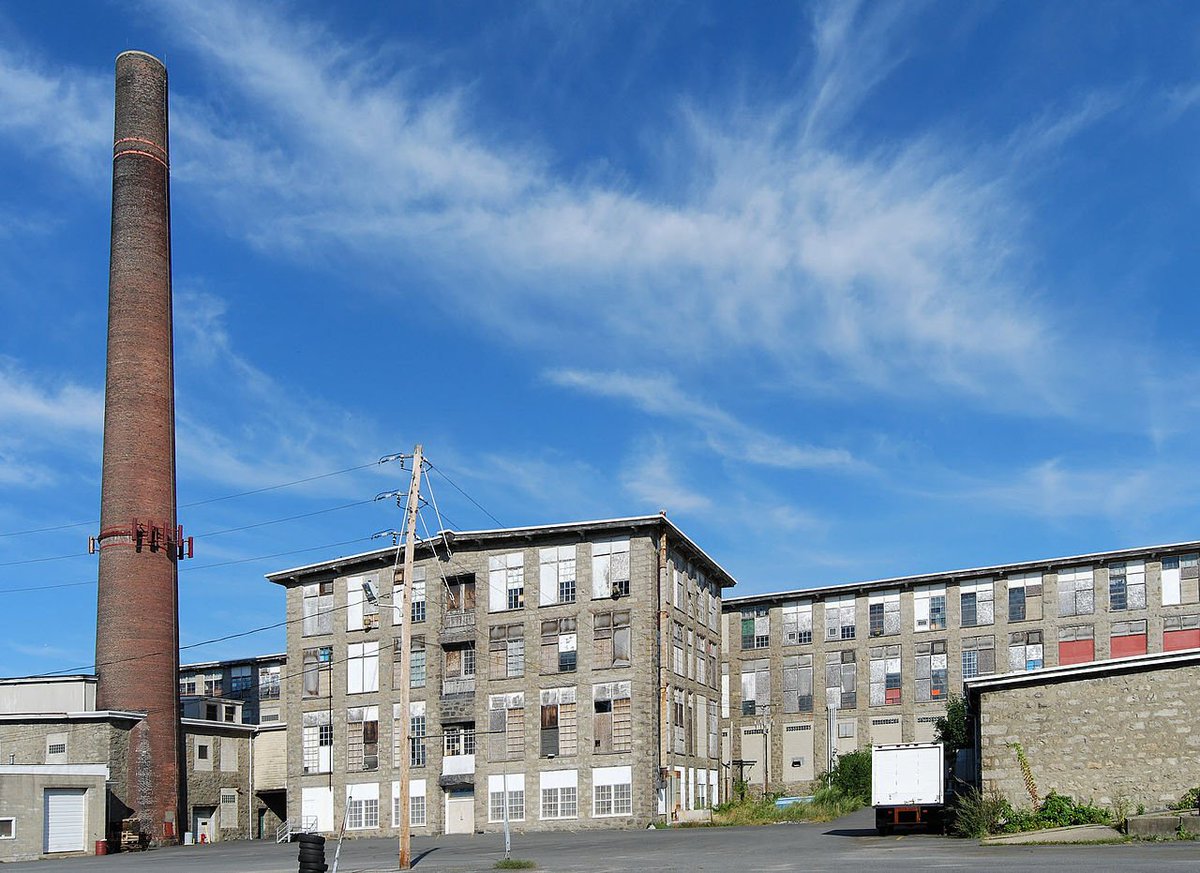
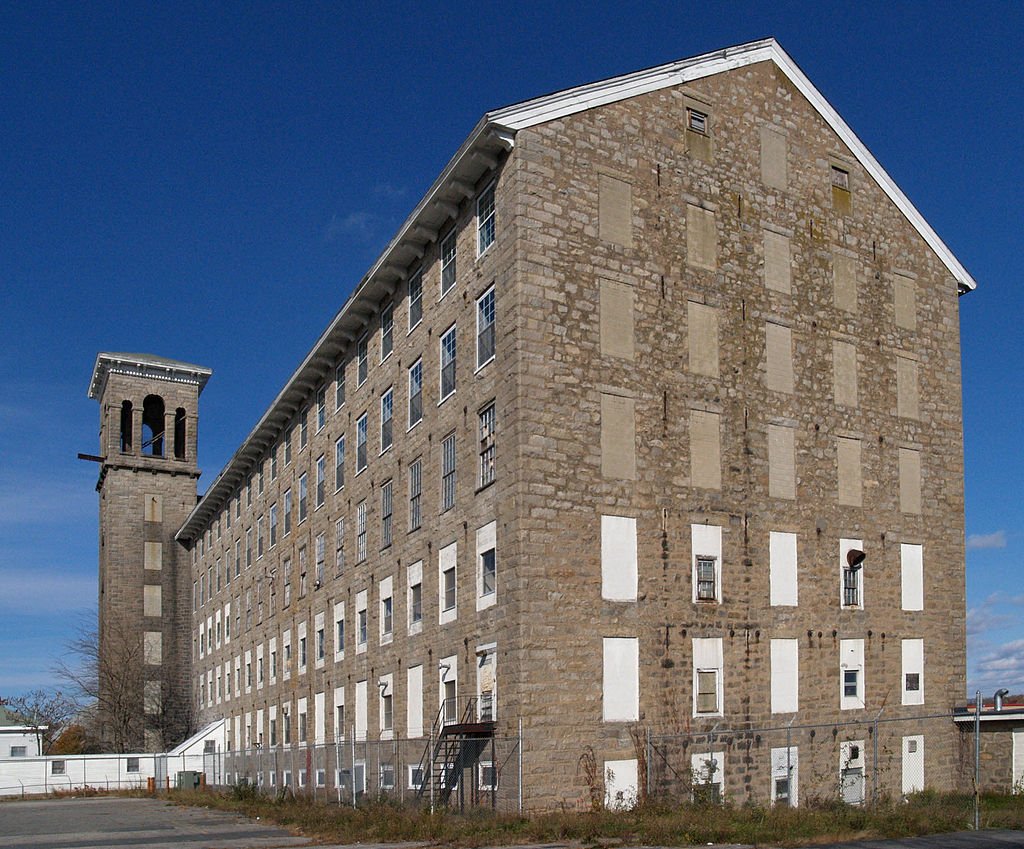


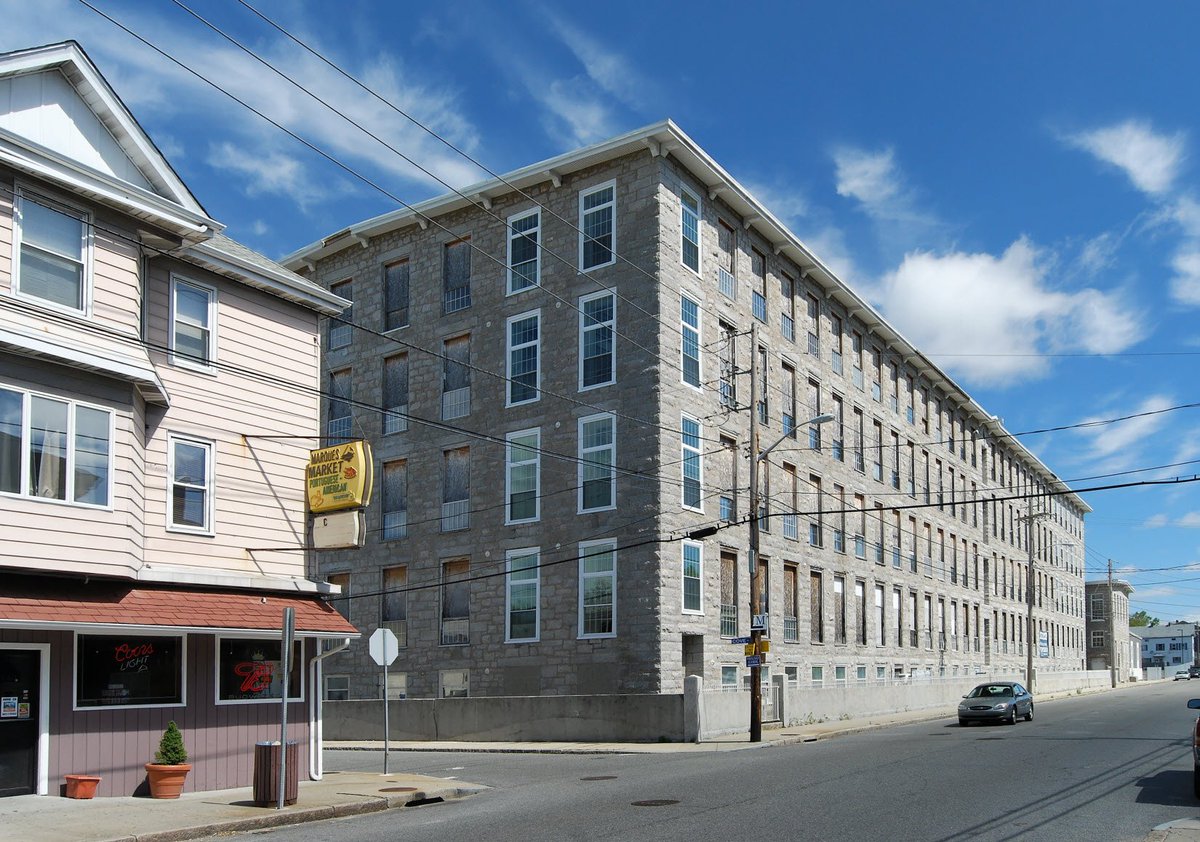


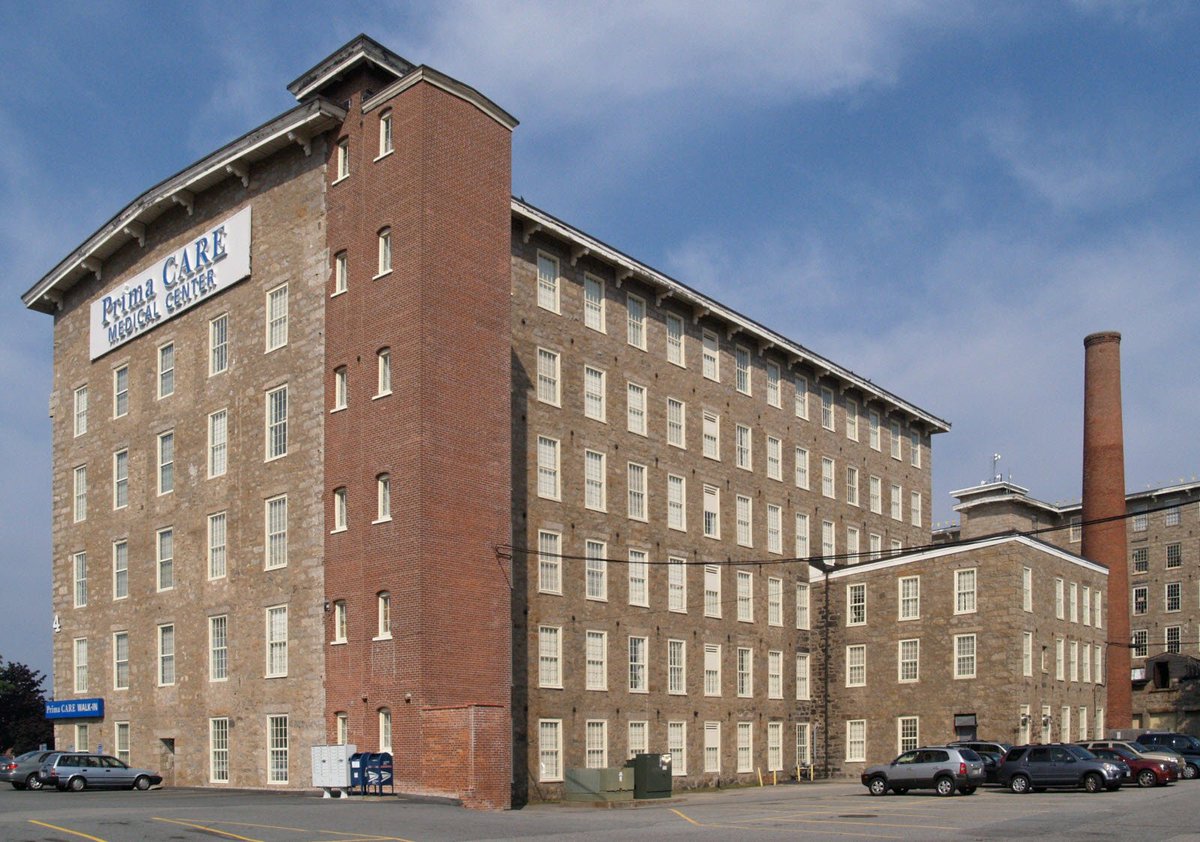
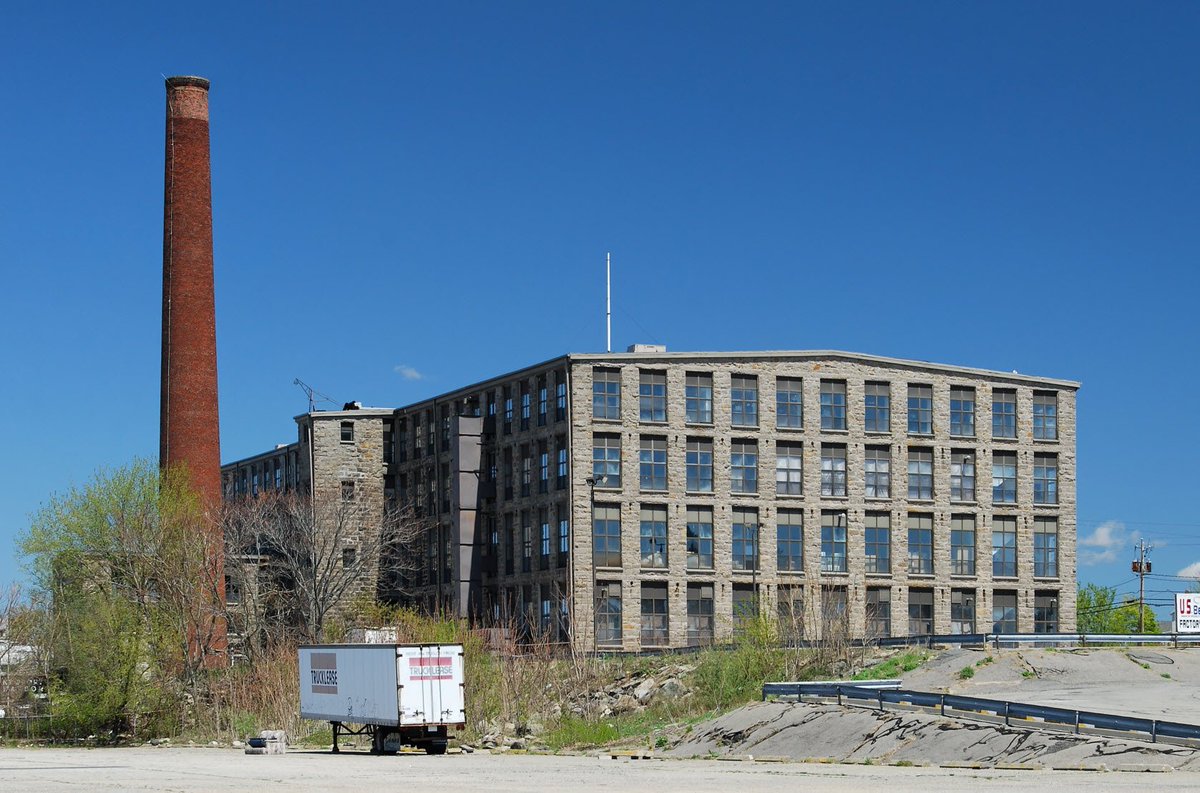
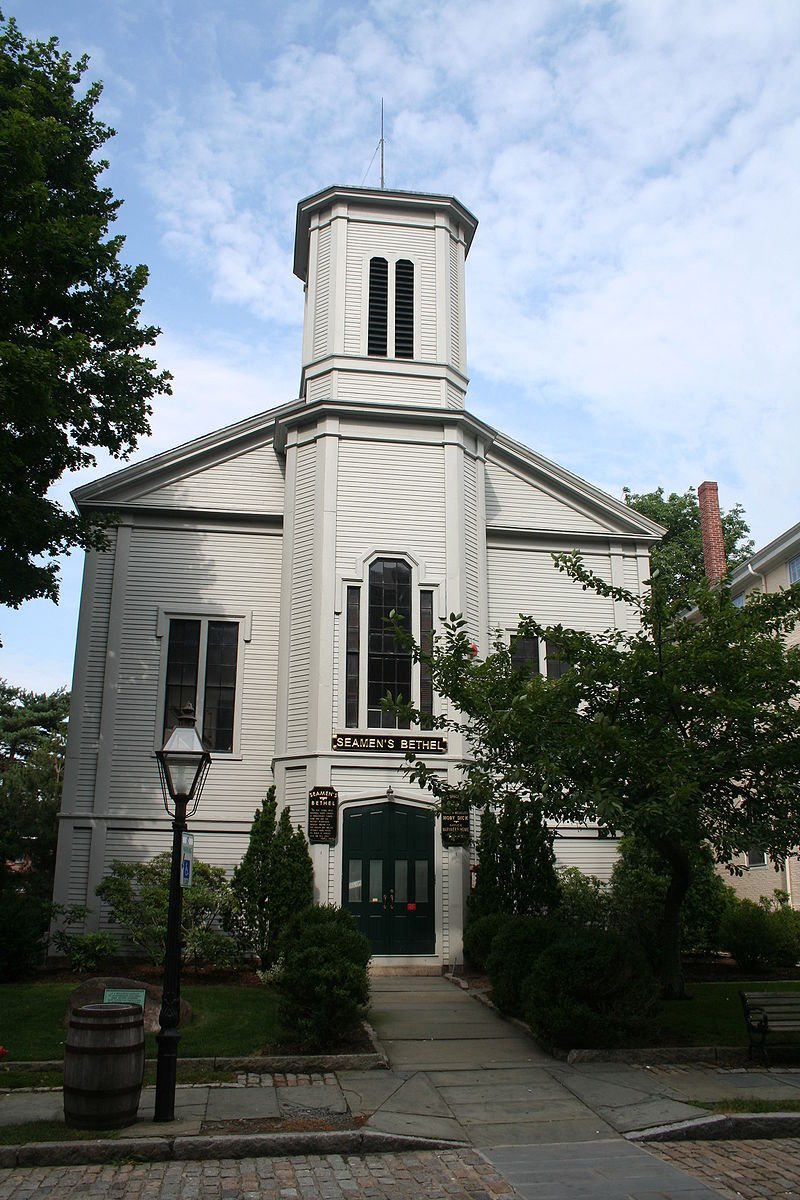
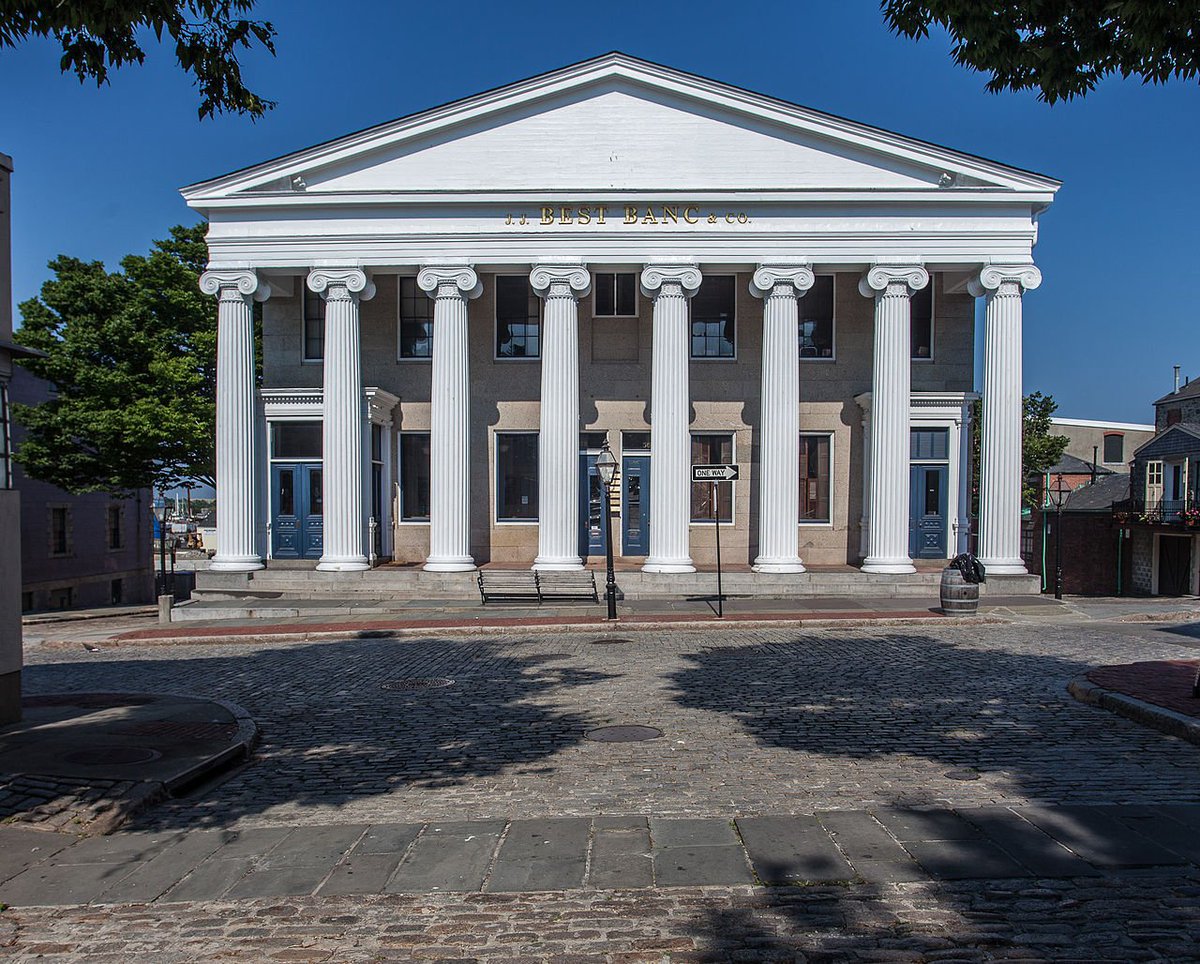



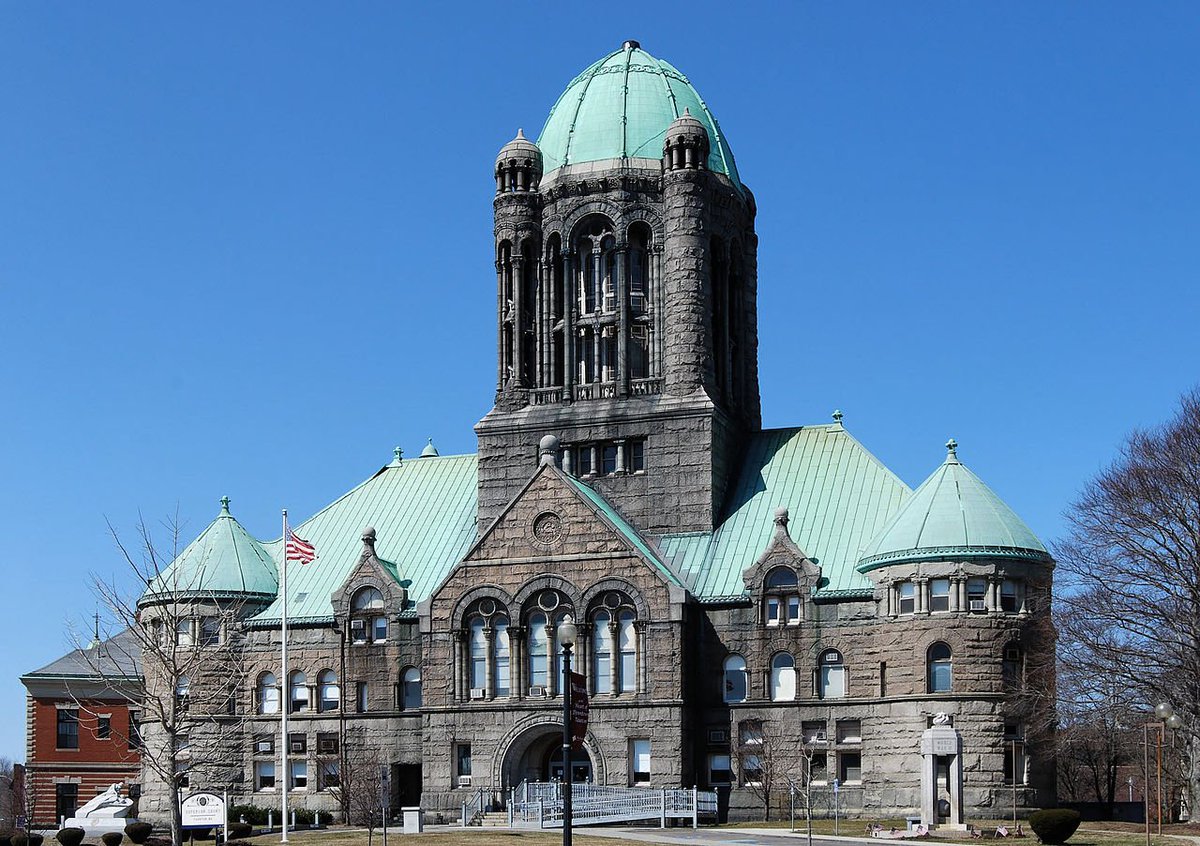
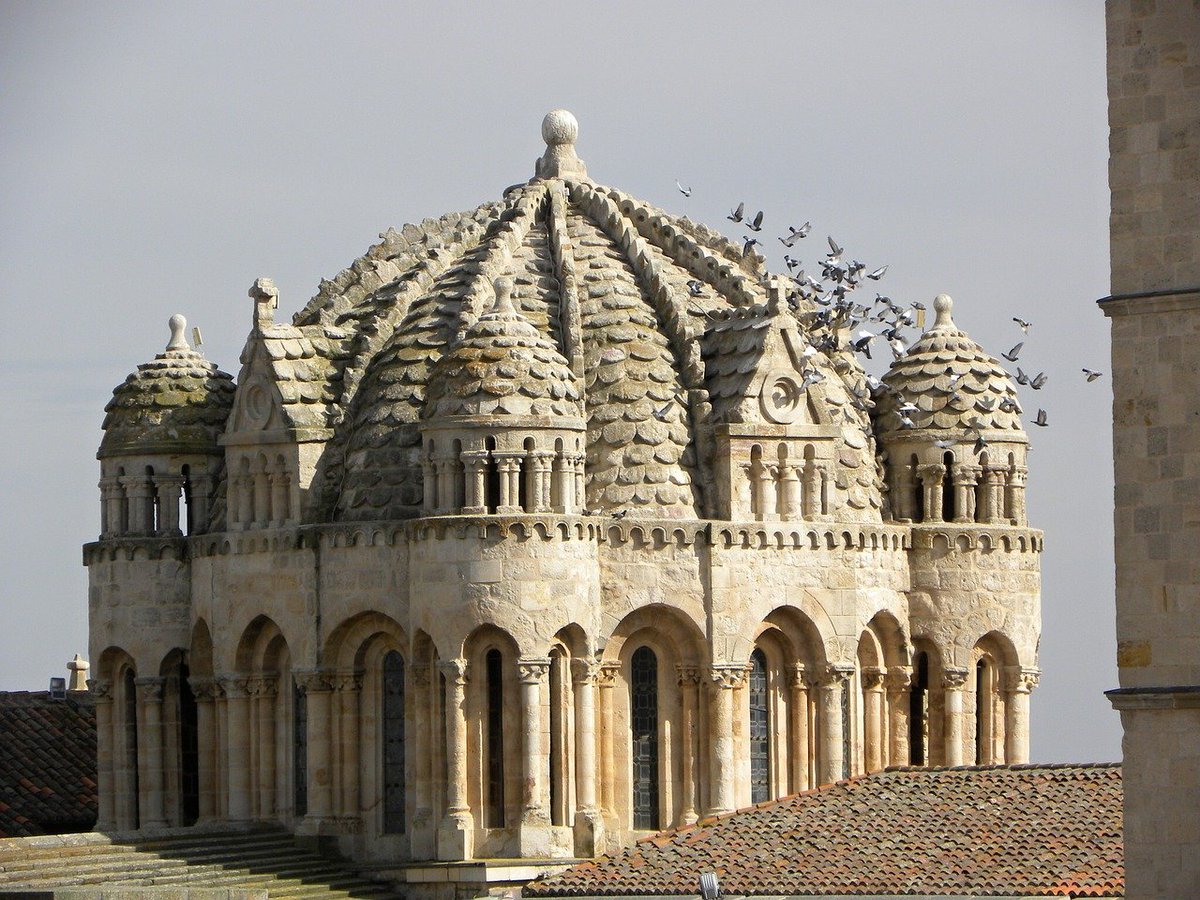


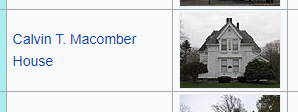
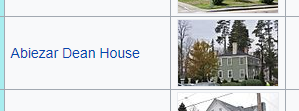



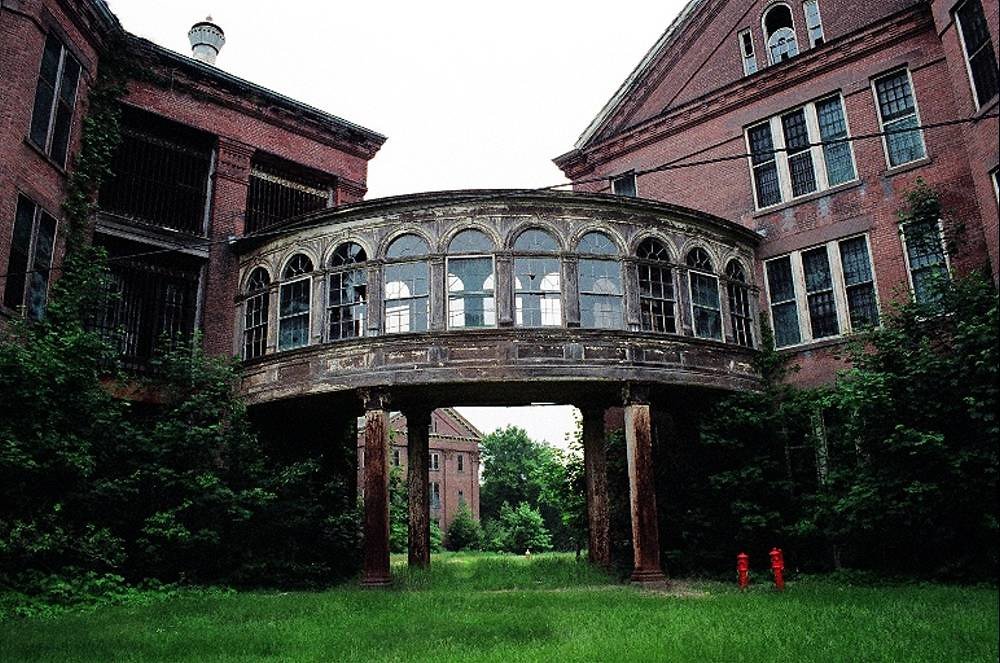

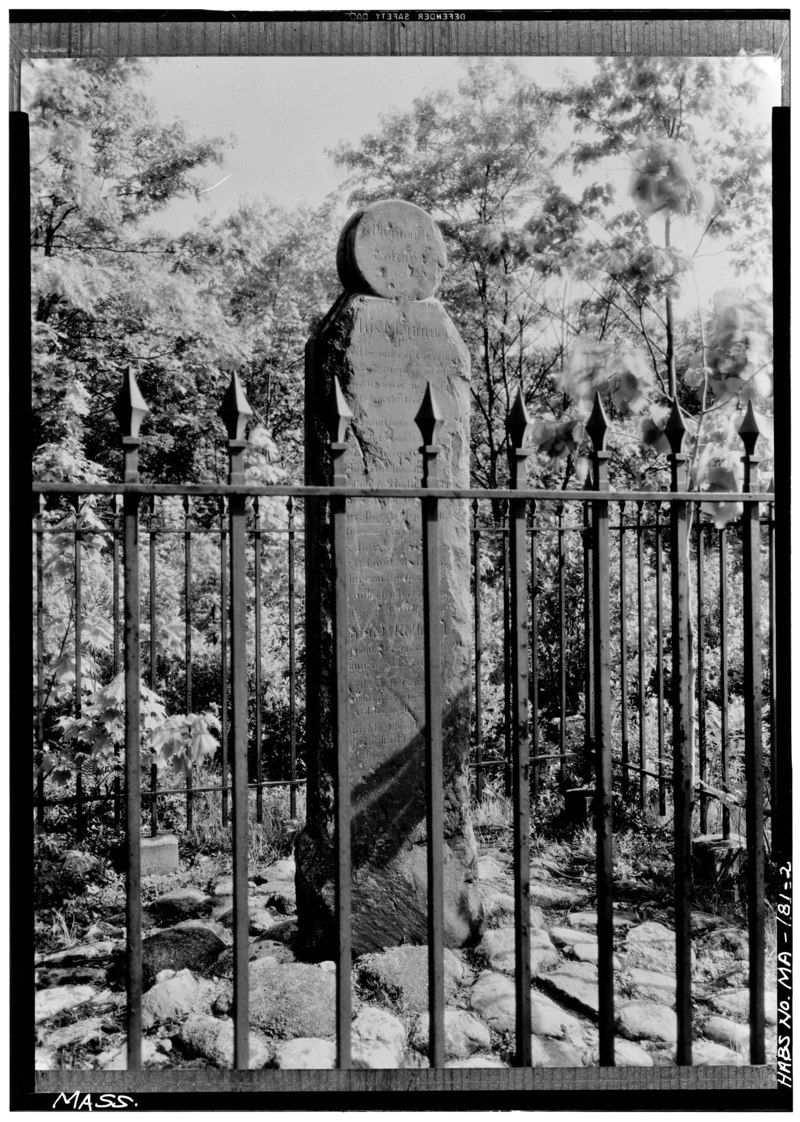
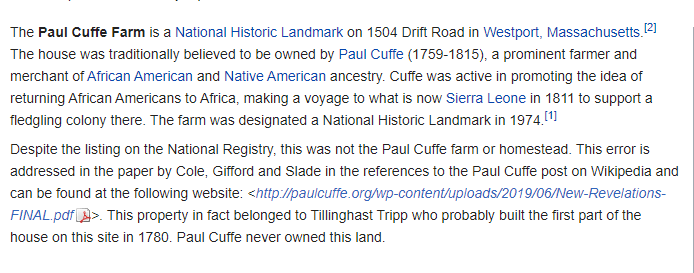
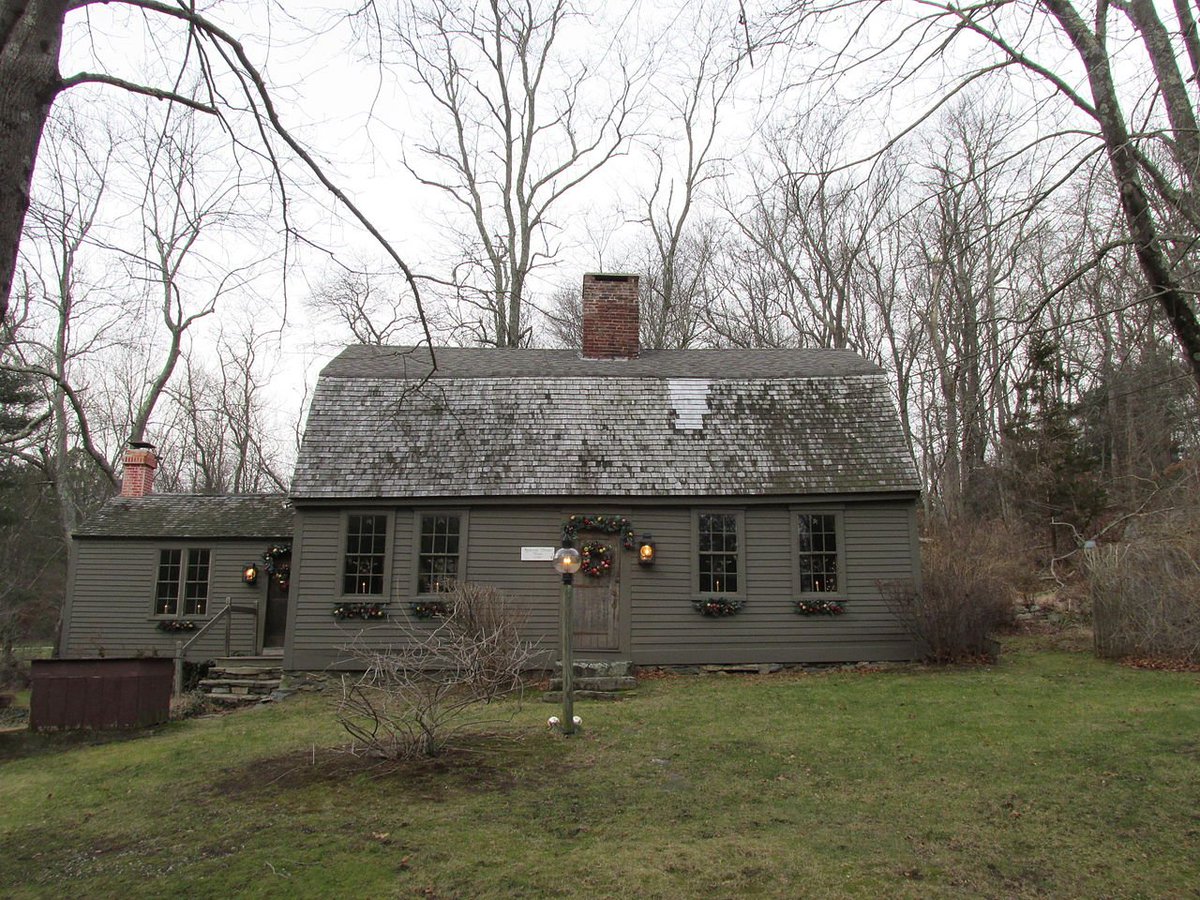
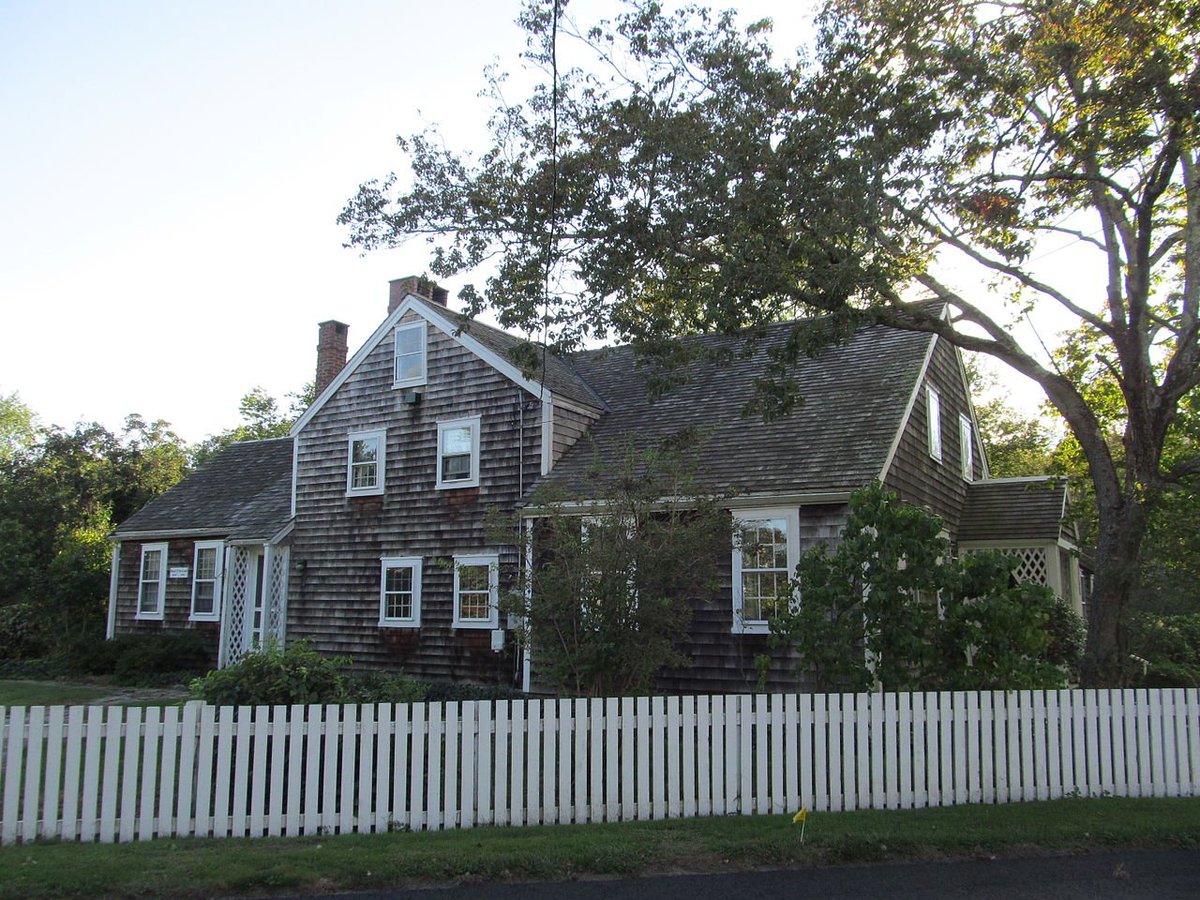
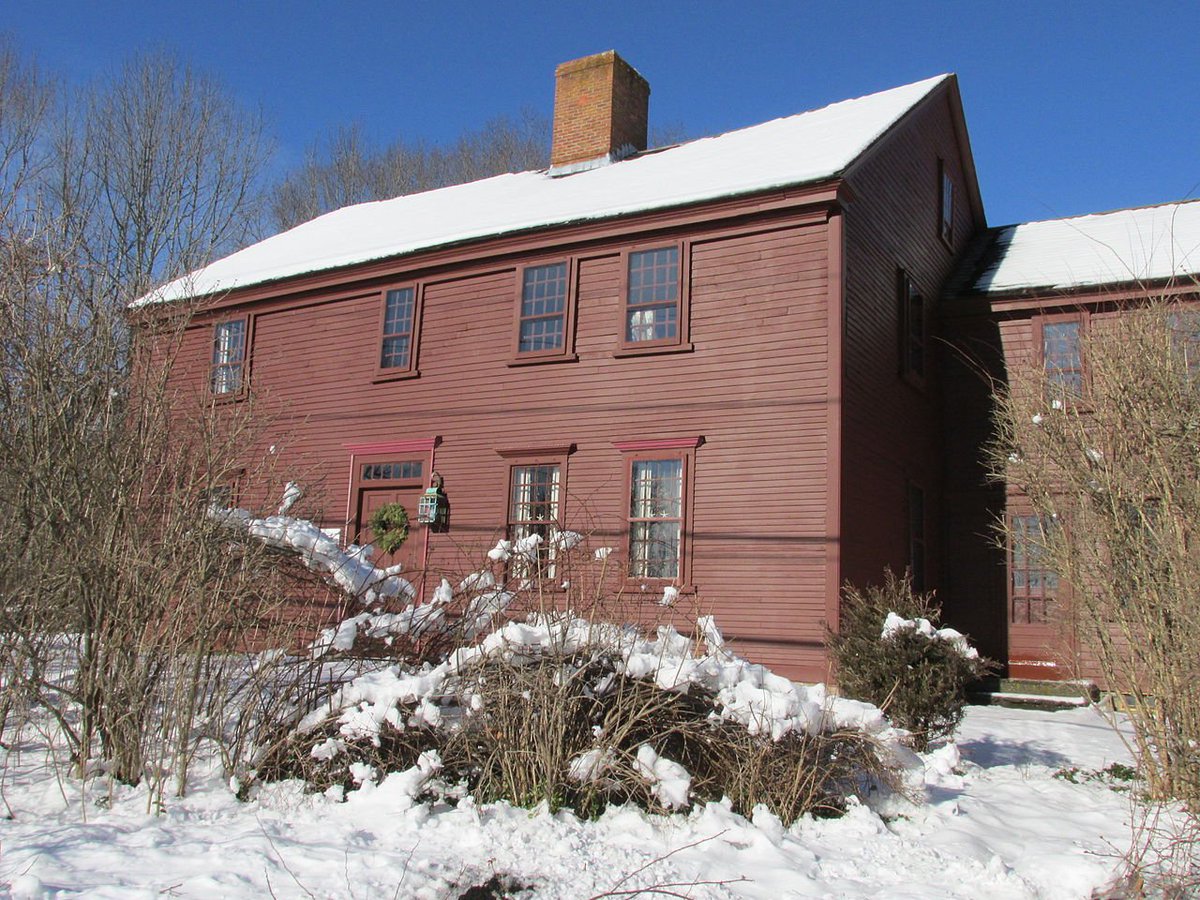
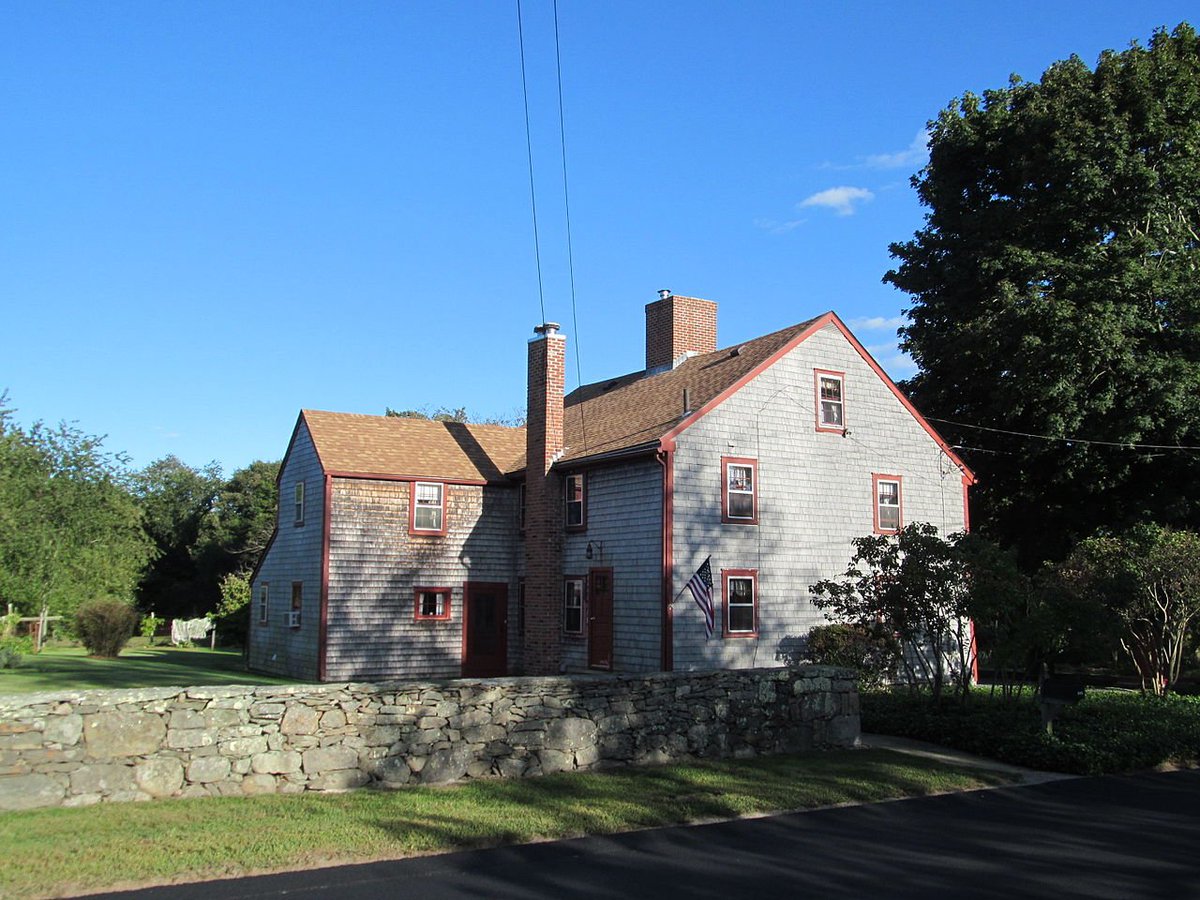
![Dighton Rock is listed! yay! Dighton Rock is a very obviously spuriously carved rock that numerous people have used to "prove" that [insert ethnicity of choice] "discovered" the Americas. i love it Dighton Rock is listed! yay! Dighton Rock is a very obviously spuriously carved rock that numerous people have used to "prove" that [insert ethnicity of choice] "discovered" the Americas. i love it](https://pbs.twimg.com/media/EQlnBOYXkAM00aw.jpg)
![Dighton Rock is listed! yay! Dighton Rock is a very obviously spuriously carved rock that numerous people have used to "prove" that [insert ethnicity of choice] "discovered" the Americas. i love it Dighton Rock is listed! yay! Dighton Rock is a very obviously spuriously carved rock that numerous people have used to "prove" that [insert ethnicity of choice] "discovered" the Americas. i love it](https://pbs.twimg.com/media/EQlnBOYX0AEPNbH.jpg)


